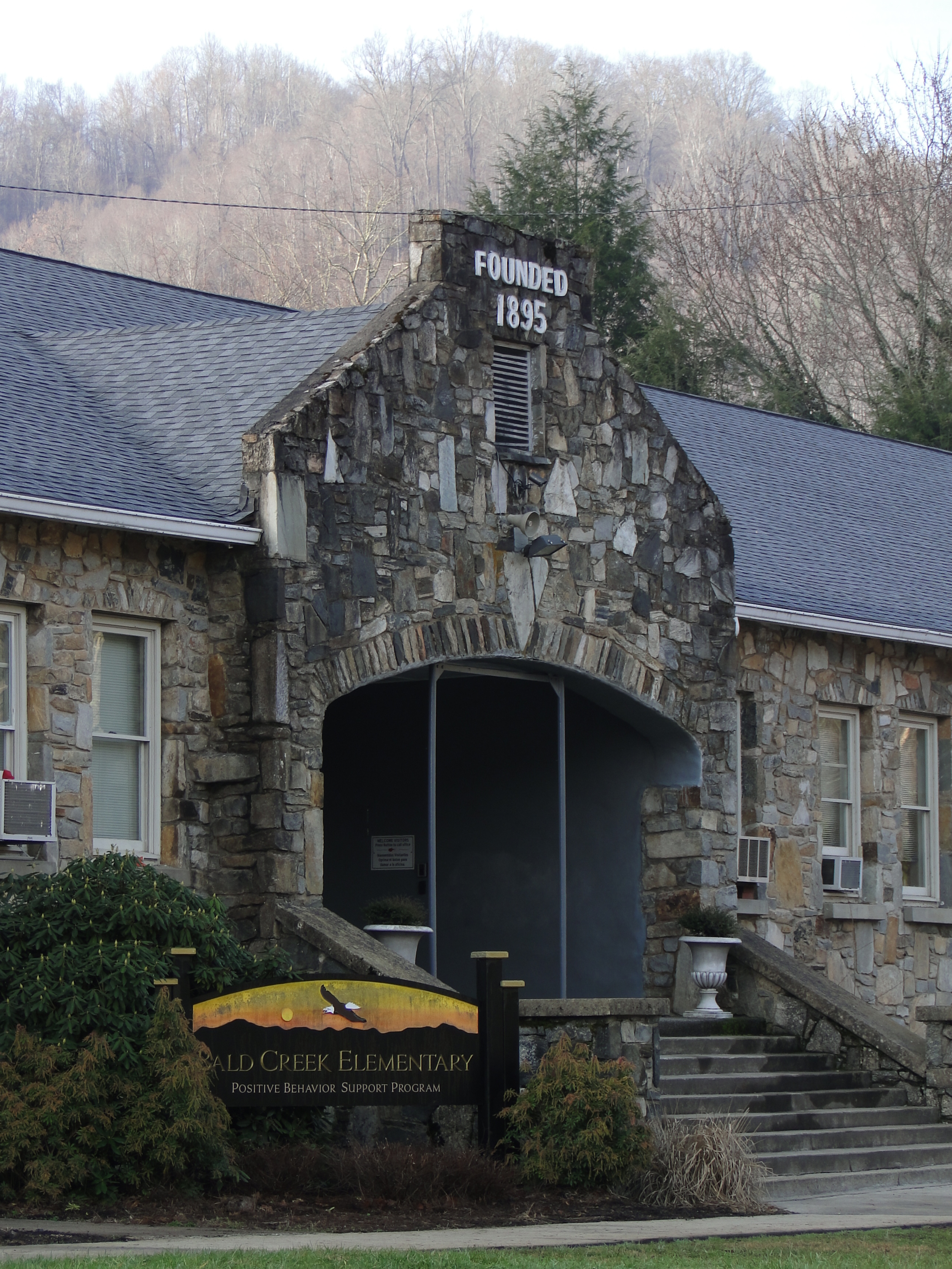 Sherry Robinson realized Bald Creek Elementary had some serious gaps in their literacy program. The Exceptional Children’s (EC) population was the highest in the county. Math scores were unacceptably low. The recently hired principal had been told the school was identified for needing improvement given poor test scores. The question she found herself asking - what was the problem and more importantly, how could she address the challenges?
Although she recognized the path toward academic success was going to be an arduous one, she was still shocked when her newest hire, 4th grade reading teacher Lori McCourry, stepped into her office and told her 13 of her 27 students were reading at only a first grade level.
Sherry Robinson realized Bald Creek Elementary had some serious gaps in their literacy program. The Exceptional Children’s (EC) population was the highest in the county. Math scores were unacceptably low. The recently hired principal had been told the school was identified for needing improvement given poor test scores. The question she found herself asking - what was the problem and more importantly, how could she address the challenges?
Although she recognized the path toward academic success was going to be an arduous one, she was still shocked when her newest hire, 4th grade reading teacher Lori McCourry, stepped into her office and told her 13 of her 27 students were reading at only a first grade level.
Prior to joining Bald Creek full-time, Lori let Sherry know she had committed to taking the Academy of Orton-Gillingham Practitioners and Educators Associate Level training with Susie van der Vorst. “I’d never heard of the organization or the training,” Sherry remembers. “Lori began explaining the Orton Gillingham (O-G) approach to me and let me know she was willing to pay for the training program herself given the expense. I knew if she was willing to pay for it herself, it must be really good, but I could never have guessed the positive impact it would have on our school at that point. I let her know we weren’t going to let money keep us from having what our students needed.”
“At first, parents weren’t willing to admit something was wrong,” Lori says. “I was the new teacher, shaking things up.”
A little shaking up was exactly what the school needed. Lori began incorporating what she’d learned into her daily routine. “You can’t teach what you don’t know,” Lori says. “With the Orton-Gillingham training, I acquired greater knowledge of words and an understanding of how the brain has to work in order to read. I began breaking words into sounds and doing a lot of phonics with students. I found that I was much better at seeing where students struggled and had a greater knowledge of how to fix problems through targeted instruction.”
Having seen the immediate difference O-G made in Lori’s teaching, Sherry realized the school needed to have its kindergarten, 1st and 2nd grade teachers trained as well. “In kindergarten, 1st and 2nd, you’re learning to read,” she says. “In 3rd, 4th and 5th, you’re reading to learn. Our 3rd, 4th and 5th graders, for example, take math tests that contain only word problems. Students have to be able to comprehend what they’re reading in order to pass, which is why those first few years are so critical.”
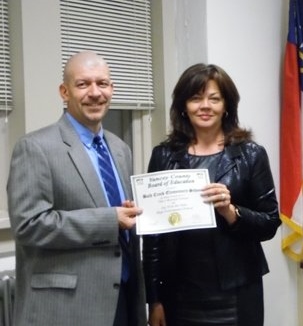
Sherry is grateful to 1st grade teacher Laura Davis who also jumped on board, became O-G trained, and took on the task of aligning O-G principles with the school’s newly implemented Letterland program. “It gave us a powerful phonics program.” Over the years, each teacher who’s gone through the training has incorporated elements of the multisensory approach as they suit their classroom needs. “My goal is to have all Bald Creek teachers O-G trained," Sherry says.
Fast forward eight years. The majority of Bald Creek’s teachers have been O-G trained. Now that students are getting what they need, the school’s EC numbers are no longer the county’s highest. In fact, they have been cut in half. Lori, who’s now teaching 3rd grade reading, says only one student of 31 is reading slightly below third grade level. The school was honored in 2014/15 and 2015/16 as a Title 1 National Distinguished School Nominee. They received $100,000 NC Title 1 Grant for sustaining the highest performance of school achievement over a number of years.
Sherry believes O-G training played a critical role in the turnaround. “Our teachers continually tell us they had no idea how much they didn’t know until they went through Susie’s training. The more they know; the better they teach and the better our students do. Today, the entire school takes great pride in being able to say we are an Orton school.”
![3052313[1]](http://static1.squarespace.com/static/572e2bdcd51cd4708373efa6/576841a83f405861058de241/576842583f405861058e01a5/1466450520121/30523131.jpg?format=original)
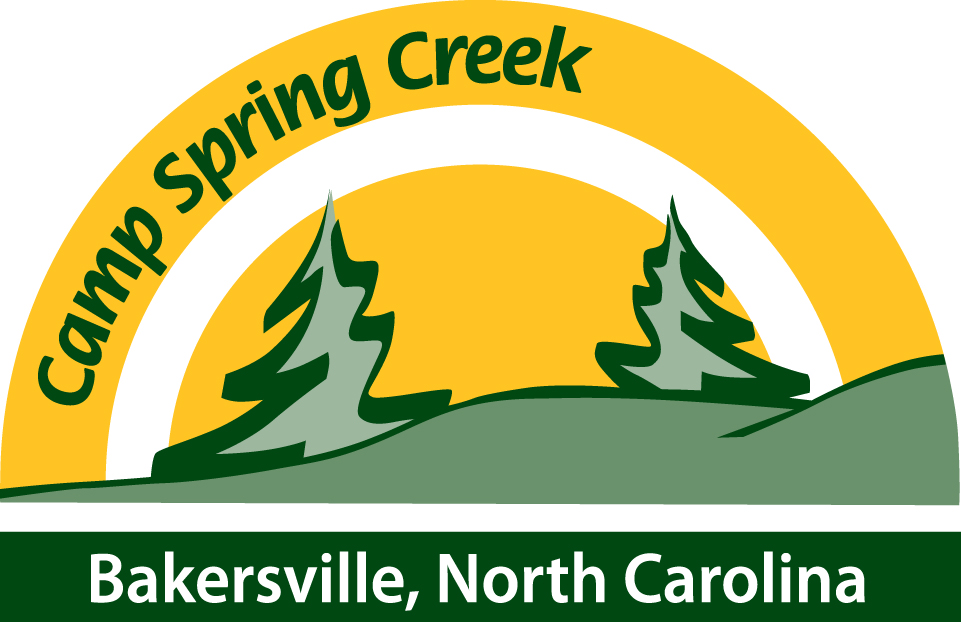
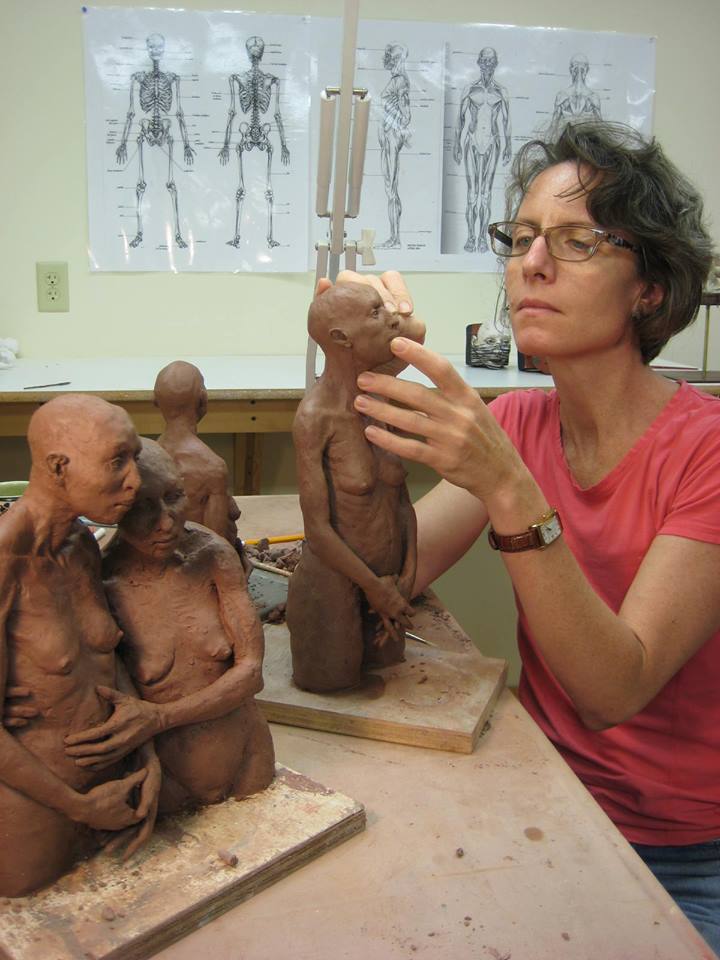 “The biggest thing for Ben at camp was that he was surrounded by other children with dyslexia and so he found kids who look at the world in the same ways that he does. It was an amazing time where there was no stigma attached to him. Instead, the message was that you have to advocate for yourself and remember that the sky is the limit. It was amazing, as a mother, to watch him go through that. He came home and told me, ‘Now I don’t feel like I’m stupid.’ He’s had that thought since first grade, but now he doesn’t. There truly is a stigma with this kind of thing in the schools, but now, Ben knows that he learns differently and he knows he has strengths.”
—
“The biggest thing for Ben at camp was that he was surrounded by other children with dyslexia and so he found kids who look at the world in the same ways that he does. It was an amazing time where there was no stigma attached to him. Instead, the message was that you have to advocate for yourself and remember that the sky is the limit. It was amazing, as a mother, to watch him go through that. He came home and told me, ‘Now I don’t feel like I’m stupid.’ He’s had that thought since first grade, but now he doesn’t. There truly is a stigma with this kind of thing in the schools, but now, Ben knows that he learns differently and he knows he has strengths.”
—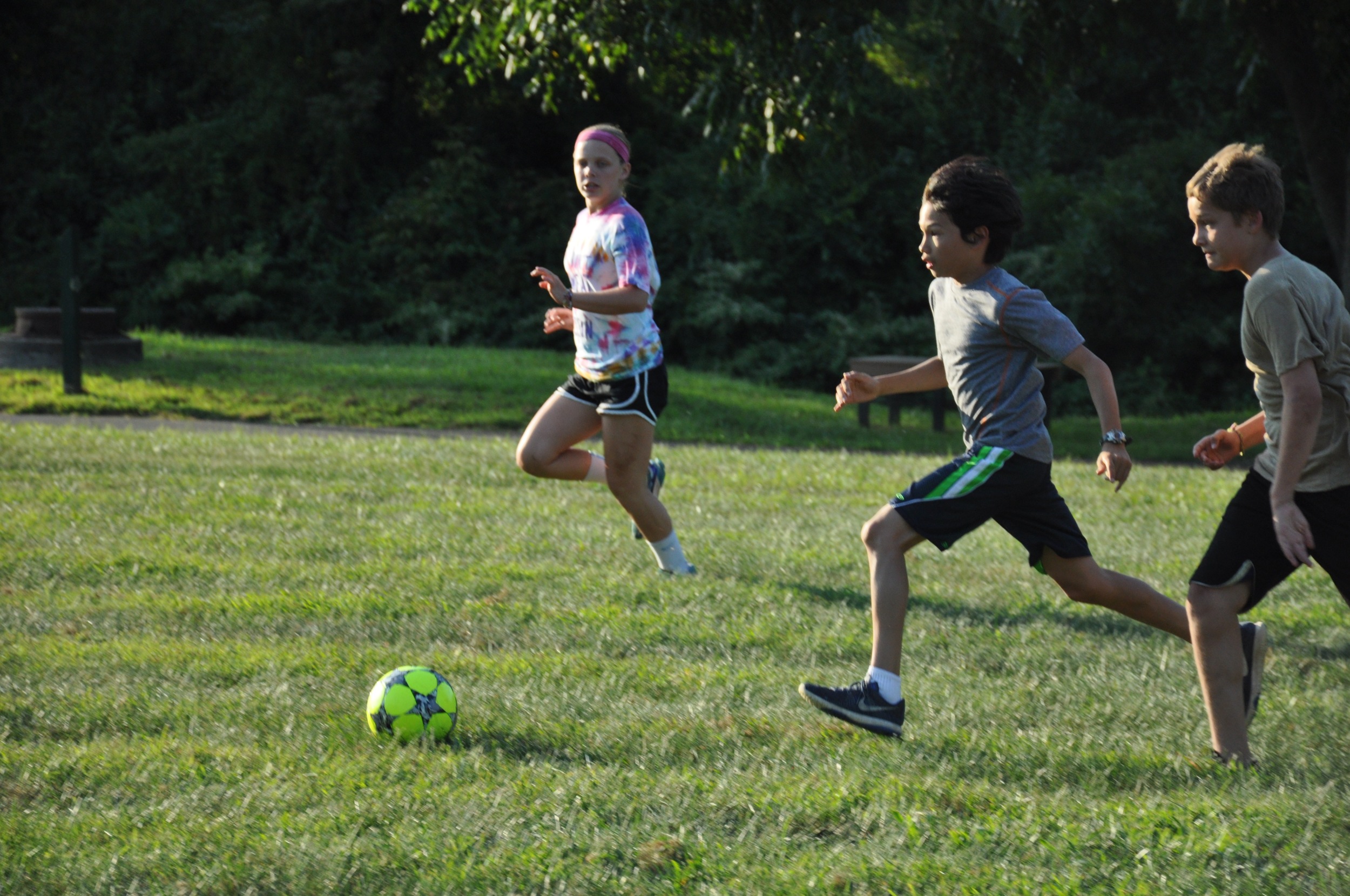

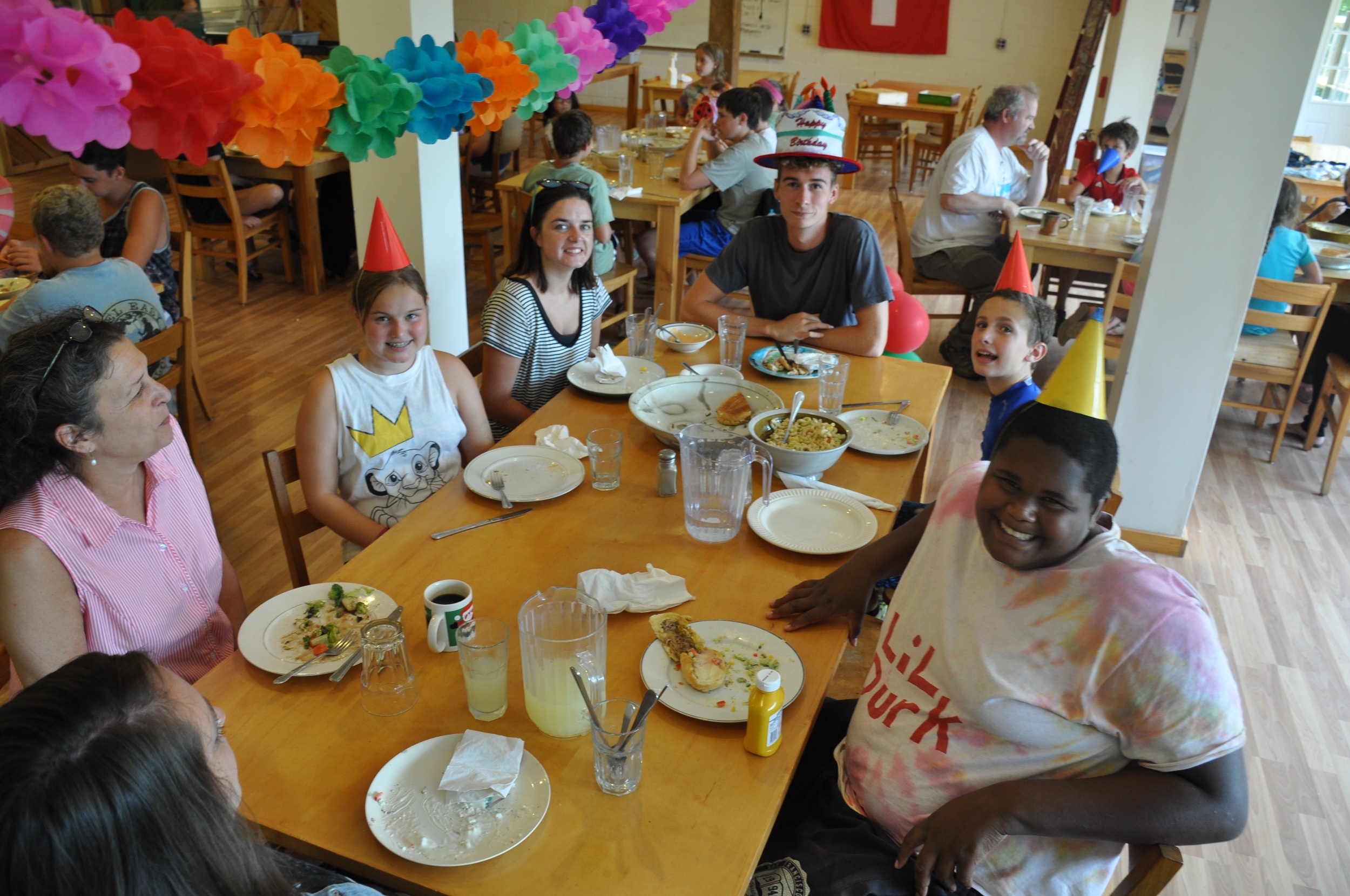
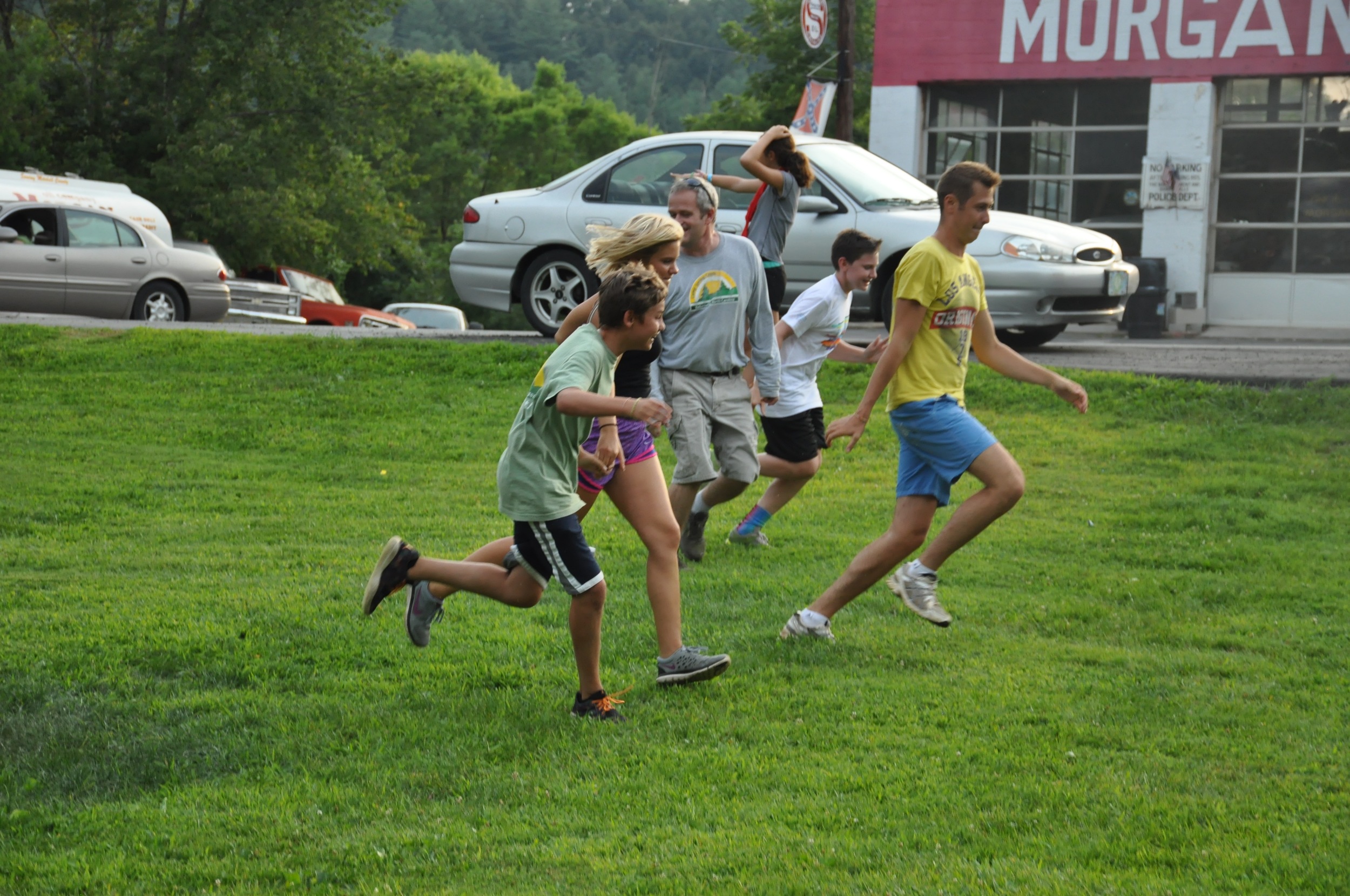
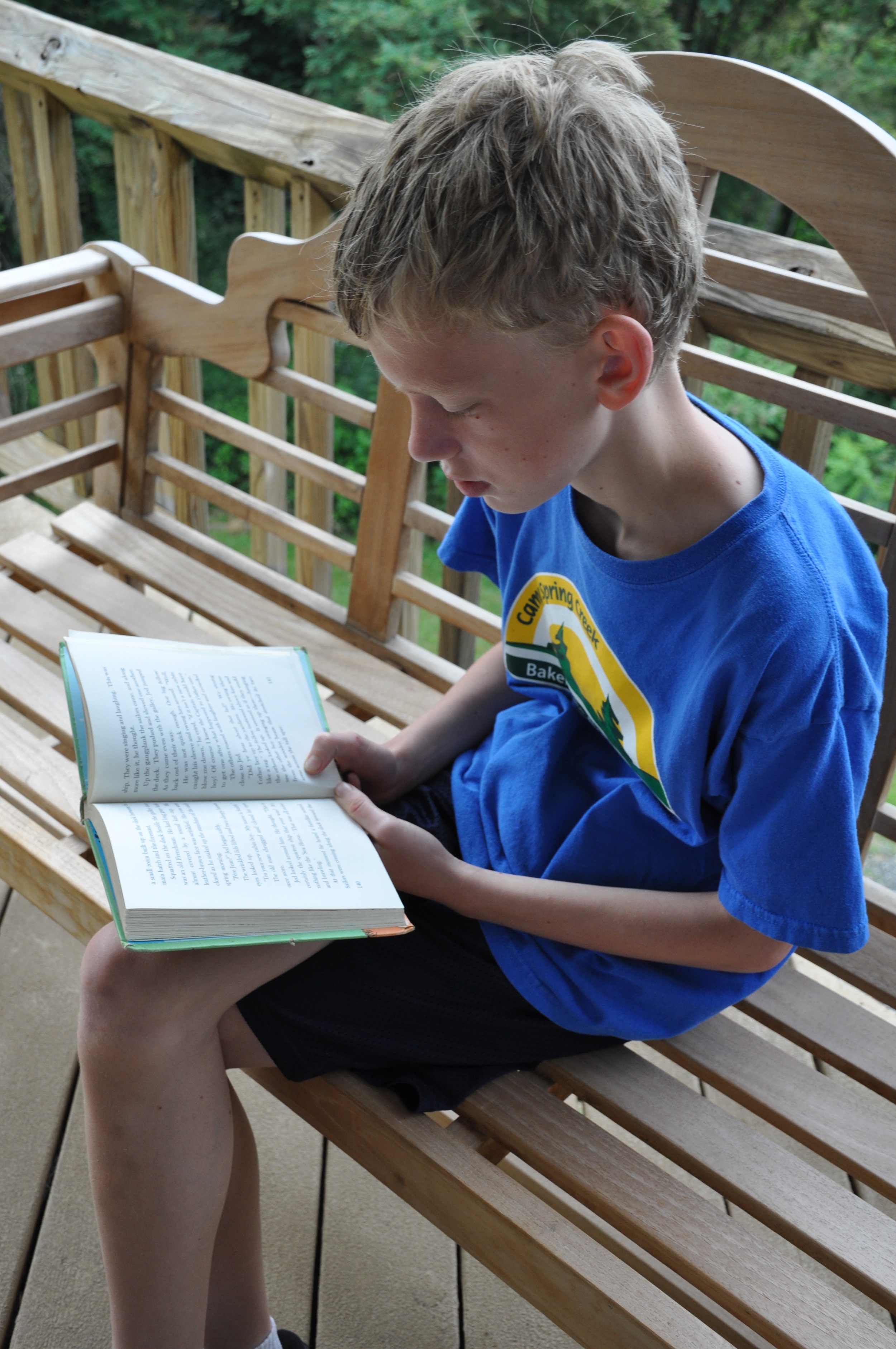
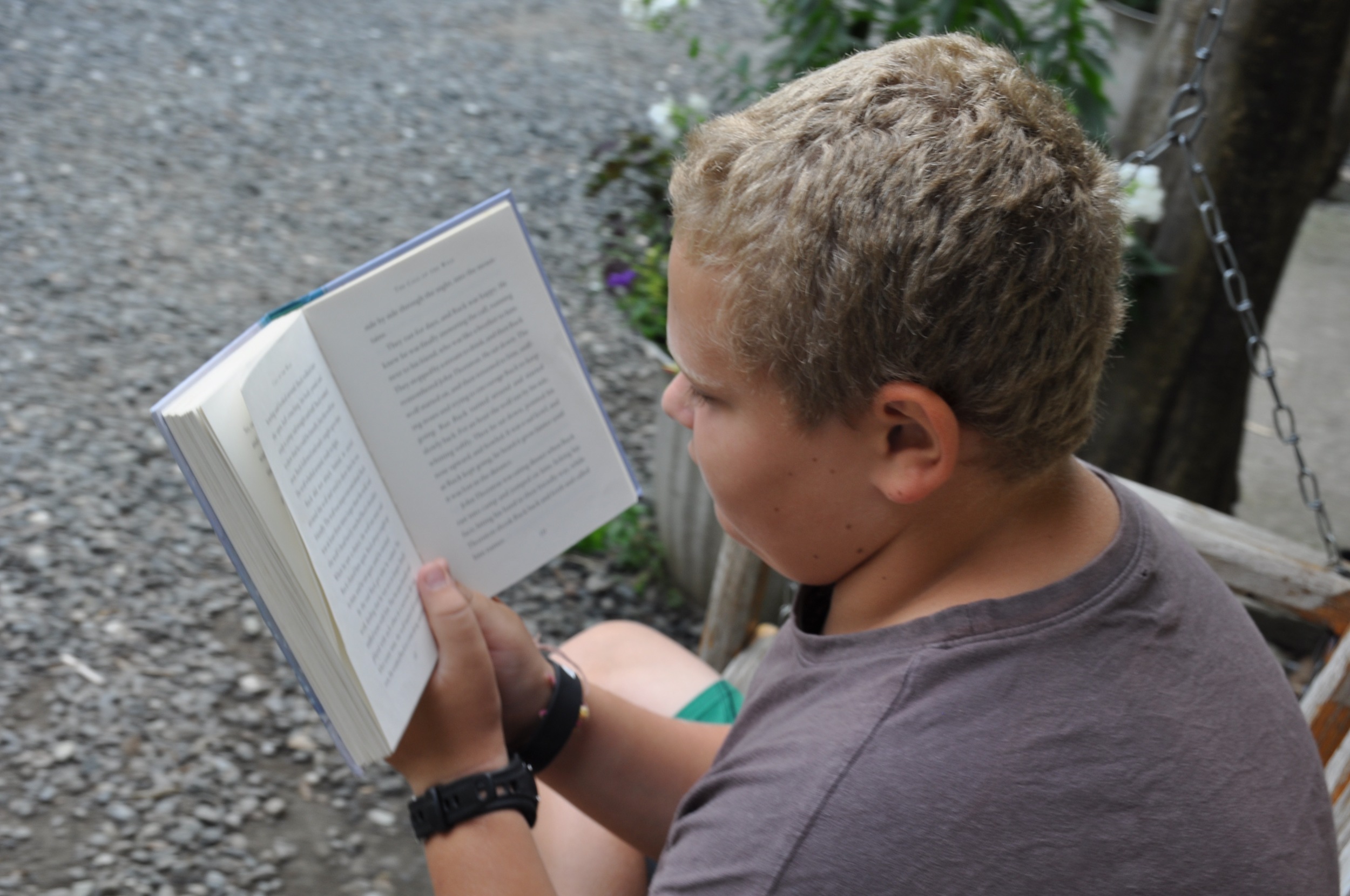
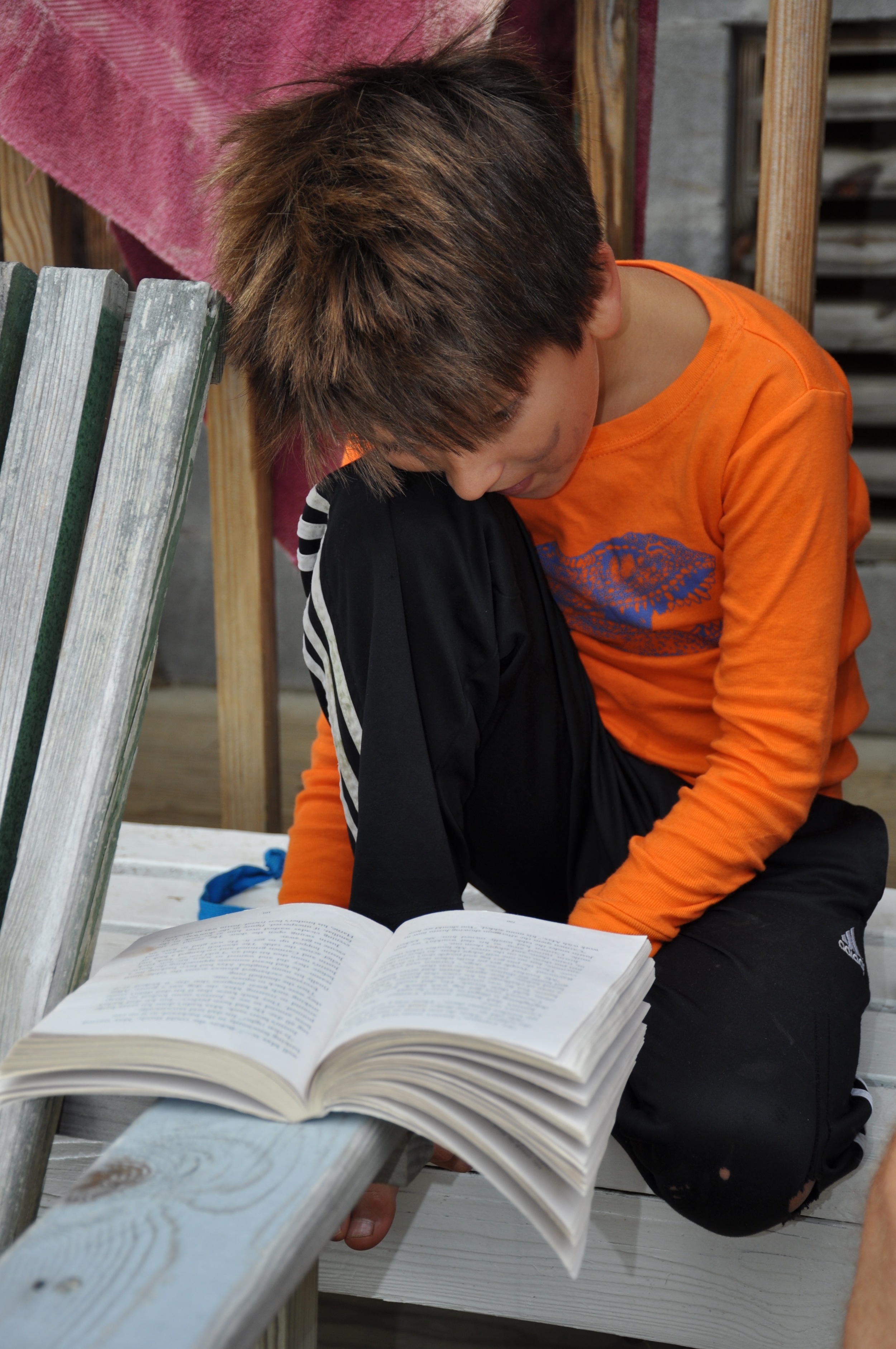

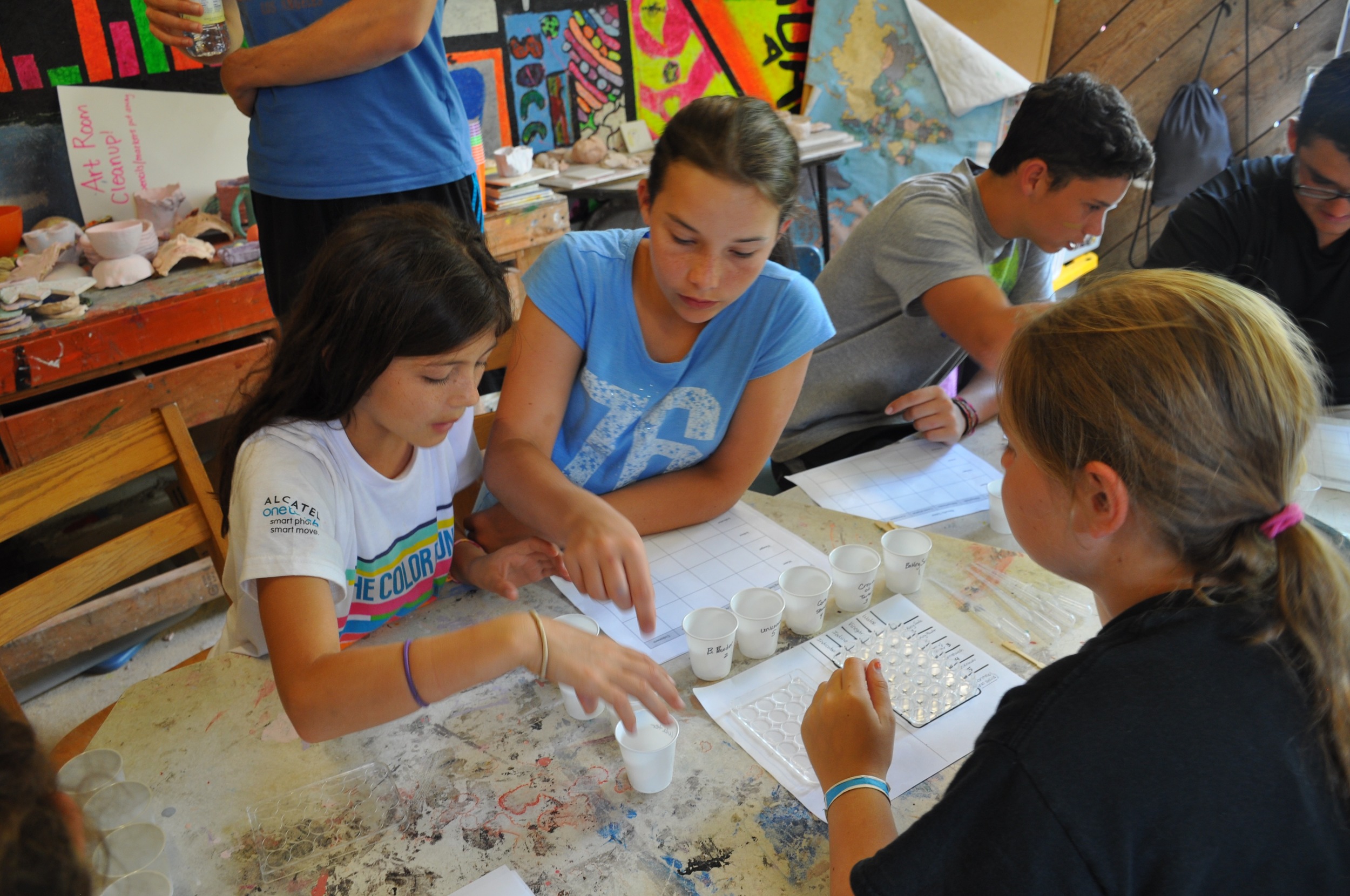
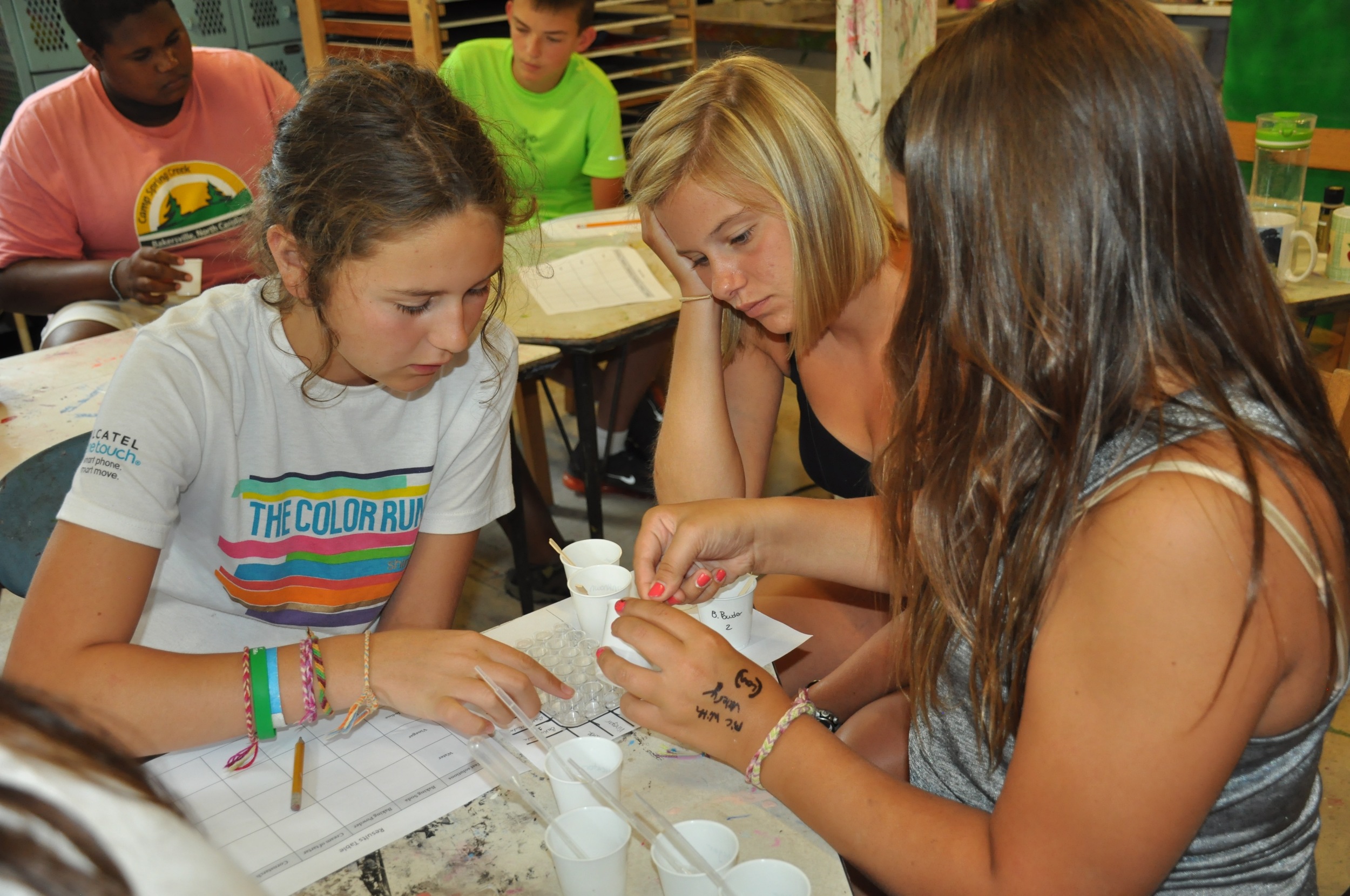
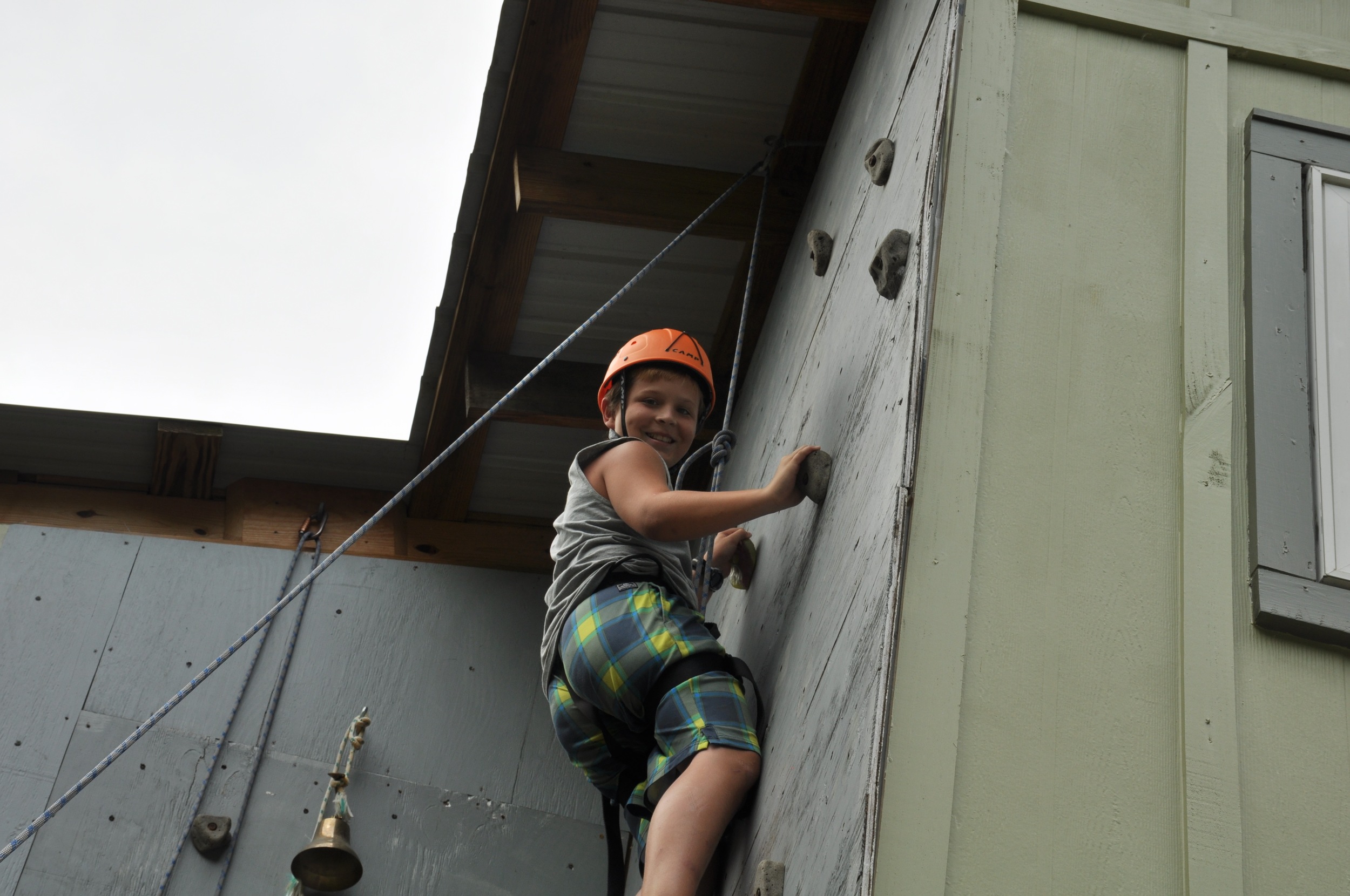
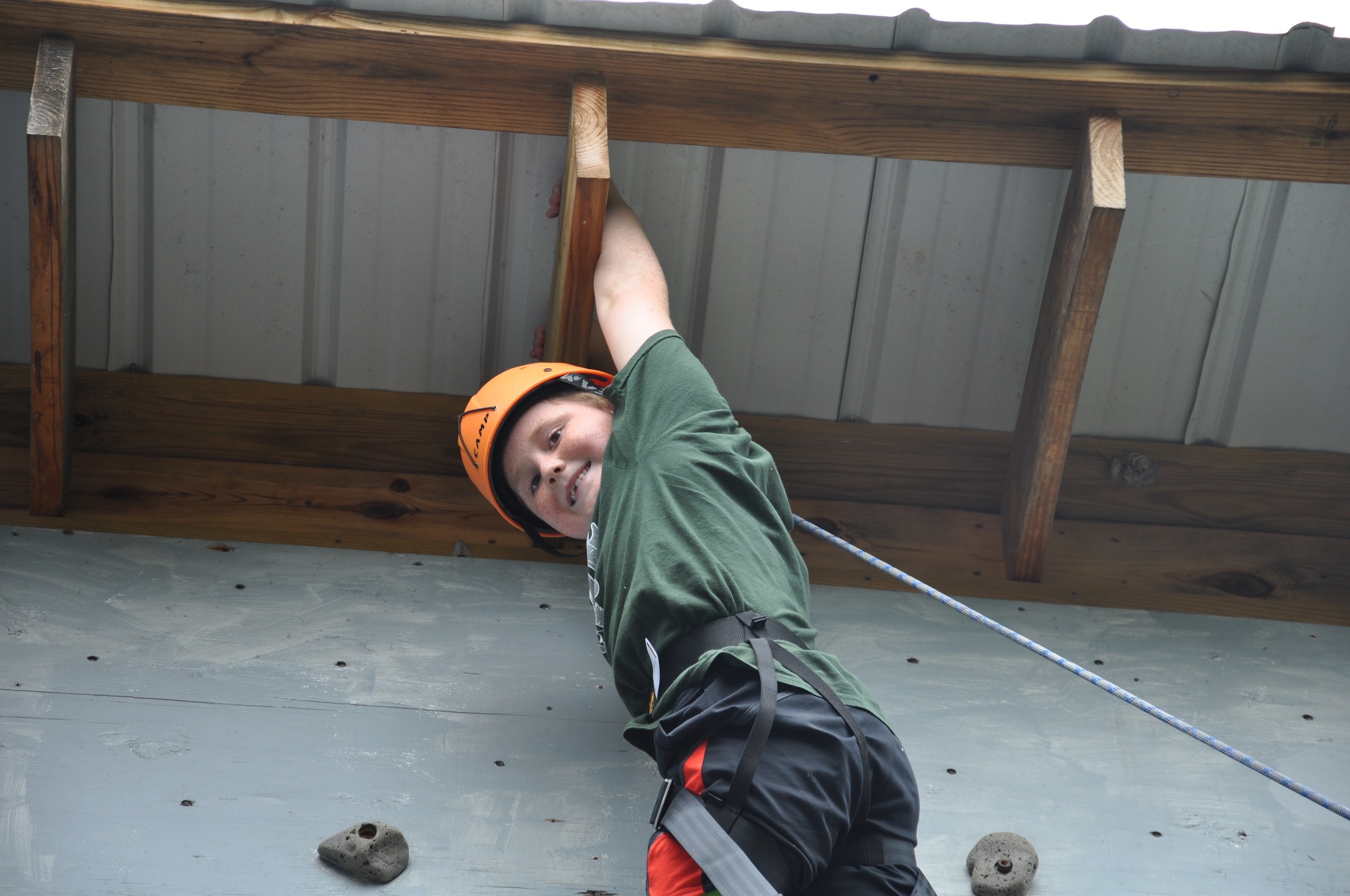


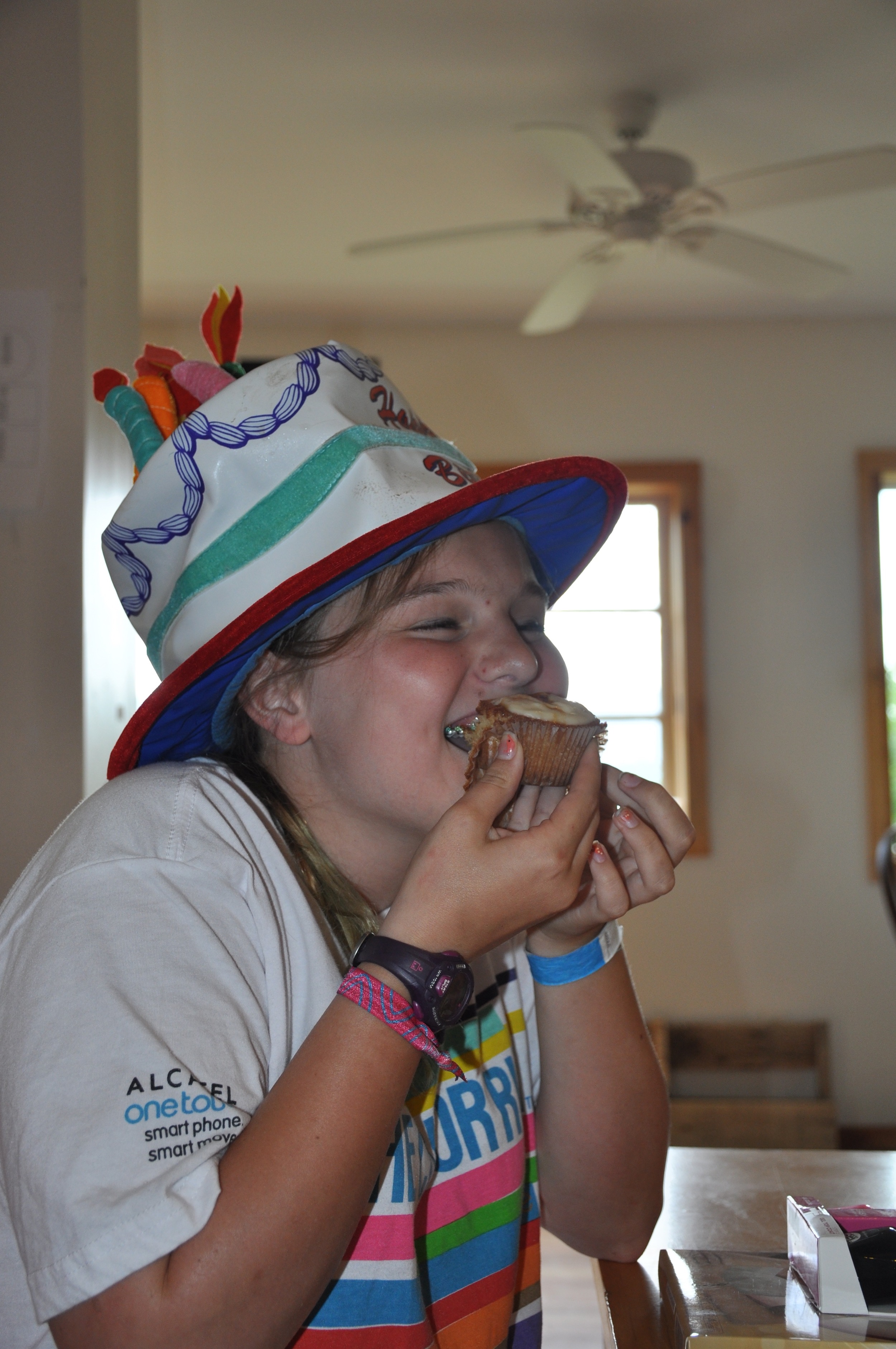
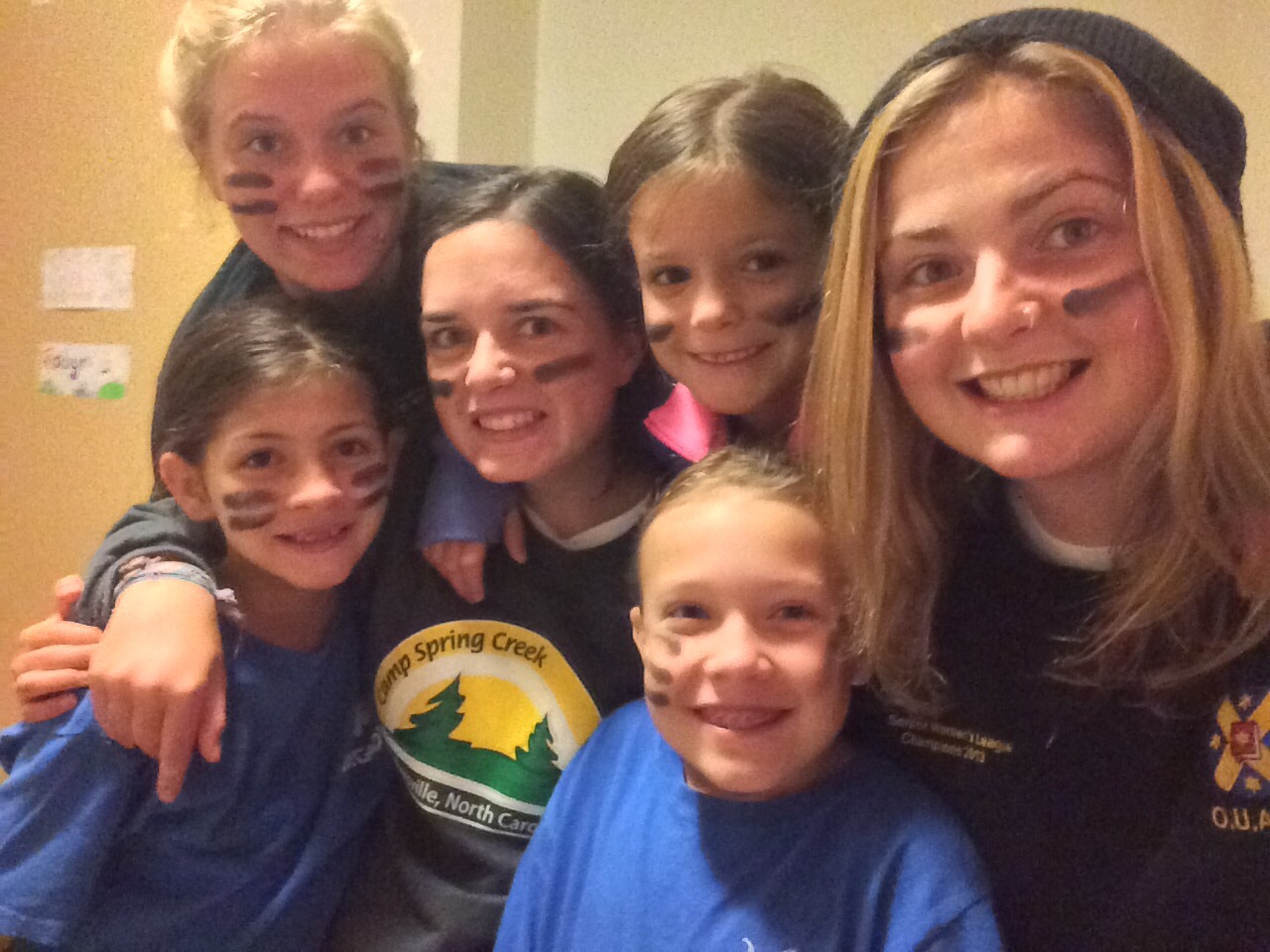

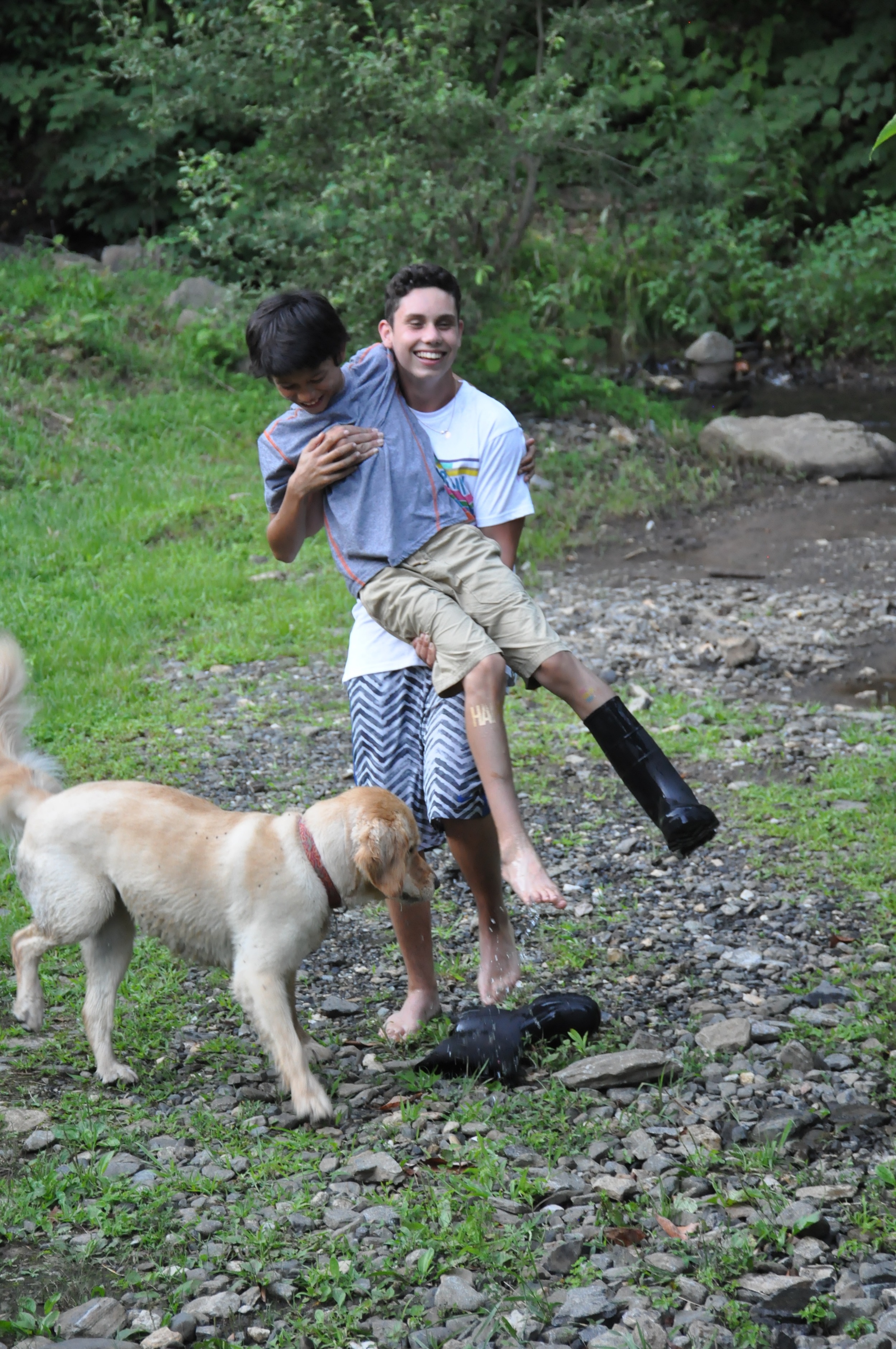
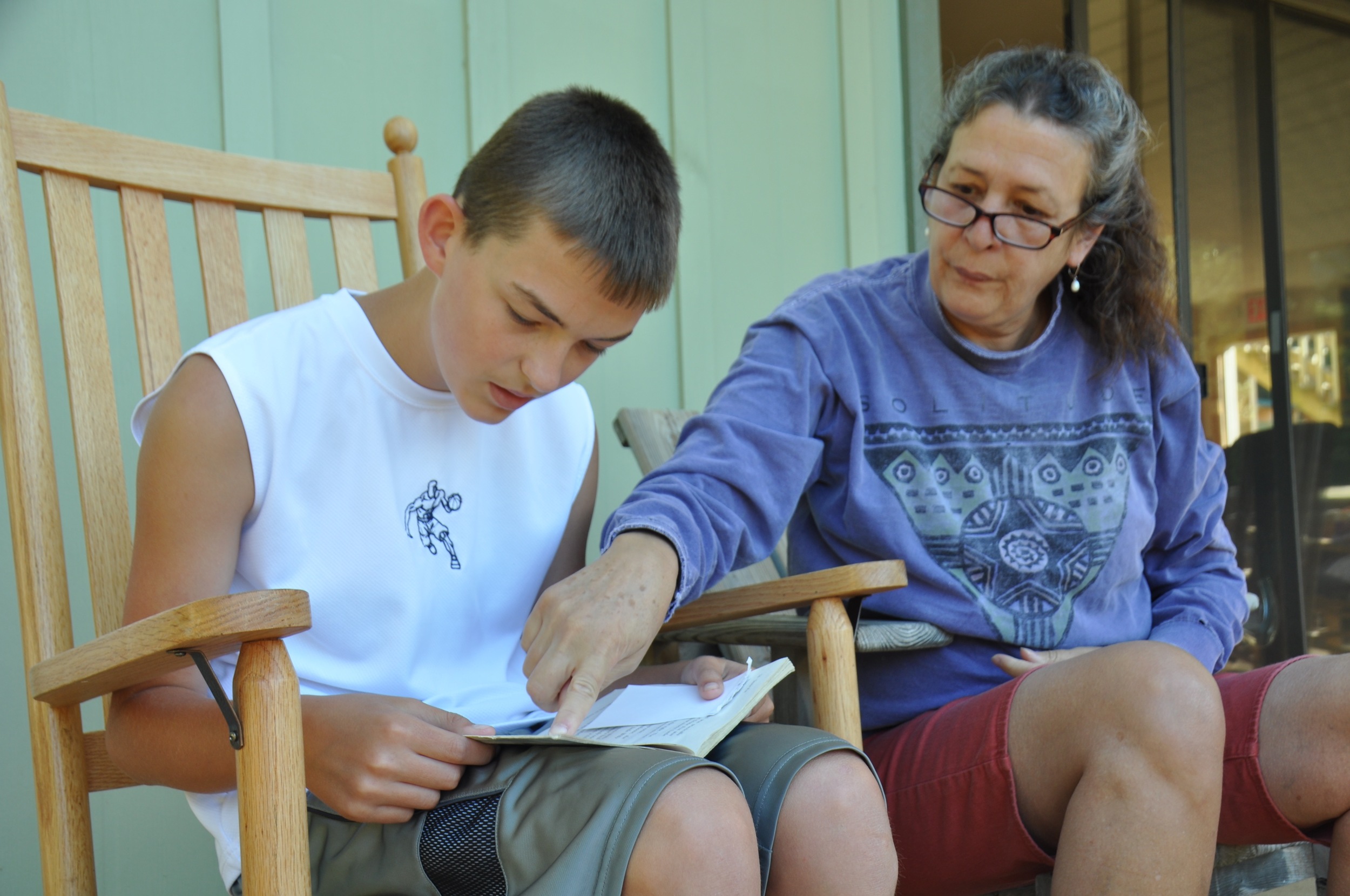

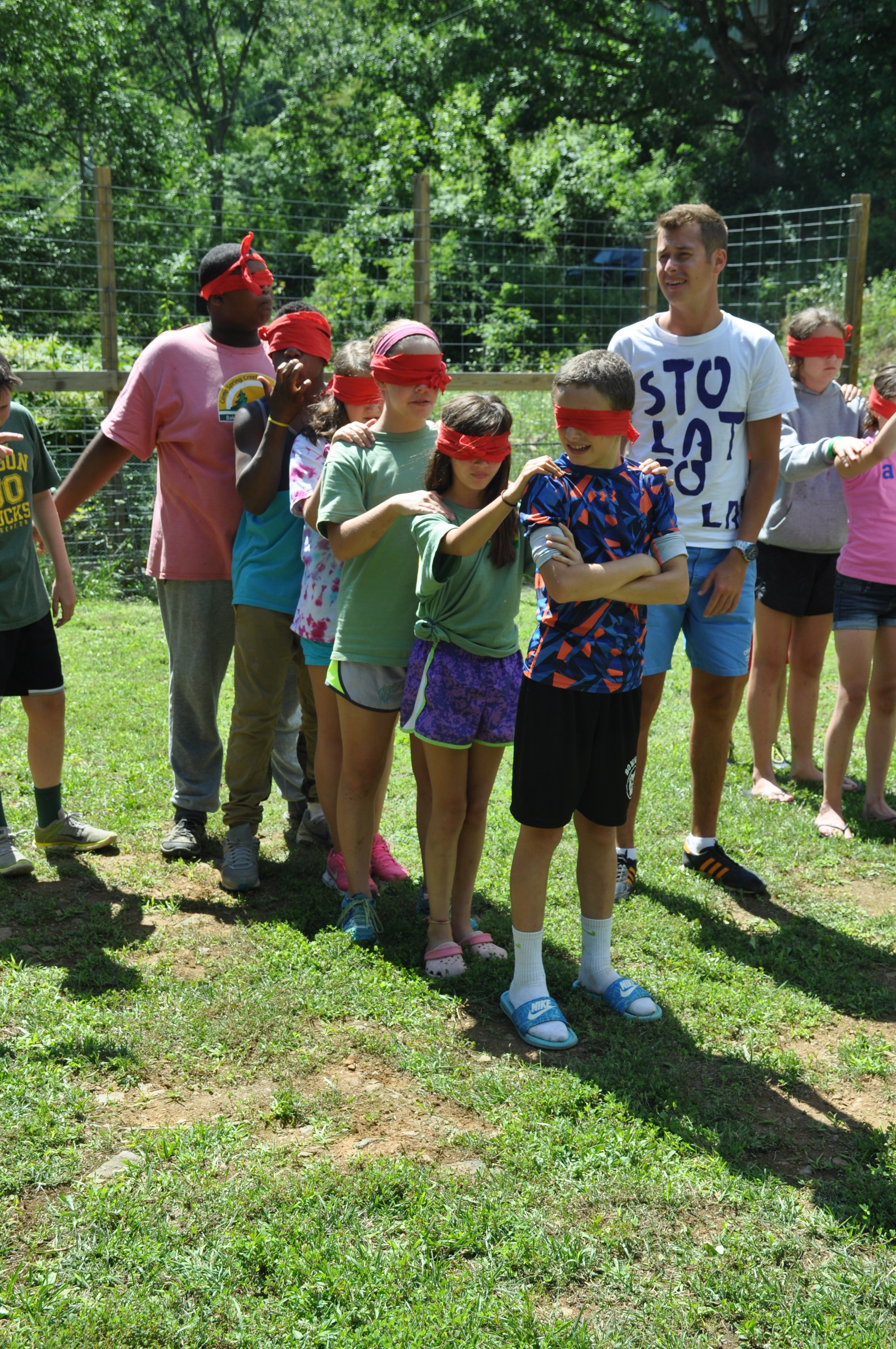
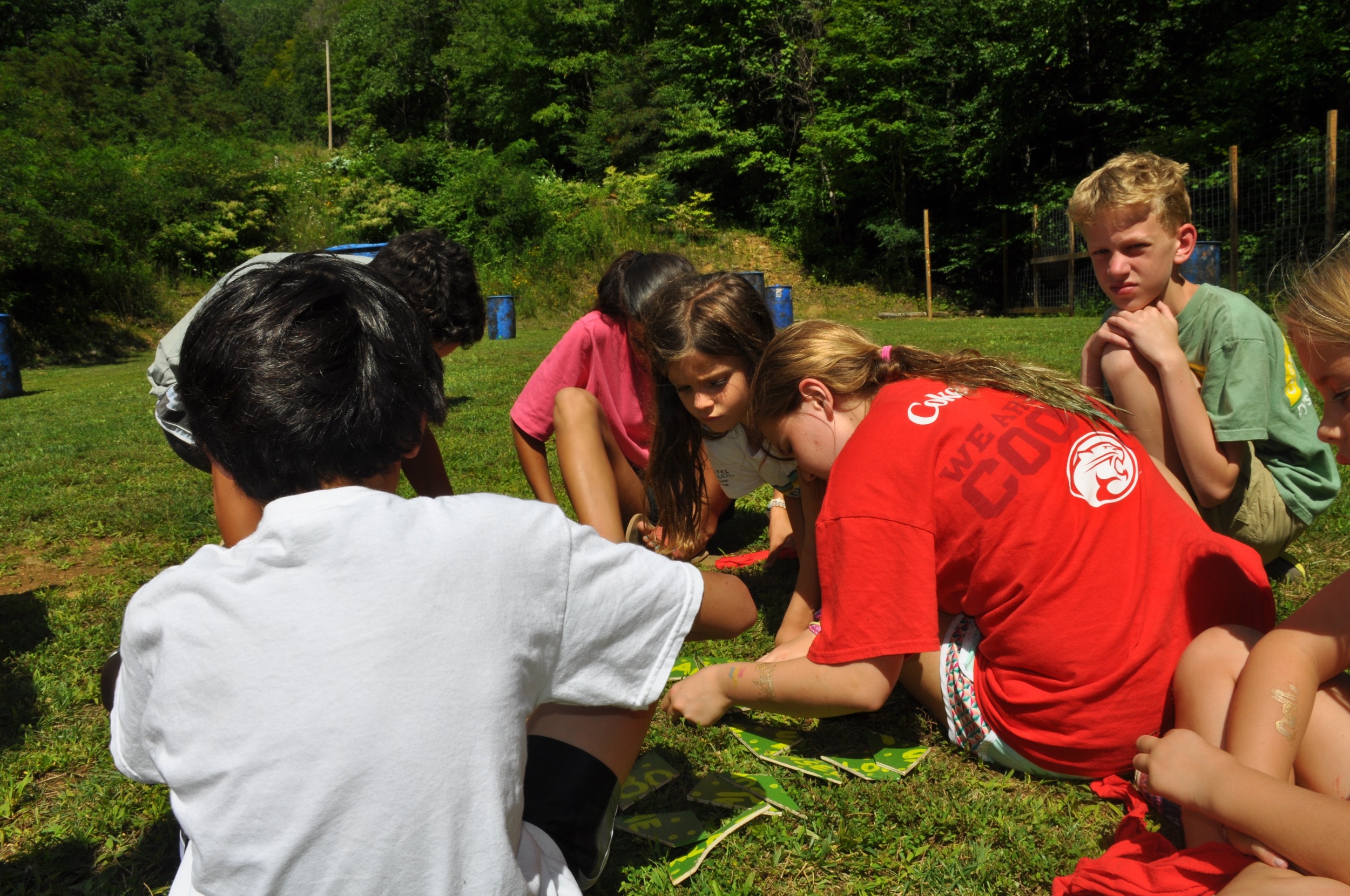

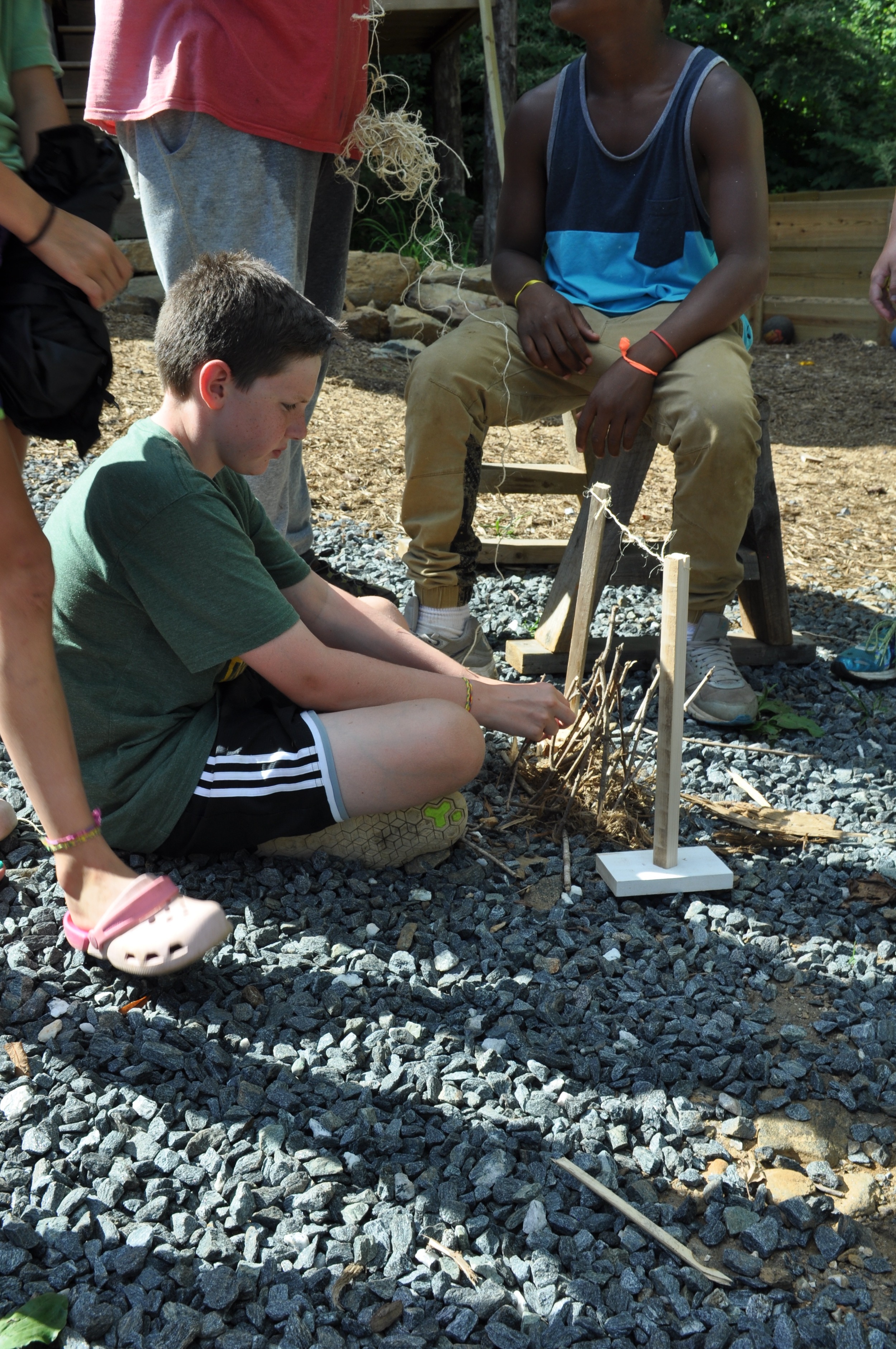

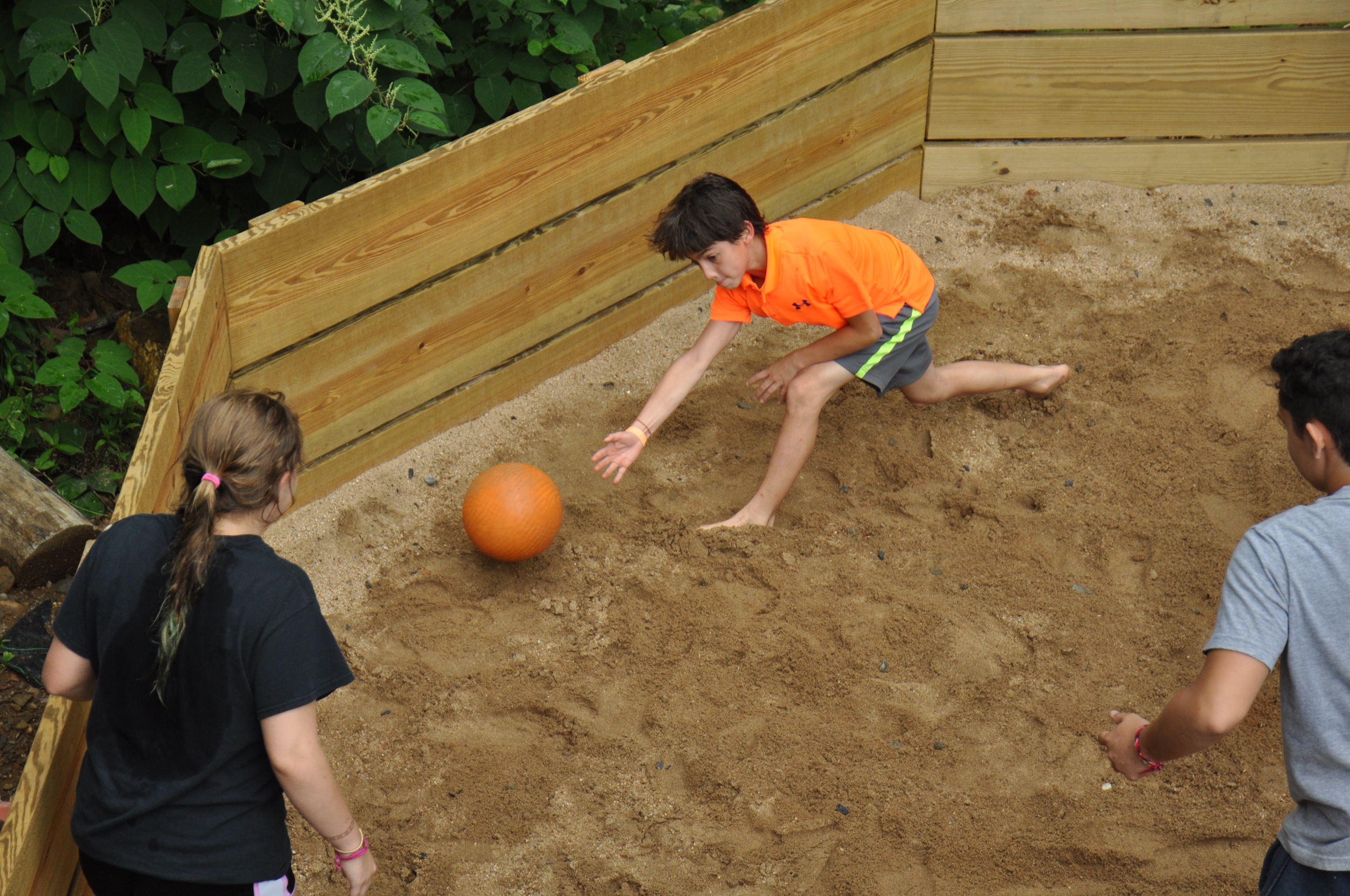
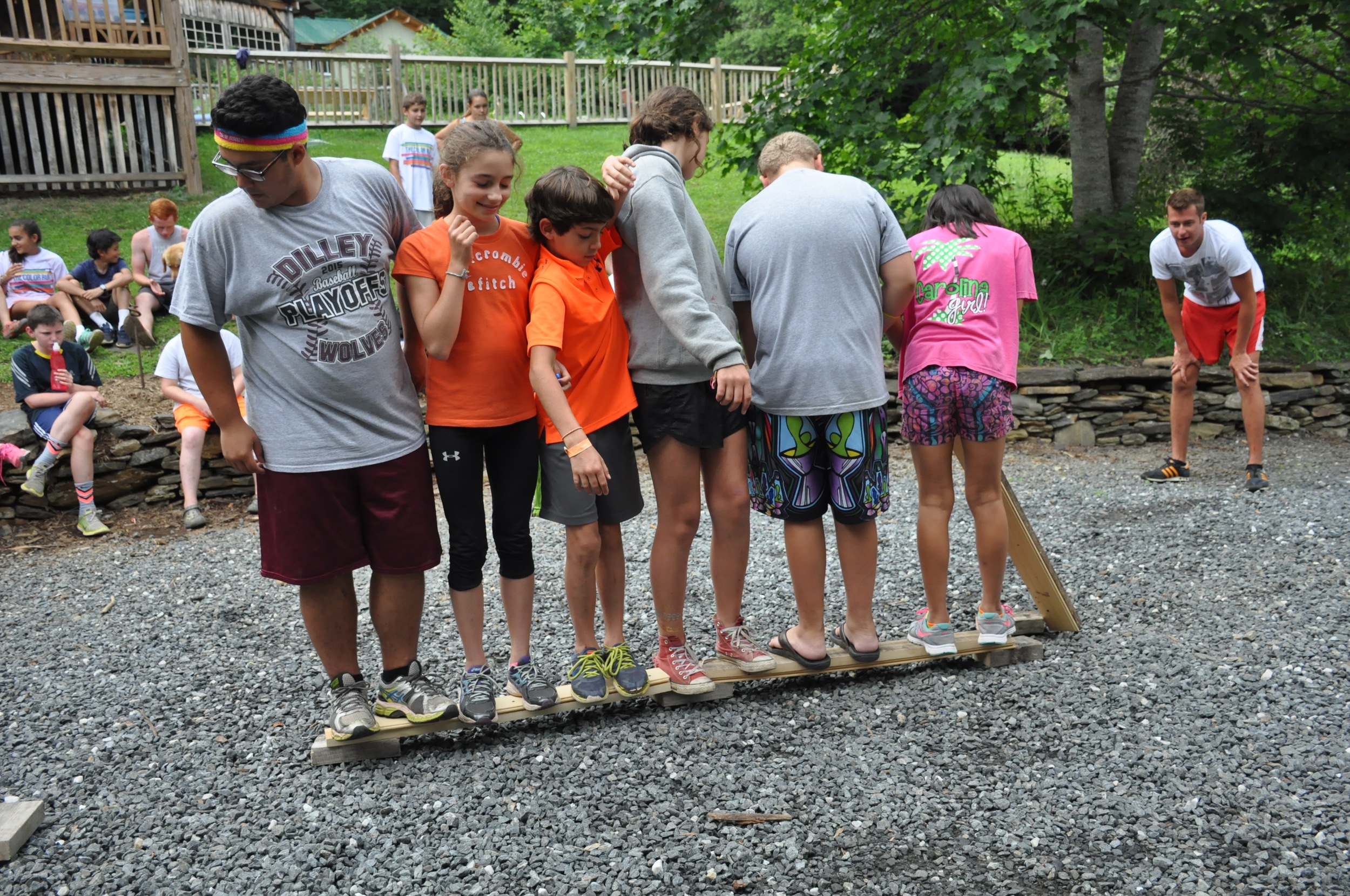
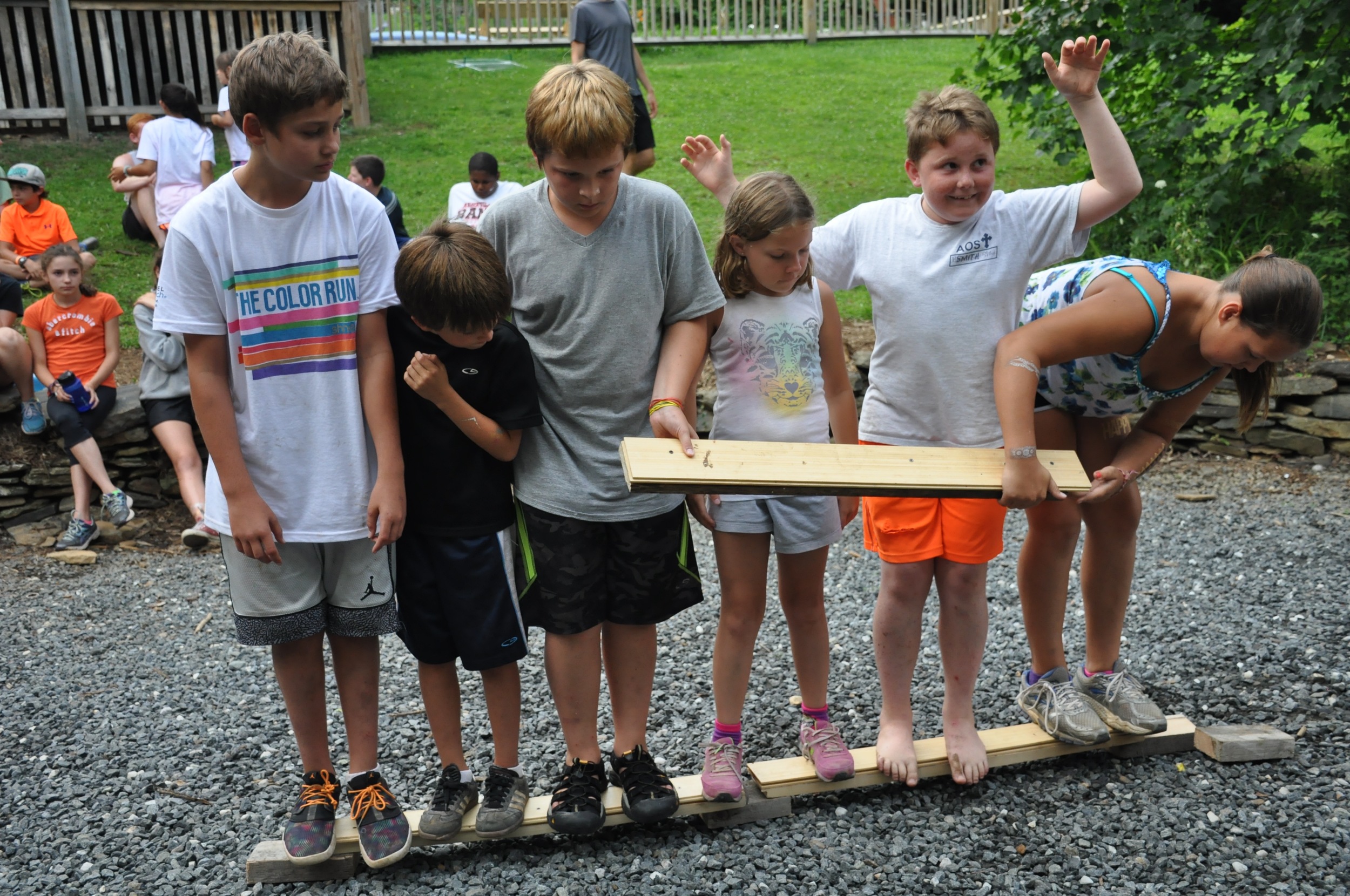

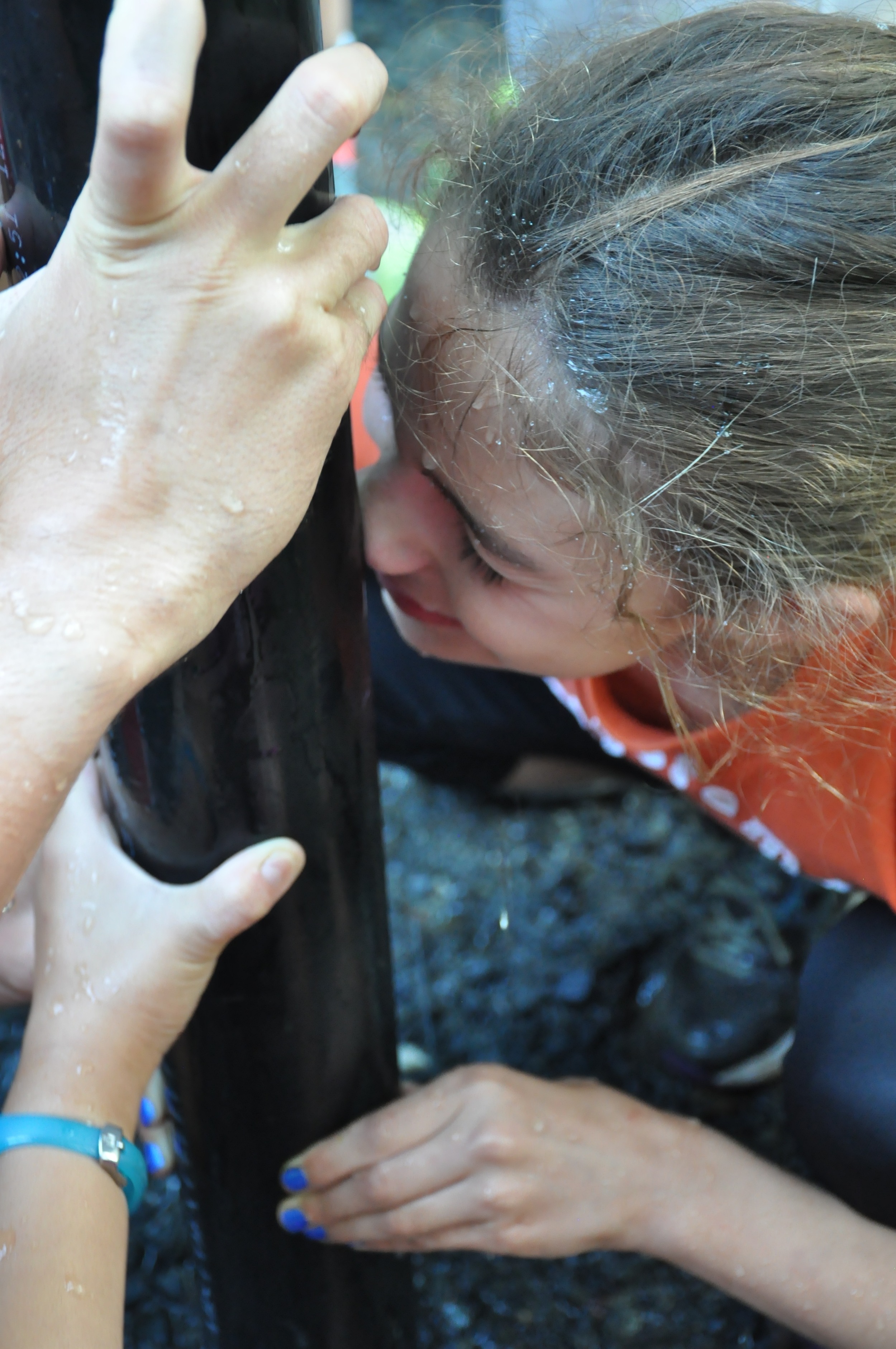




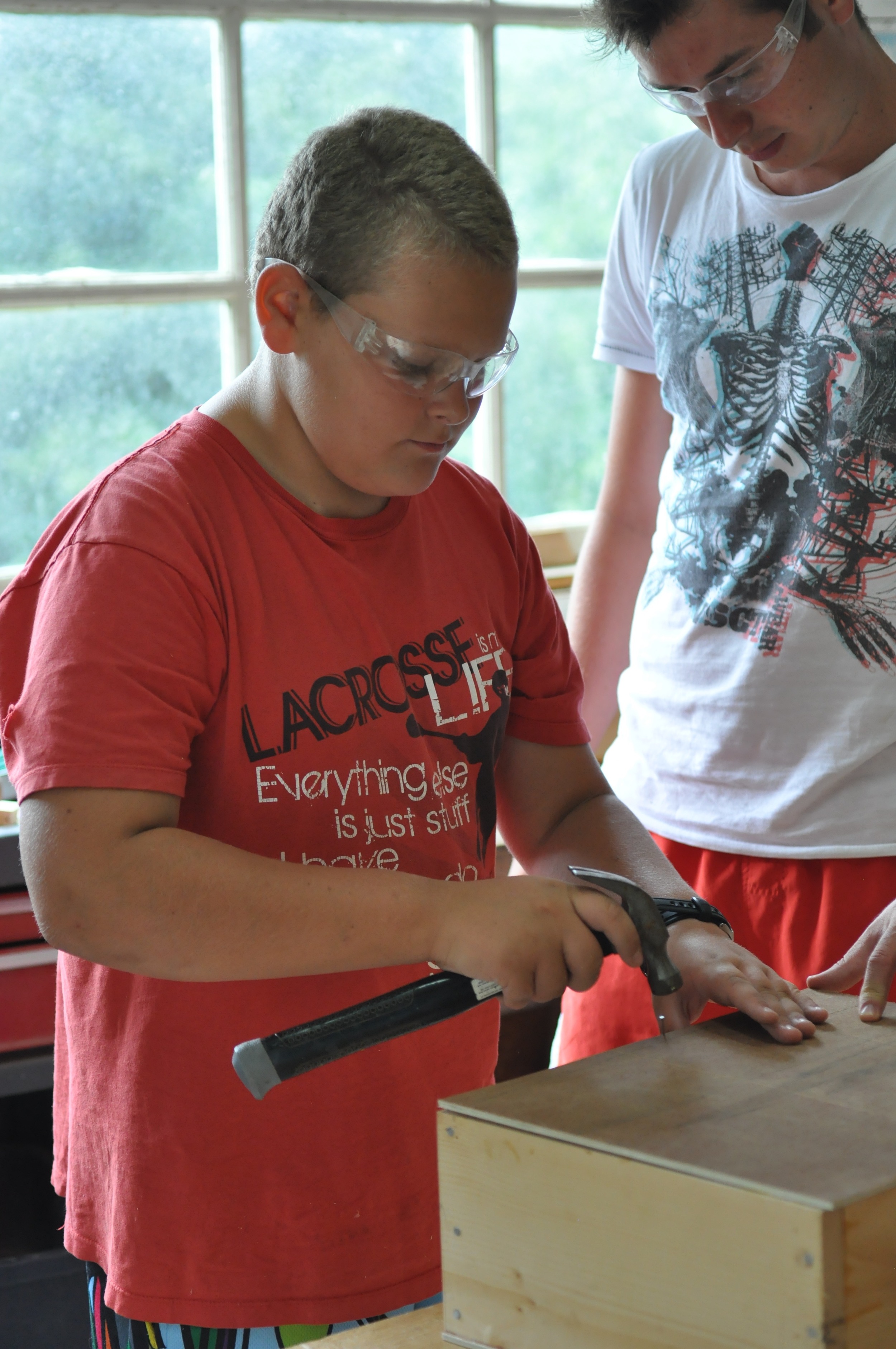


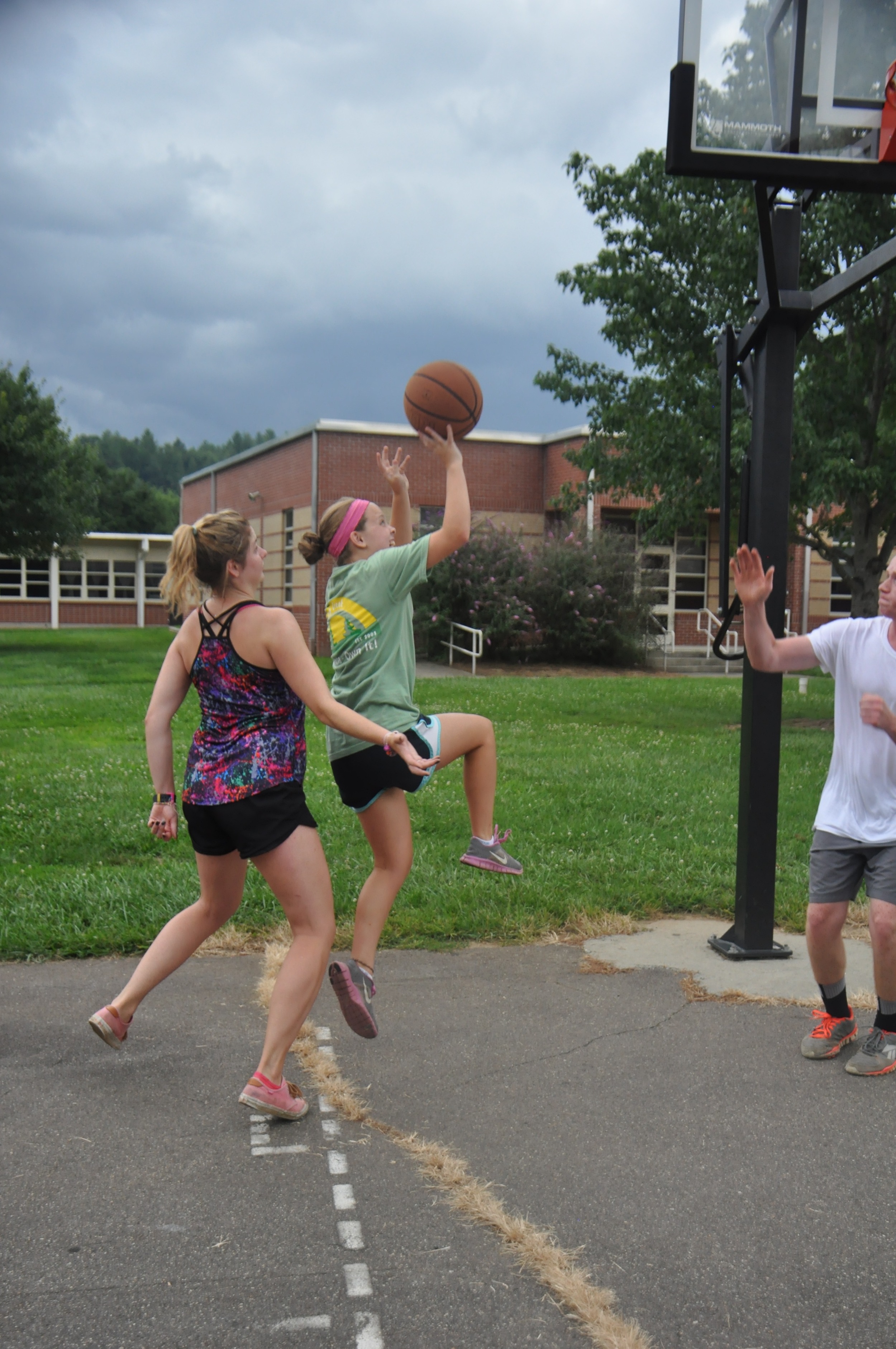

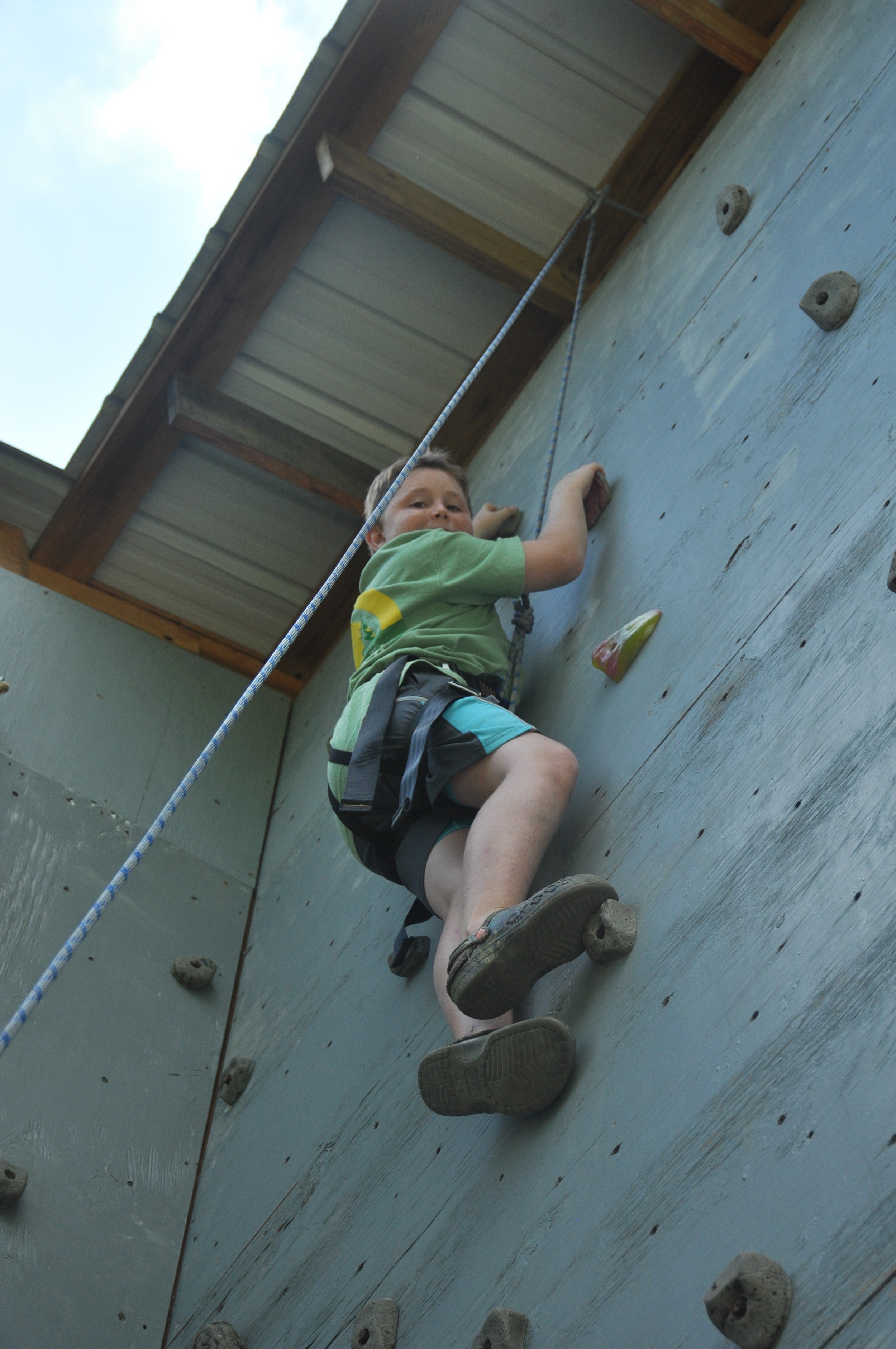
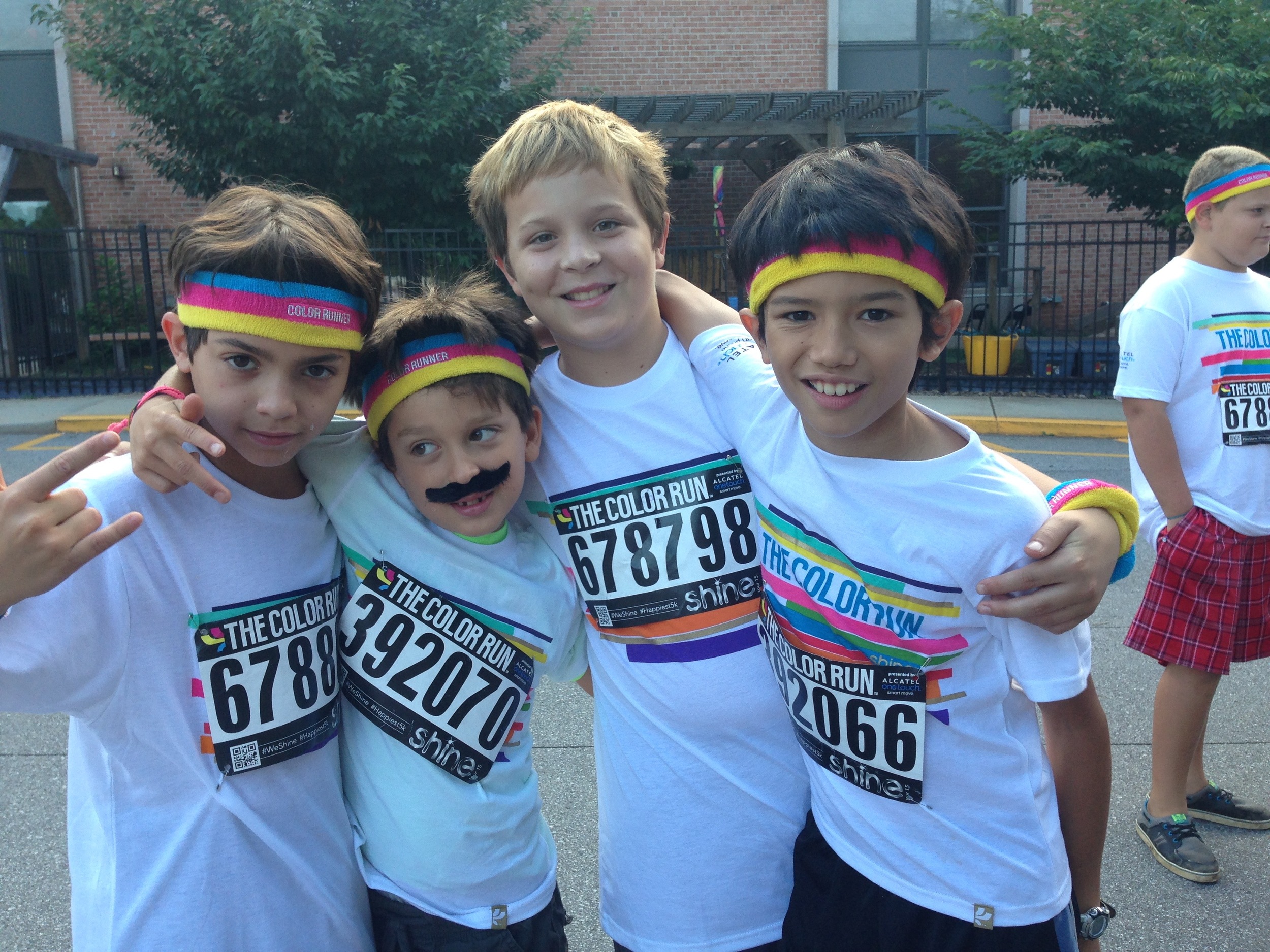
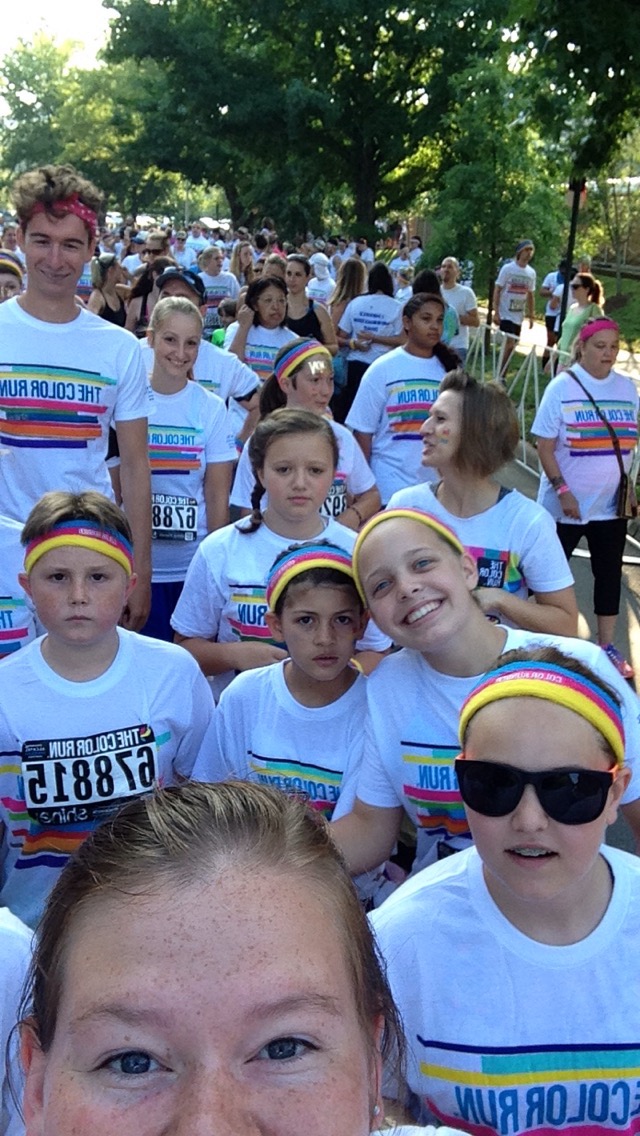


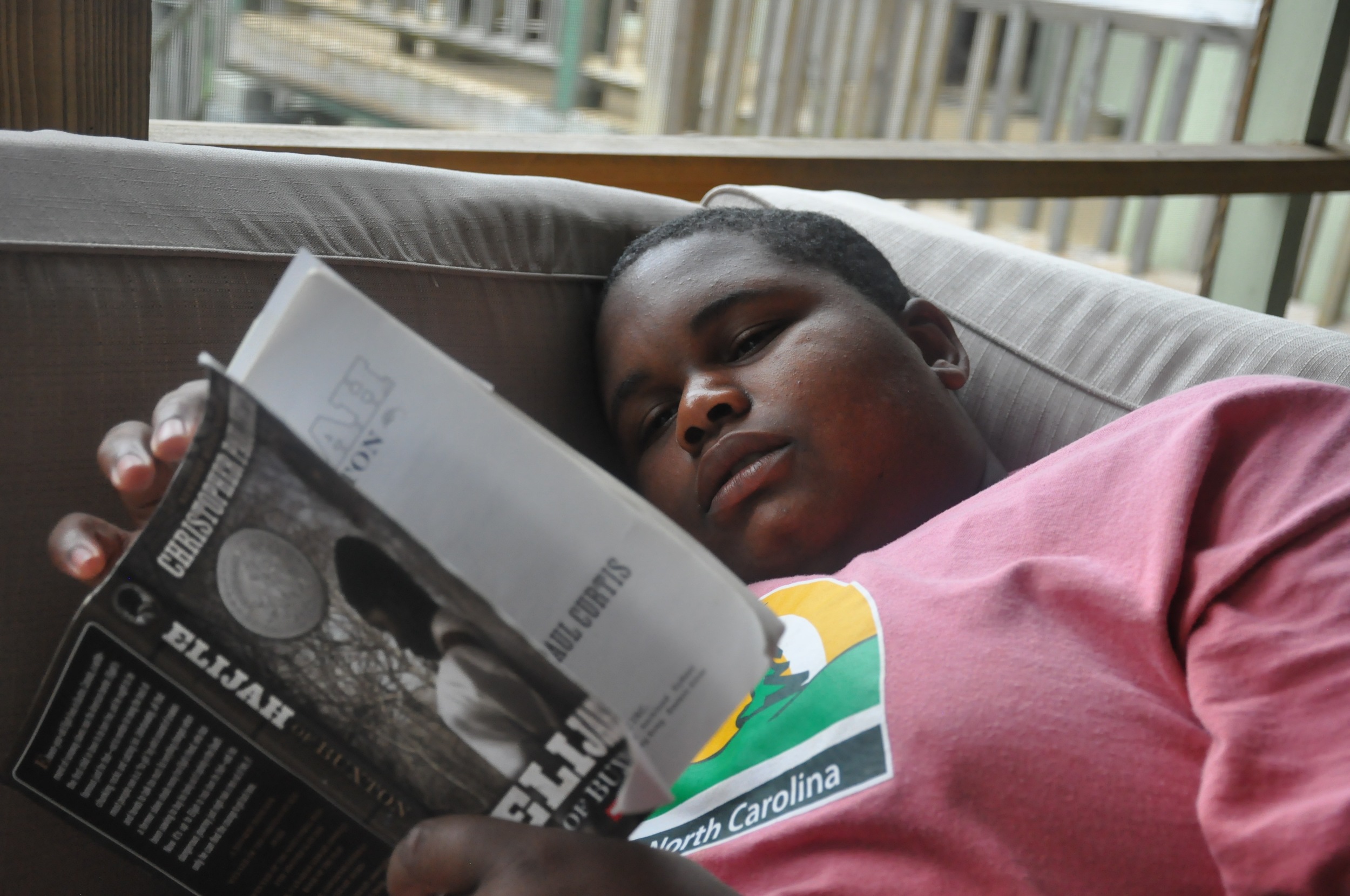

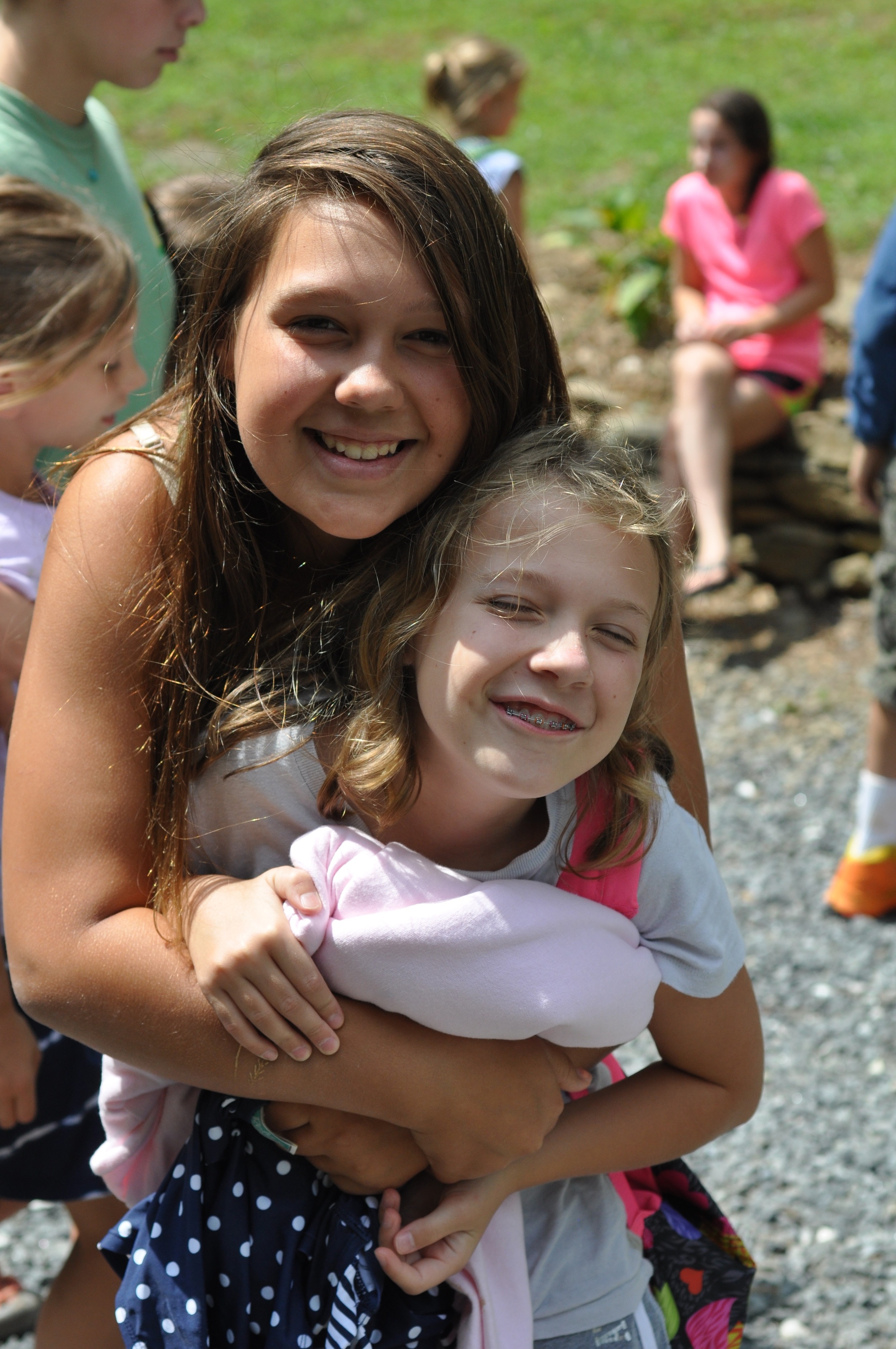

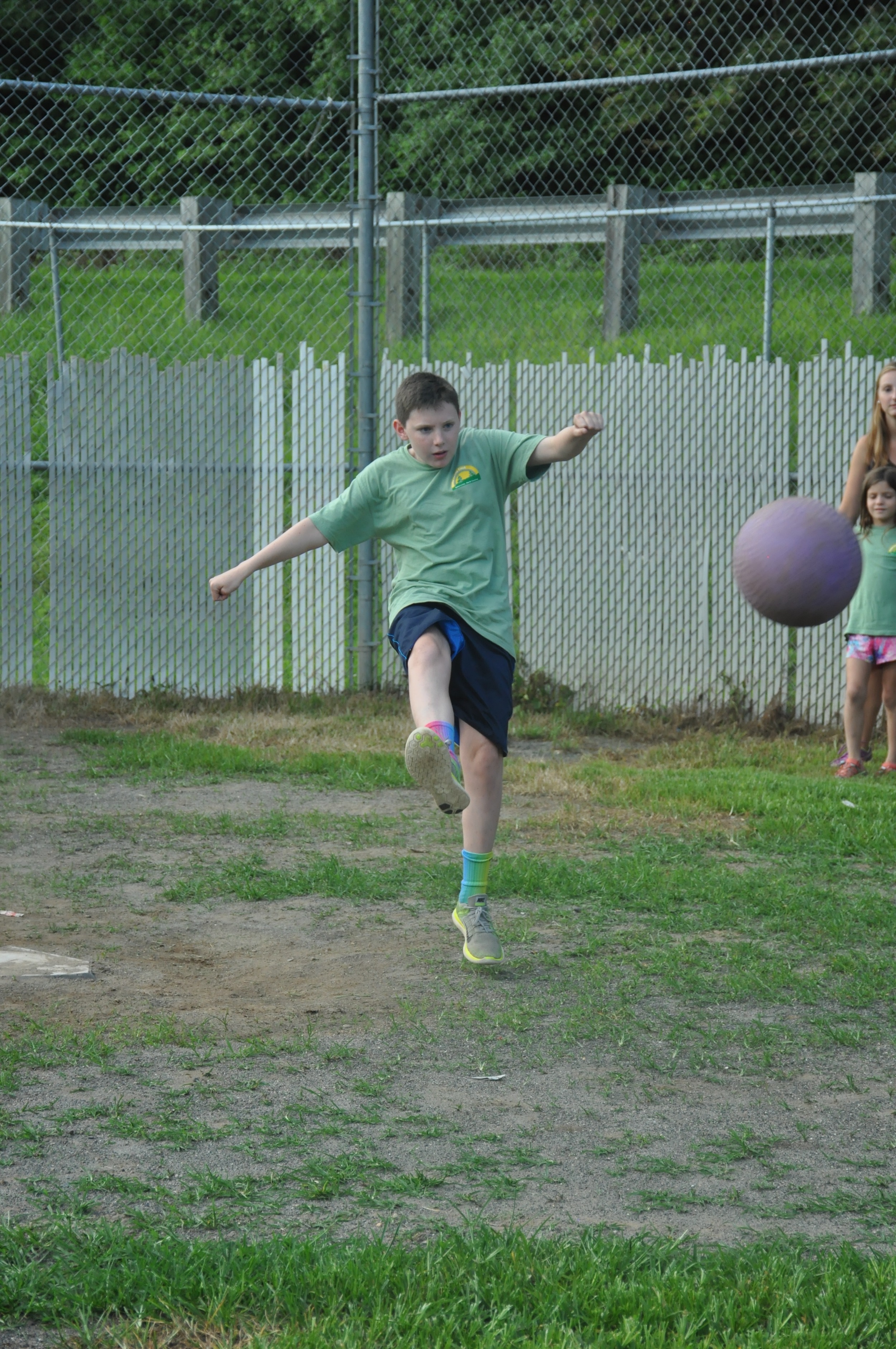
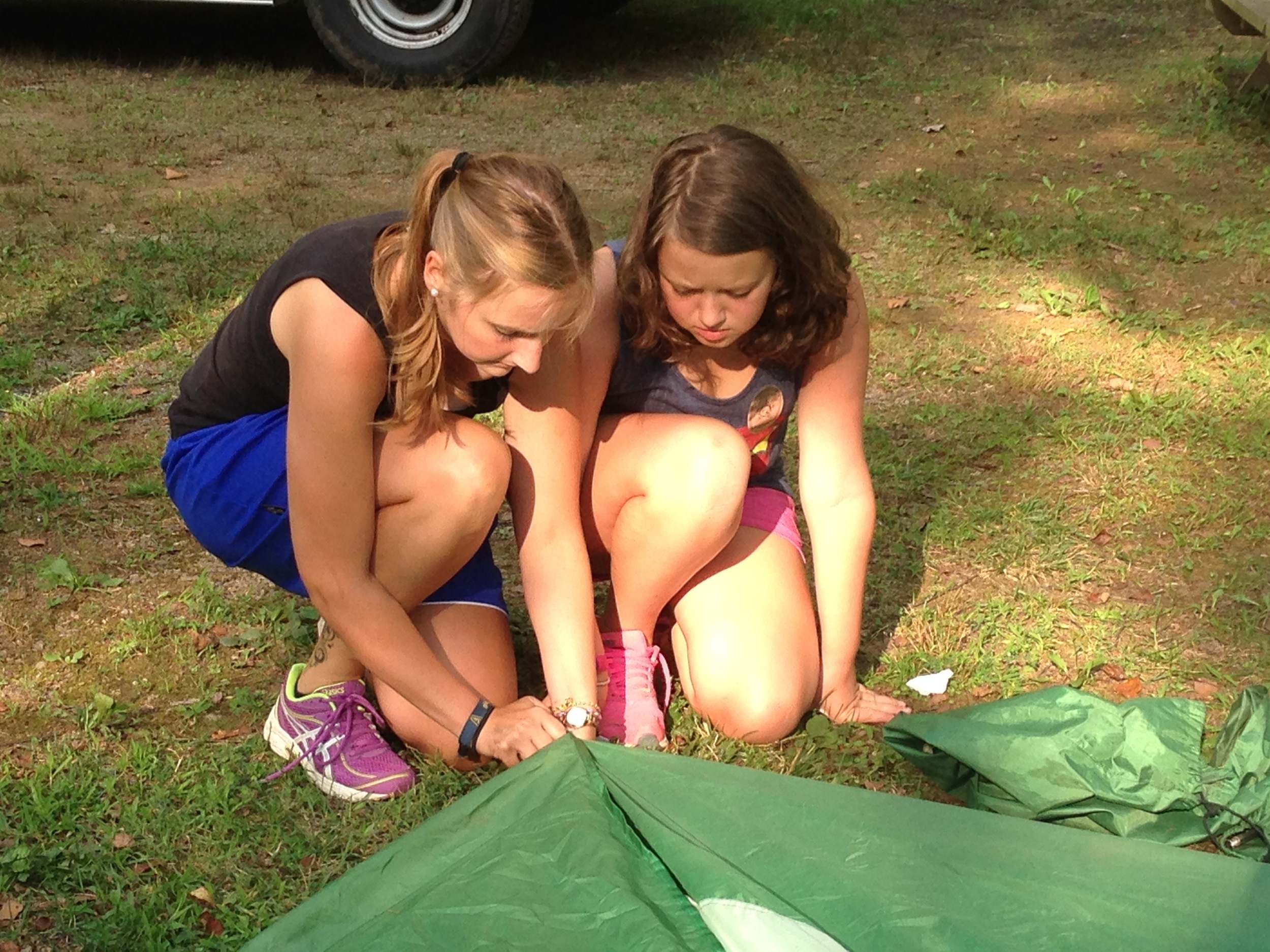

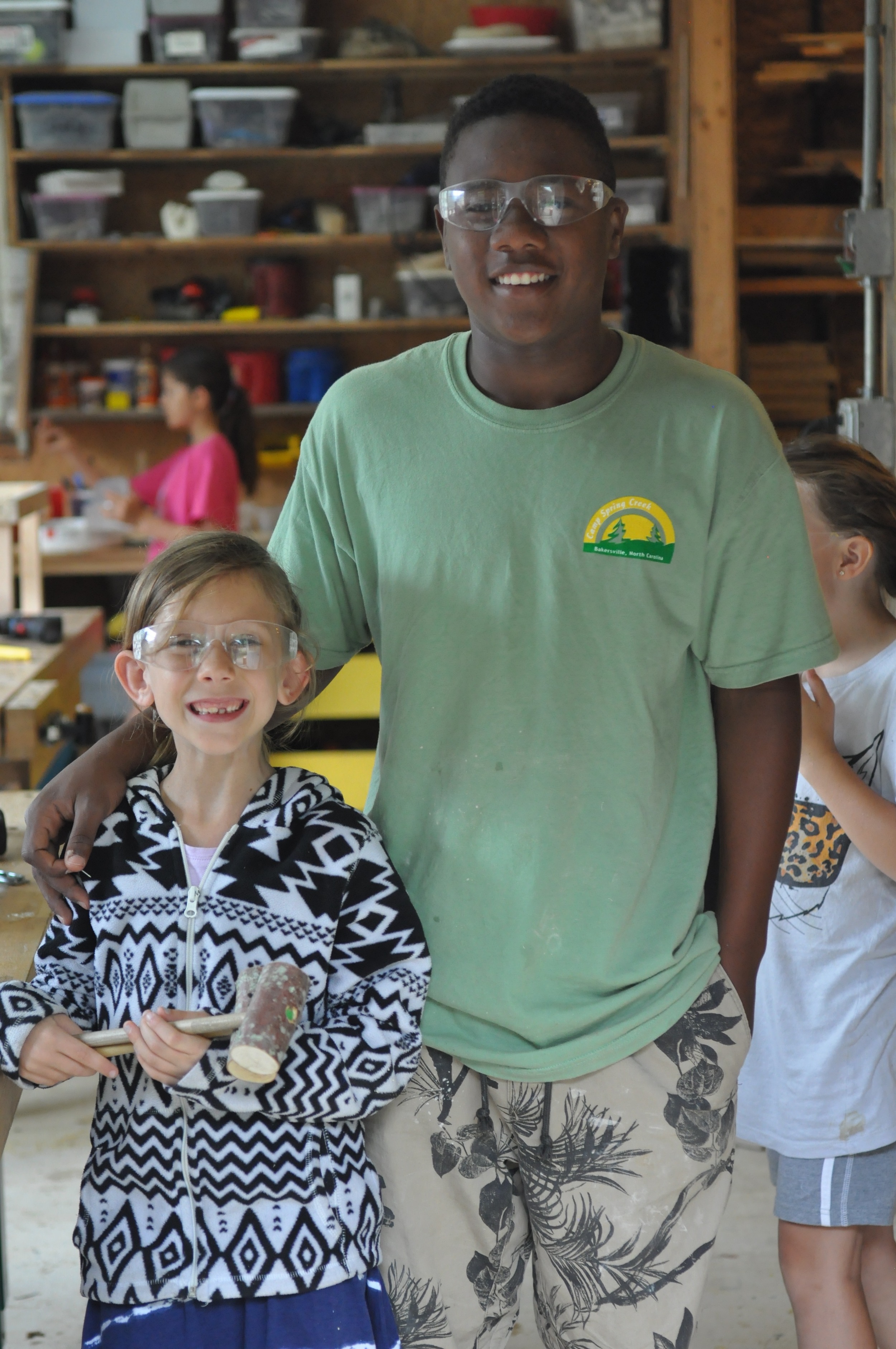

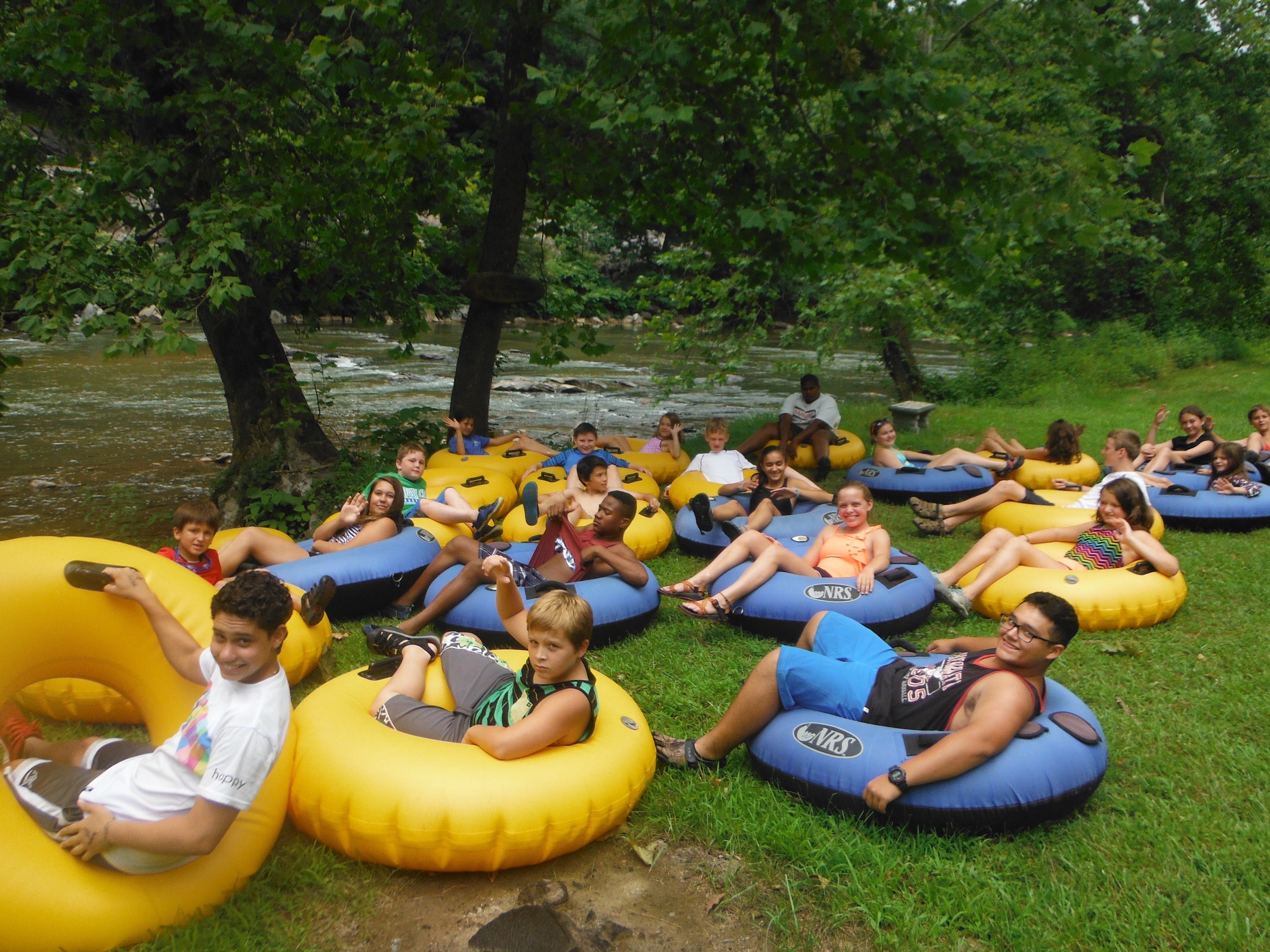
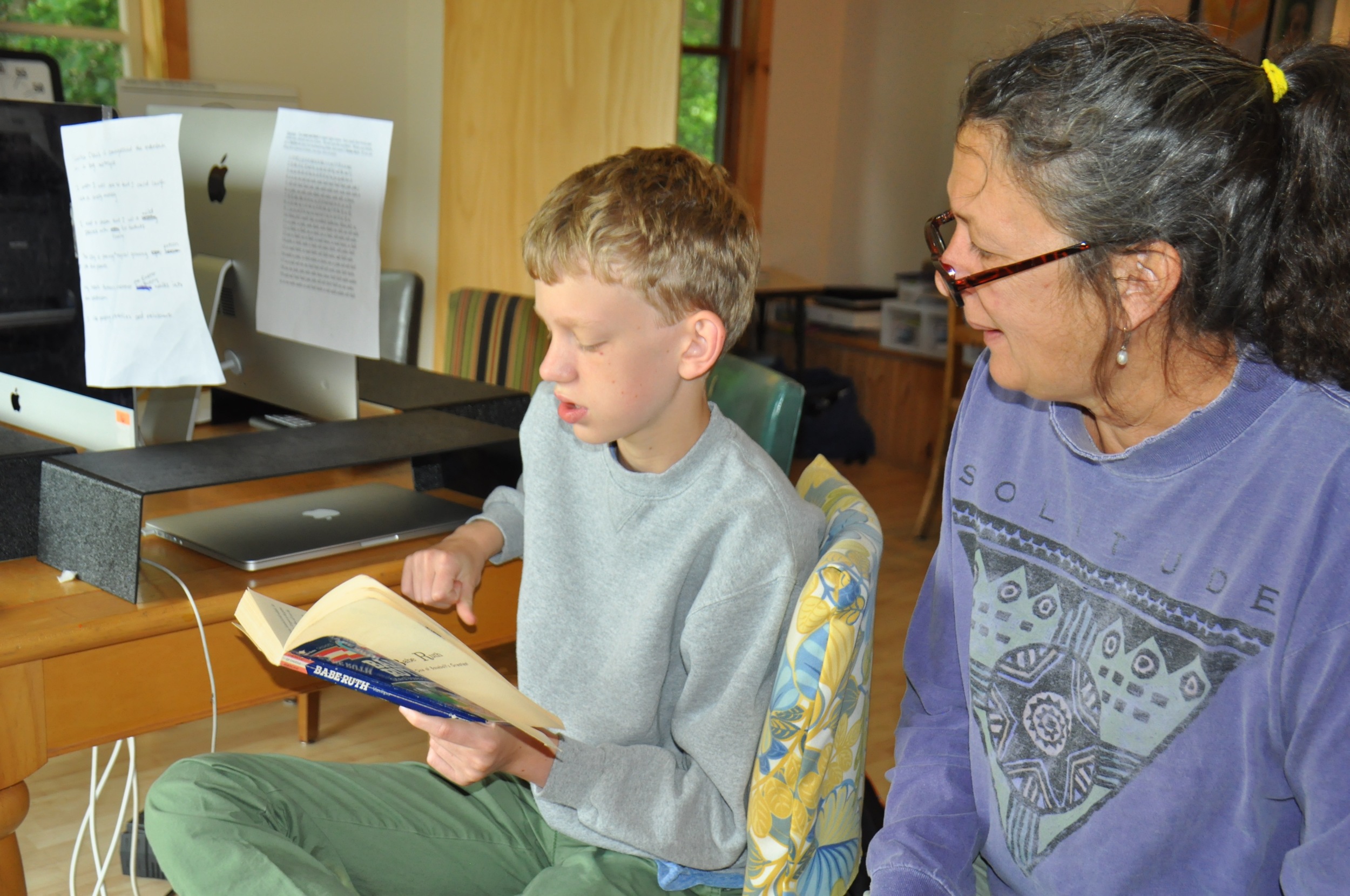
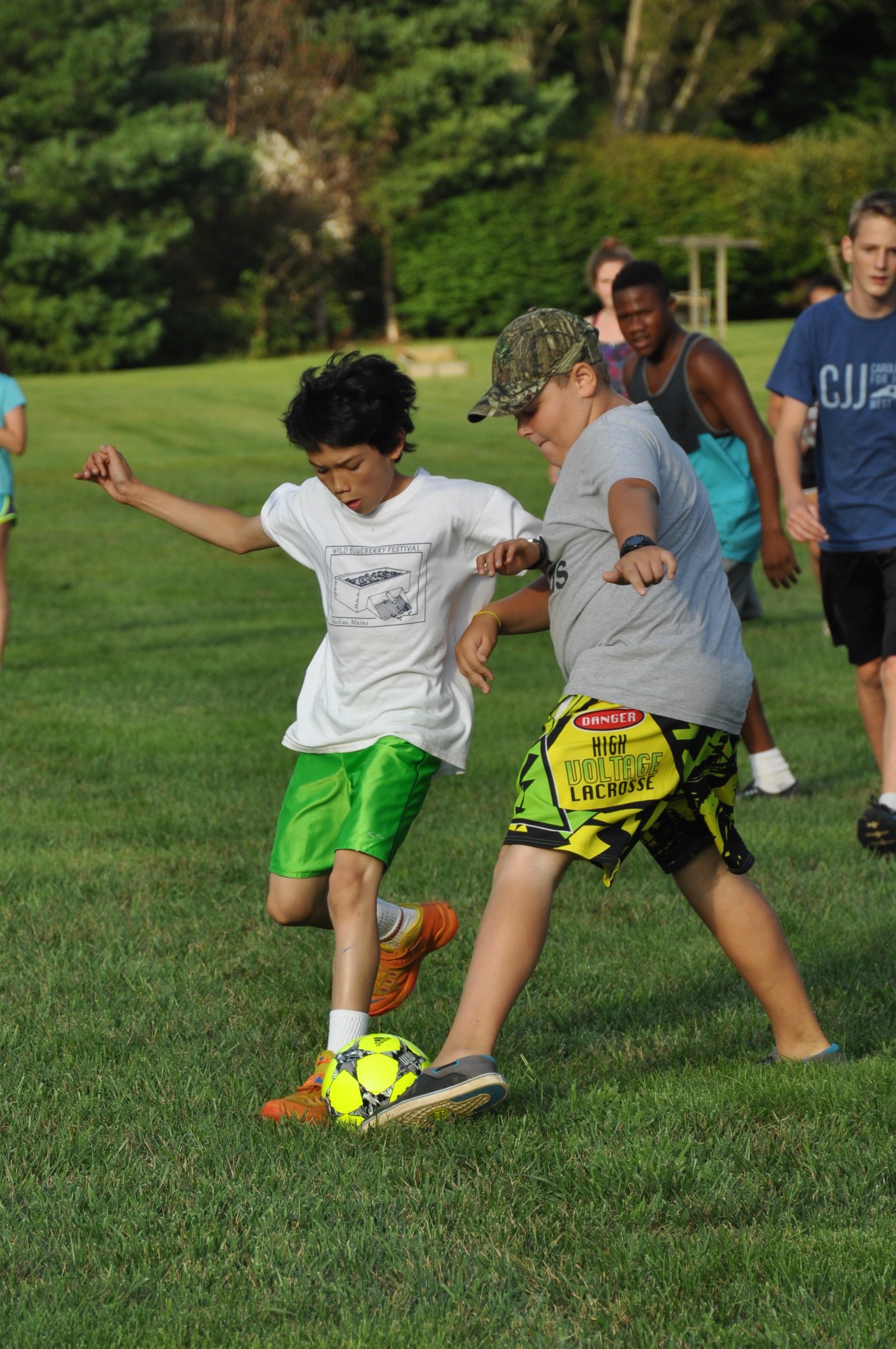
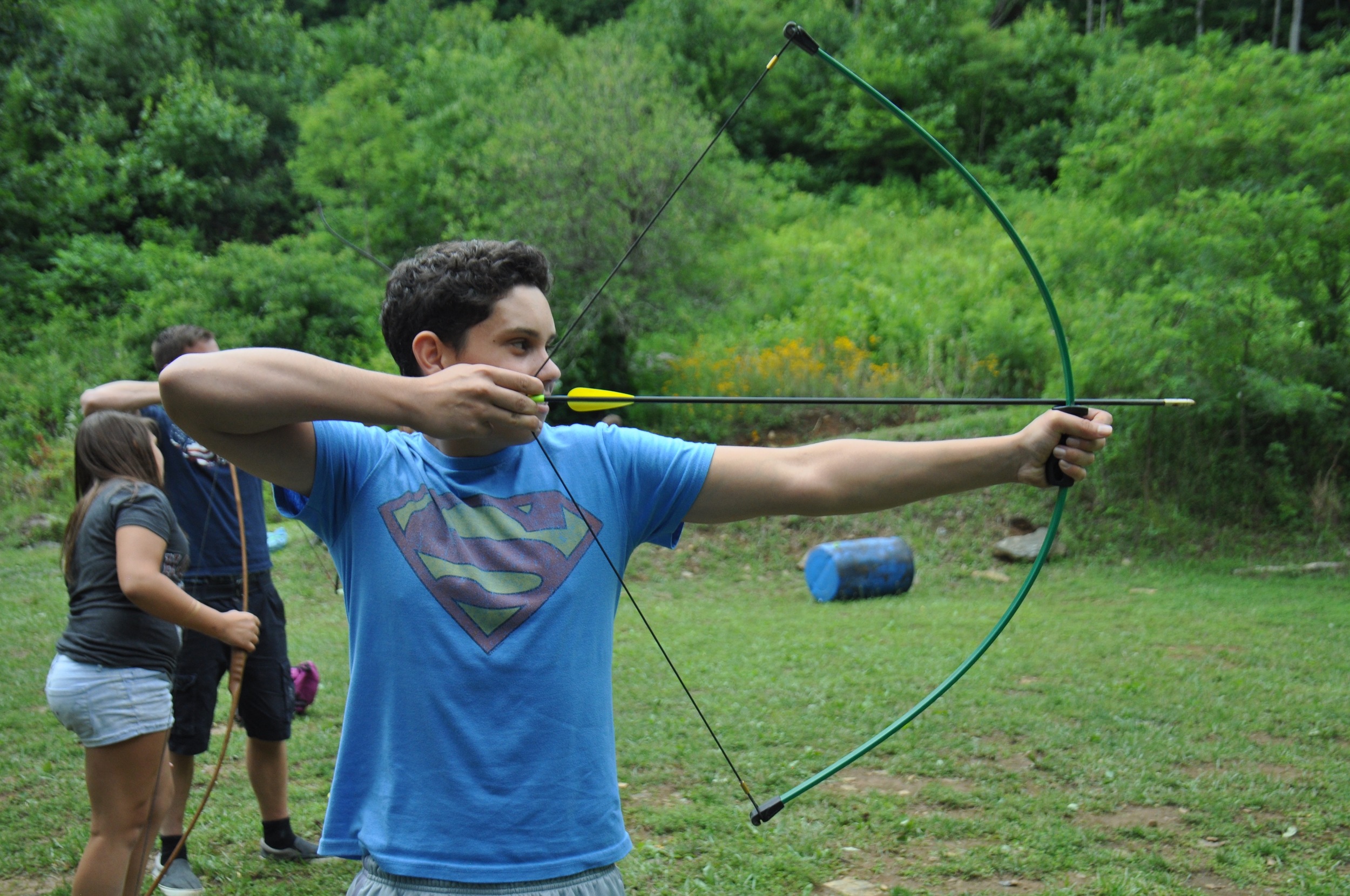

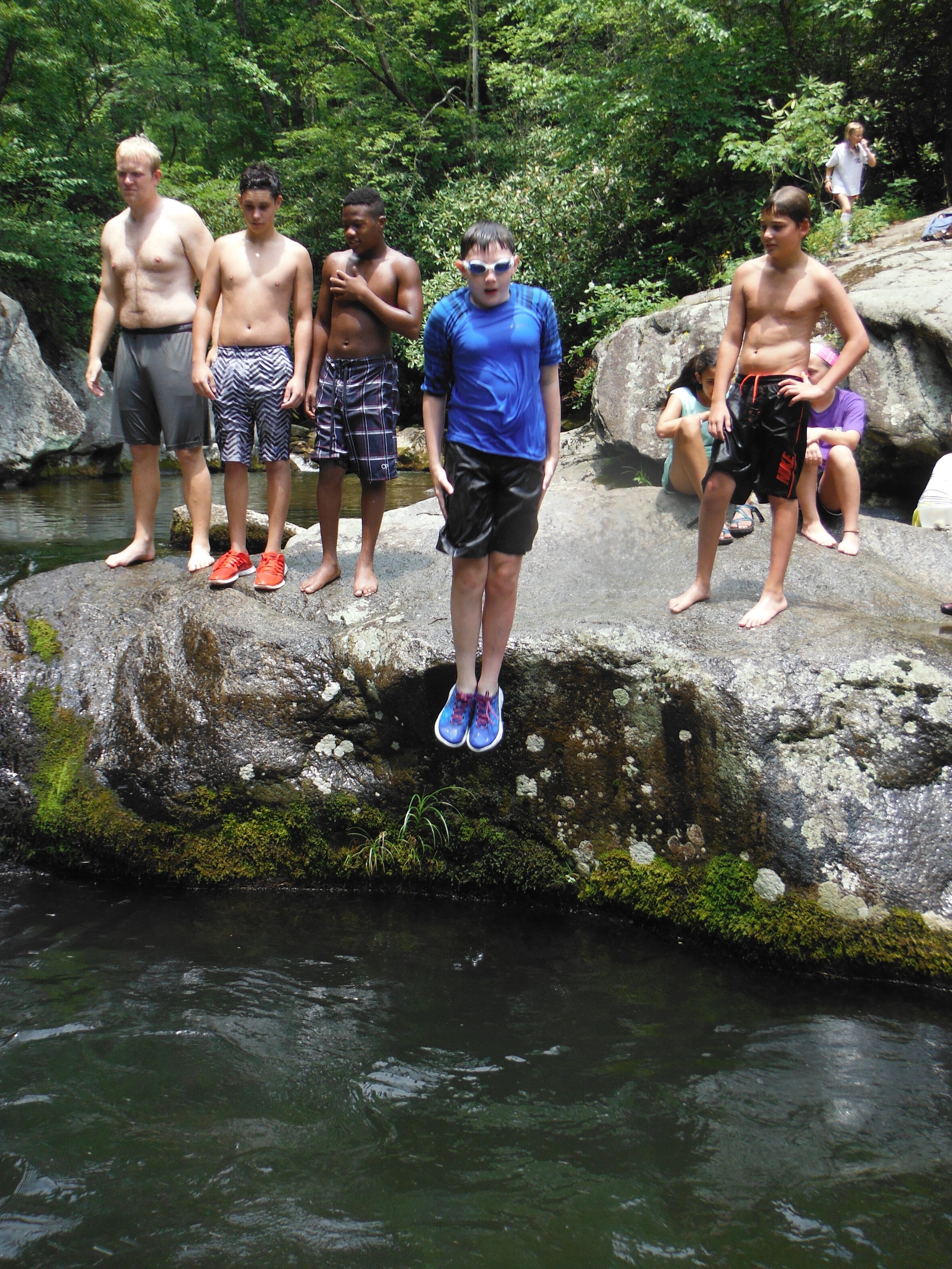

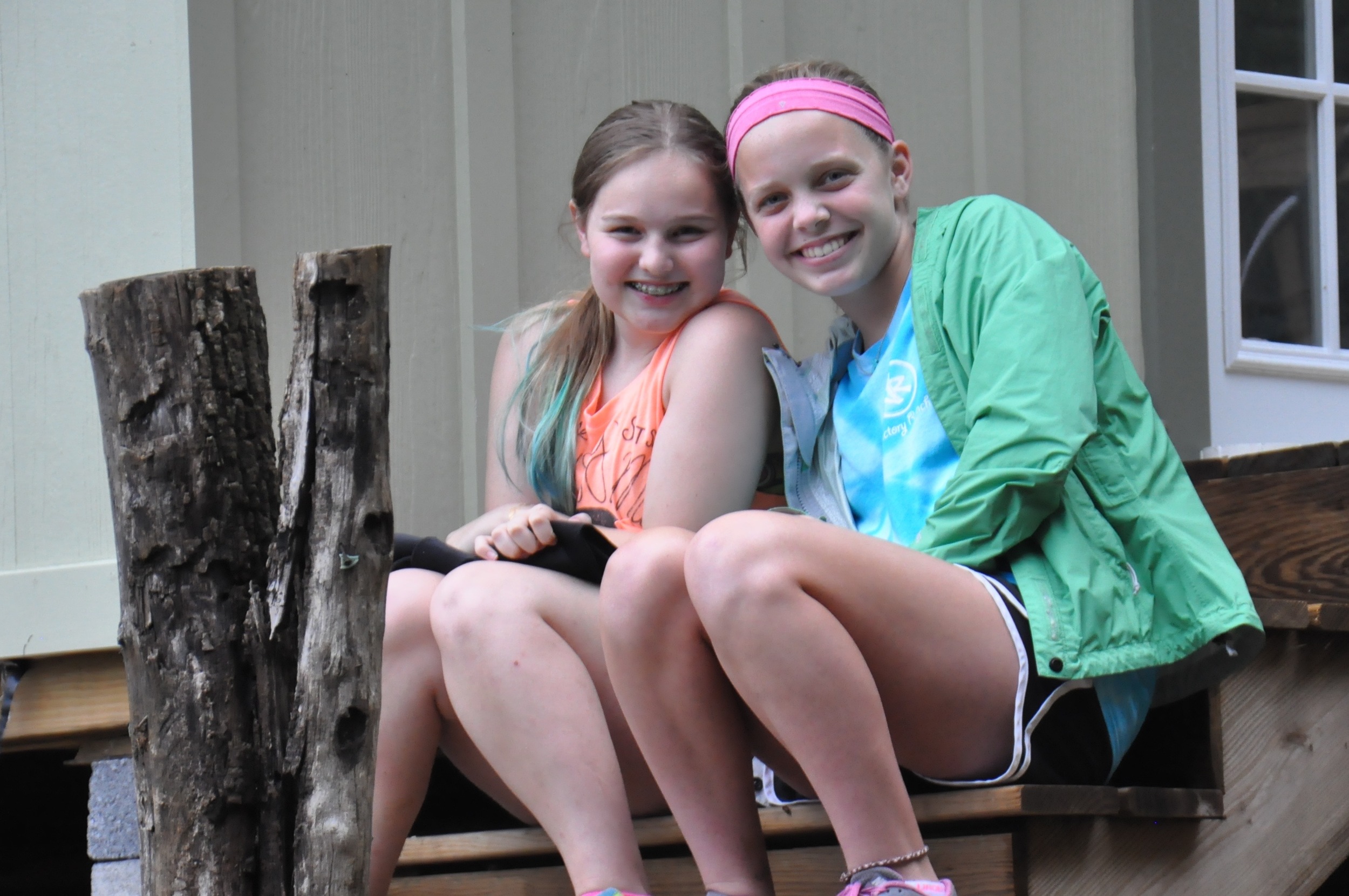
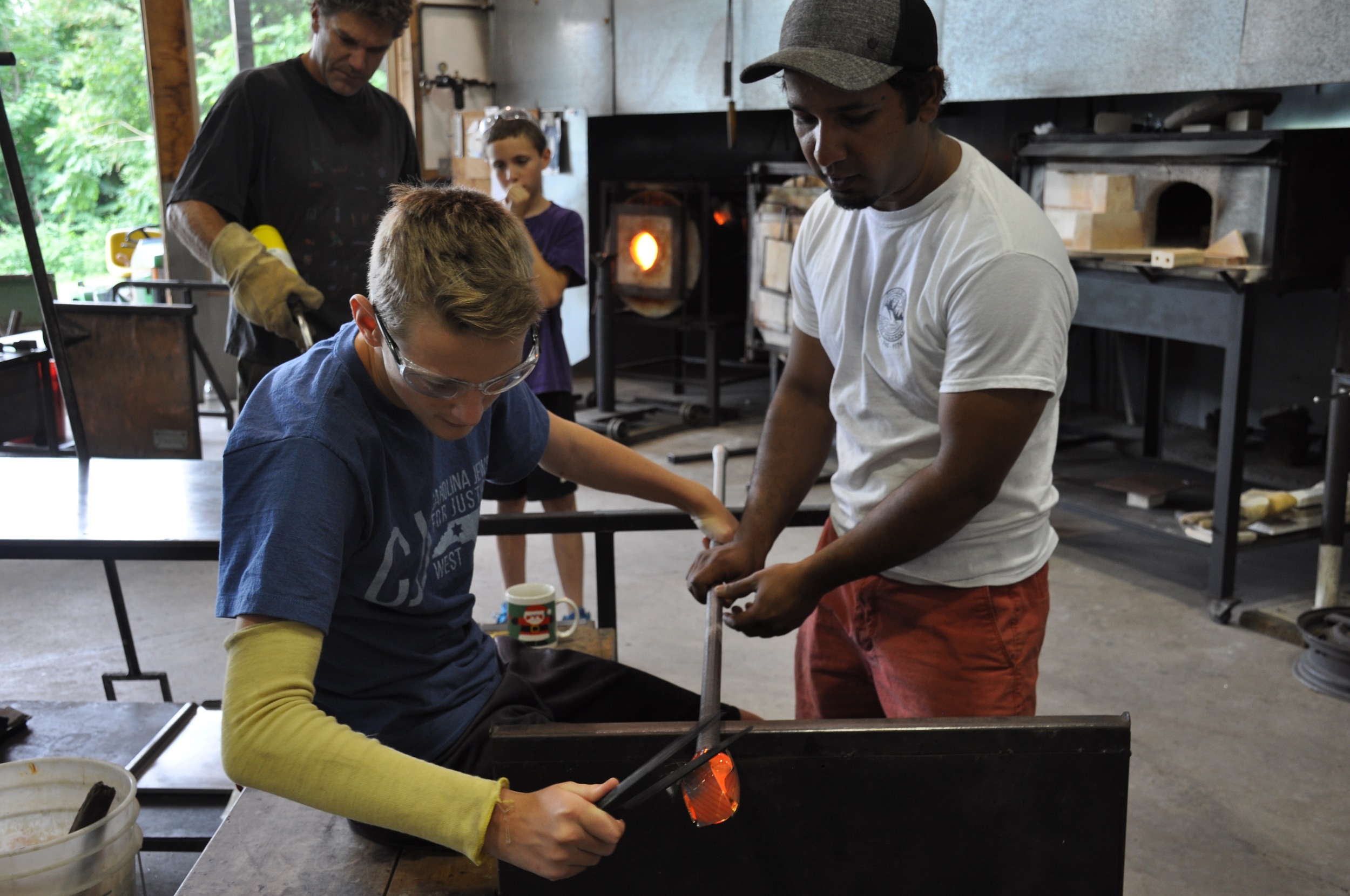
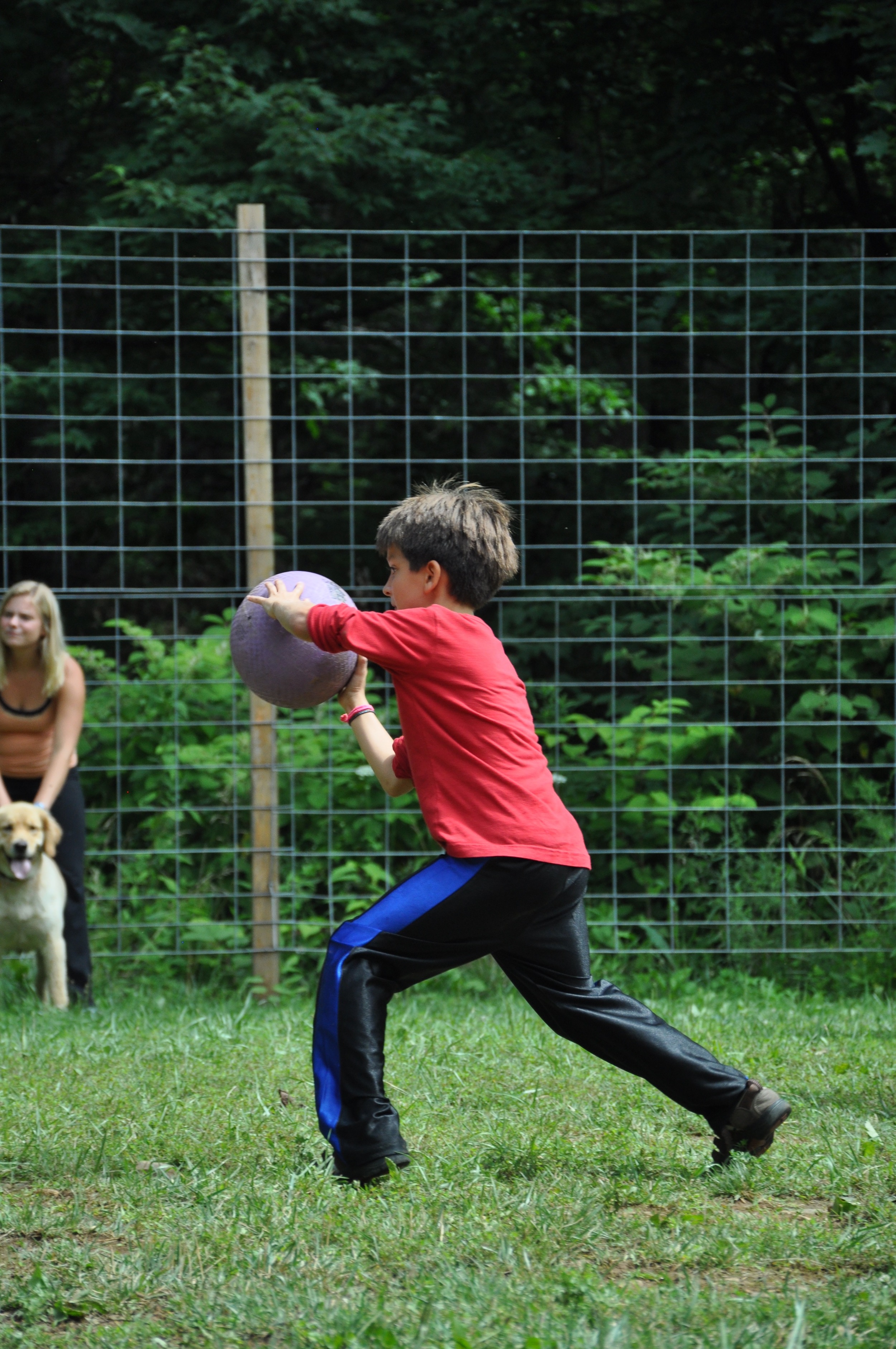

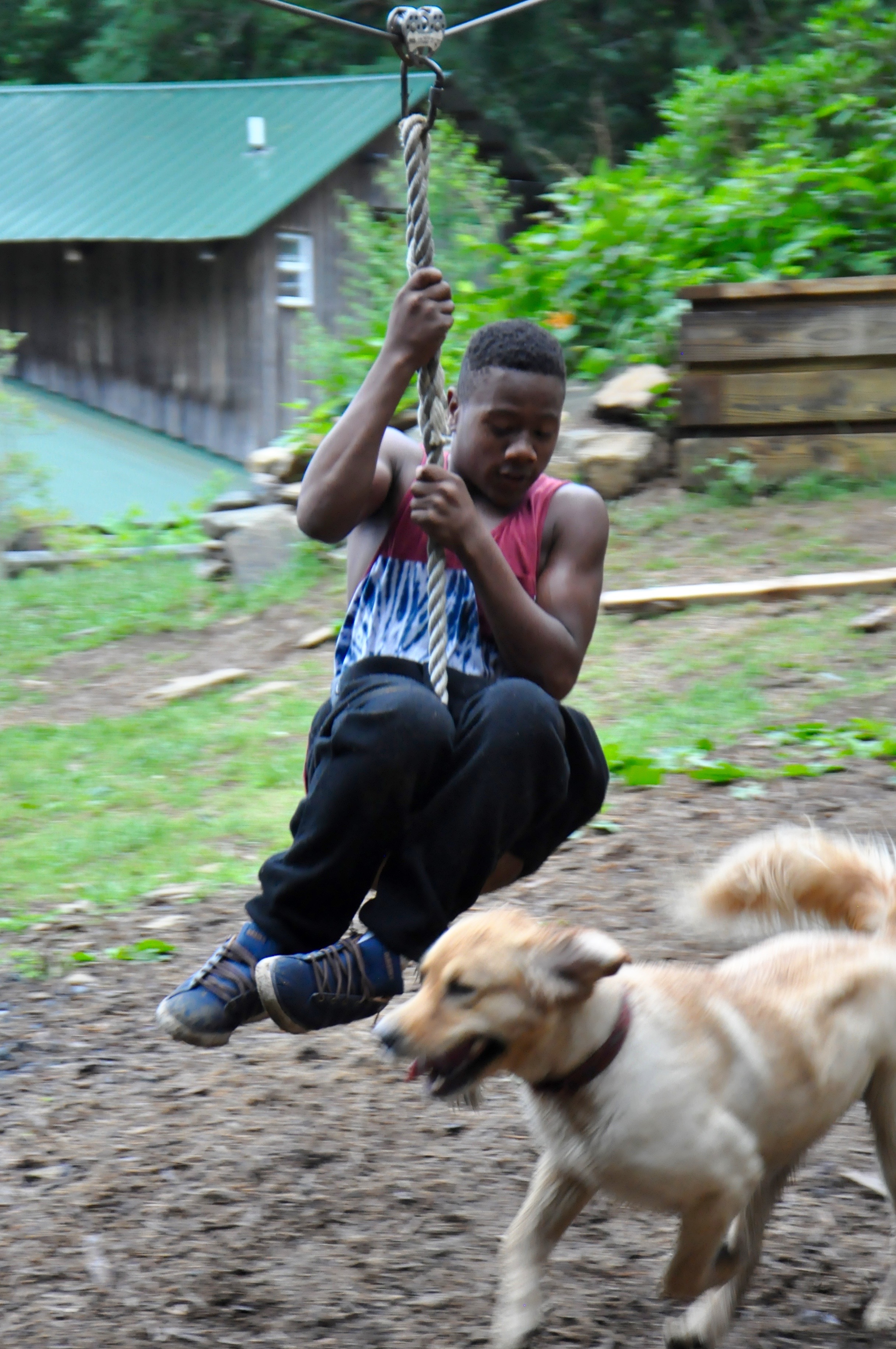
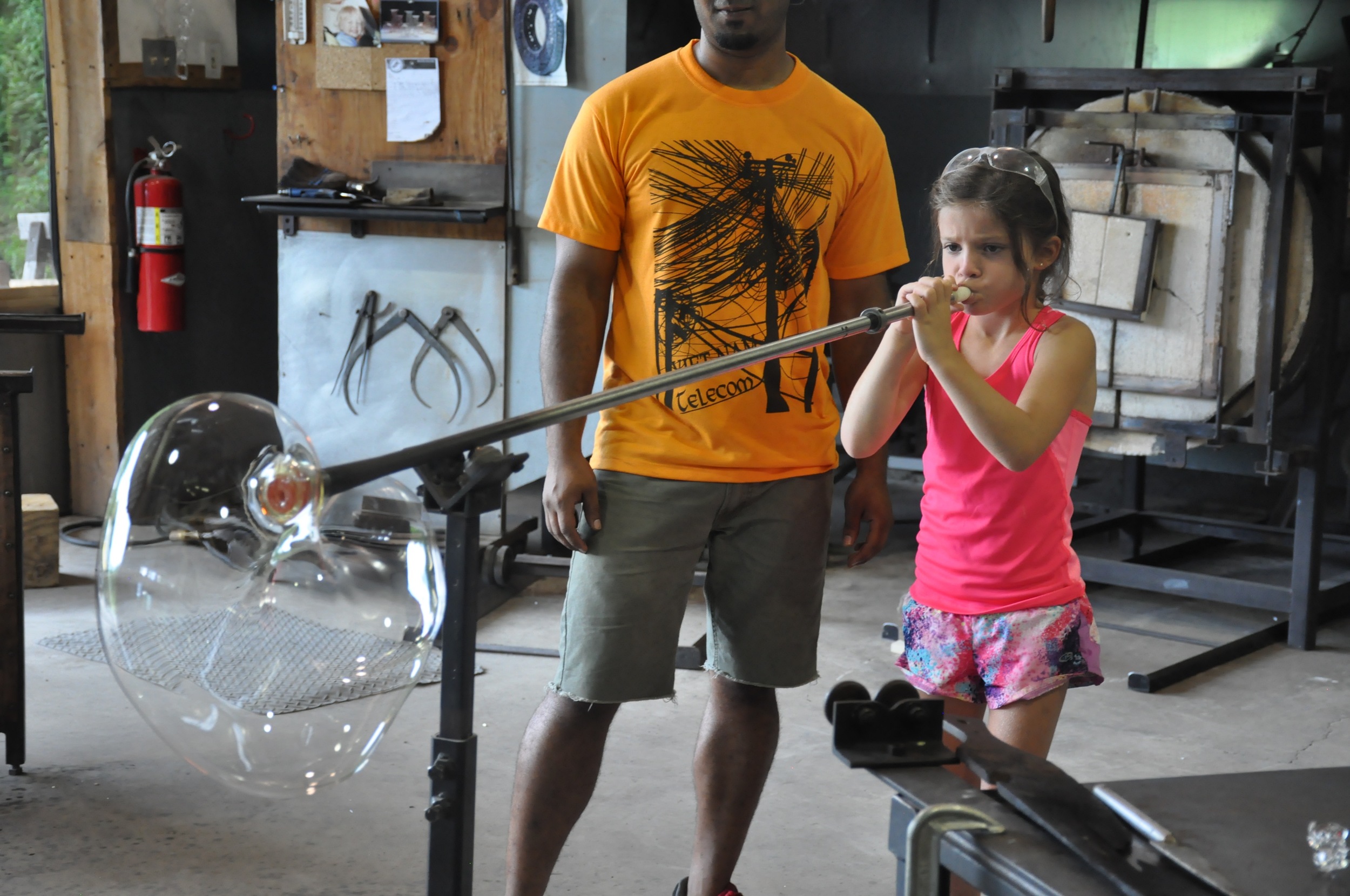


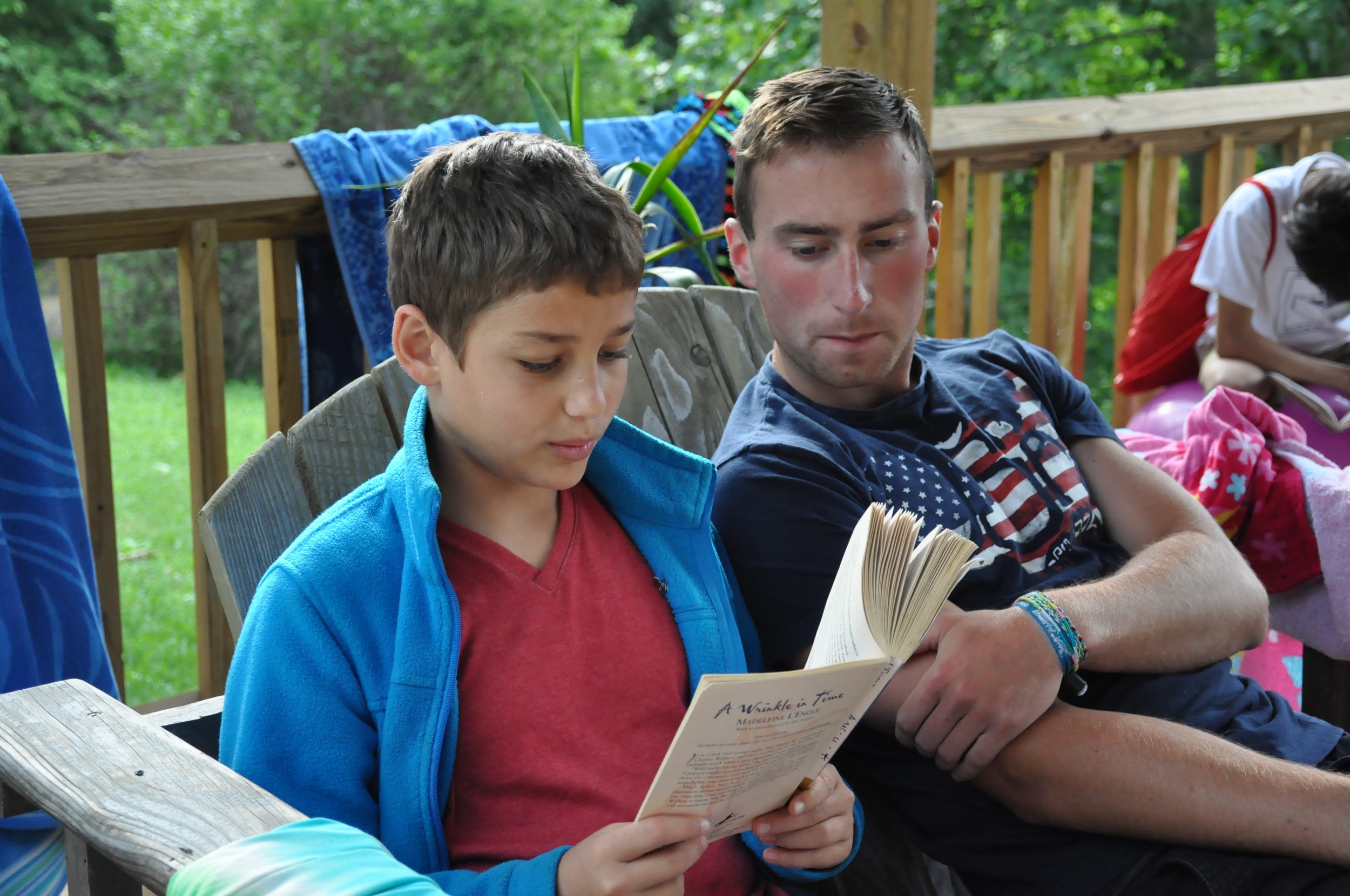
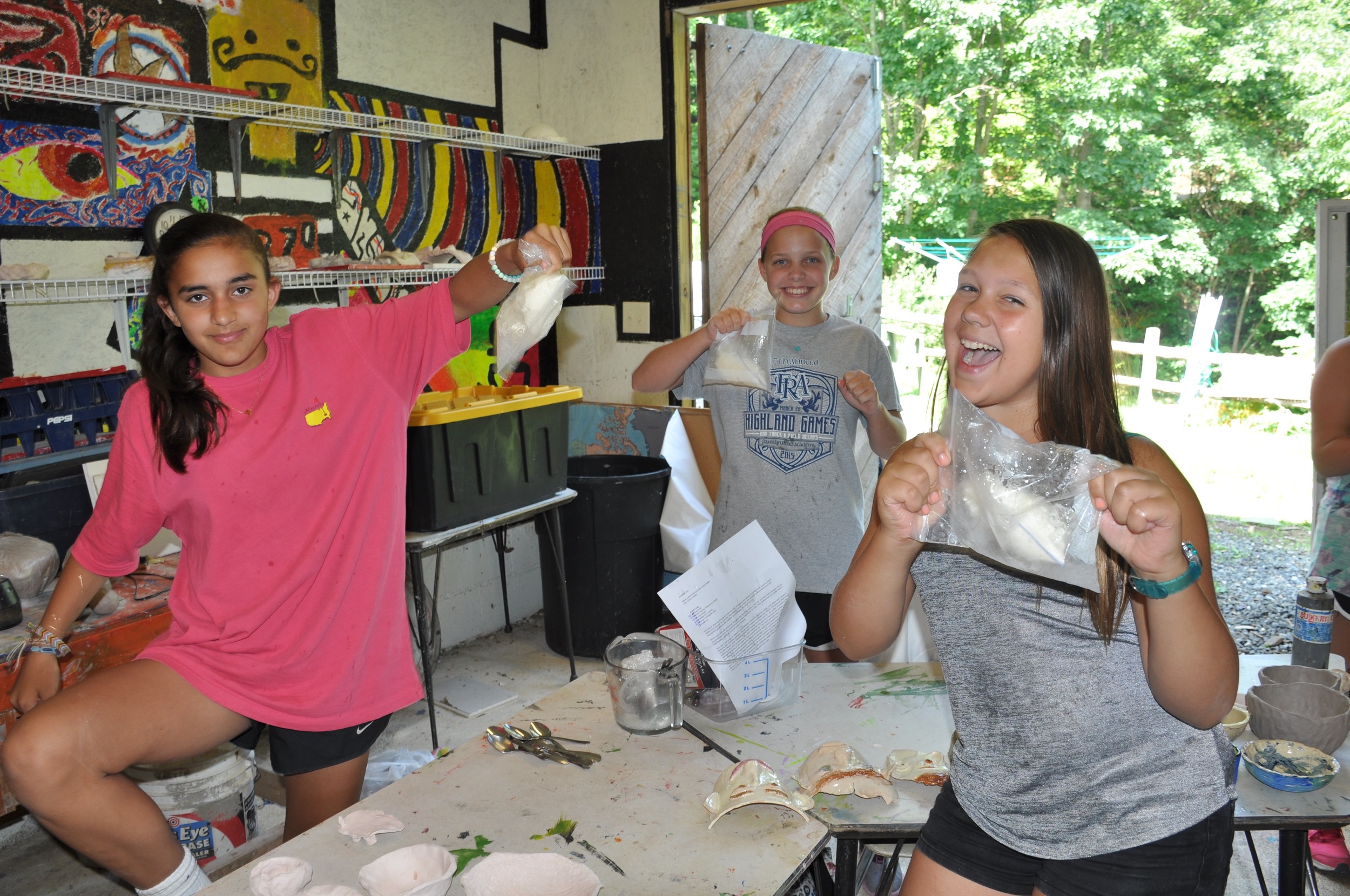

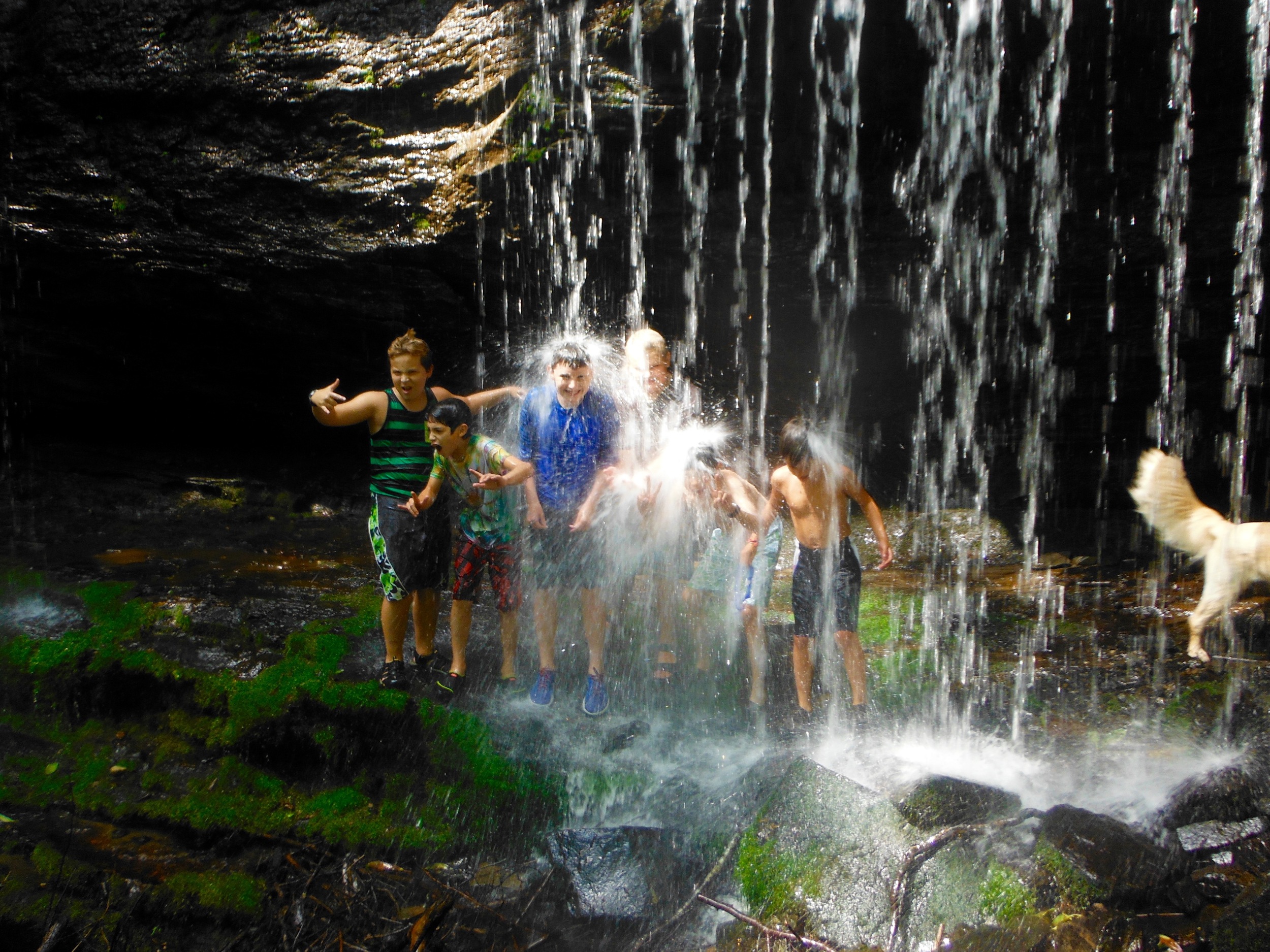
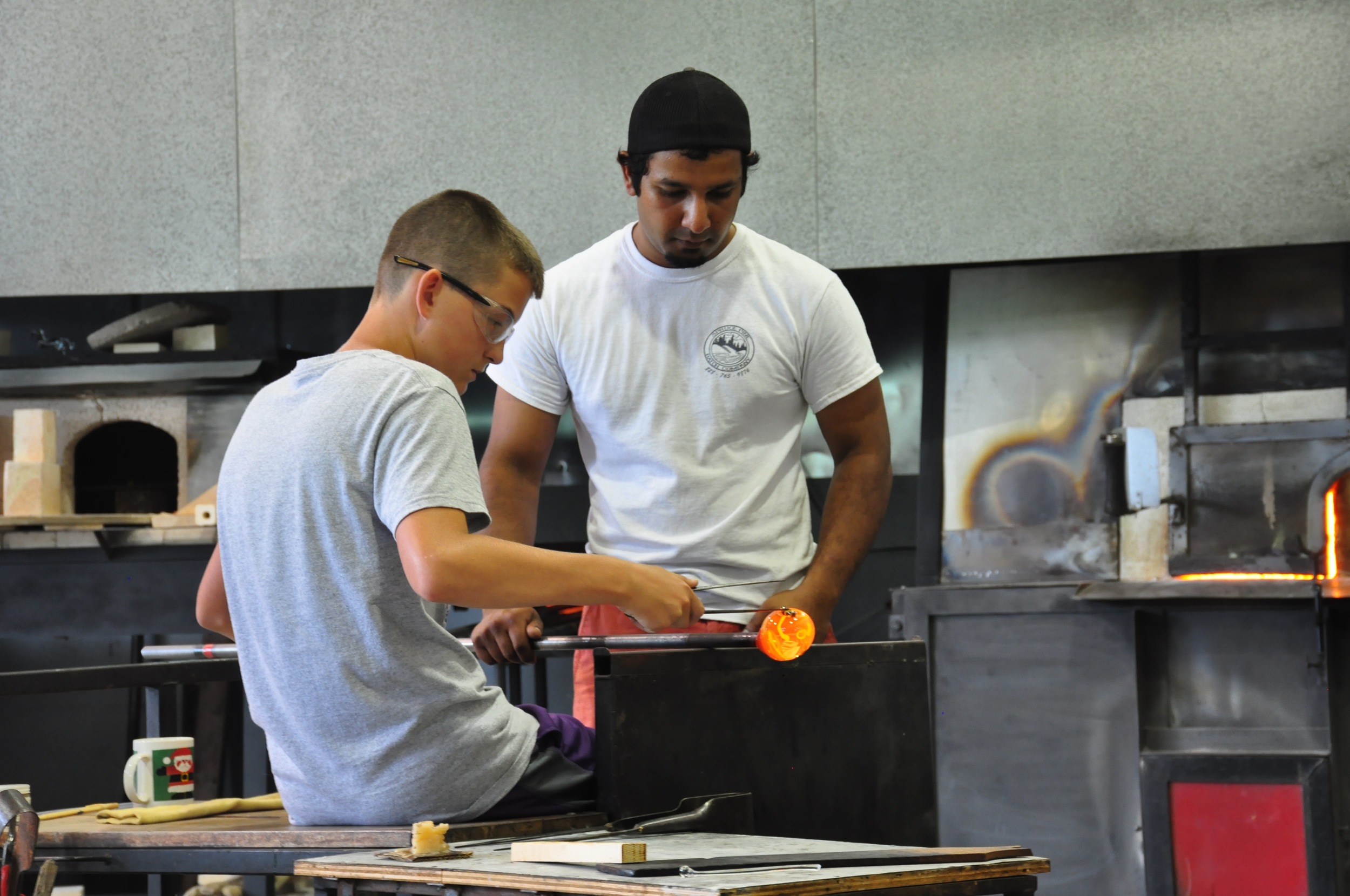
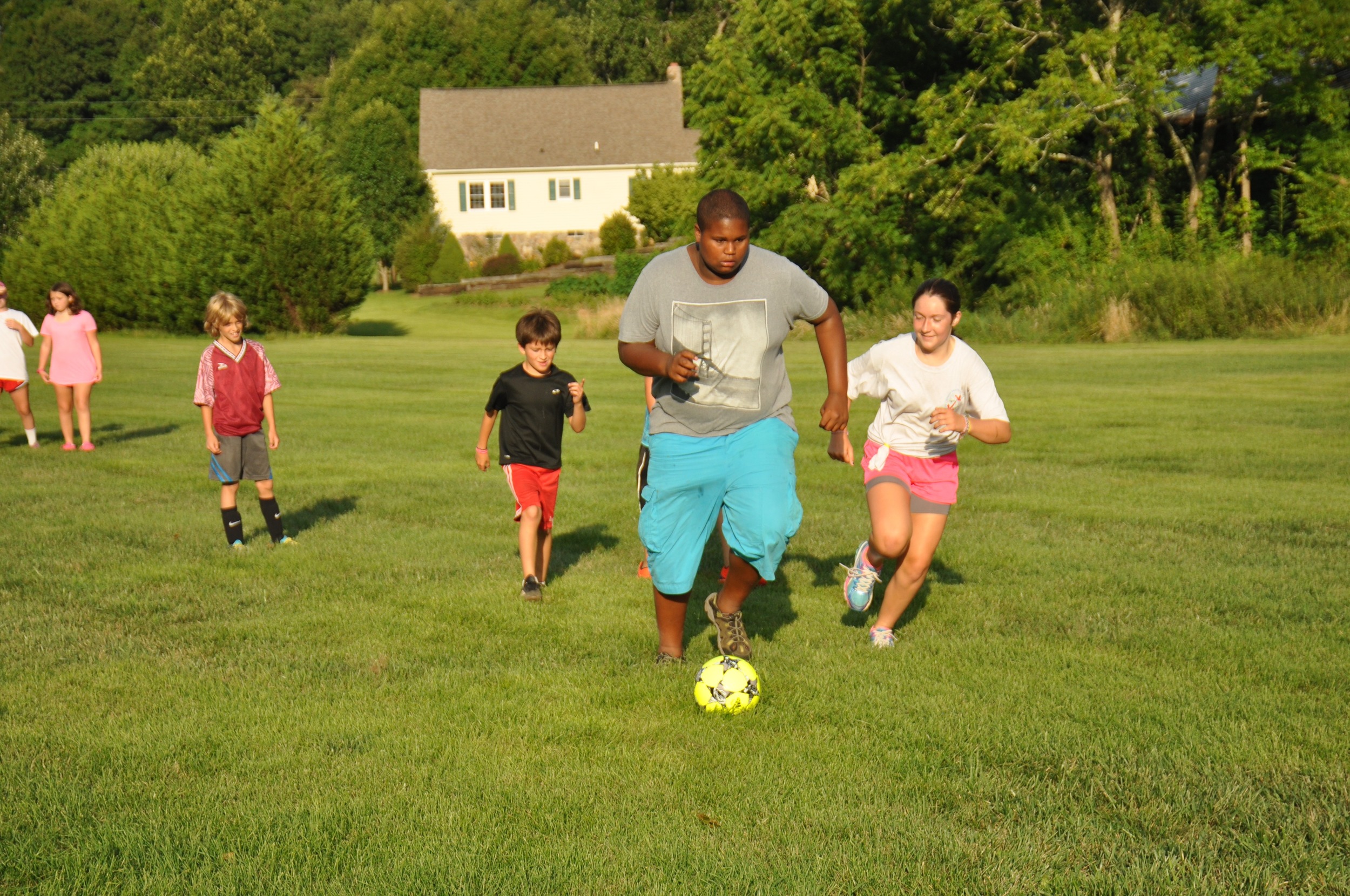
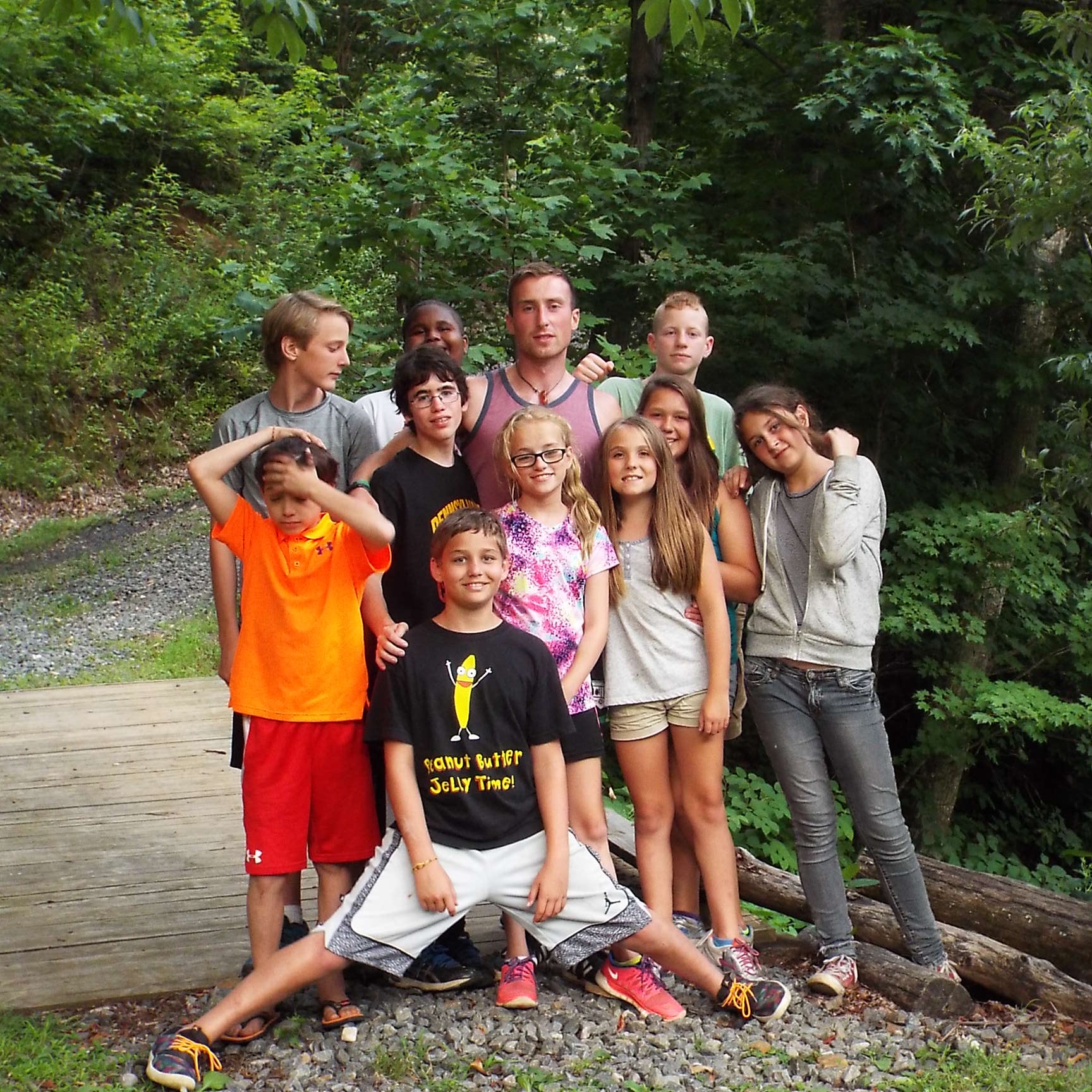 So it’s been four weeks since camp officially started and this year’s crop of campers descended on Camp Spring Creek. I’ve now been in North Carolina a little over a month, and can honestly say it has been the quickest five weeks I have ever experienced.
So it’s been four weeks since camp officially started and this year’s crop of campers descended on Camp Spring Creek. I’ve now been in North Carolina a little over a month, and can honestly say it has been the quickest five weeks I have ever experienced. 

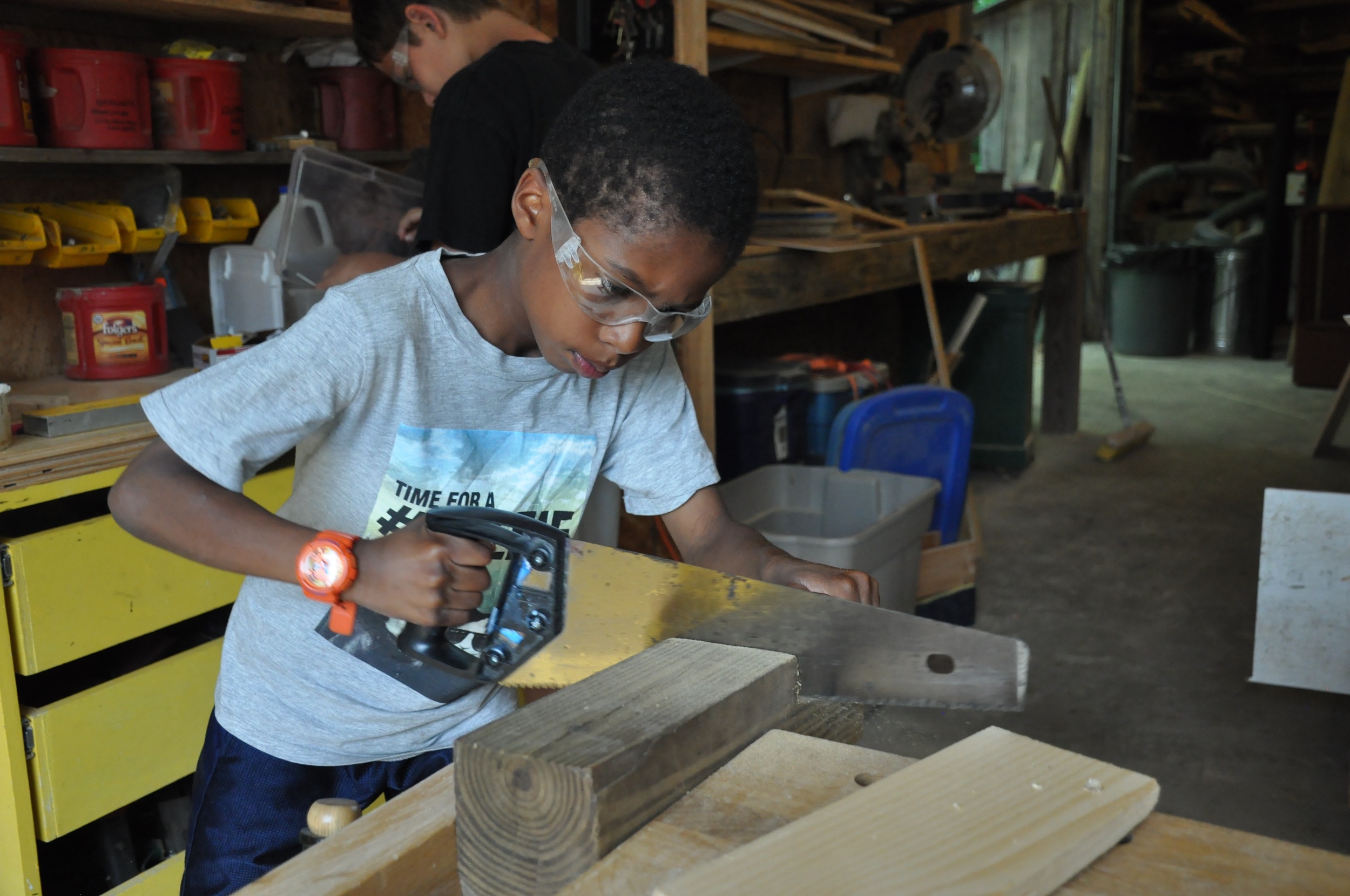
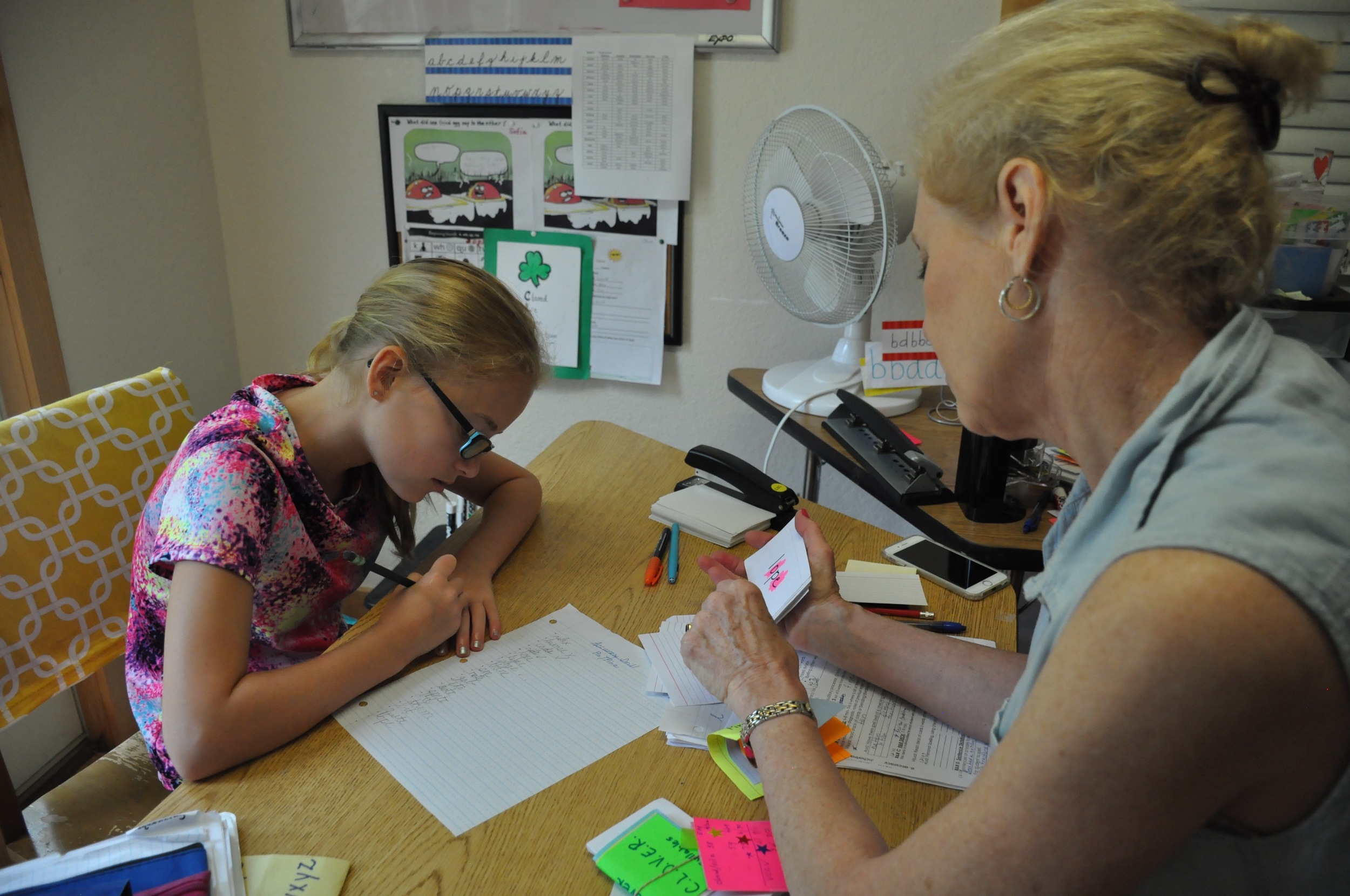
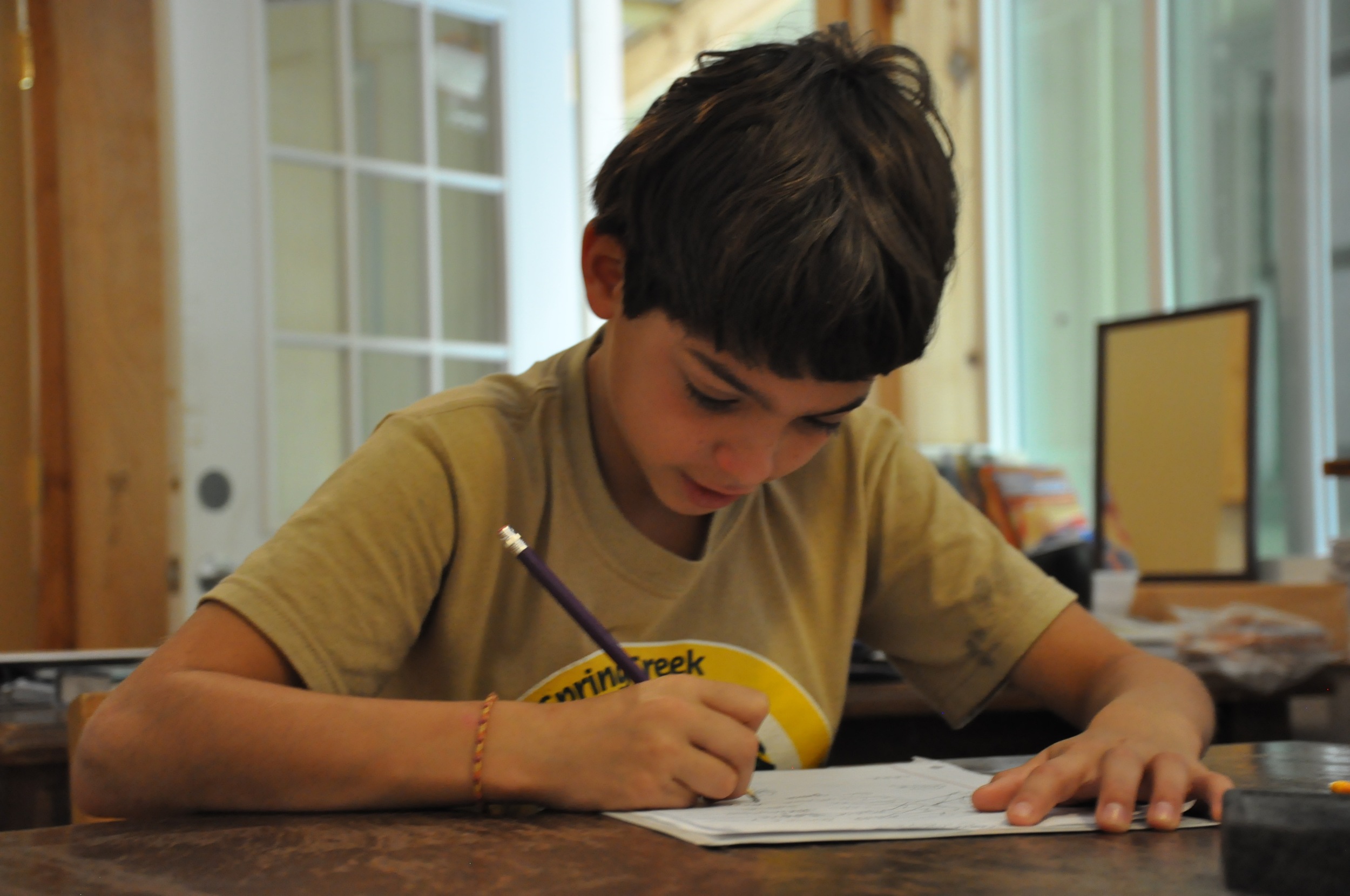
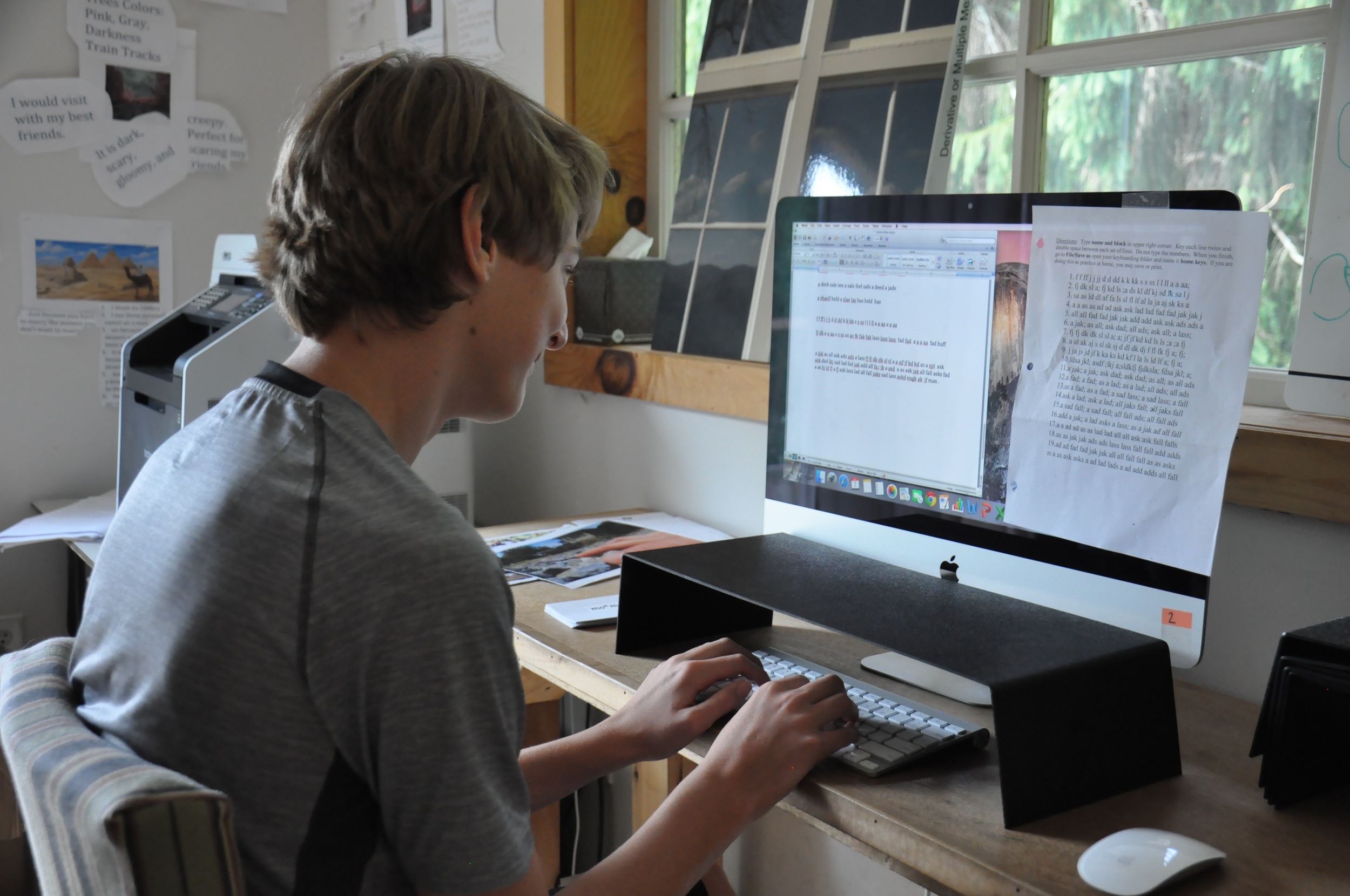


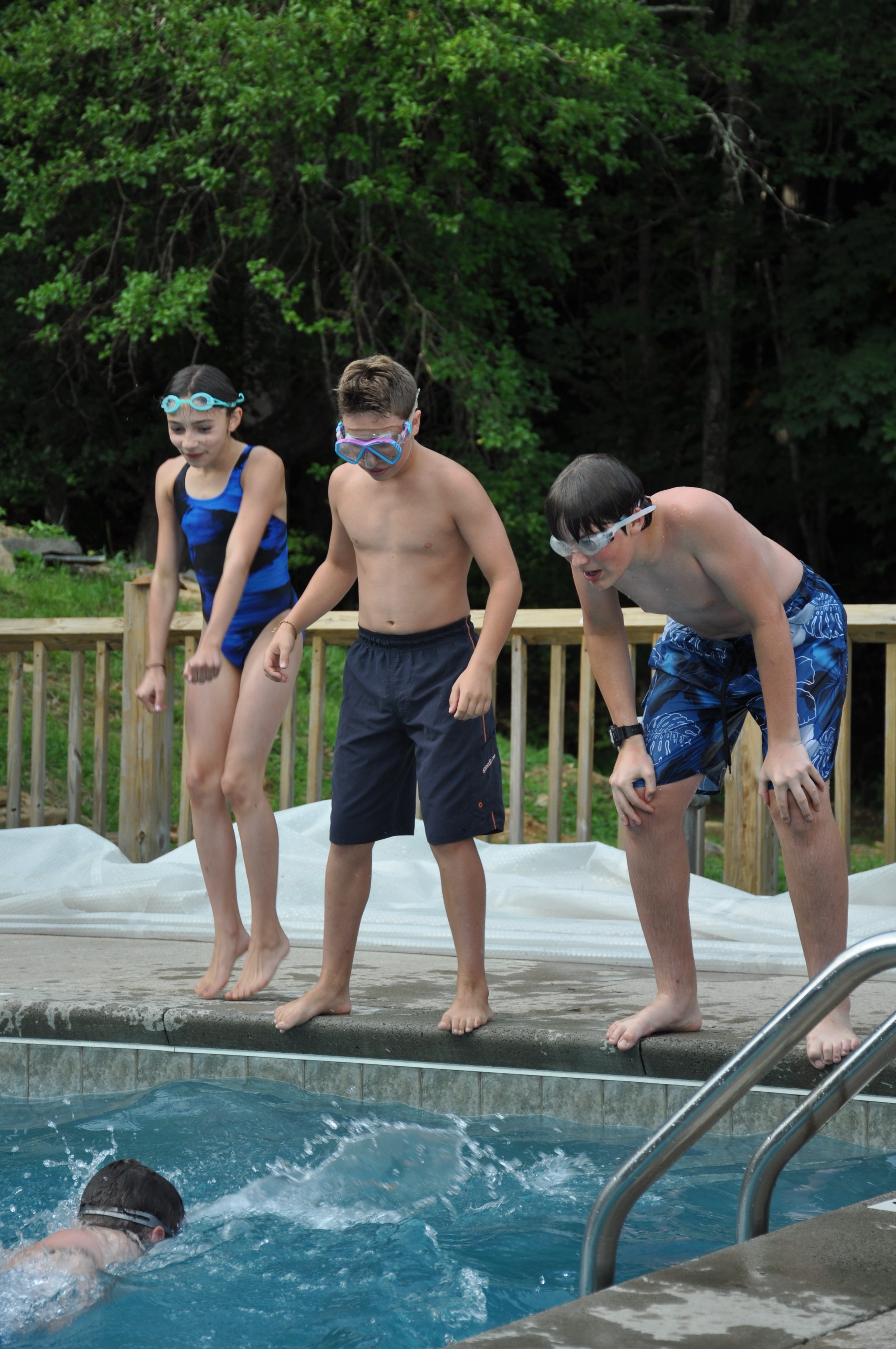
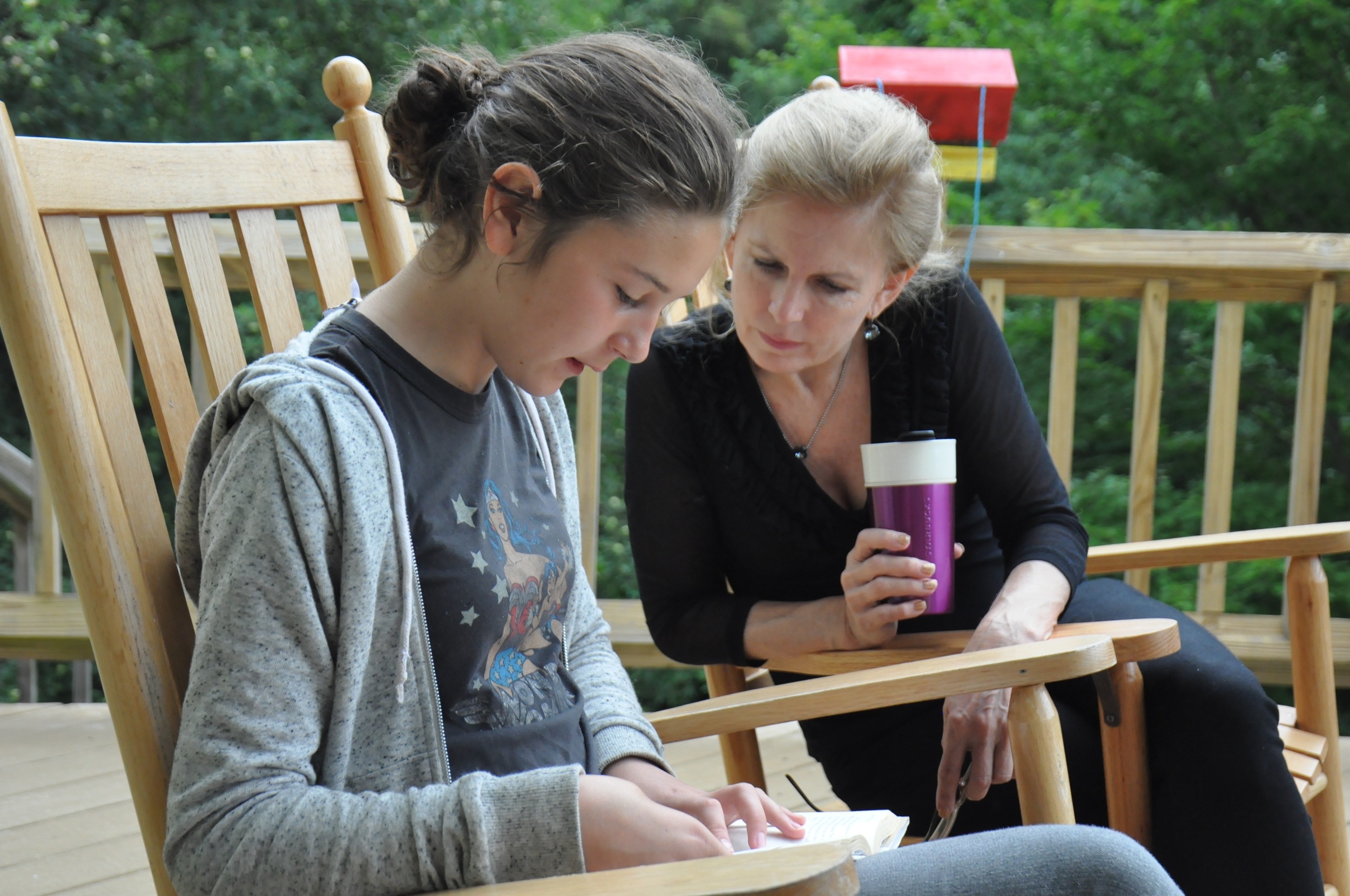

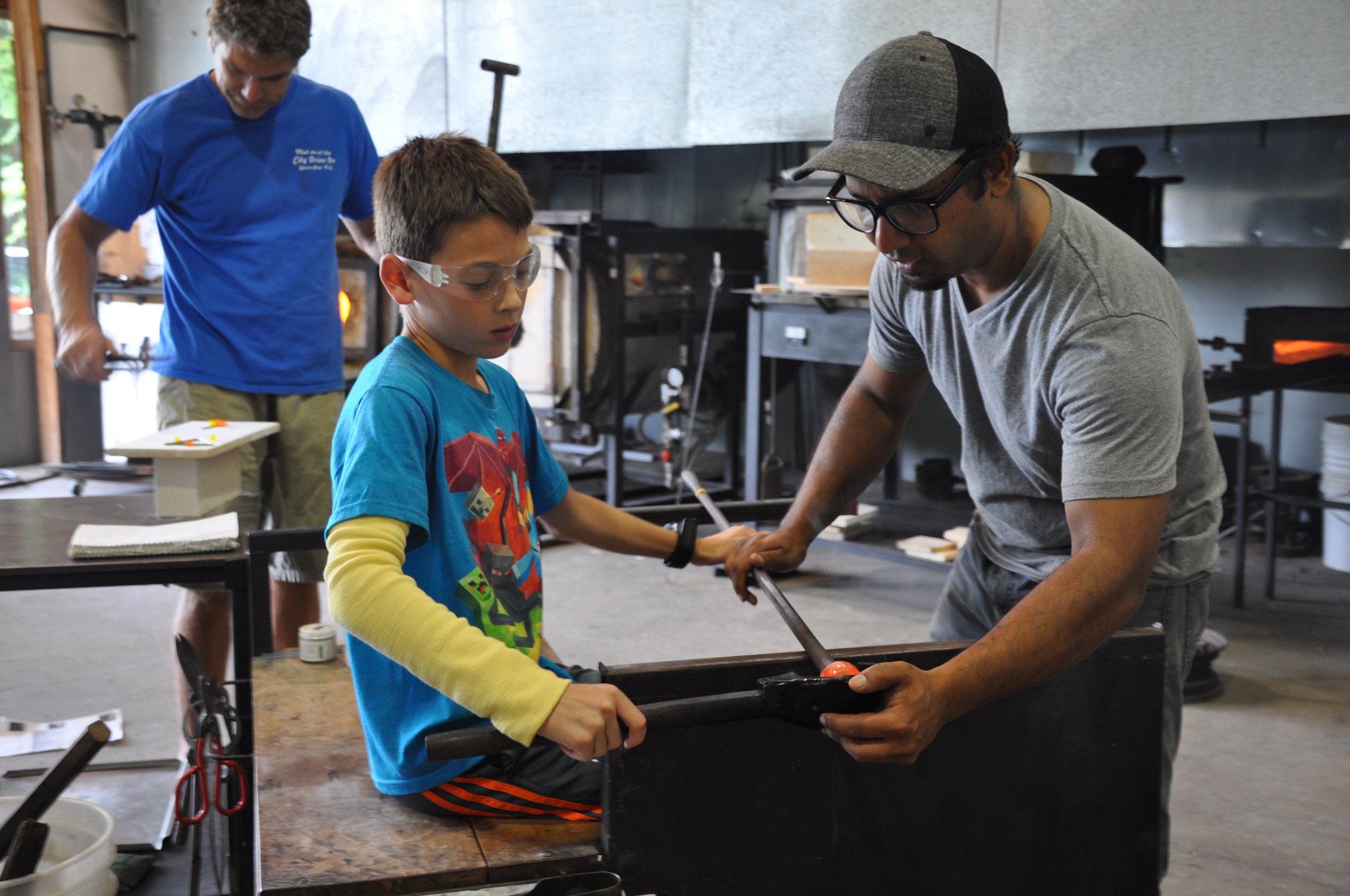
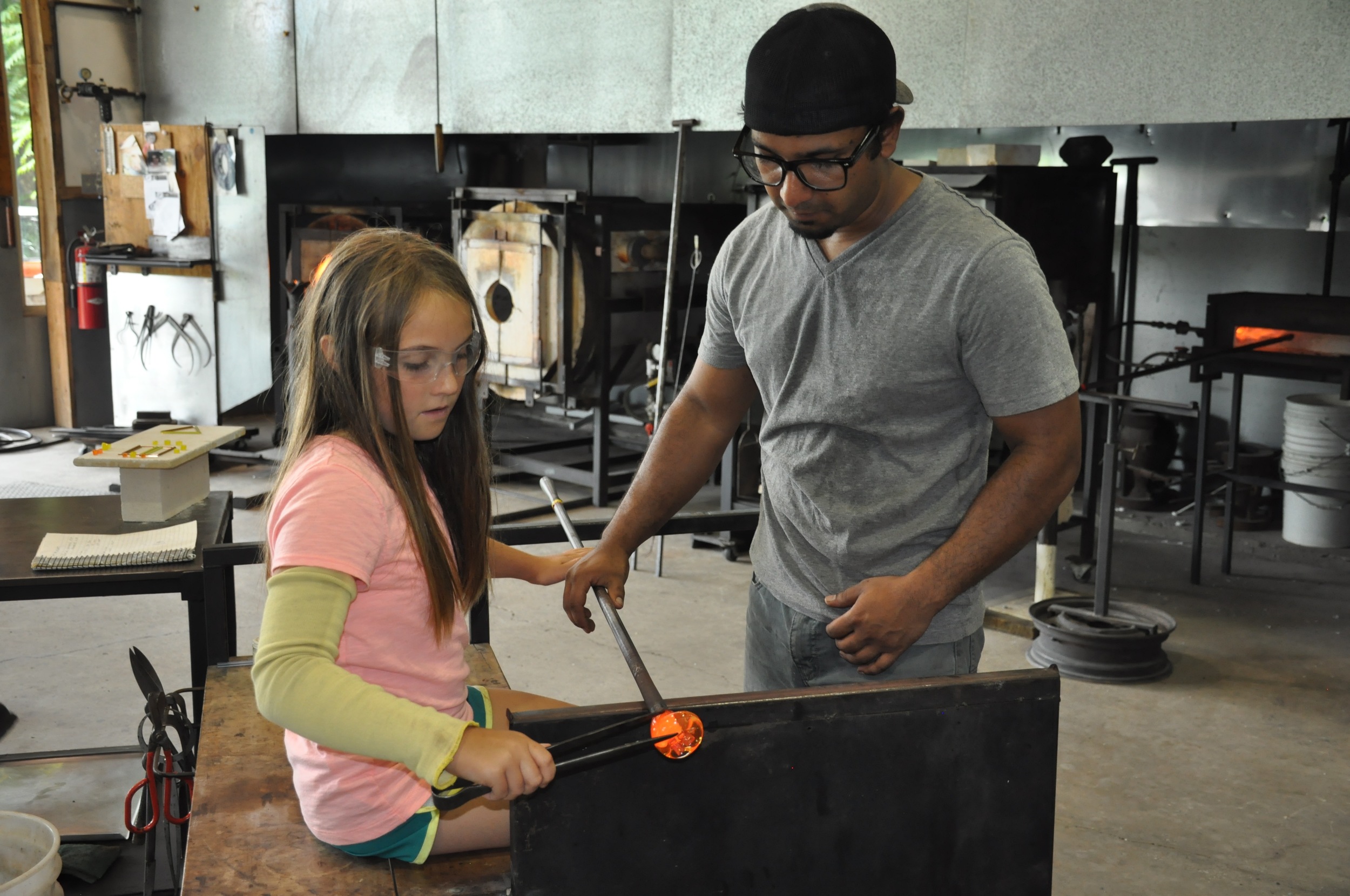
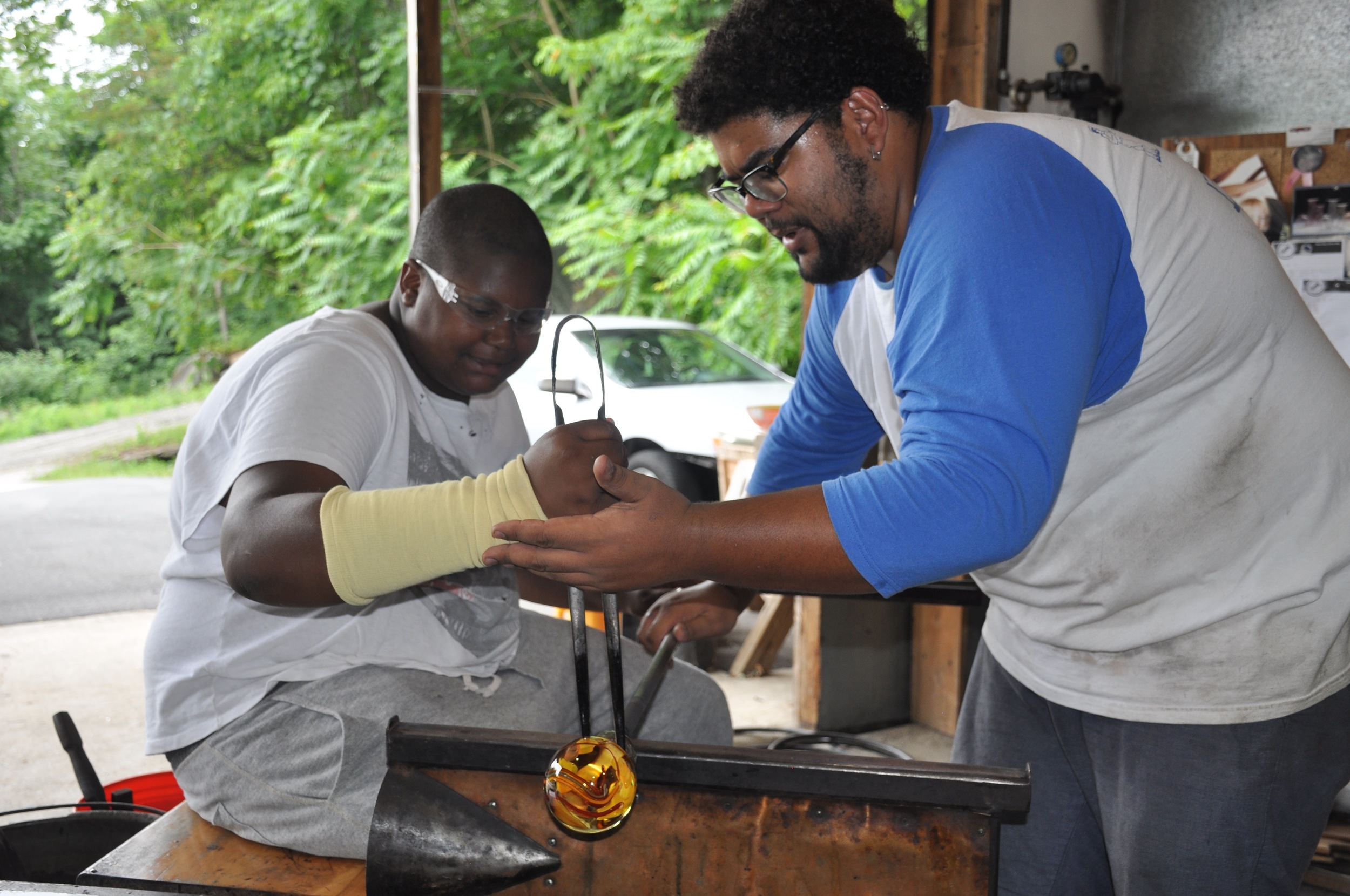

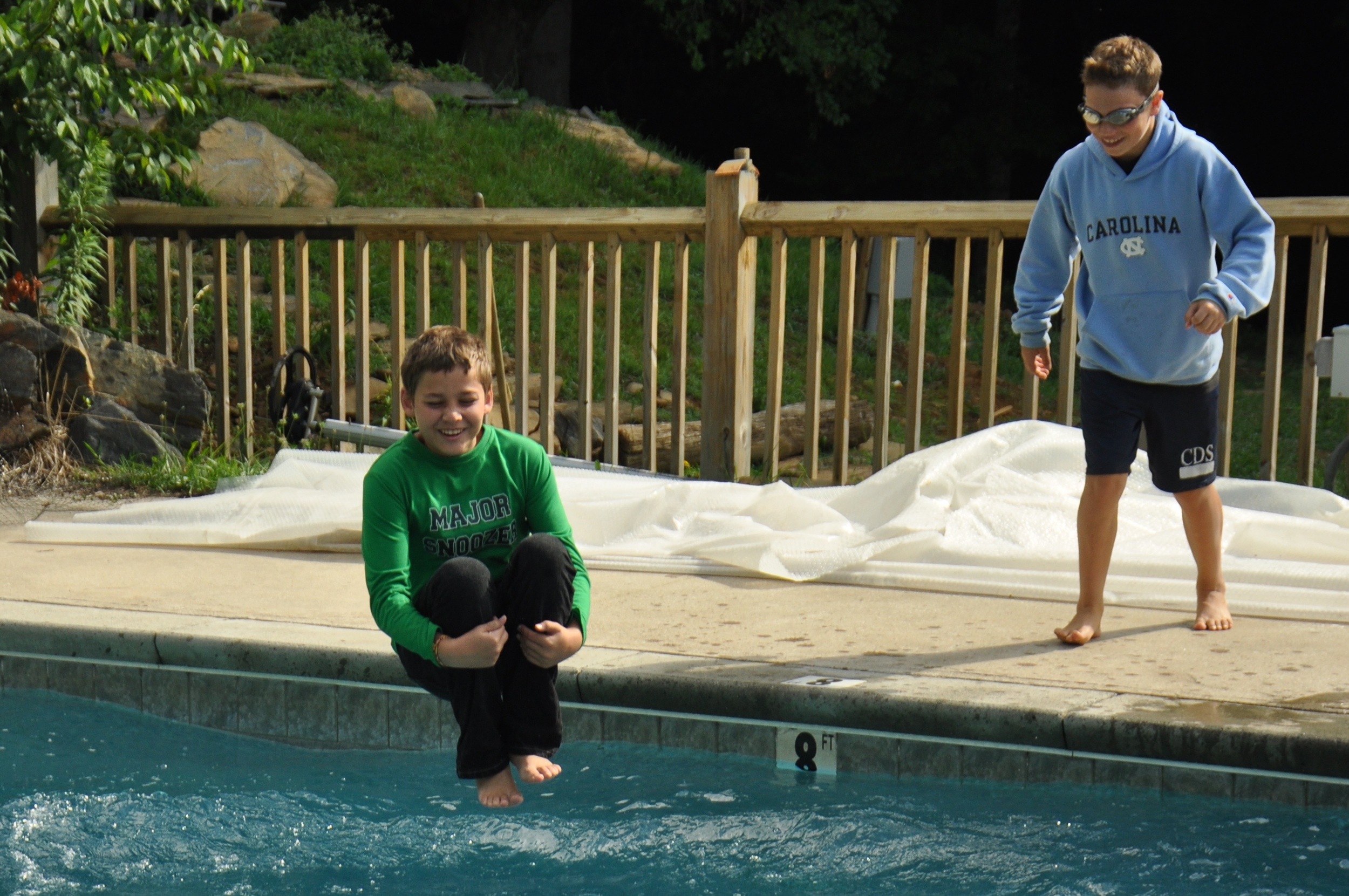

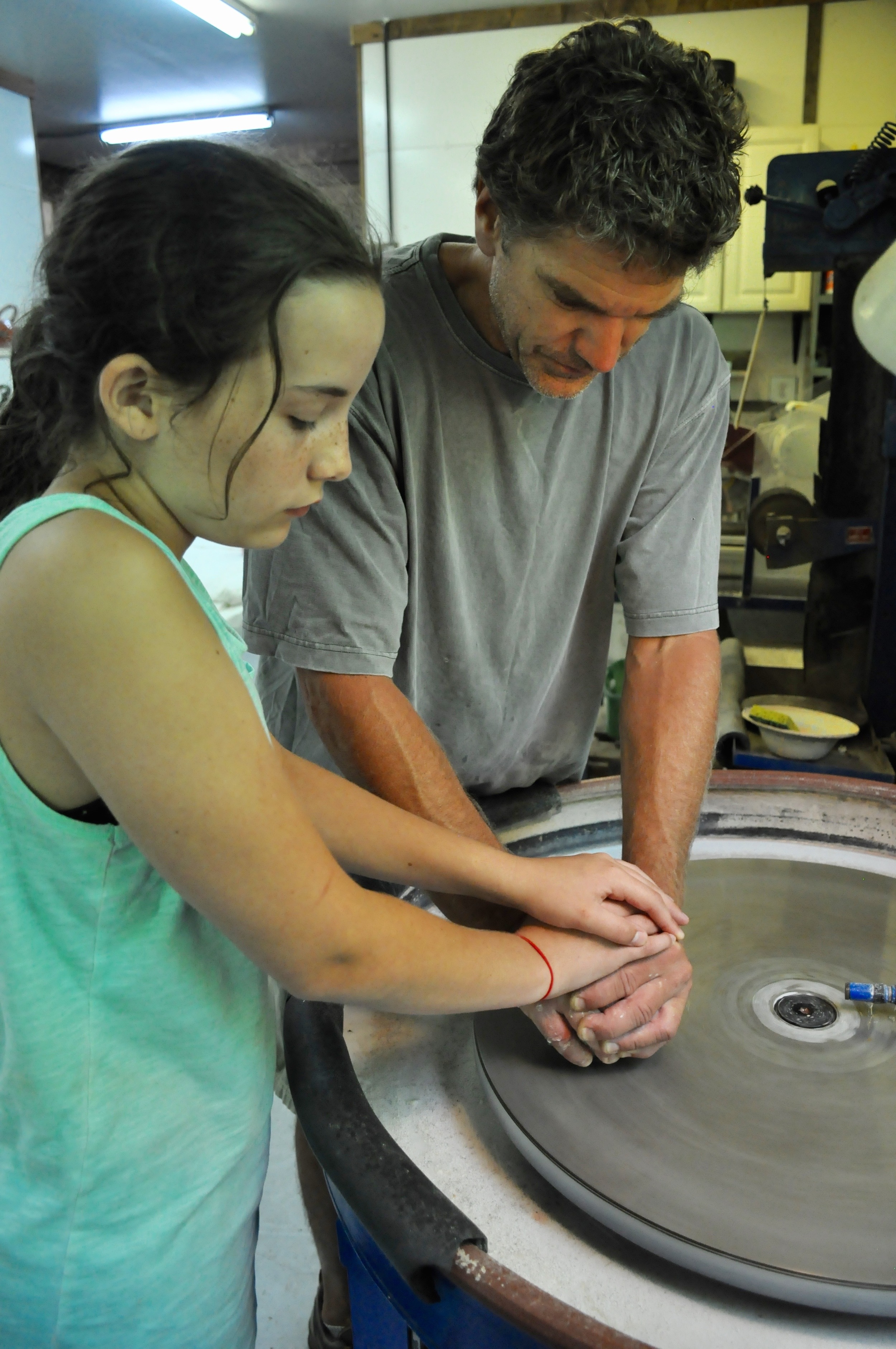
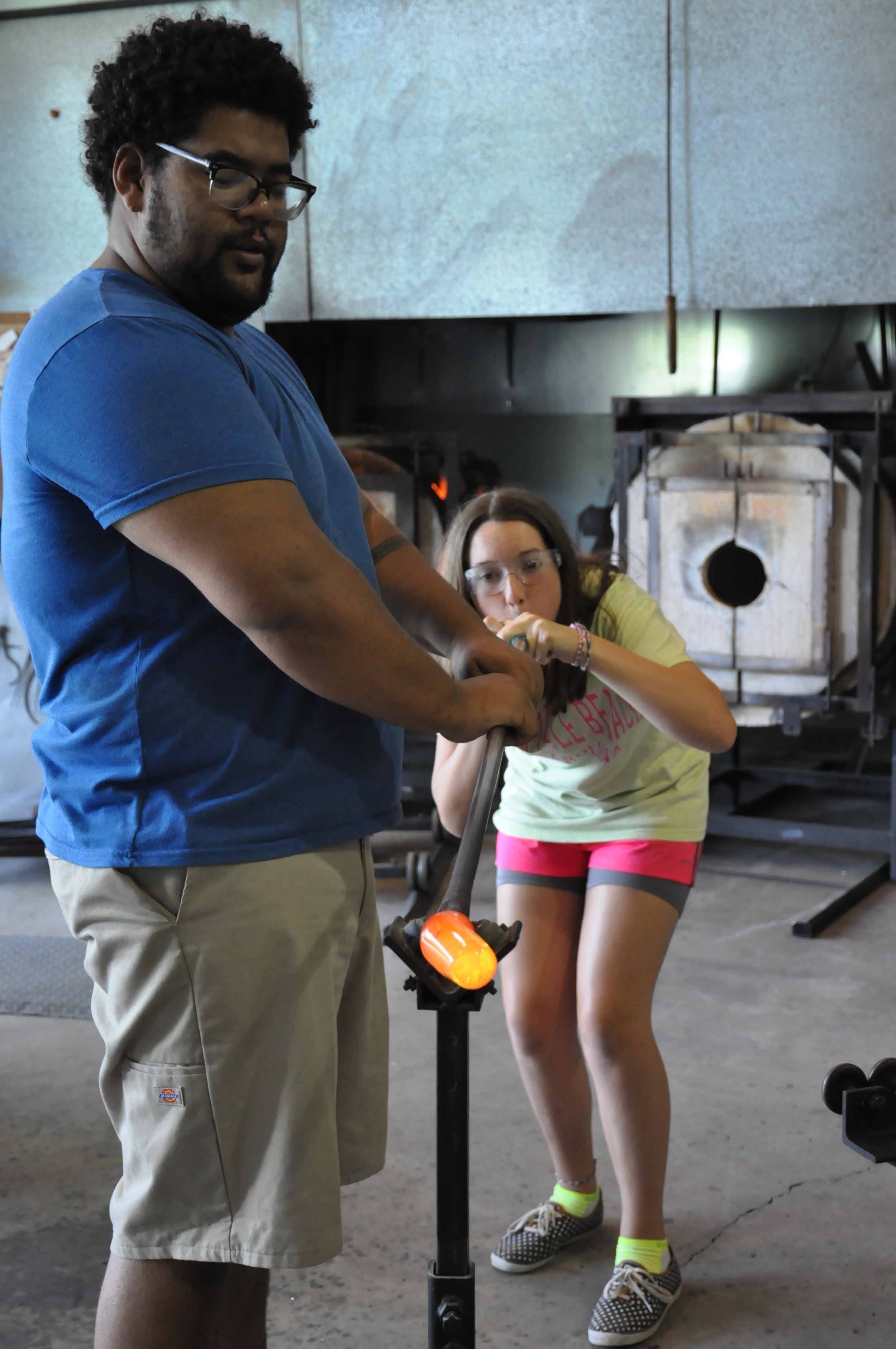

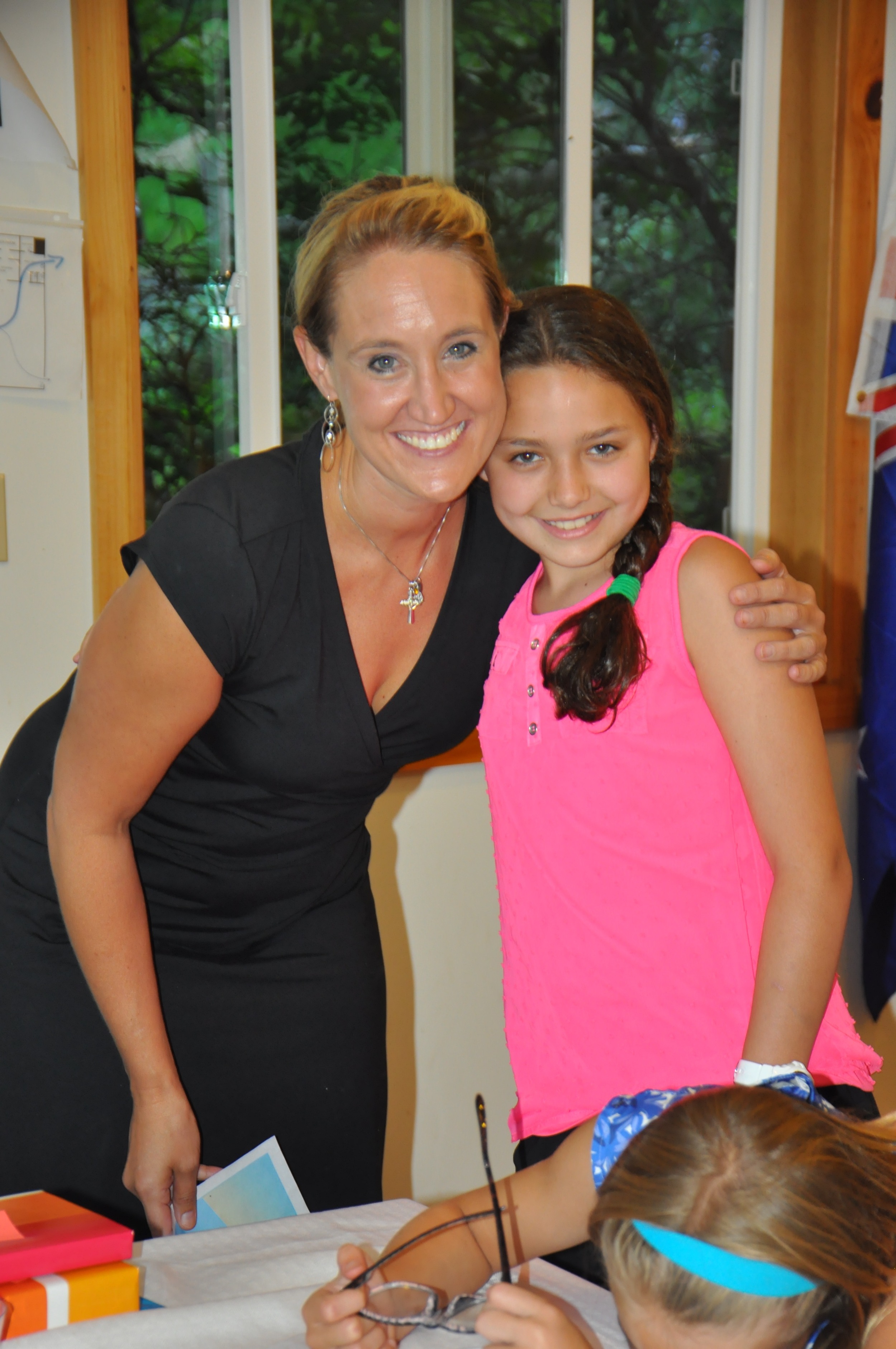
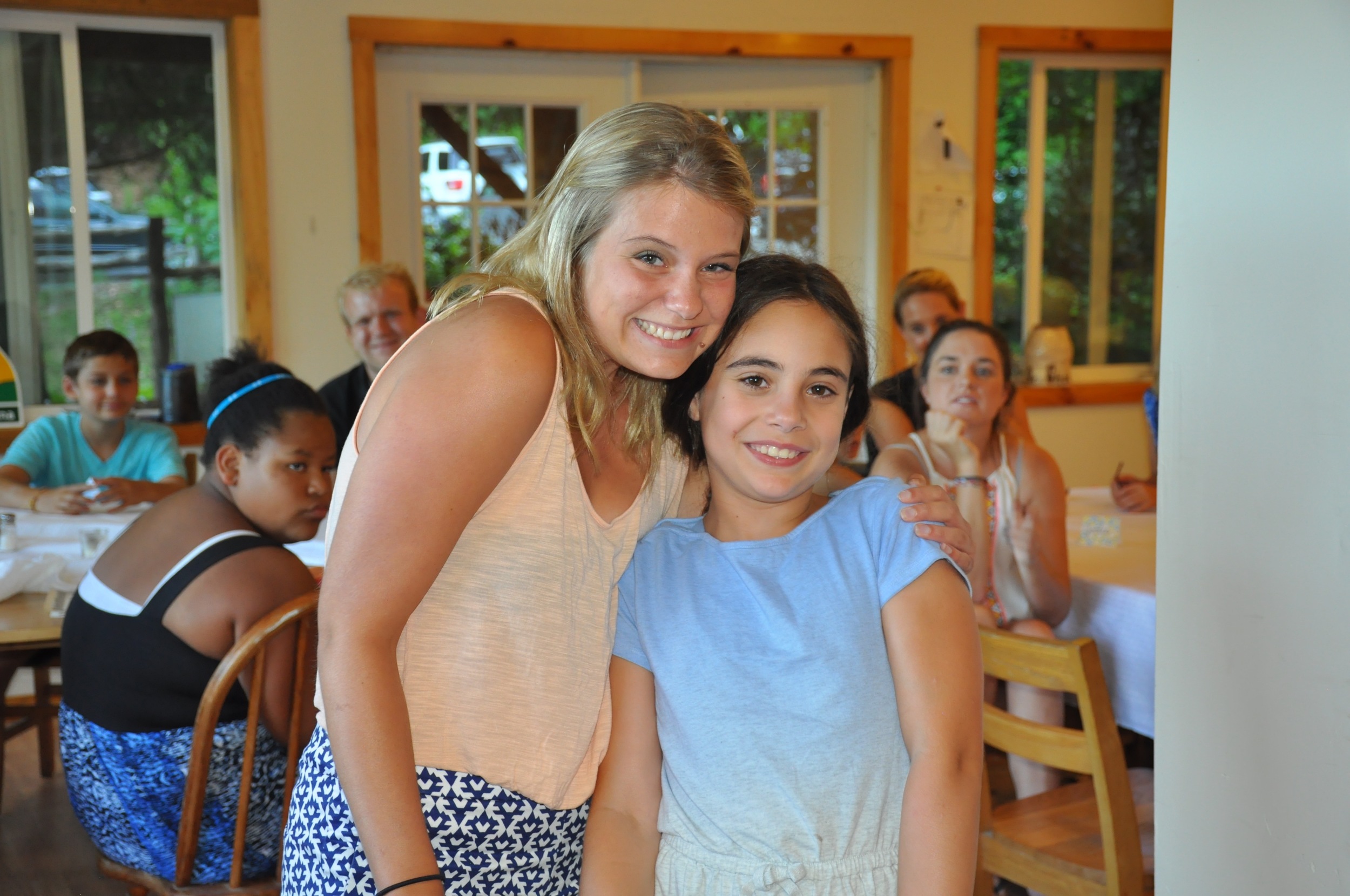
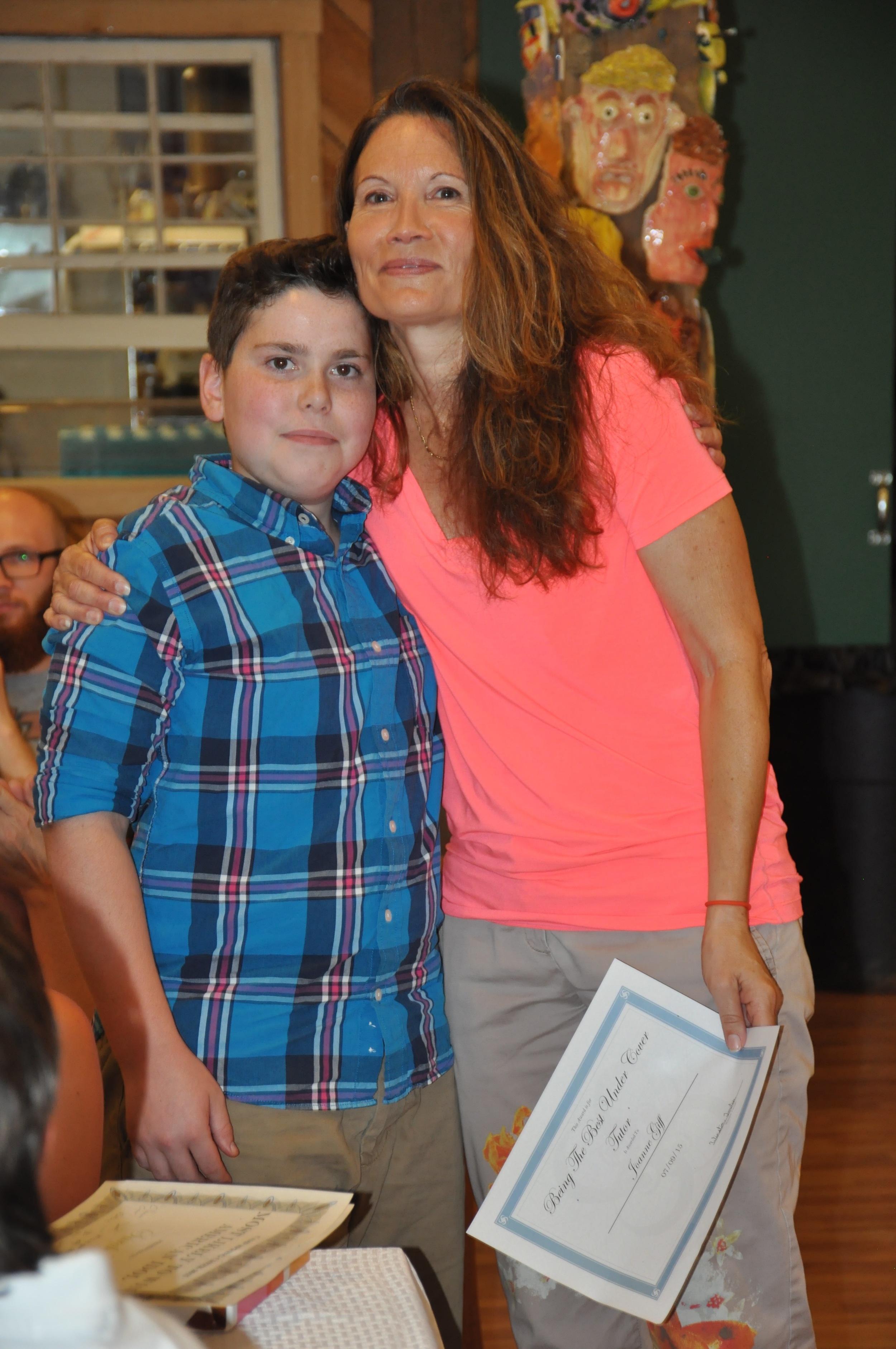
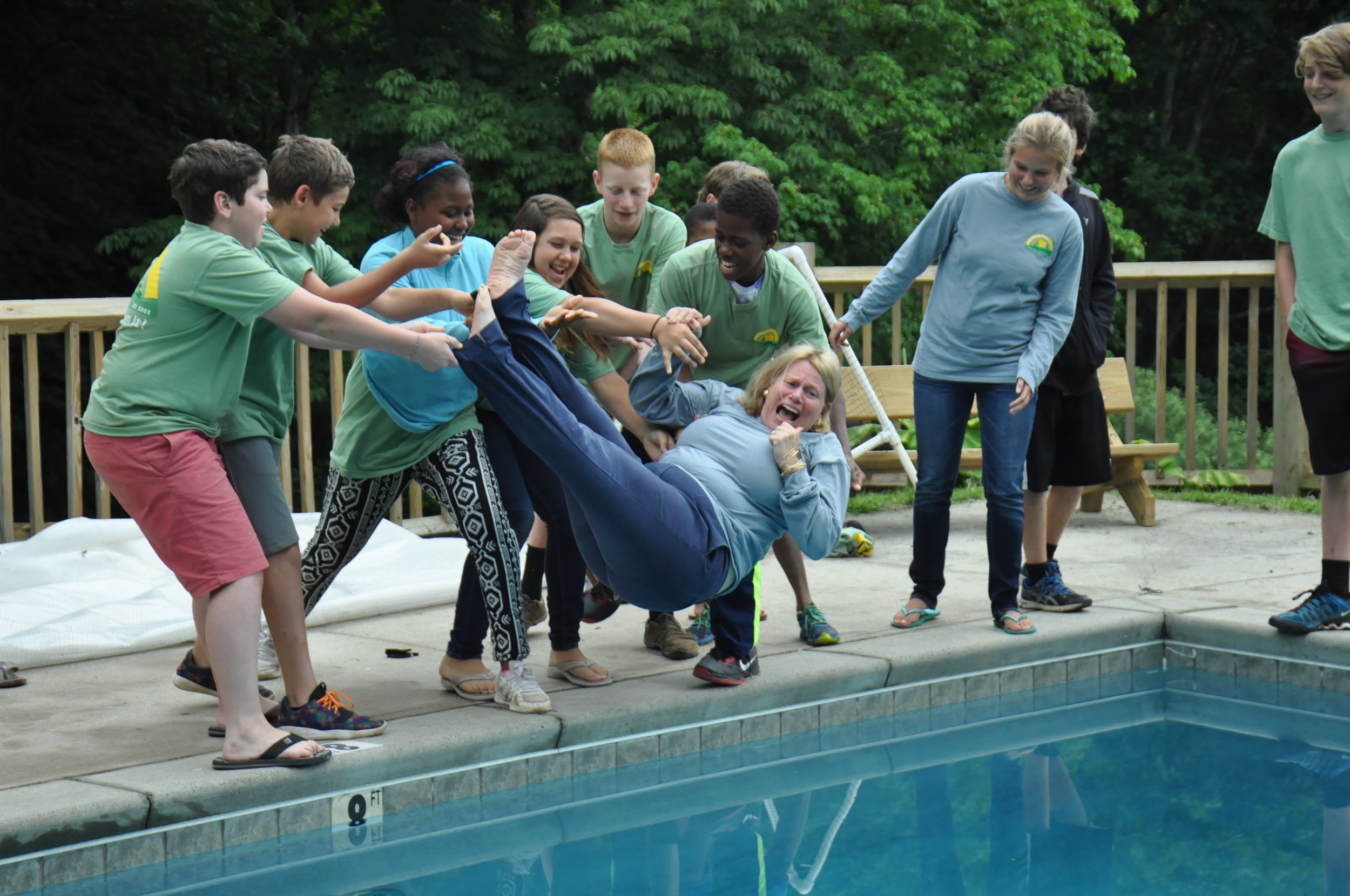
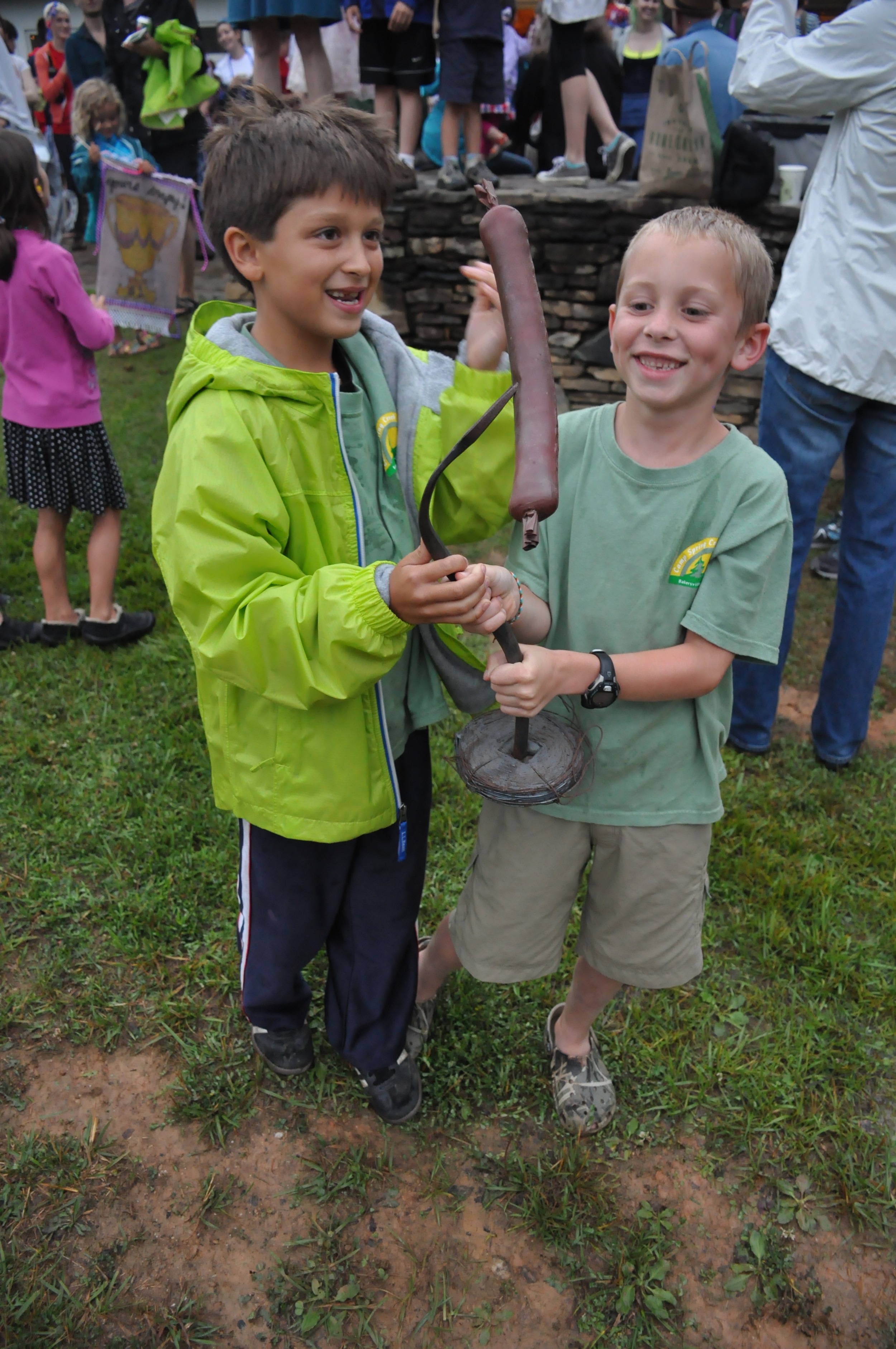
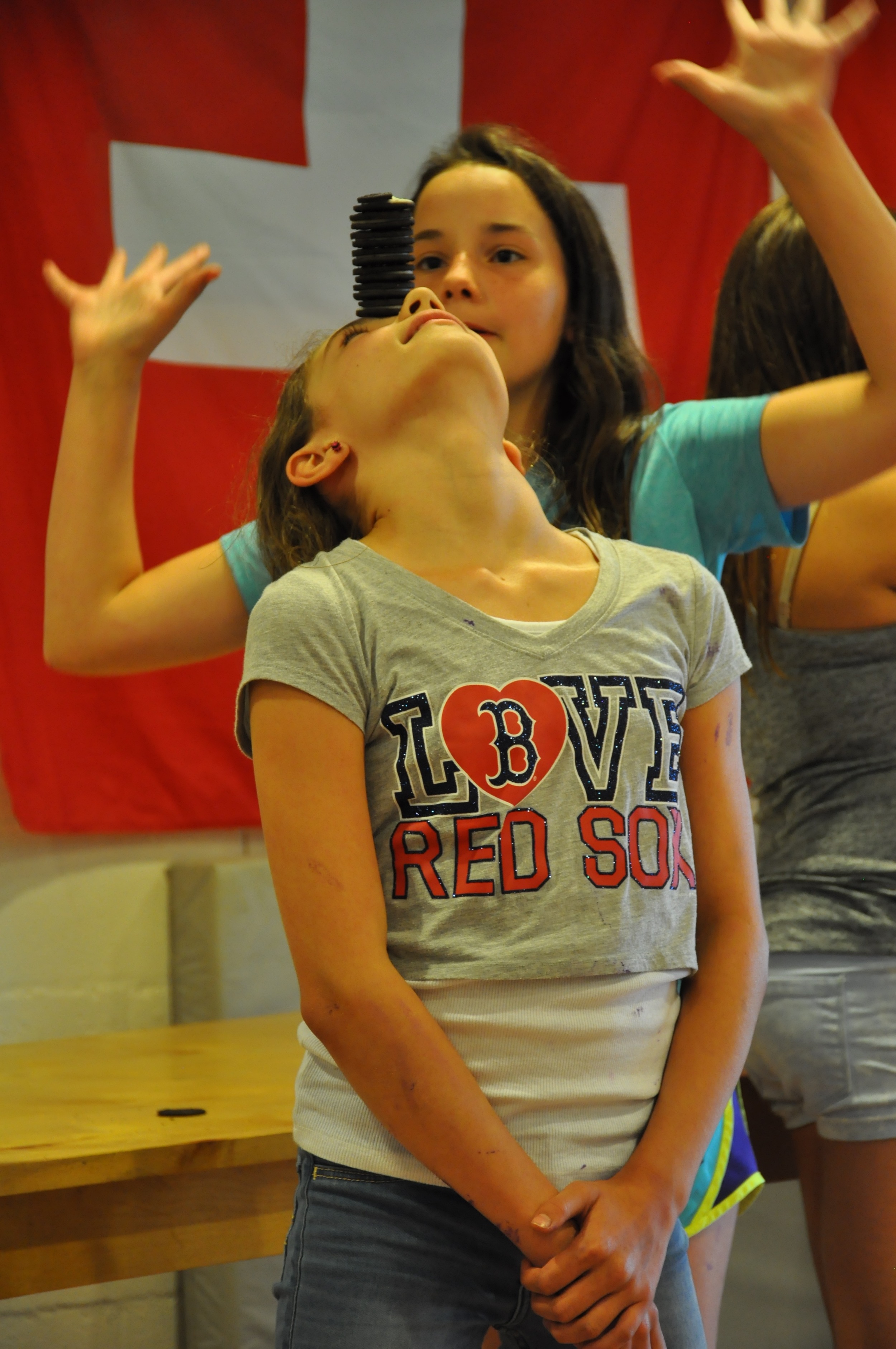
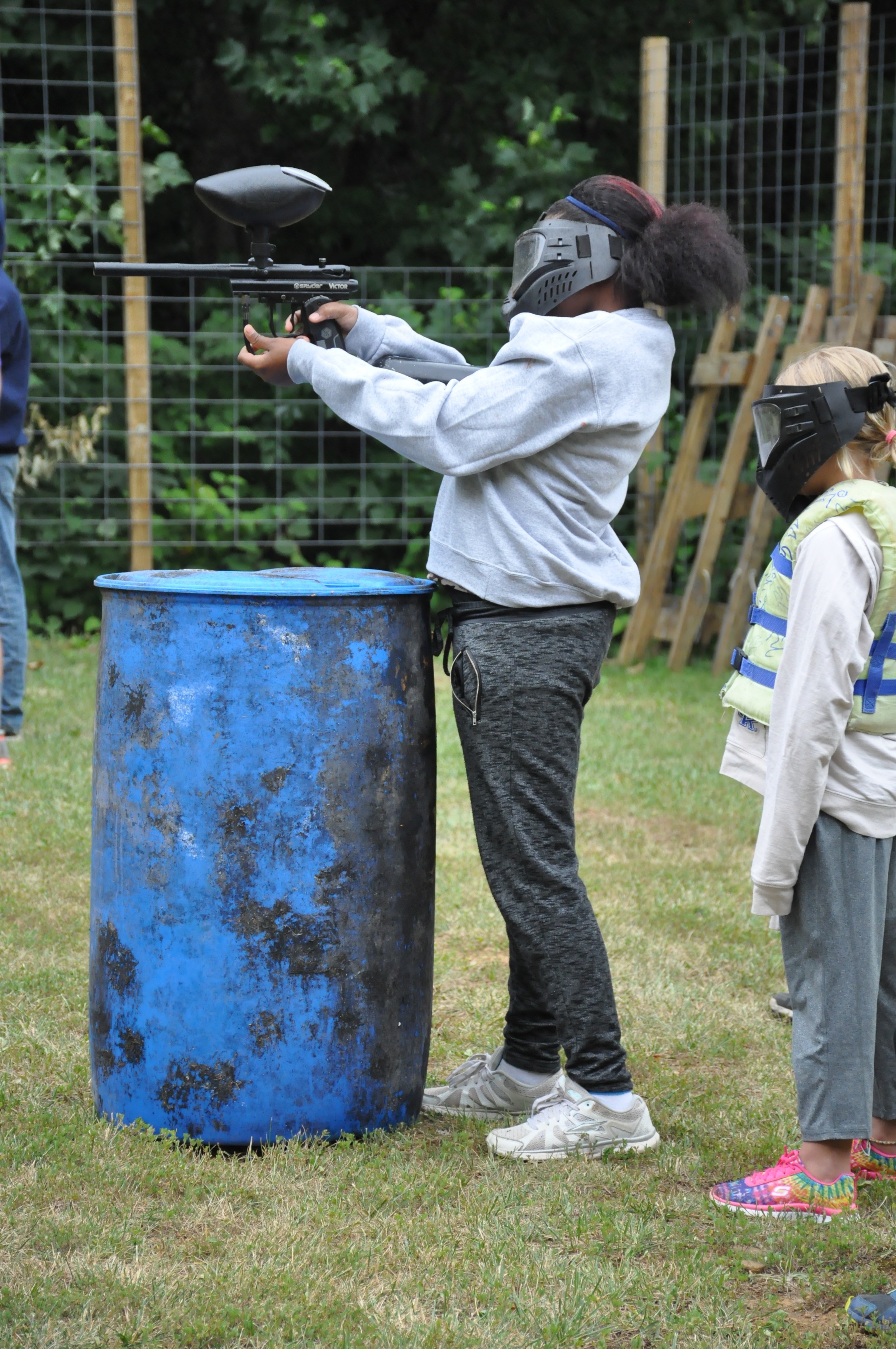
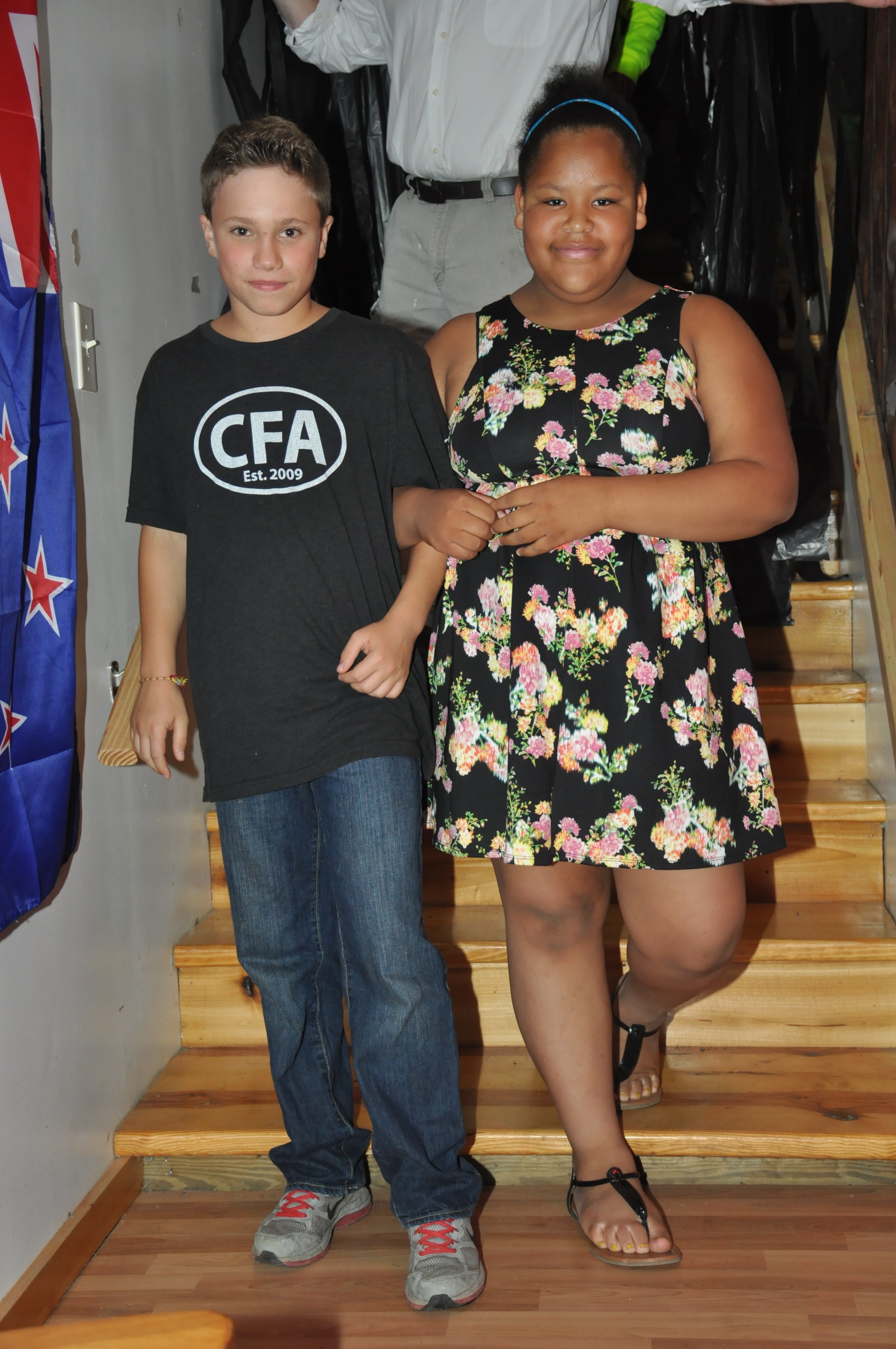
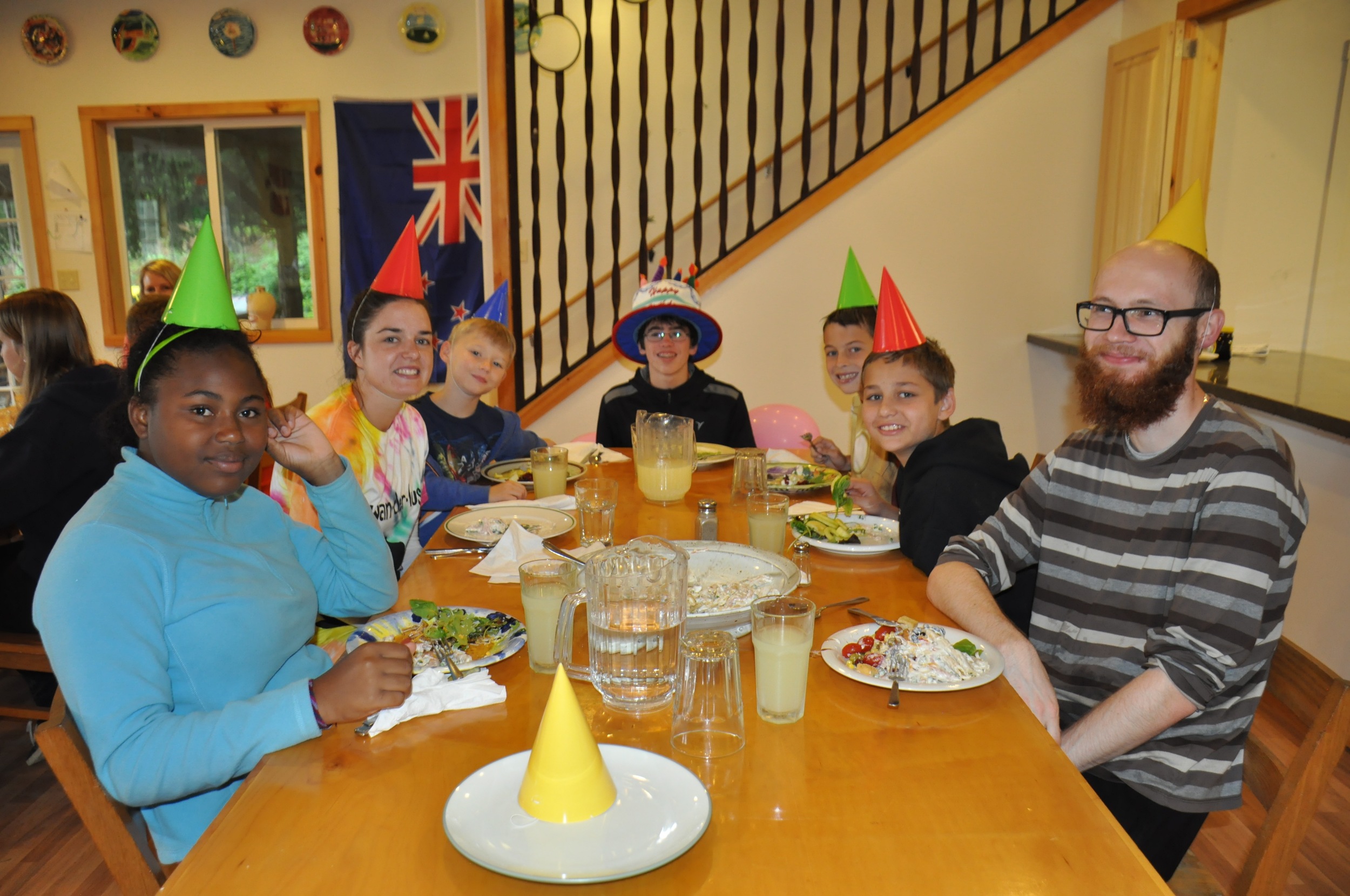
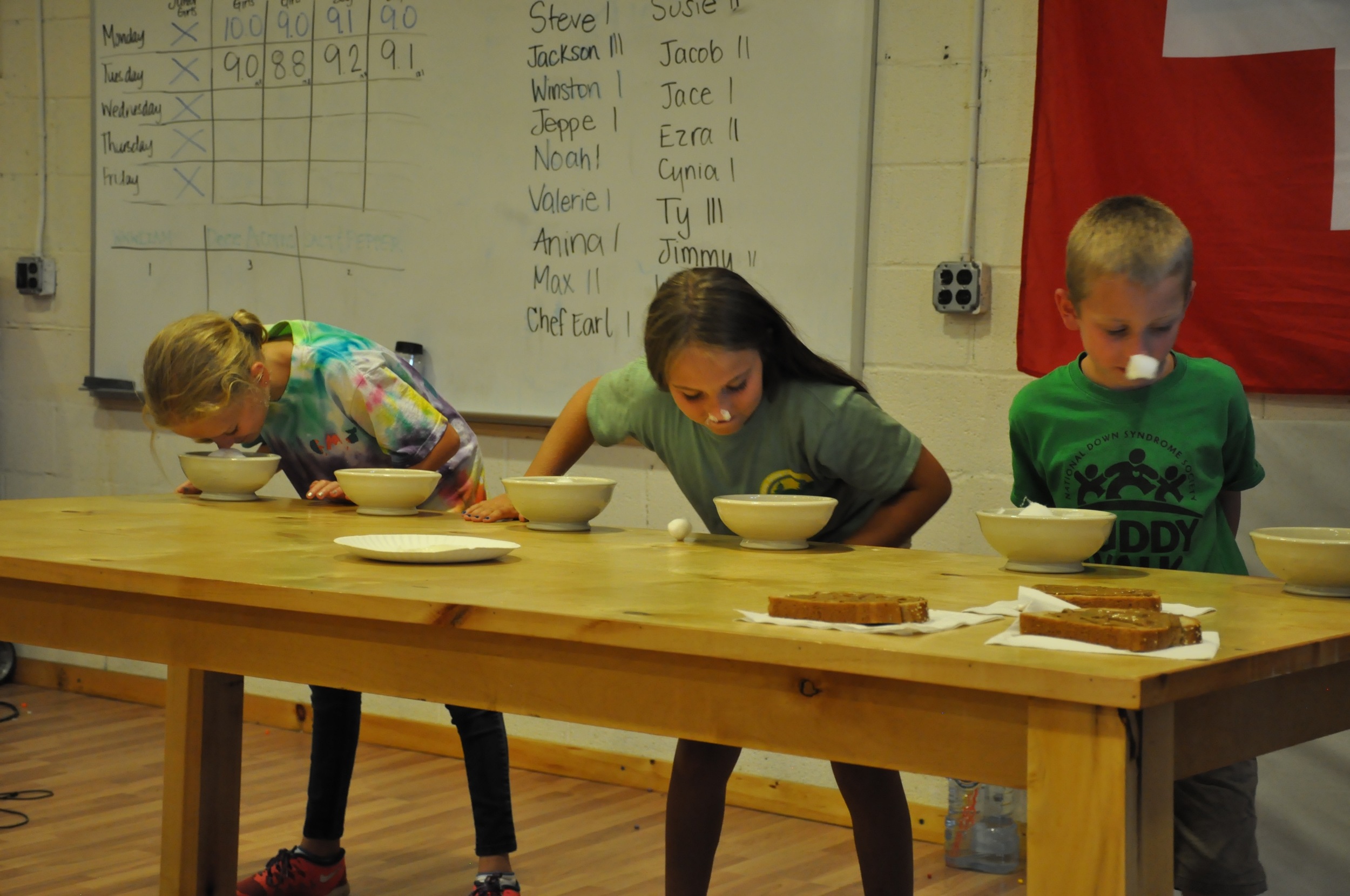
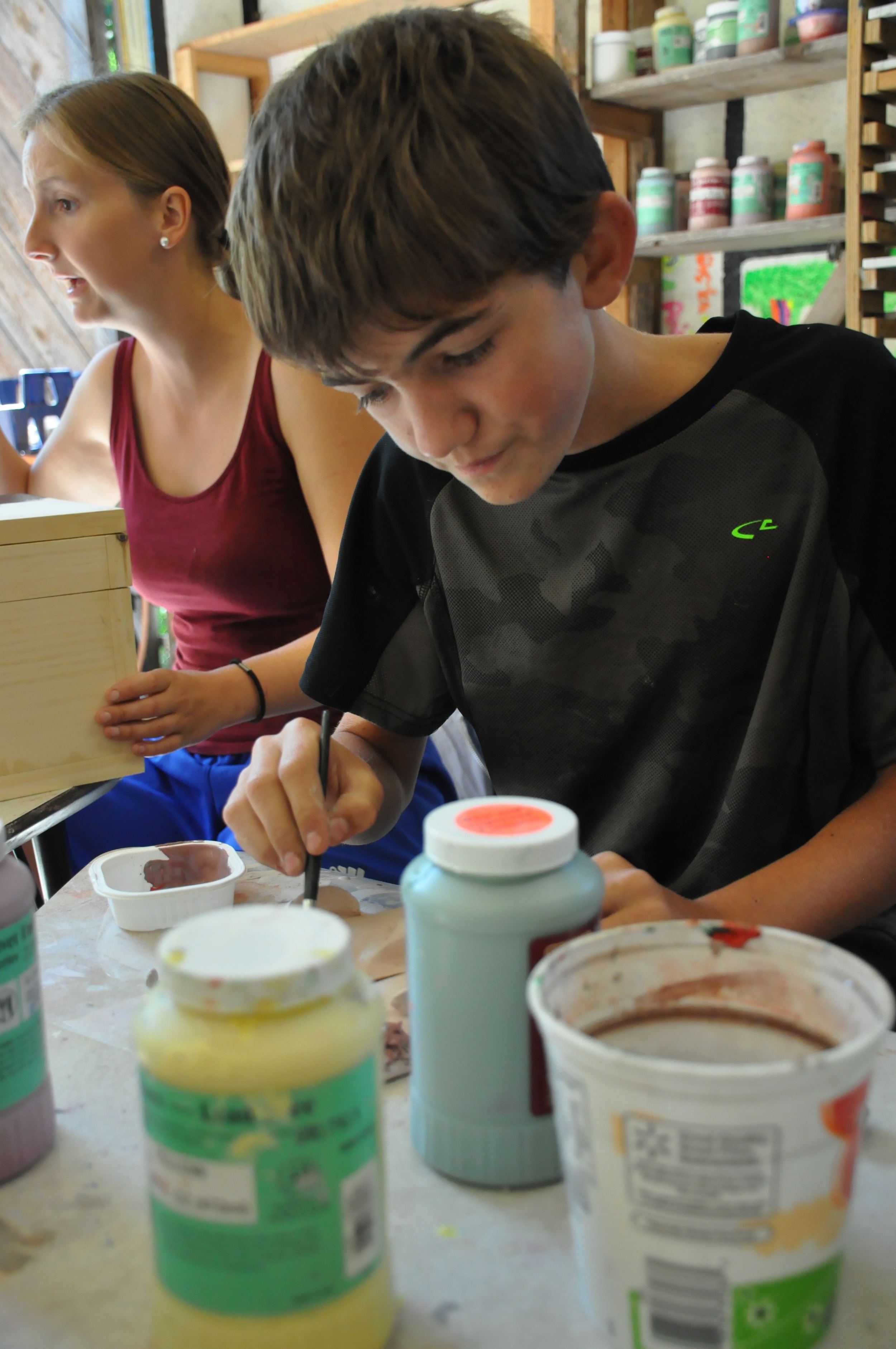
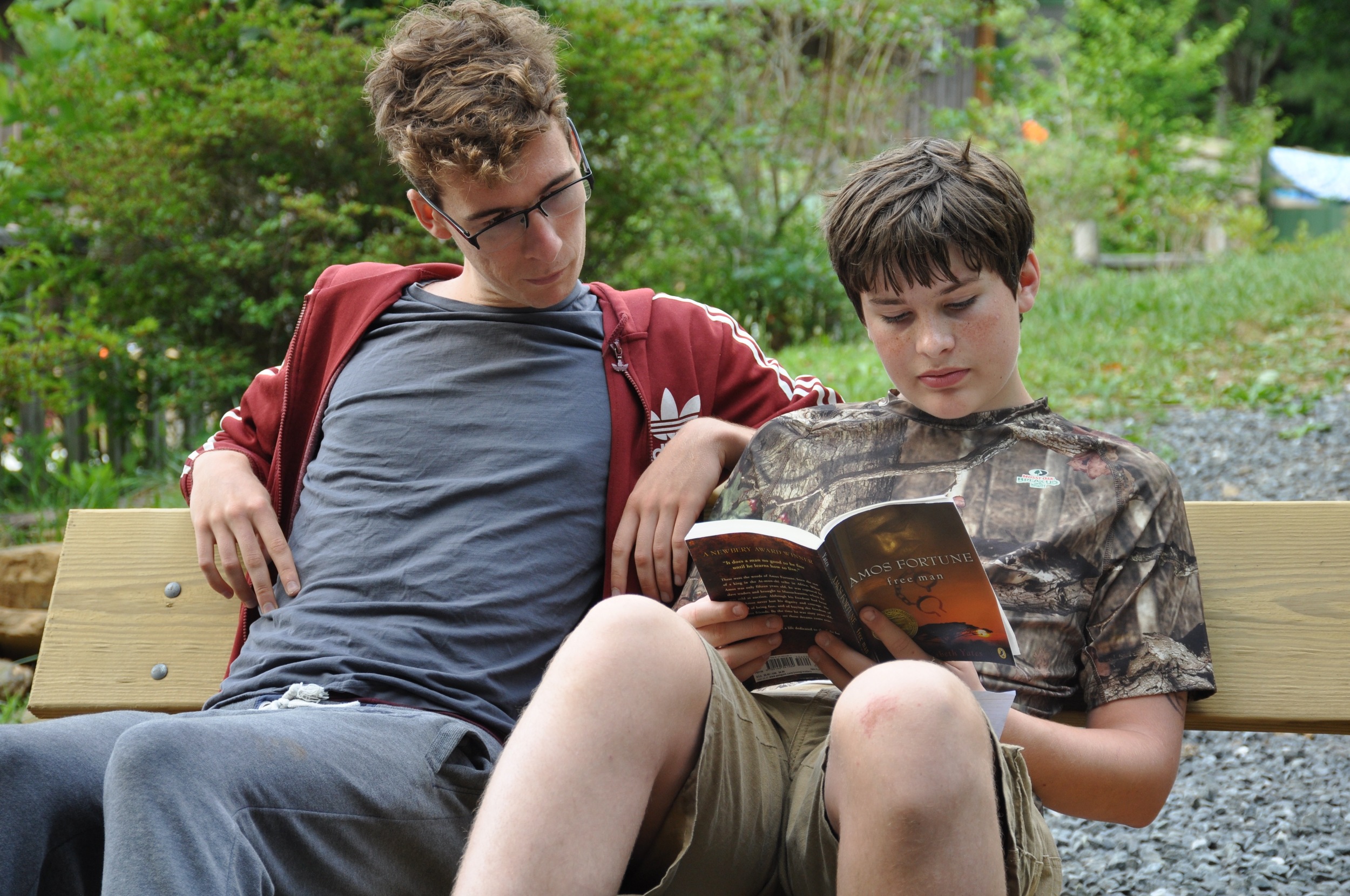

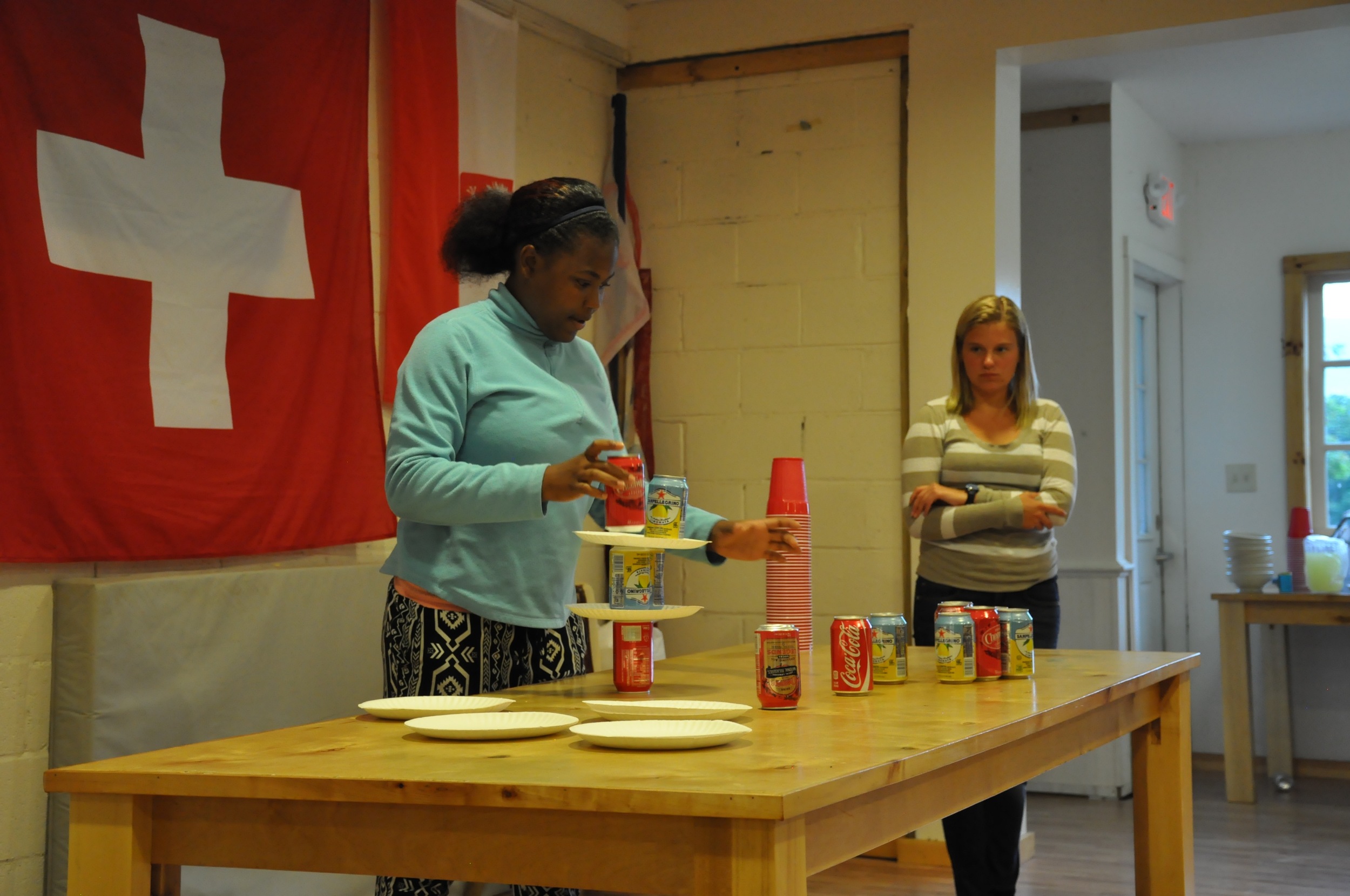
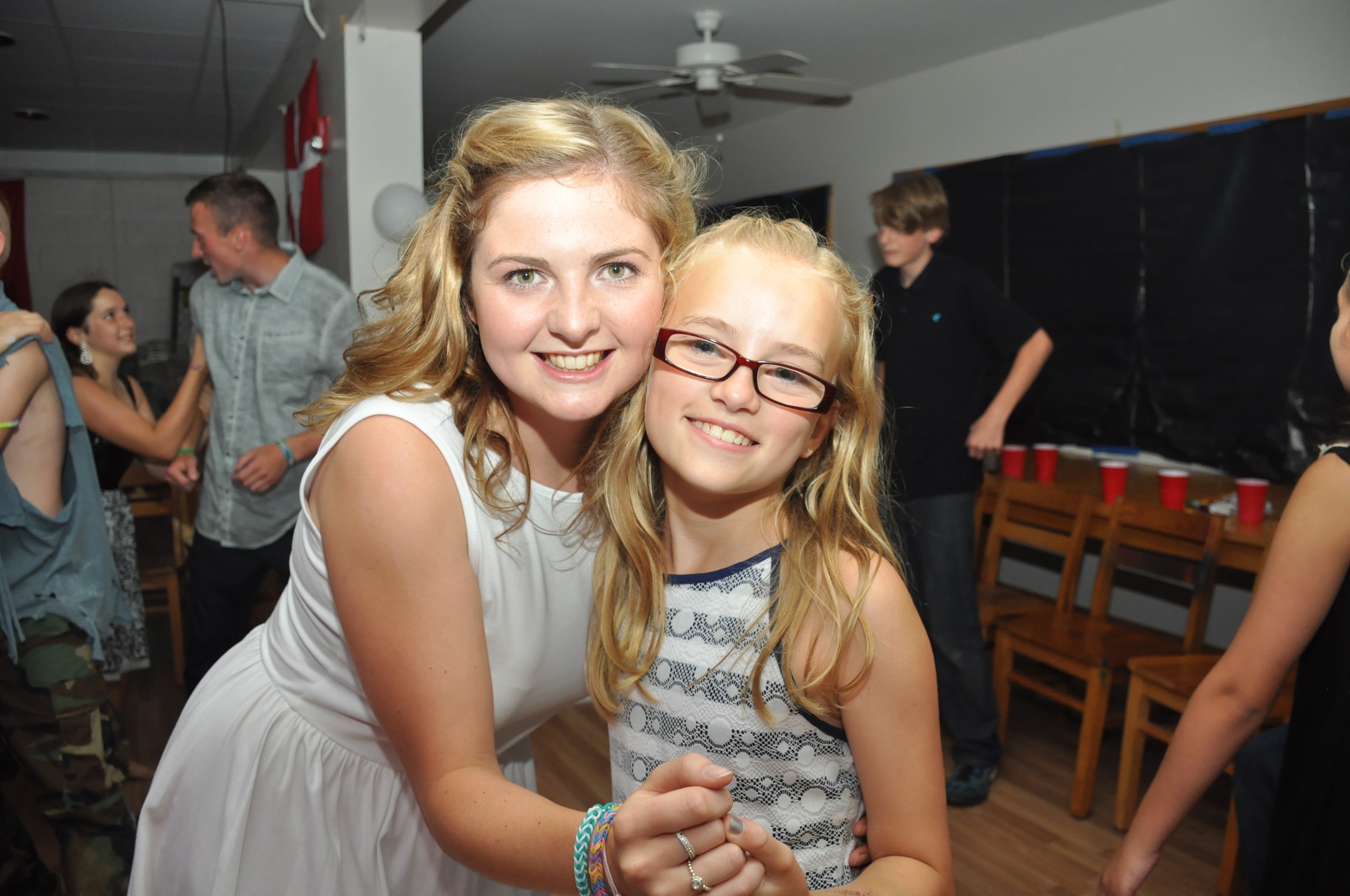

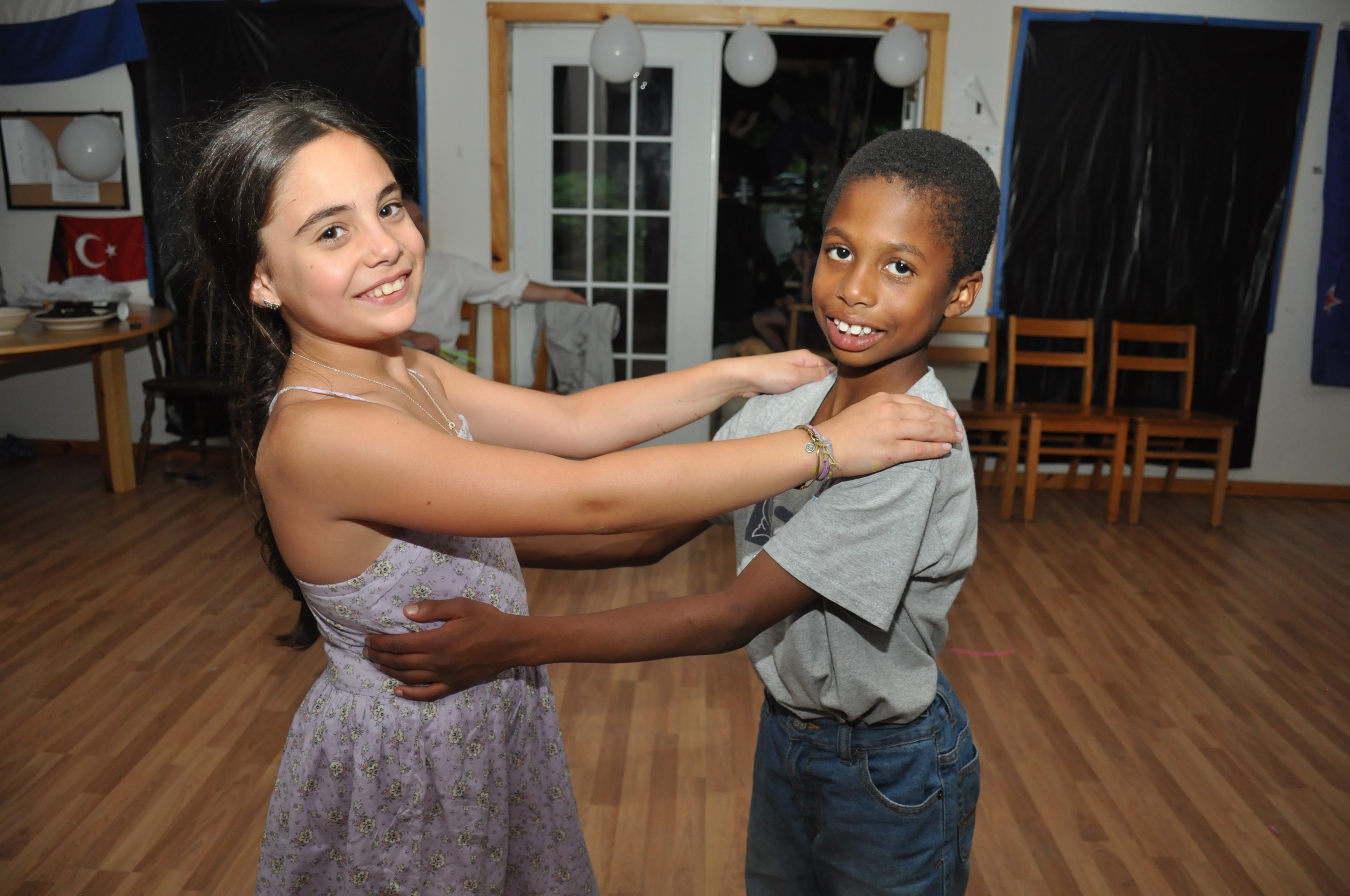

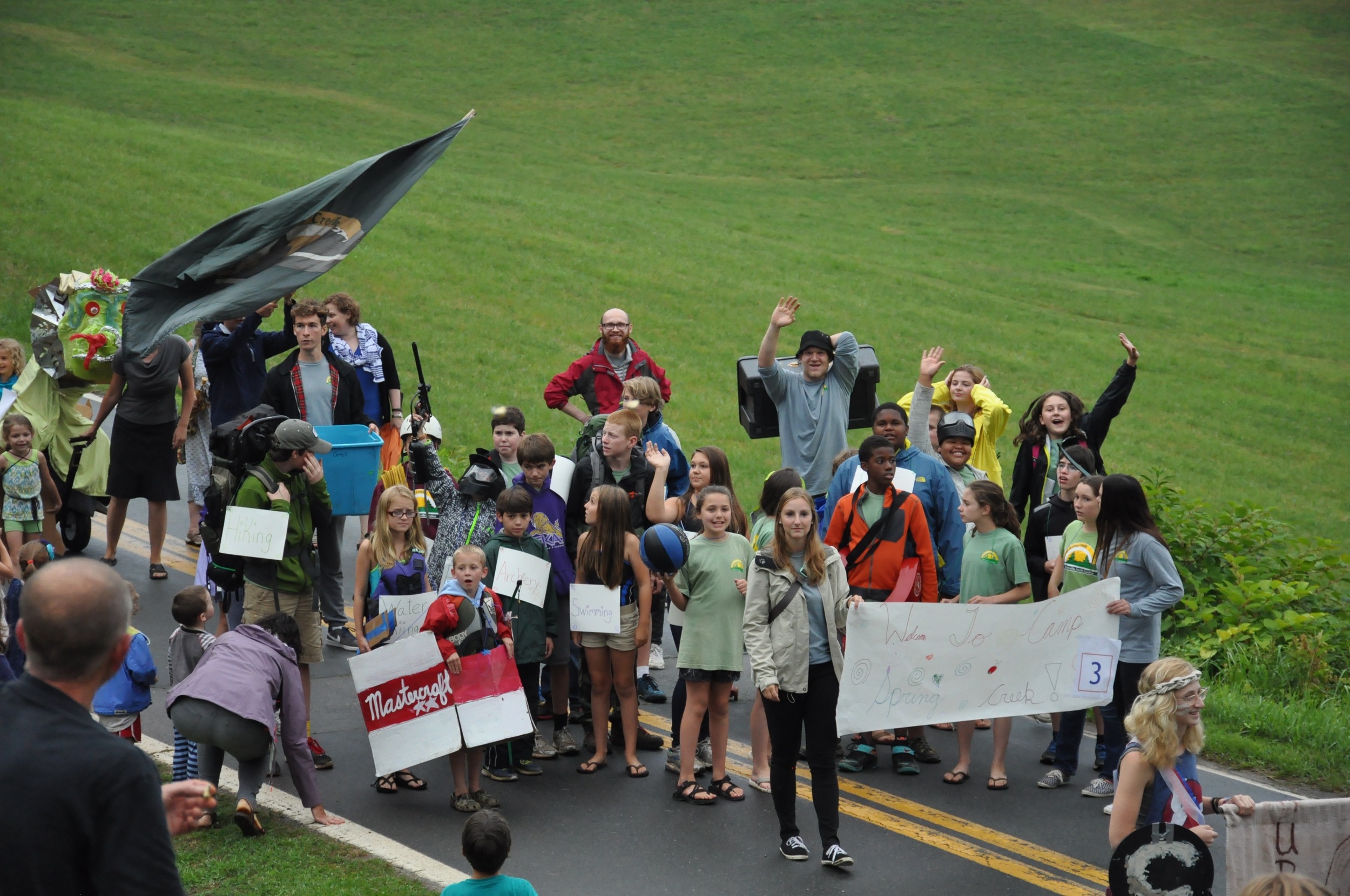
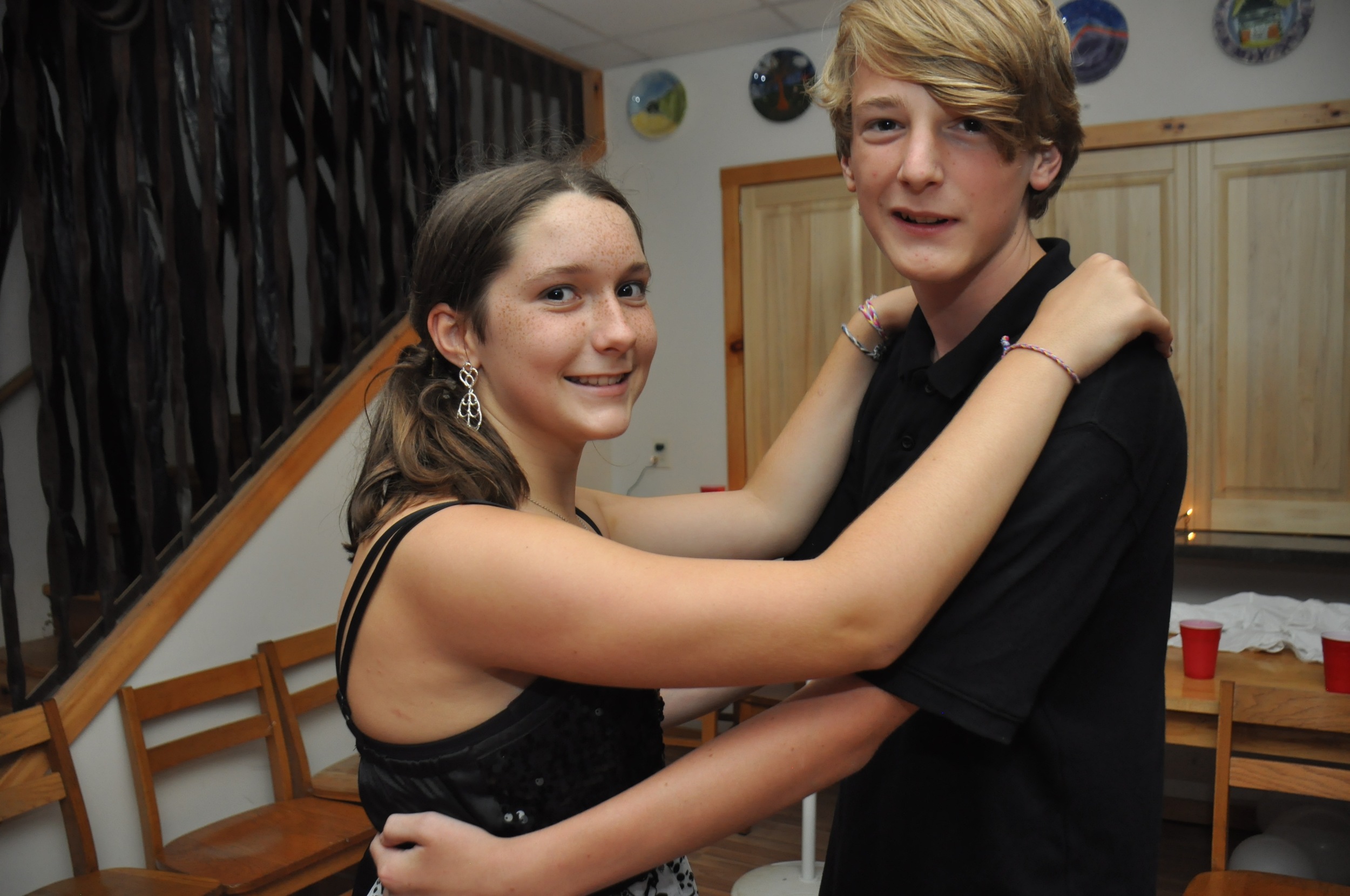
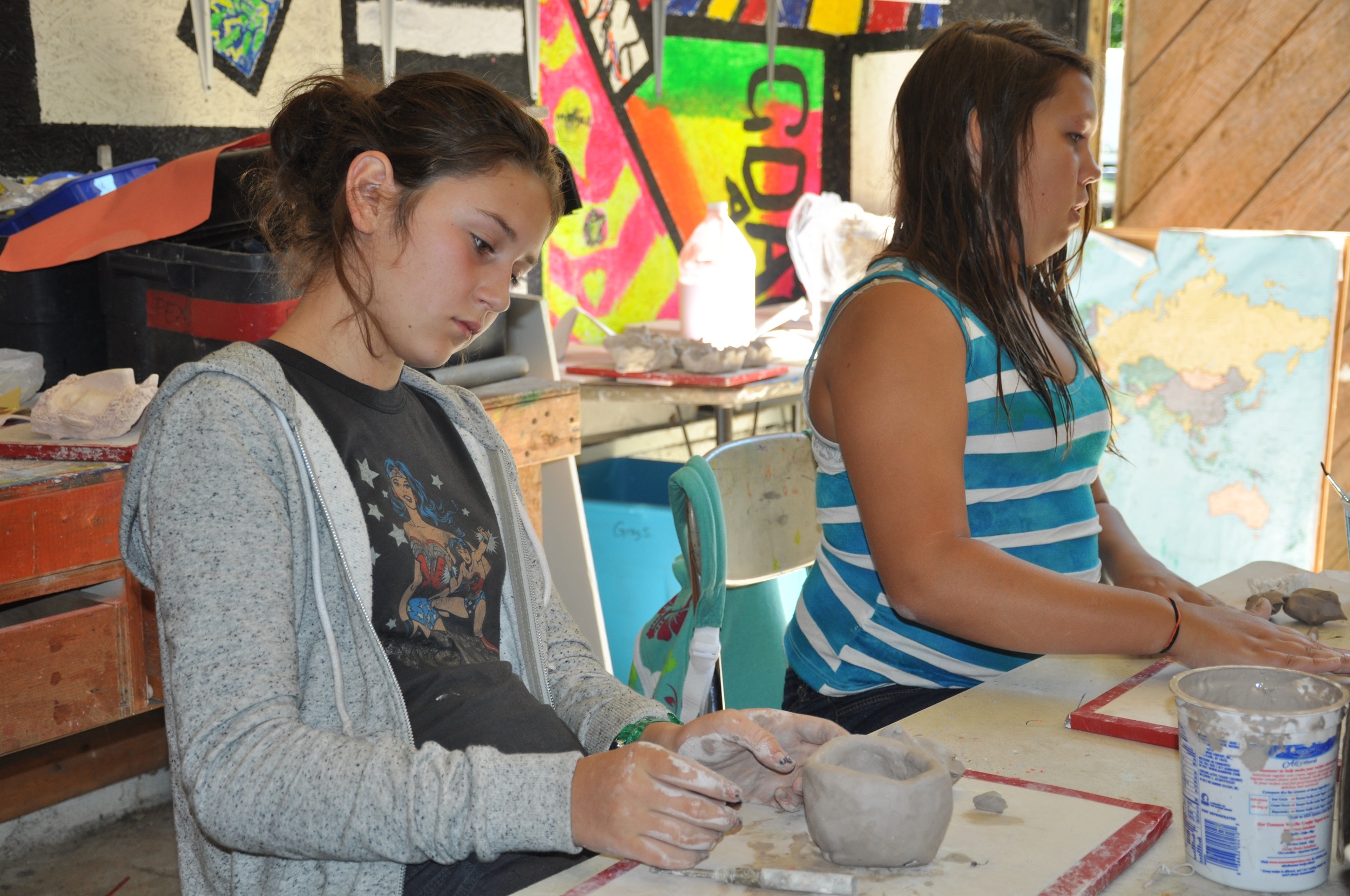
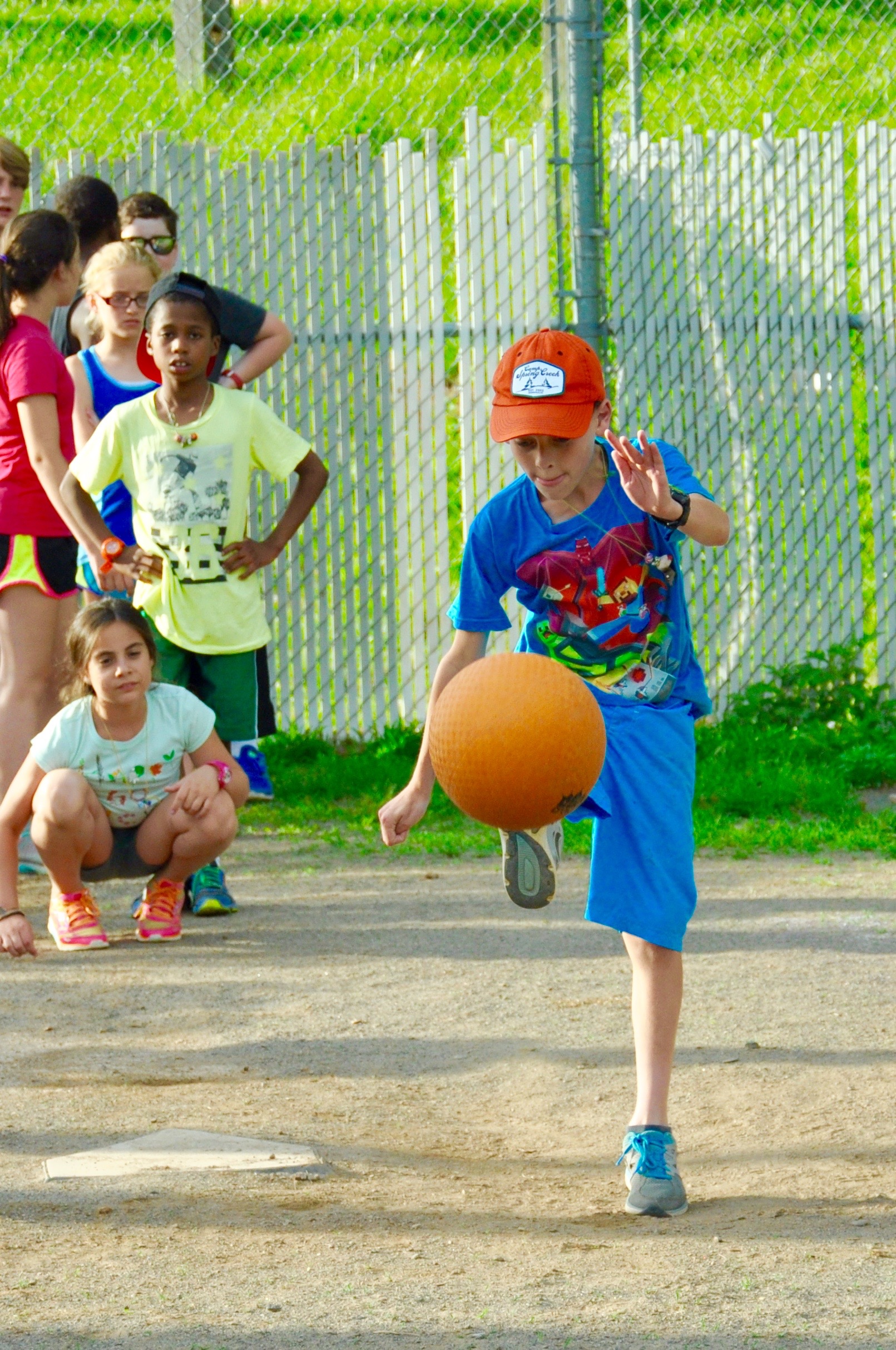
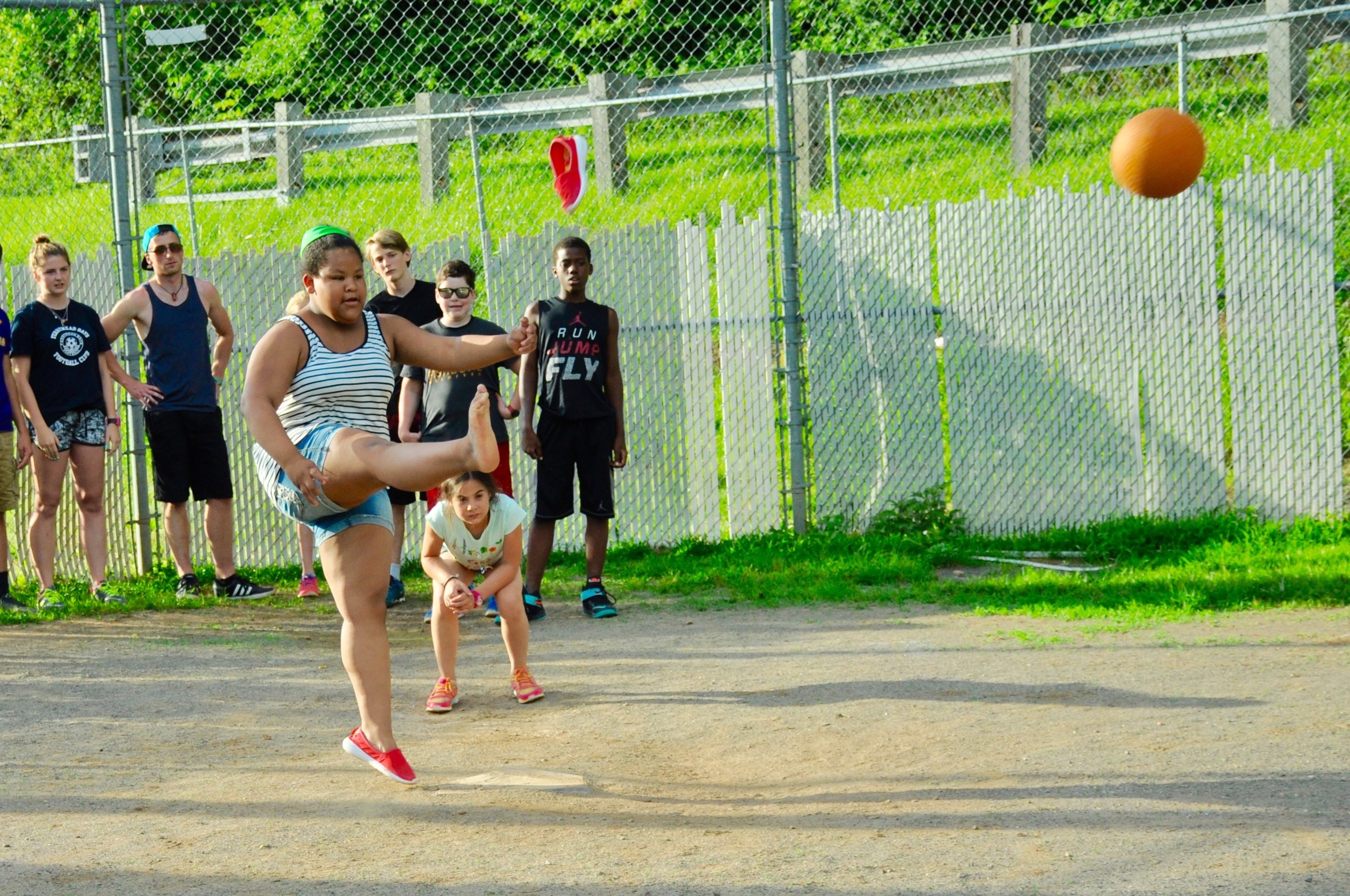
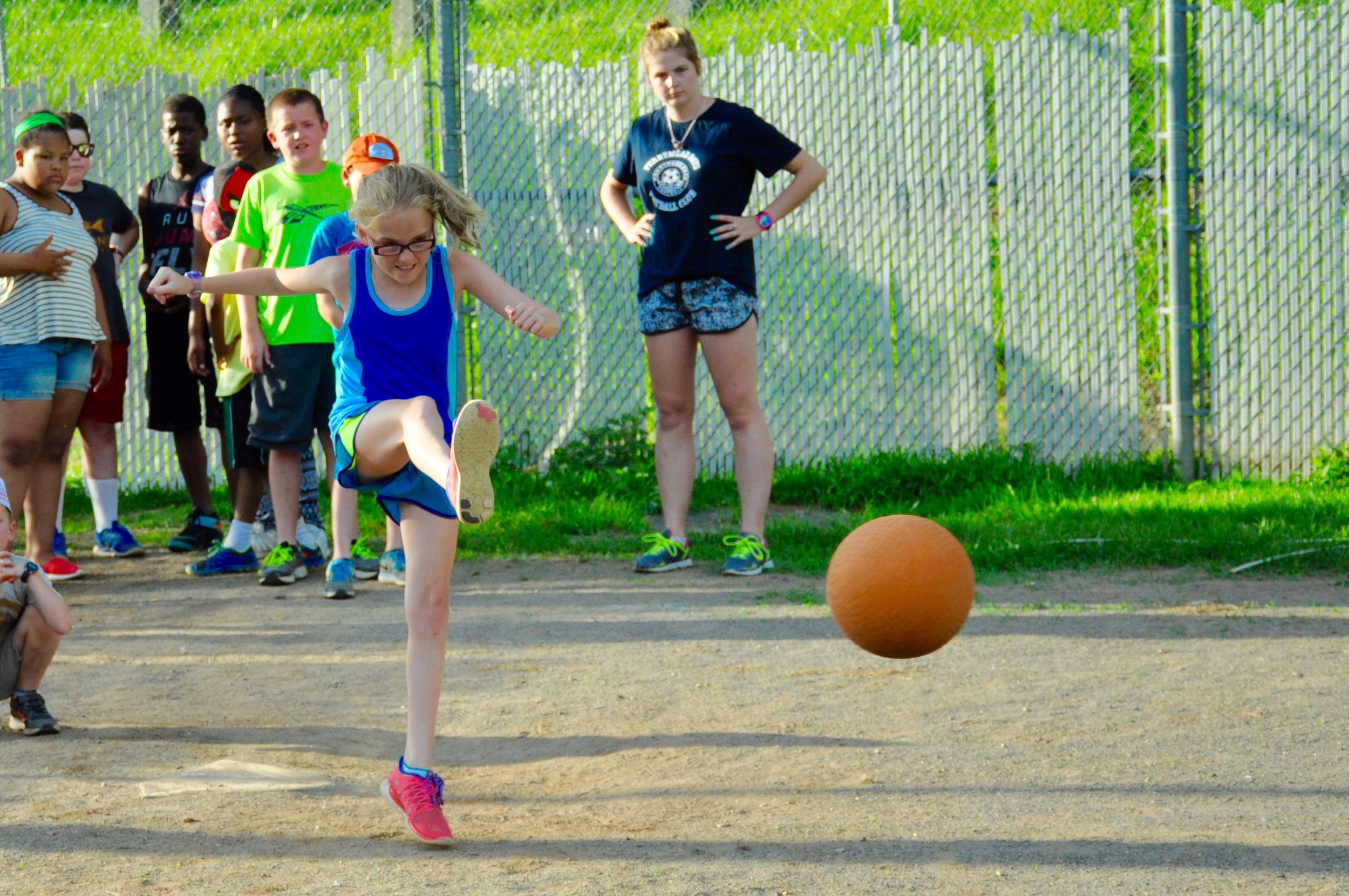
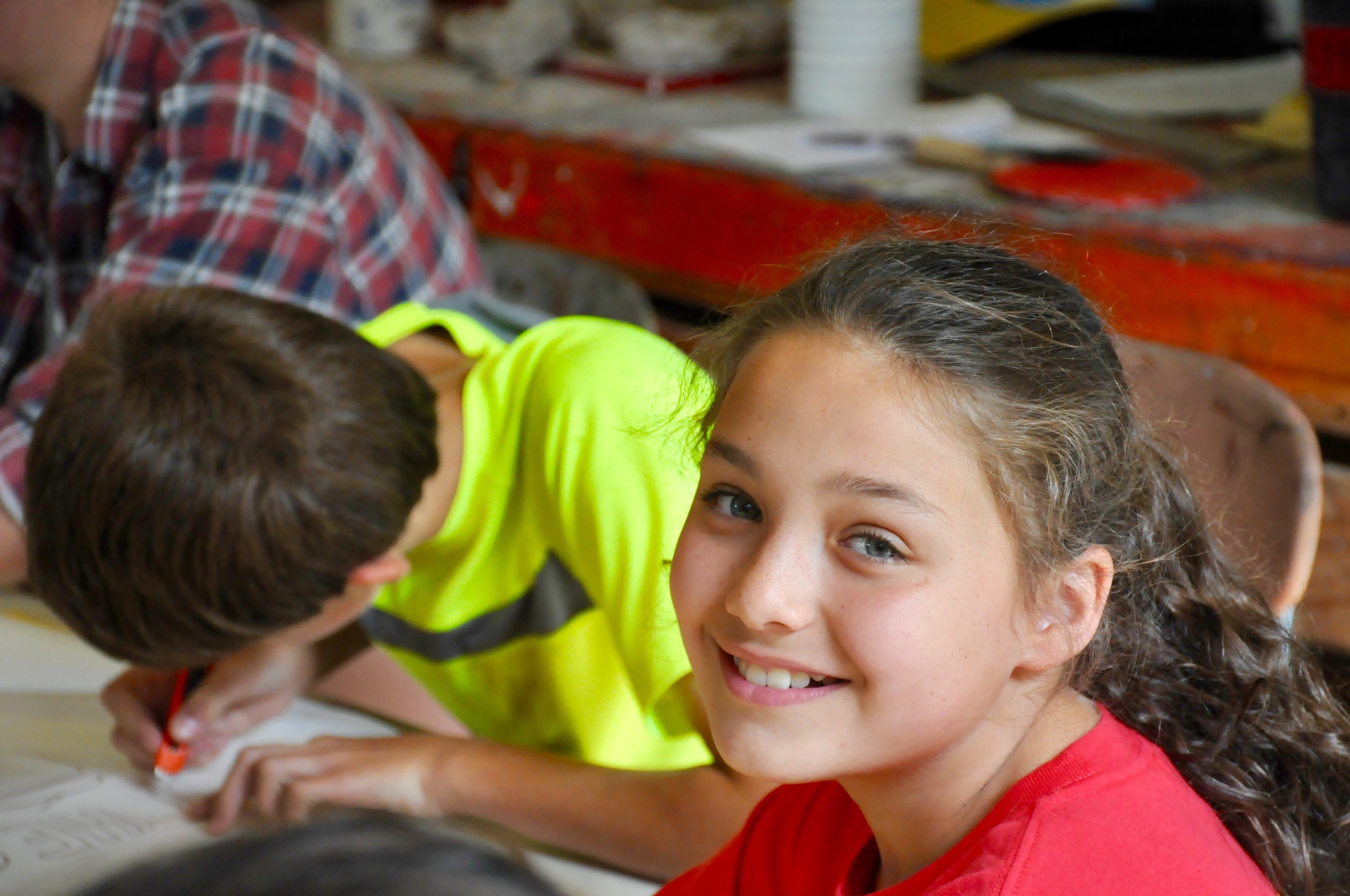


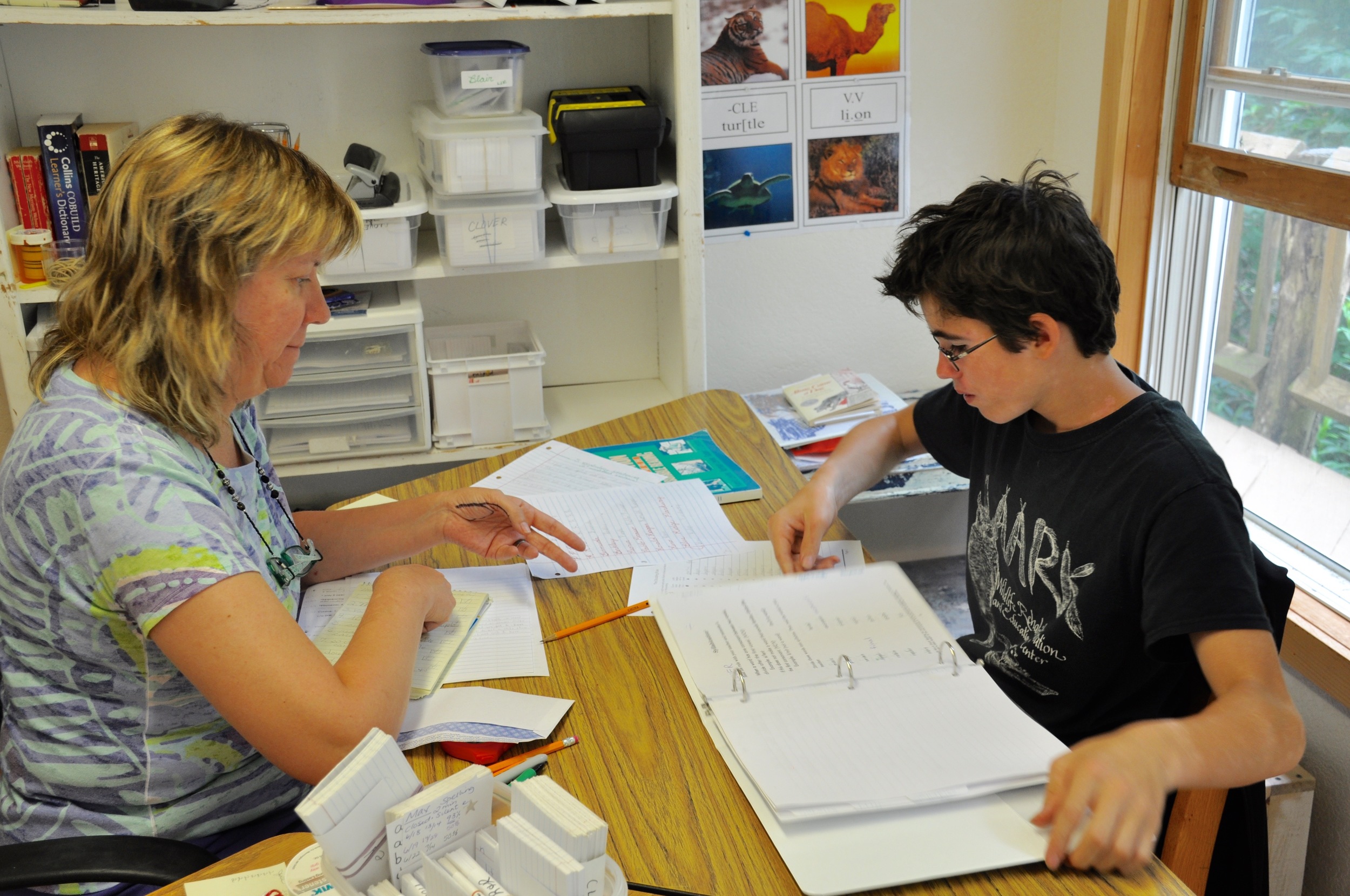
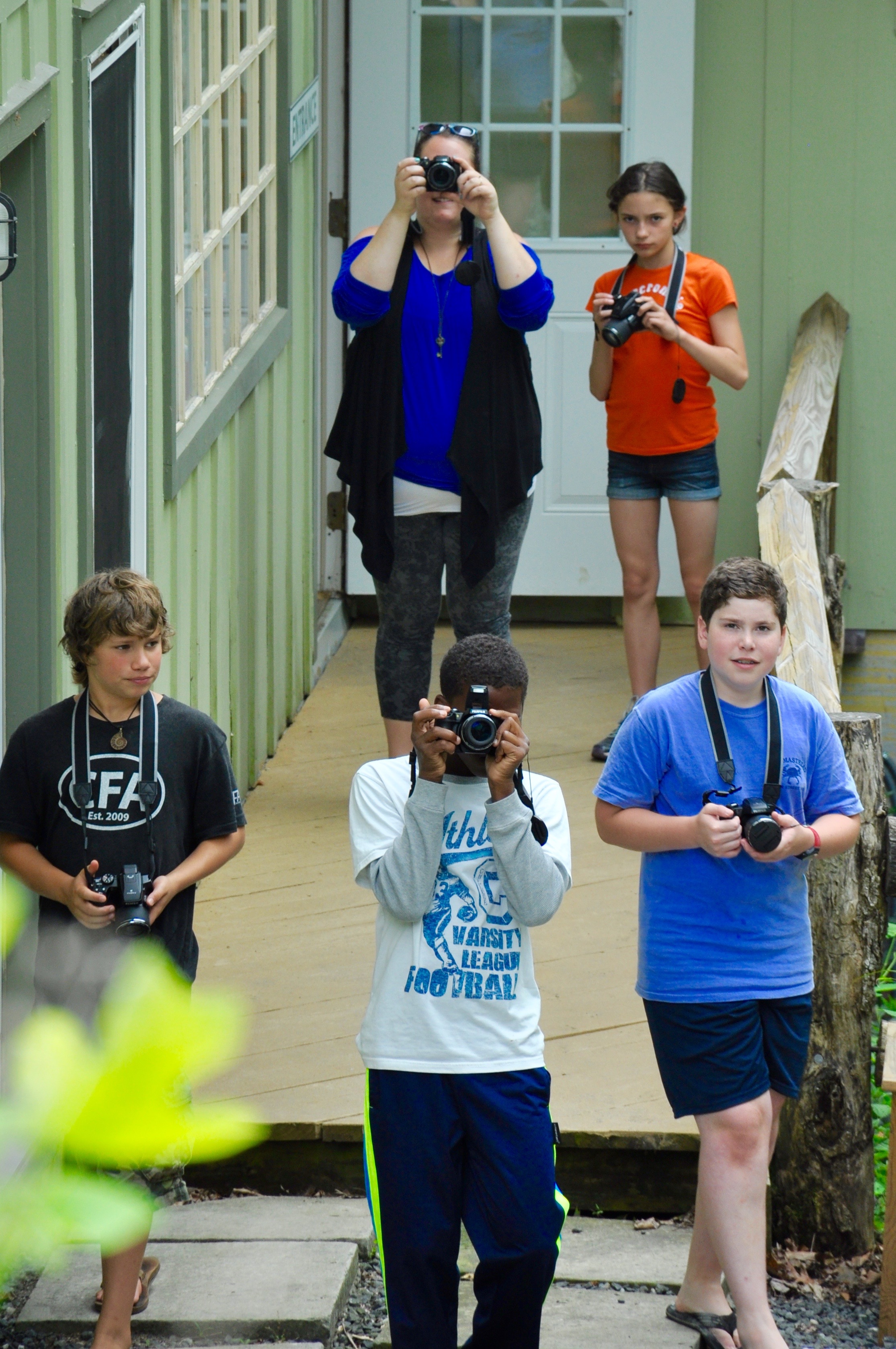
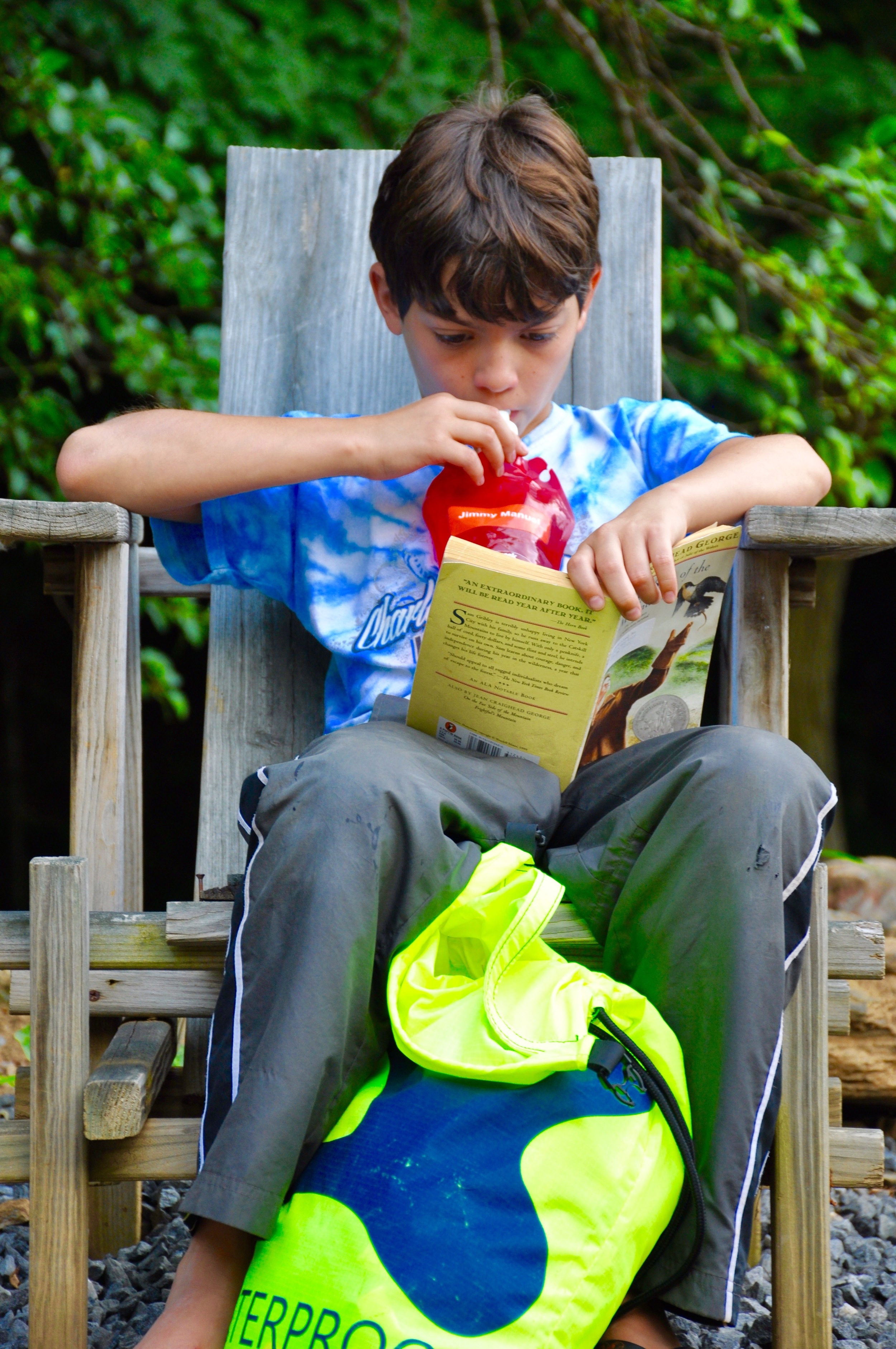
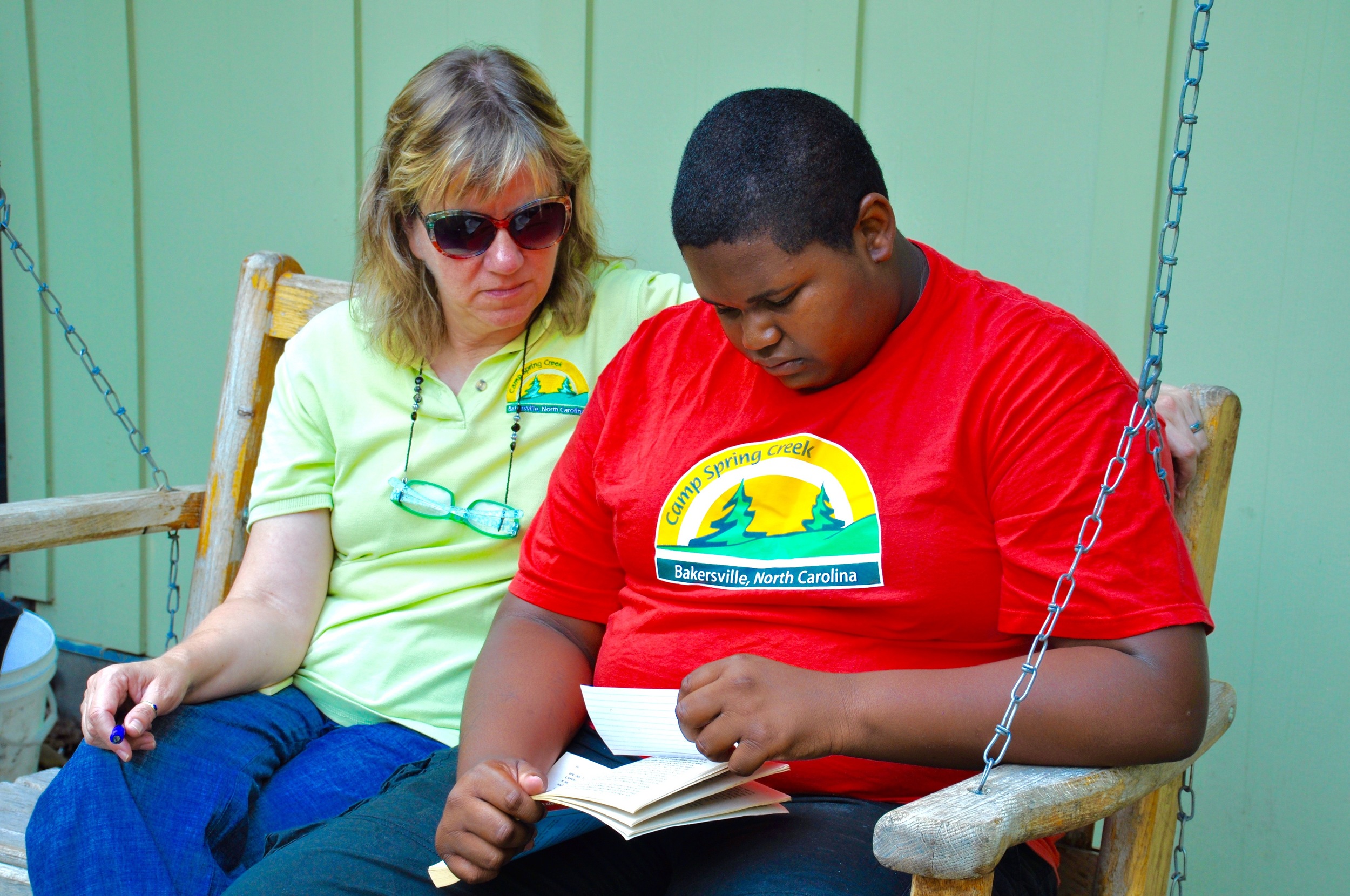
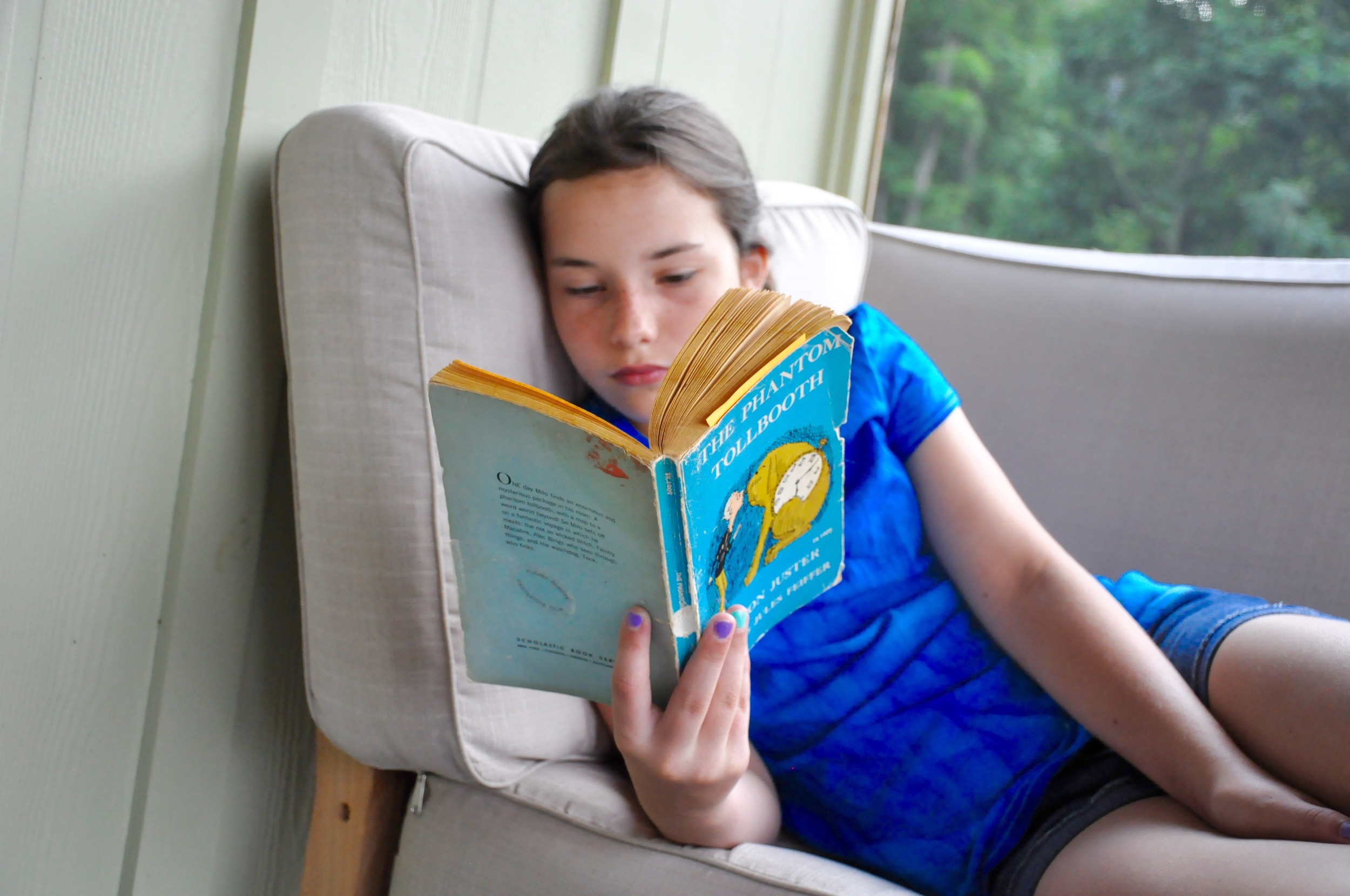
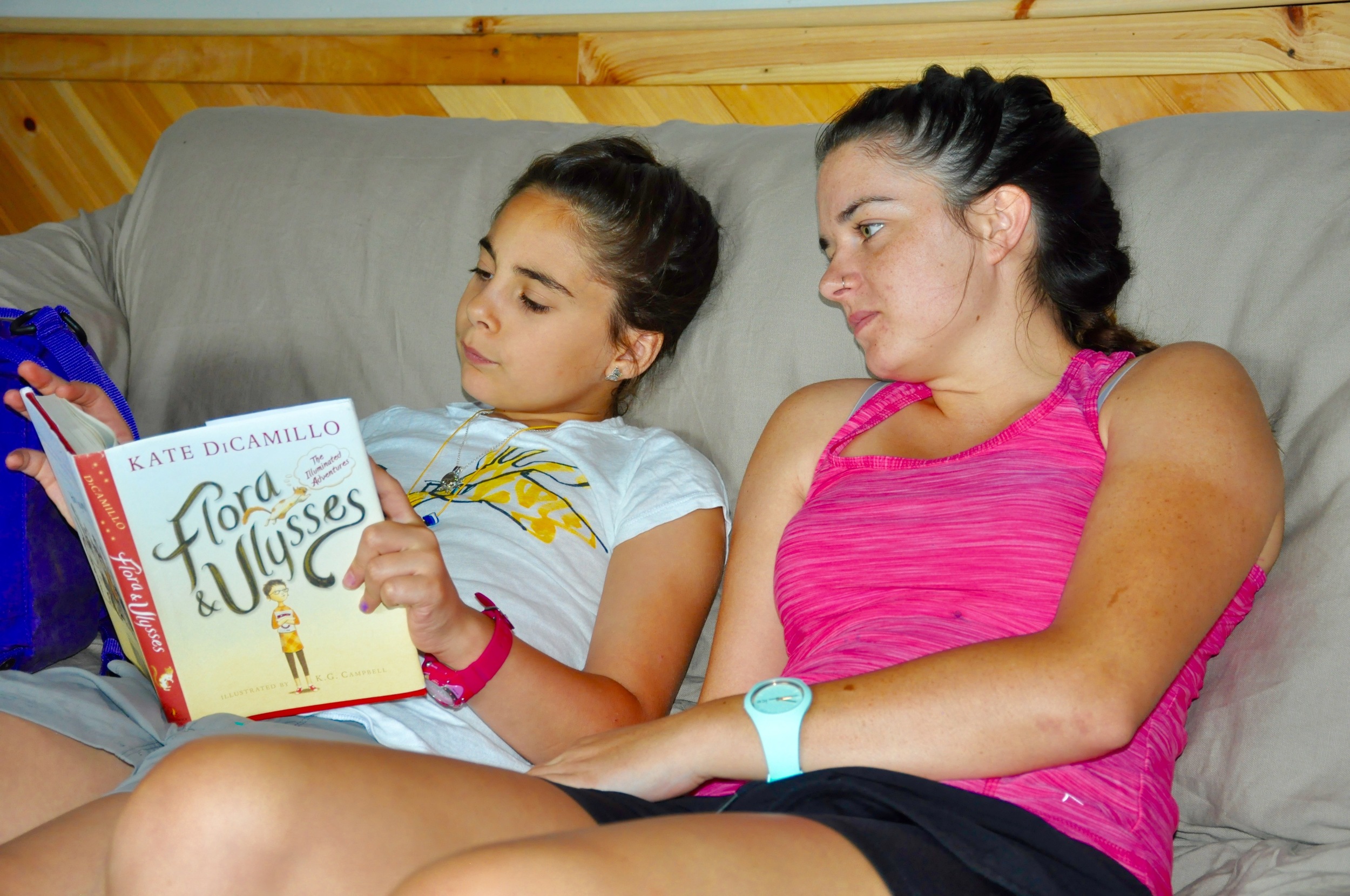
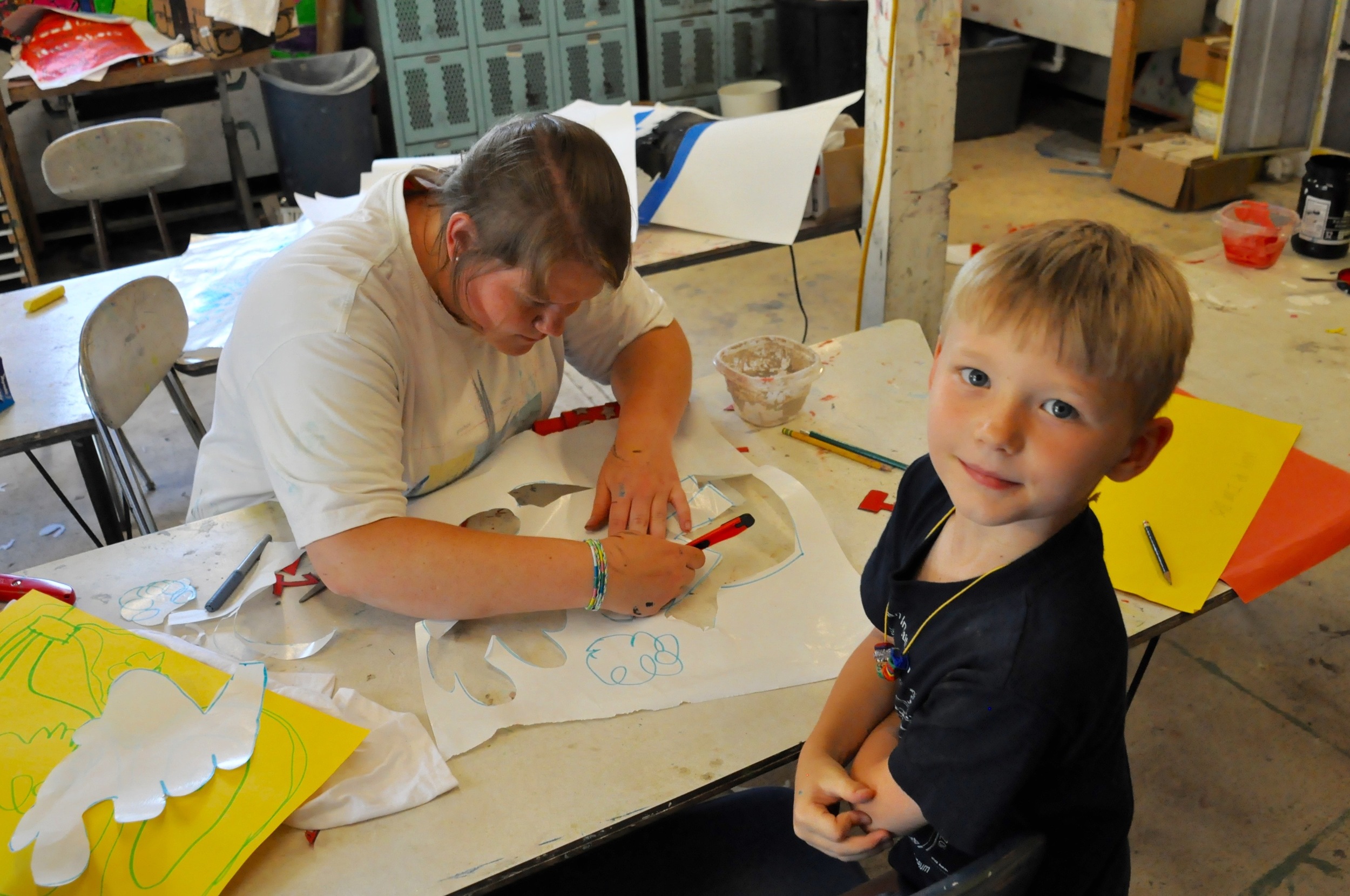
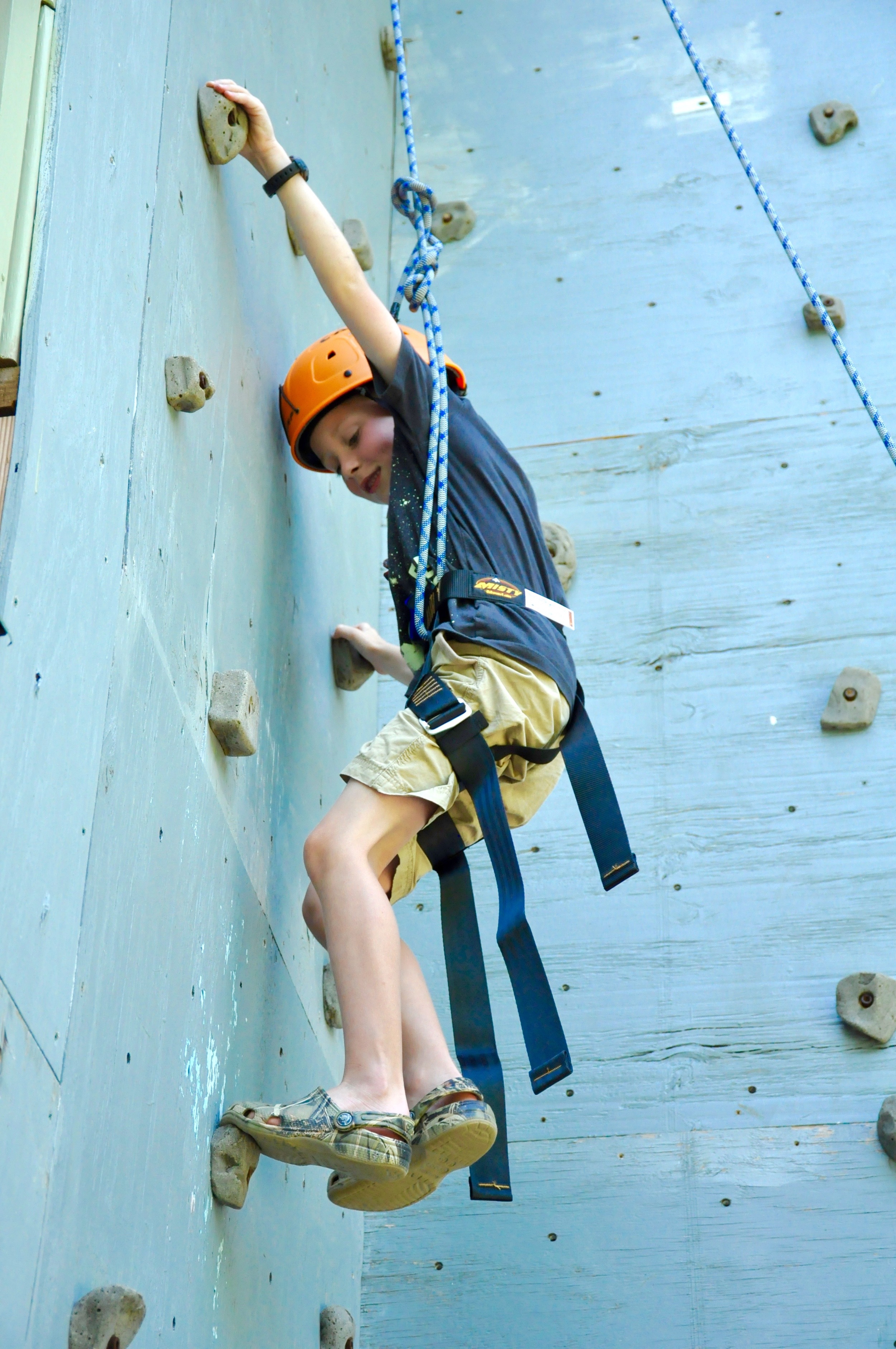
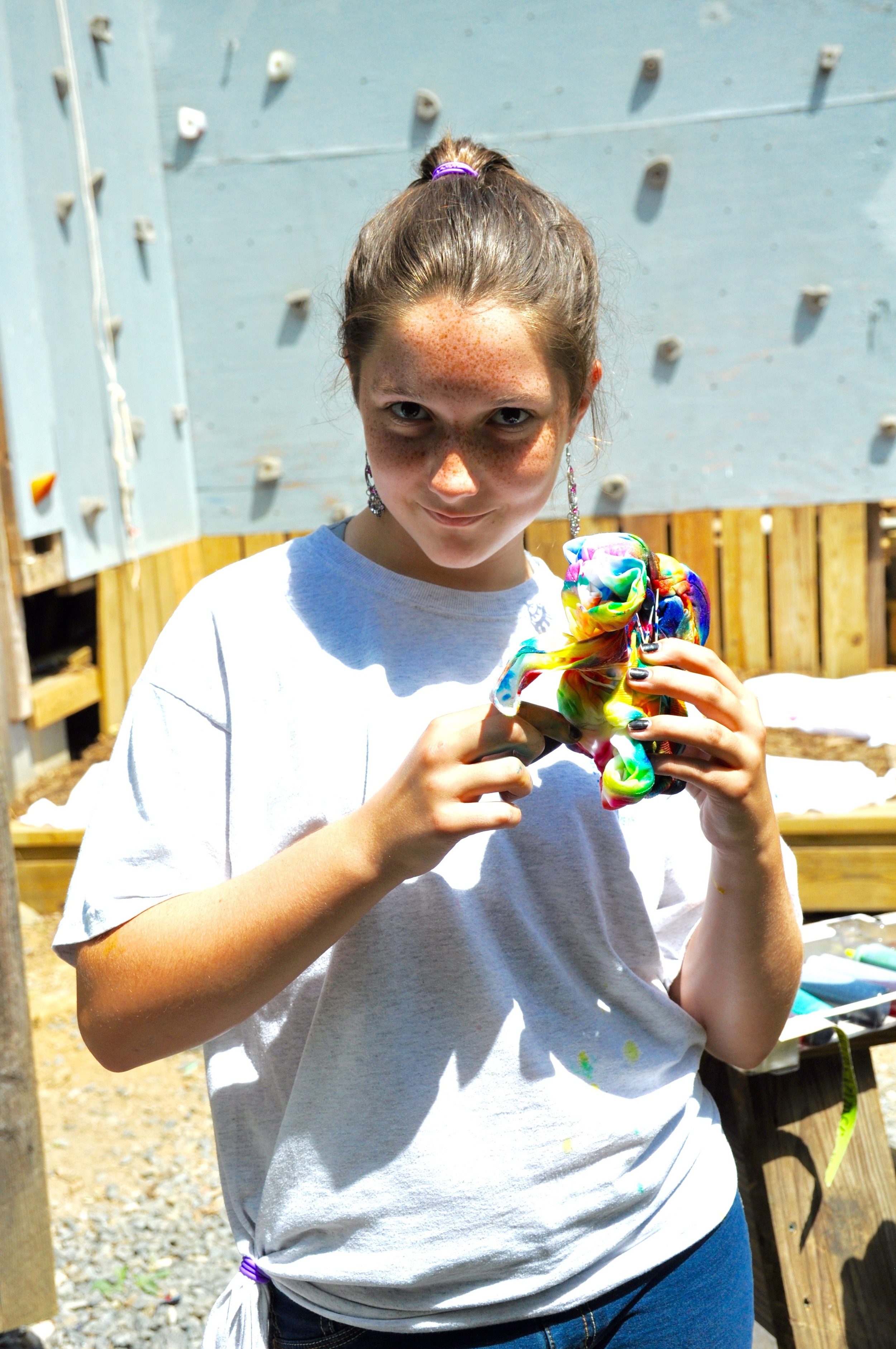
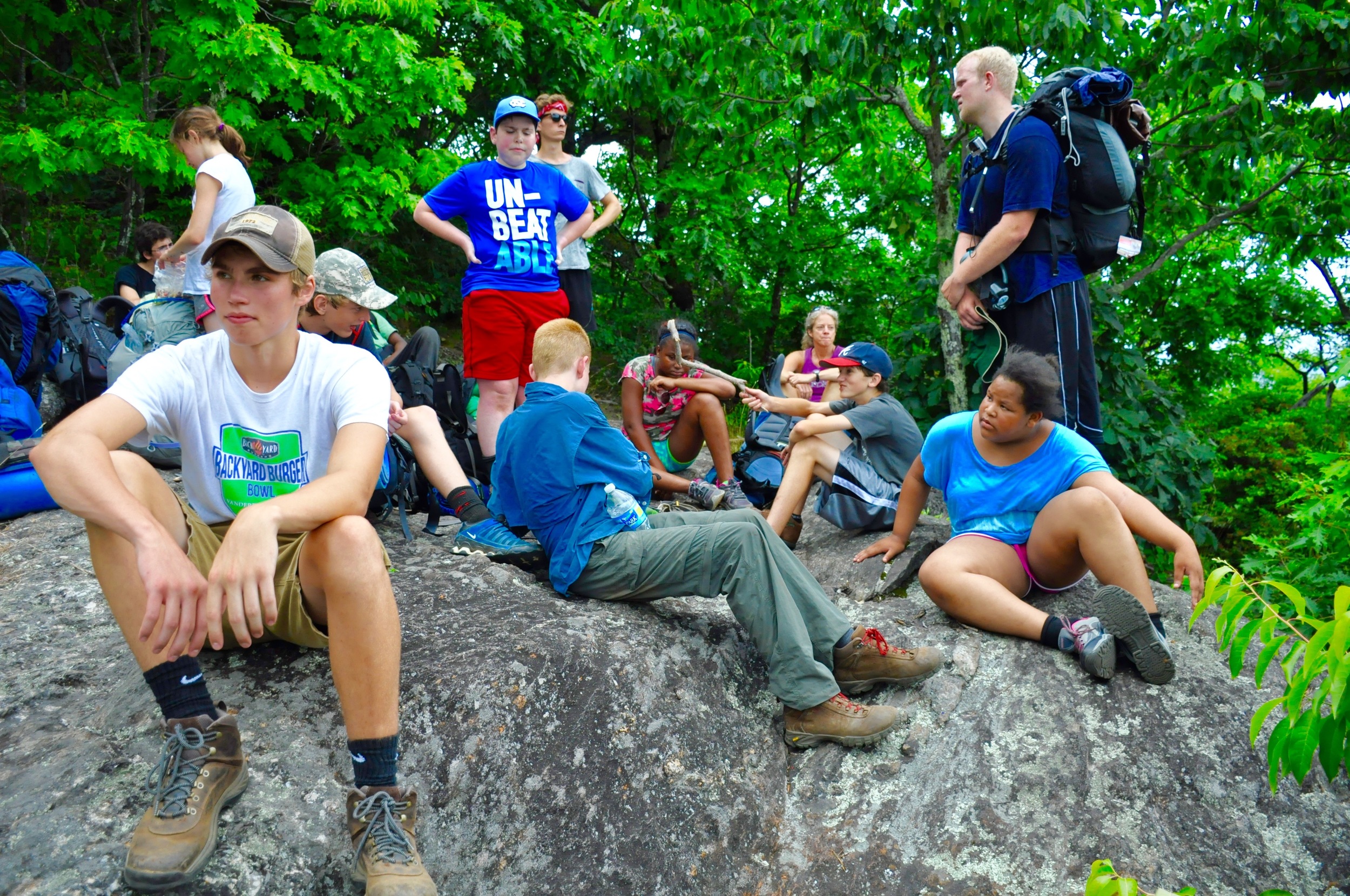
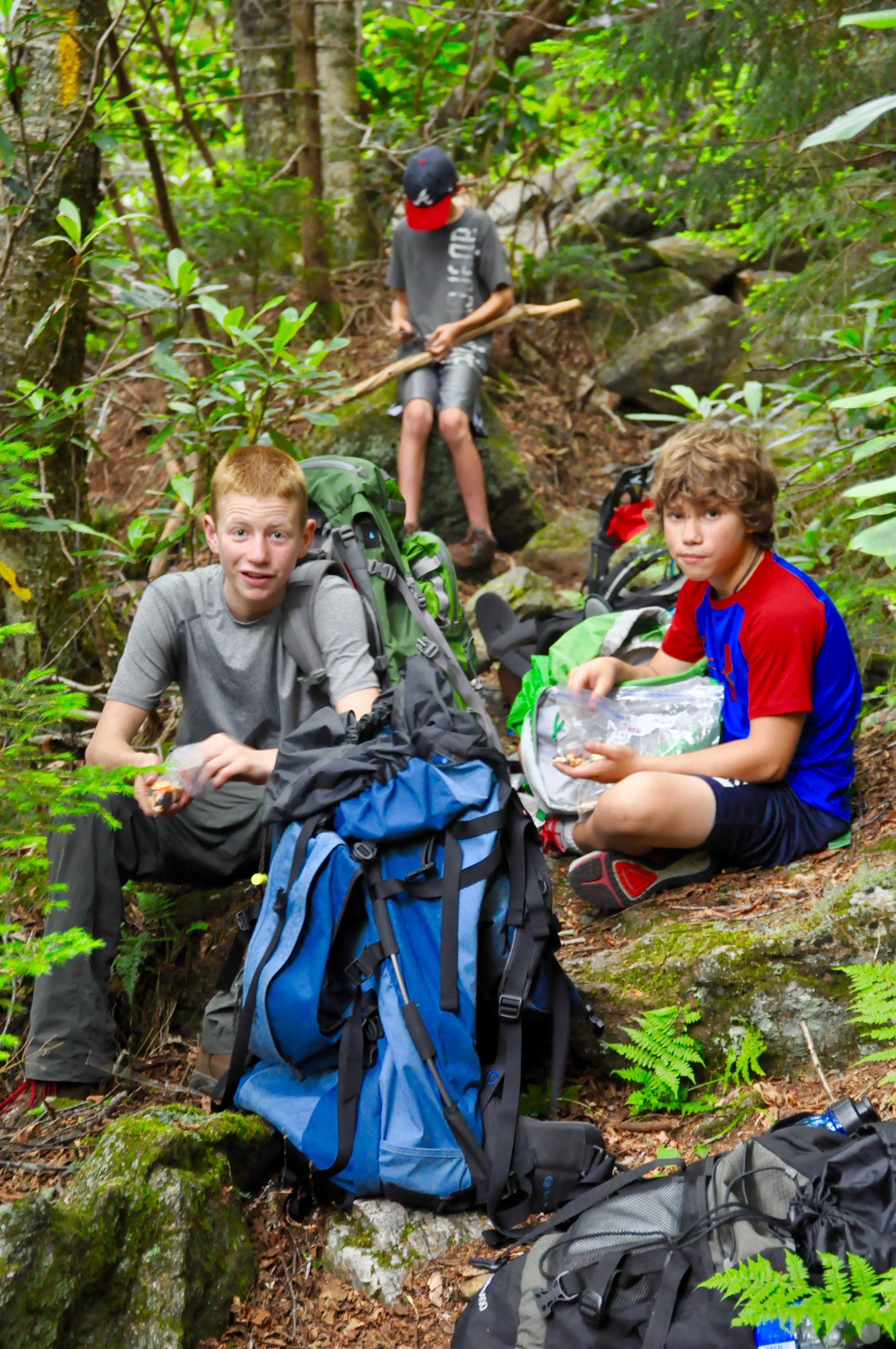
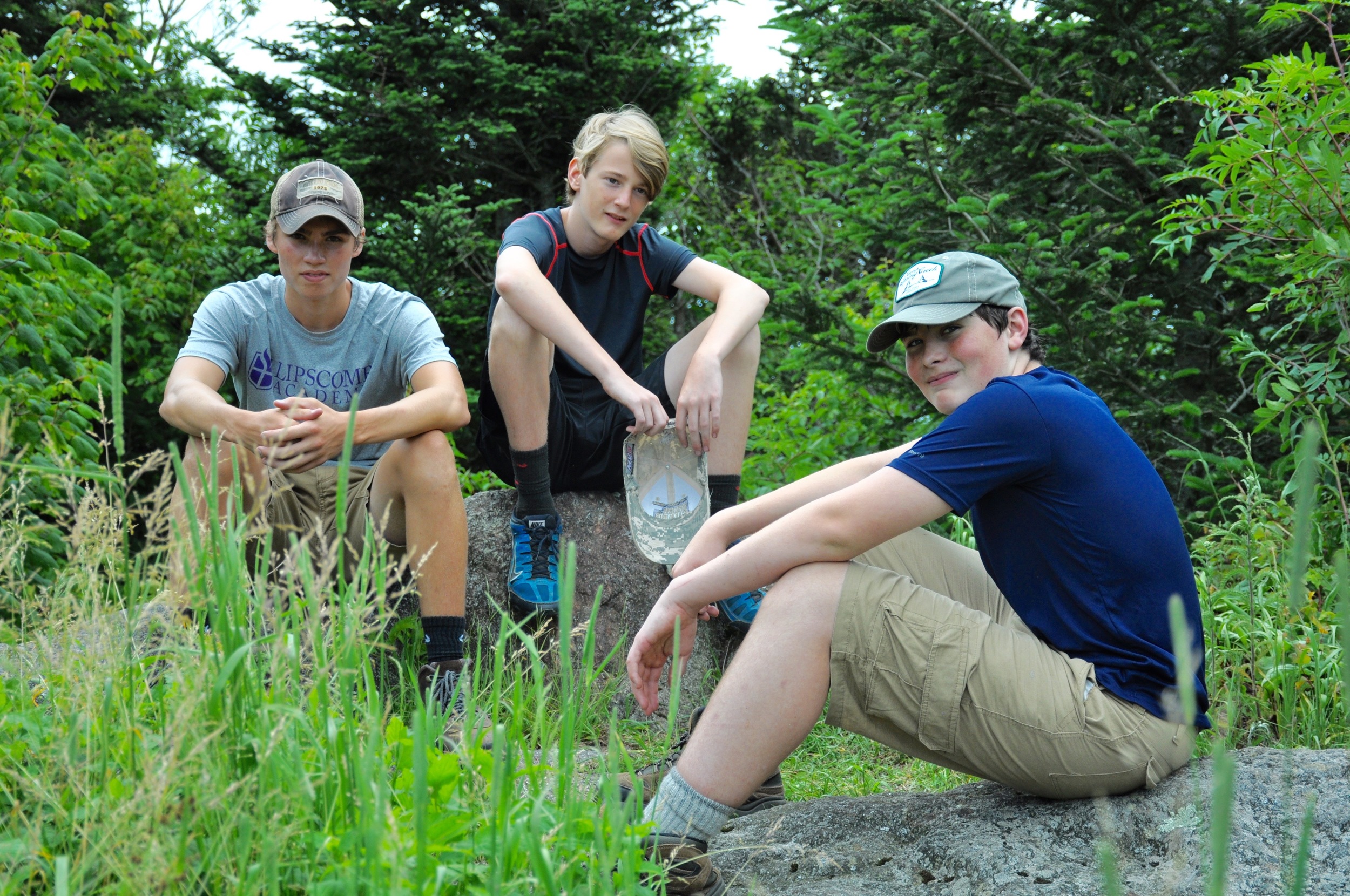
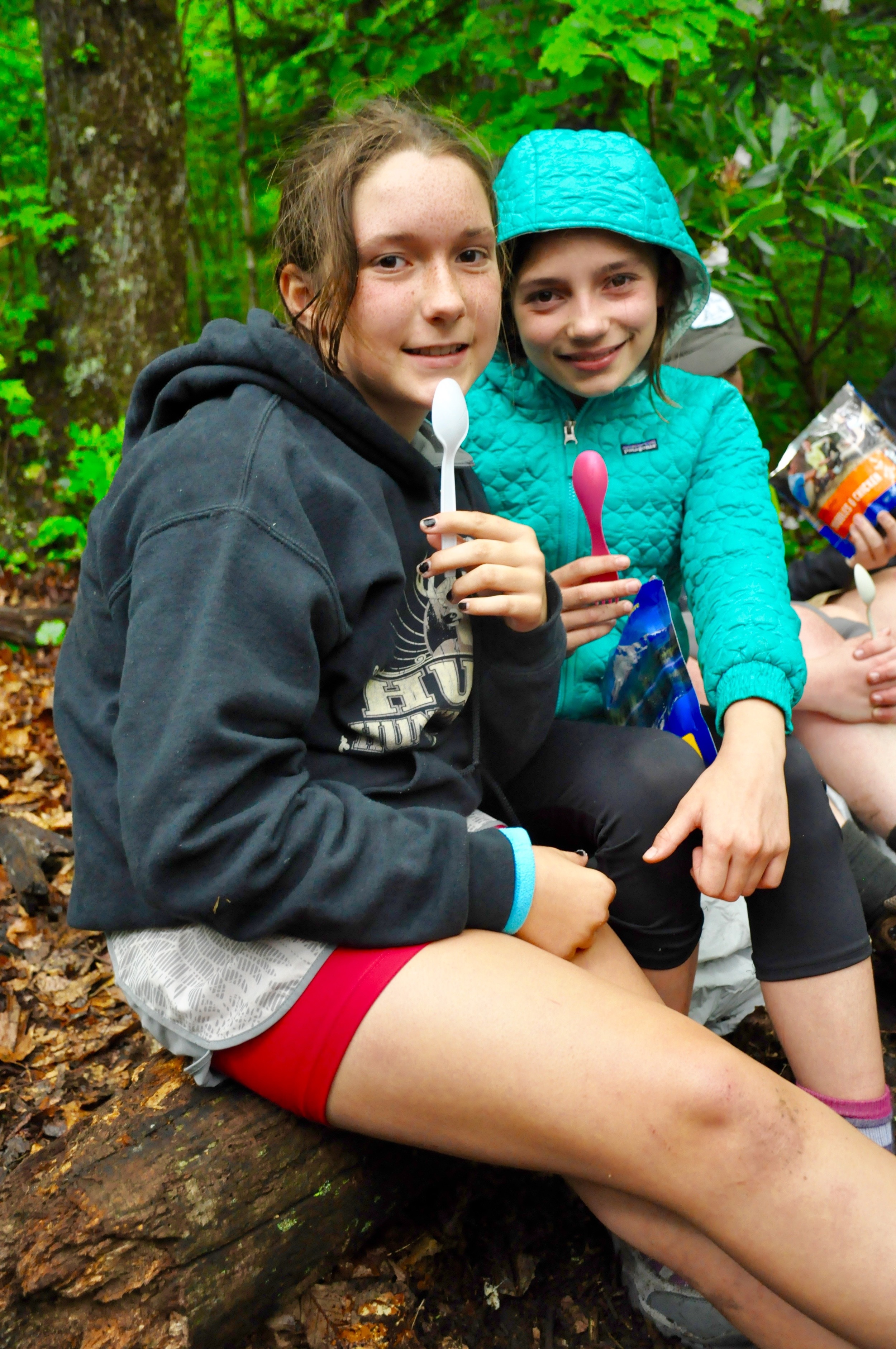

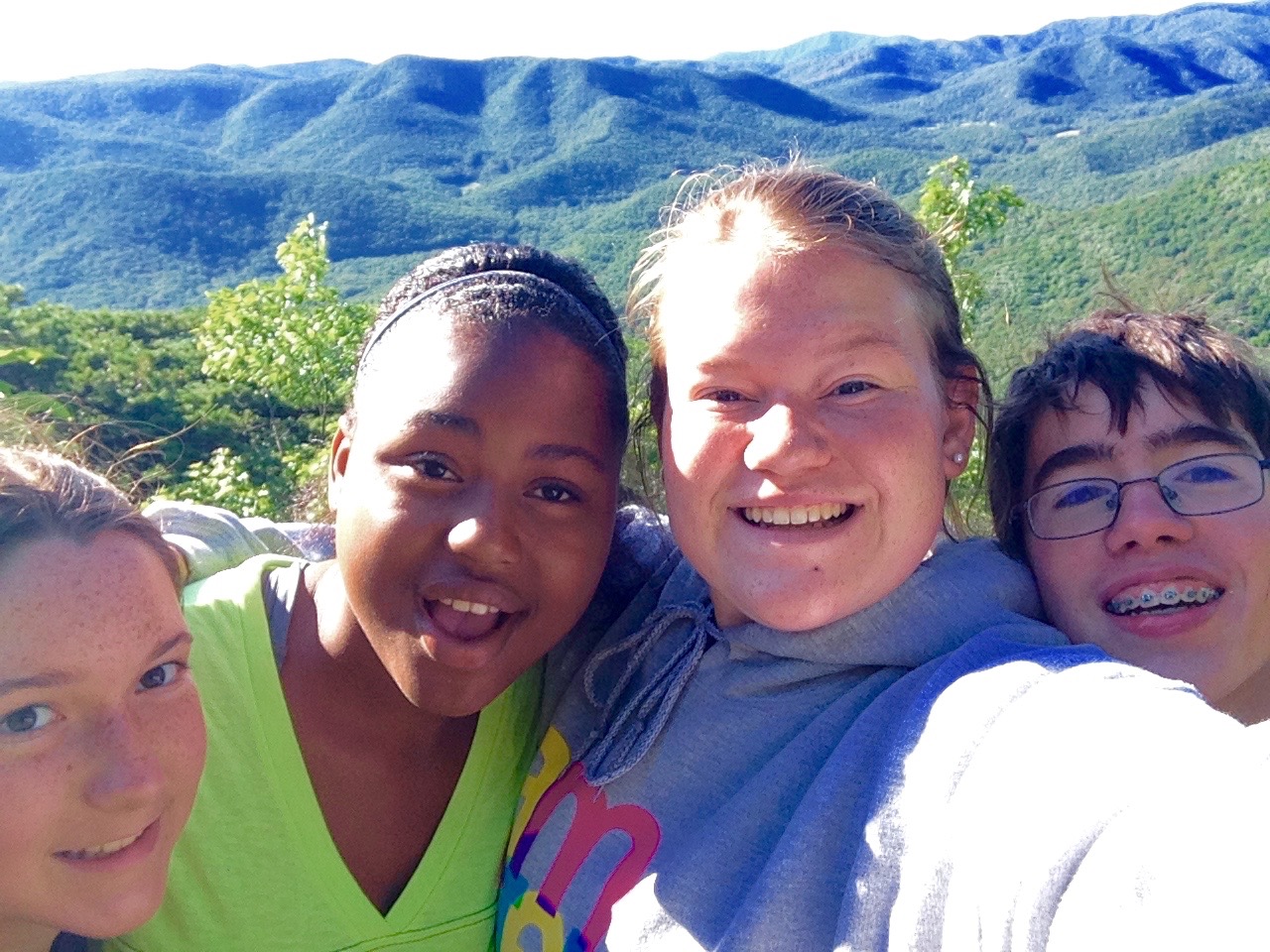


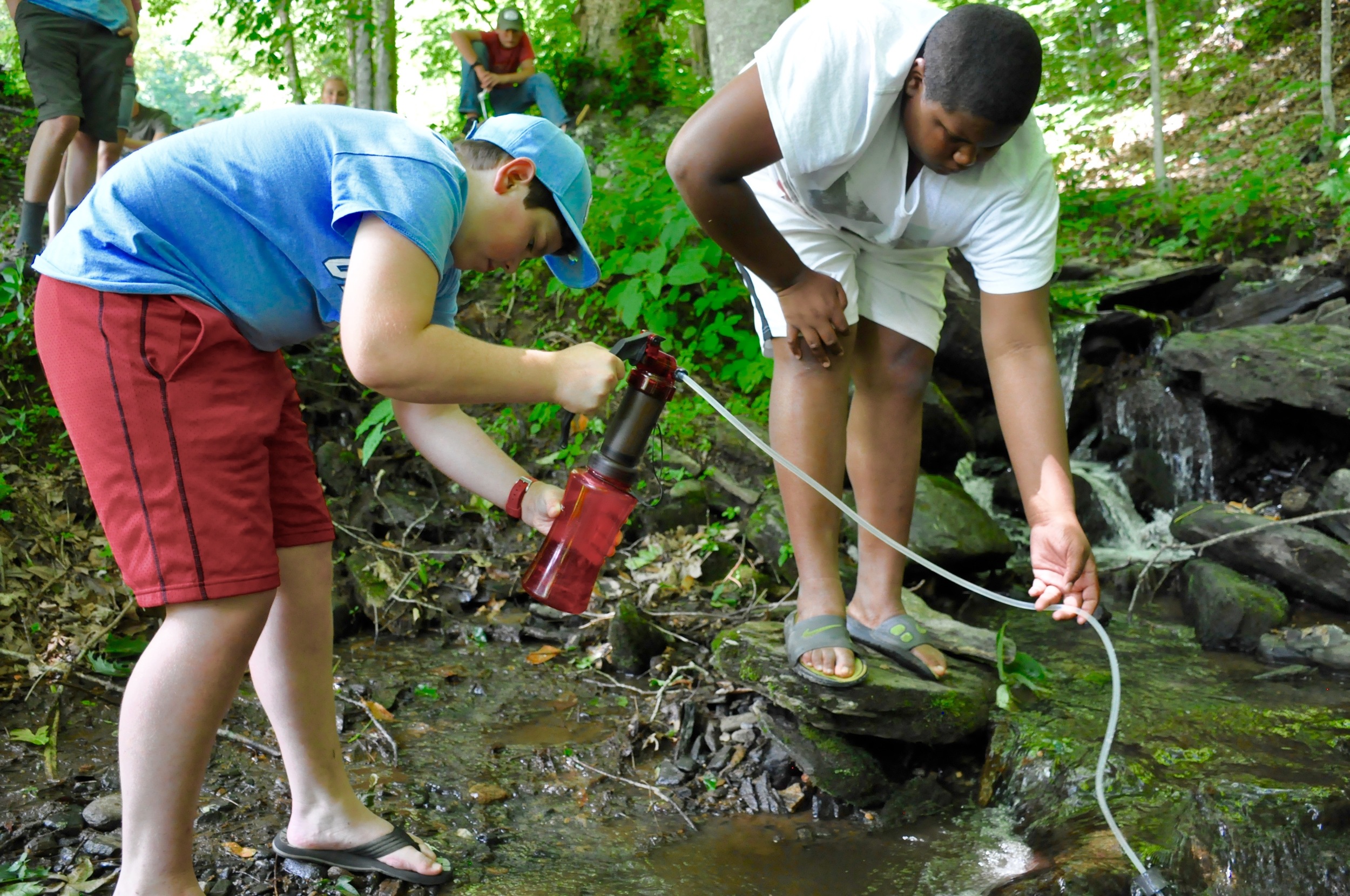
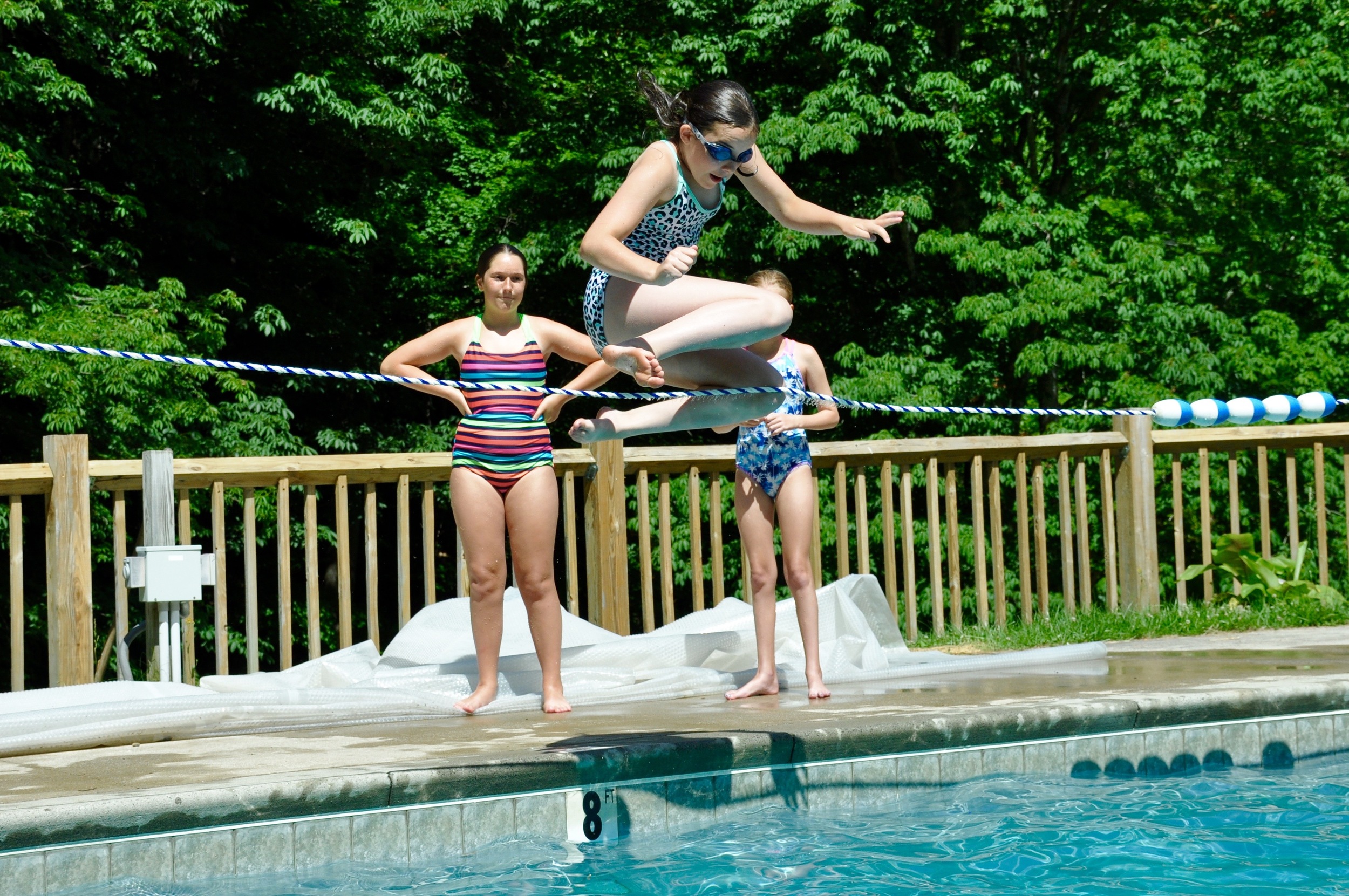

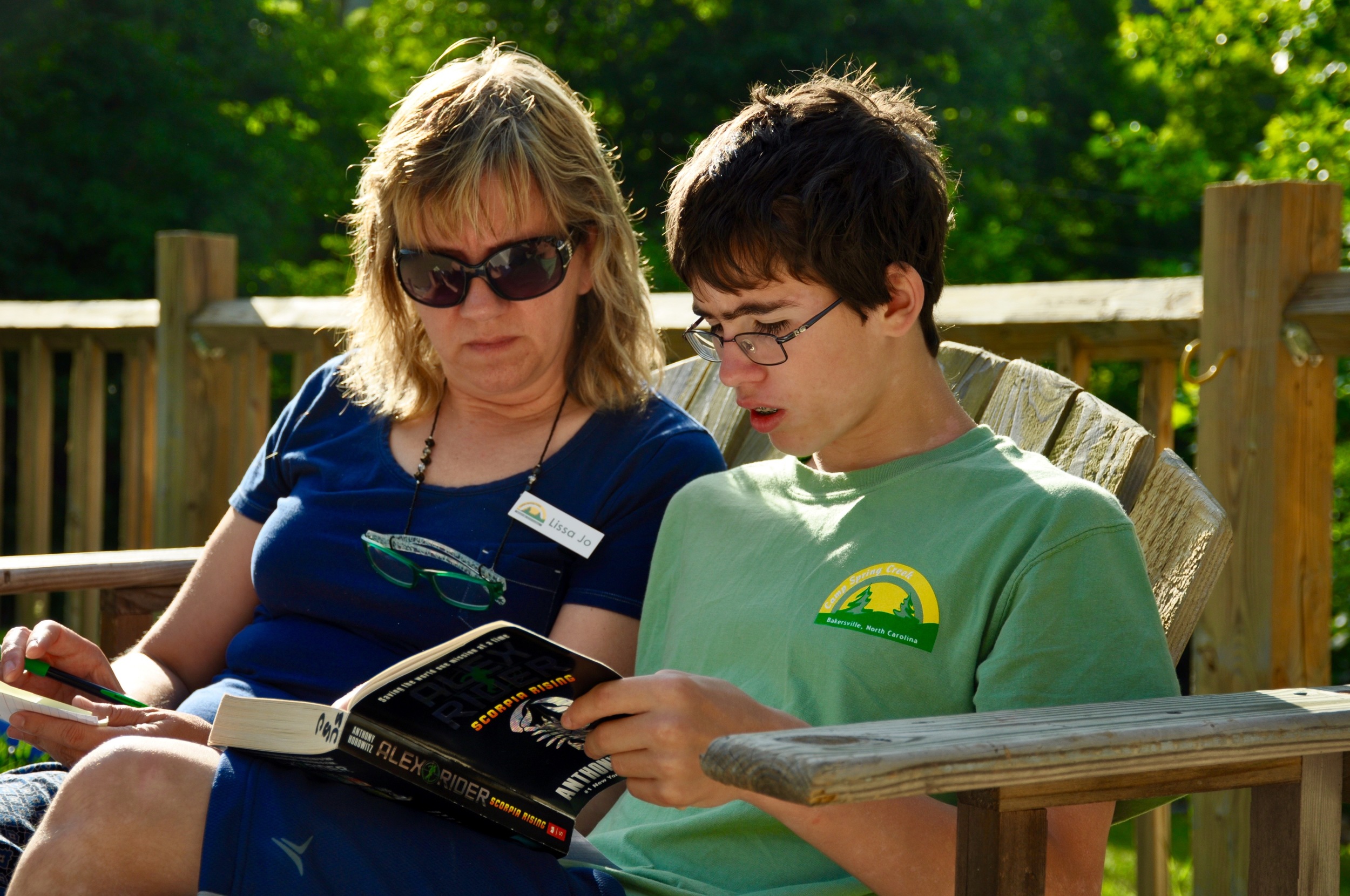
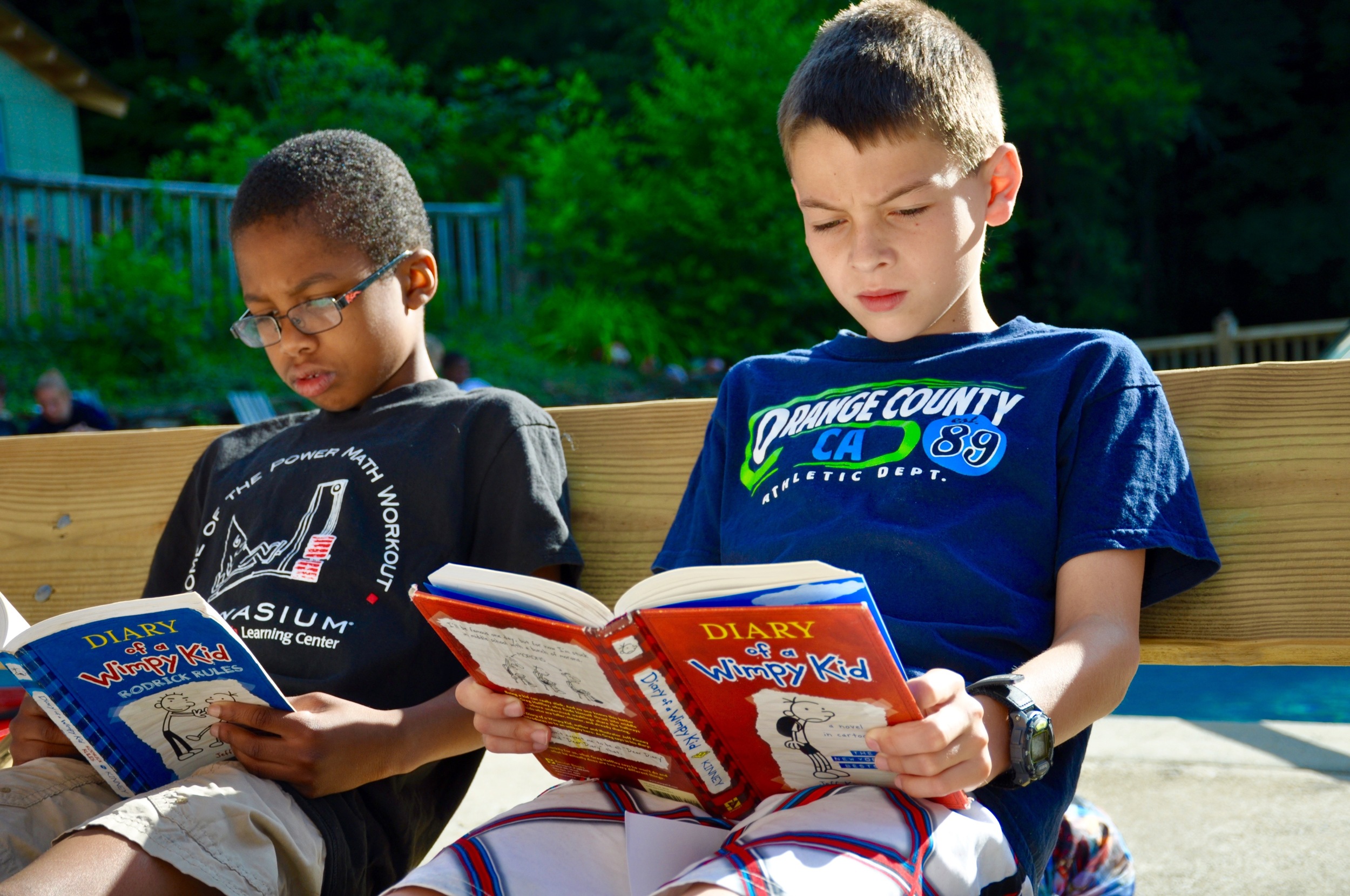
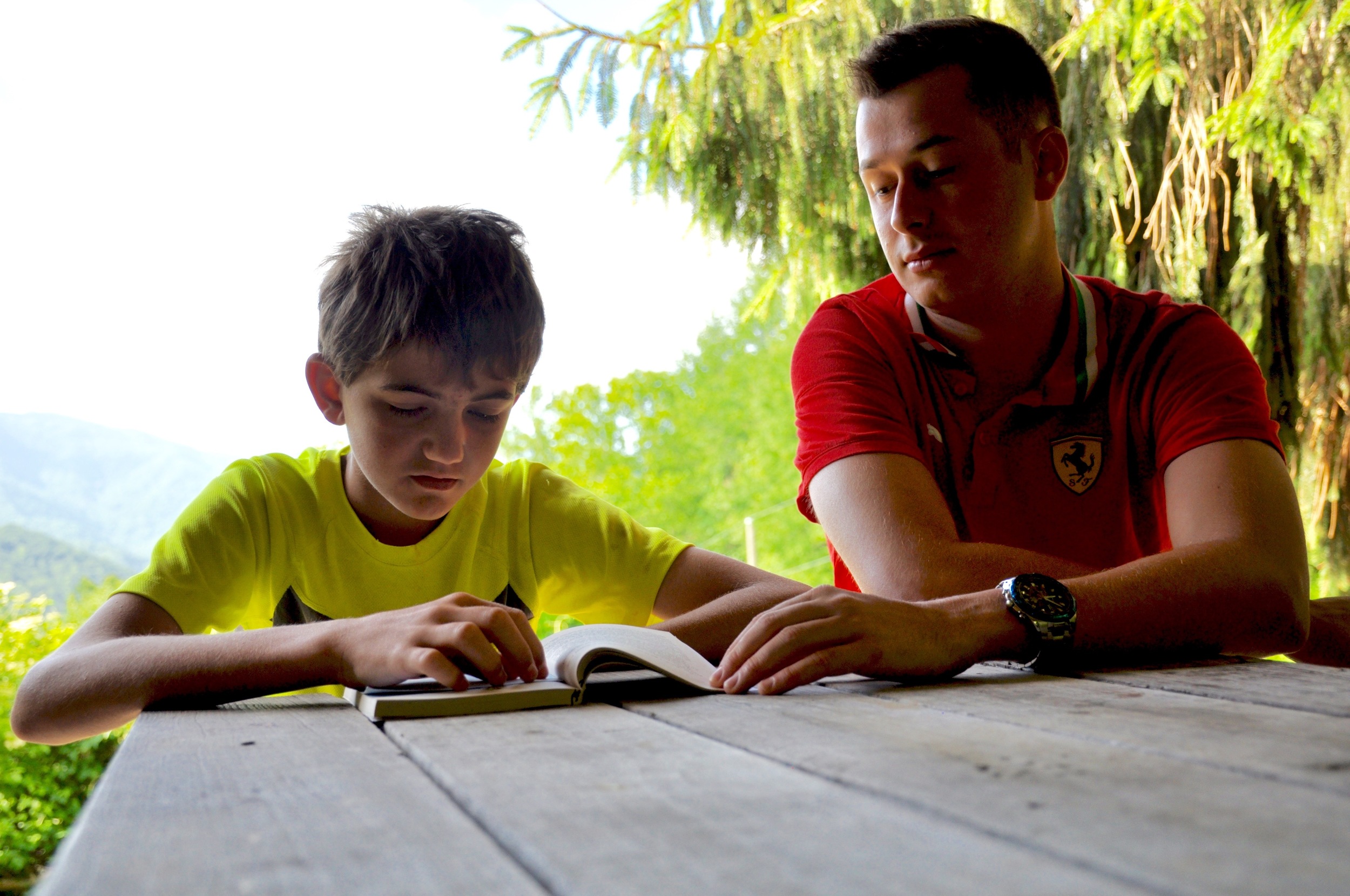


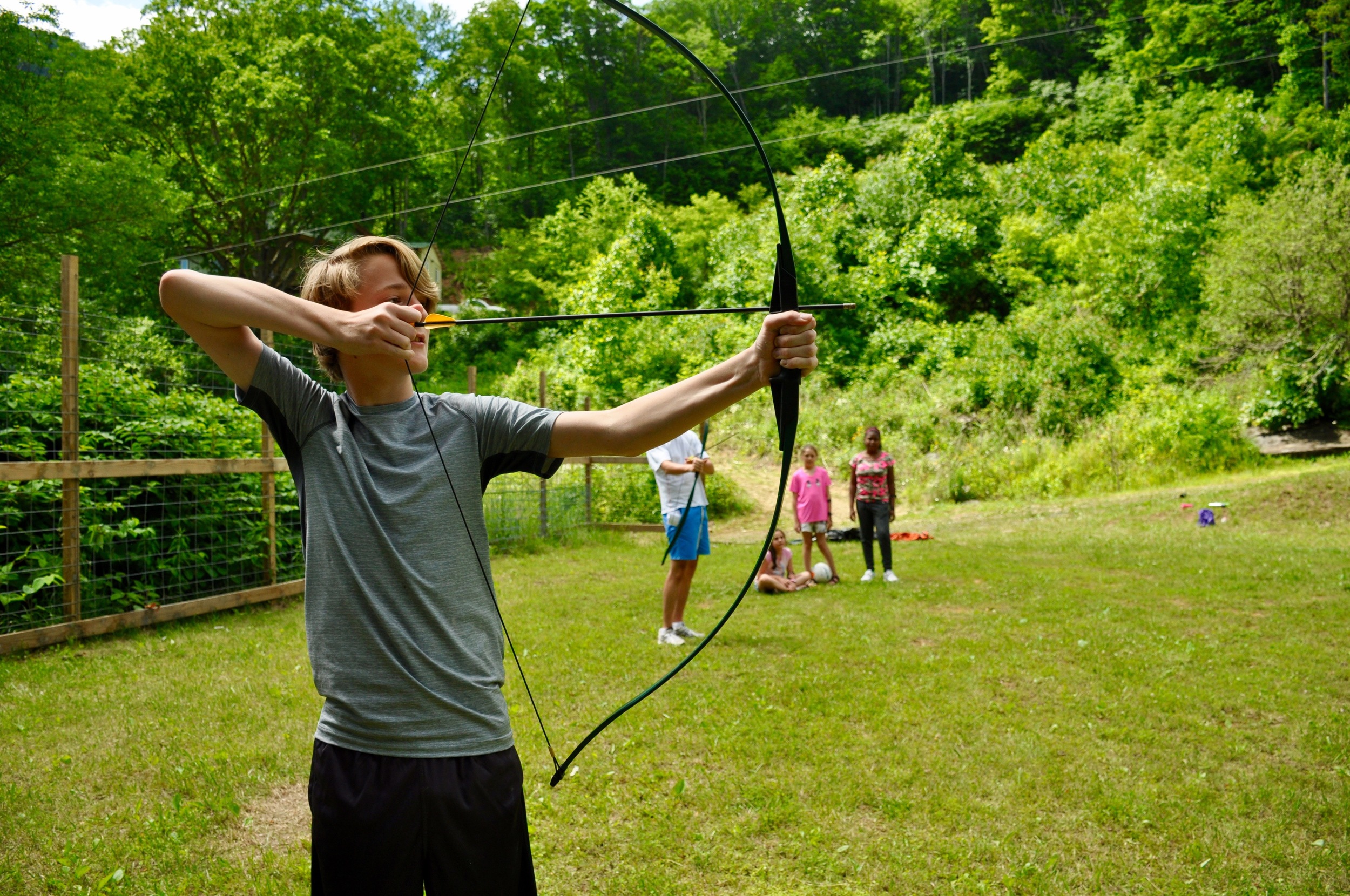
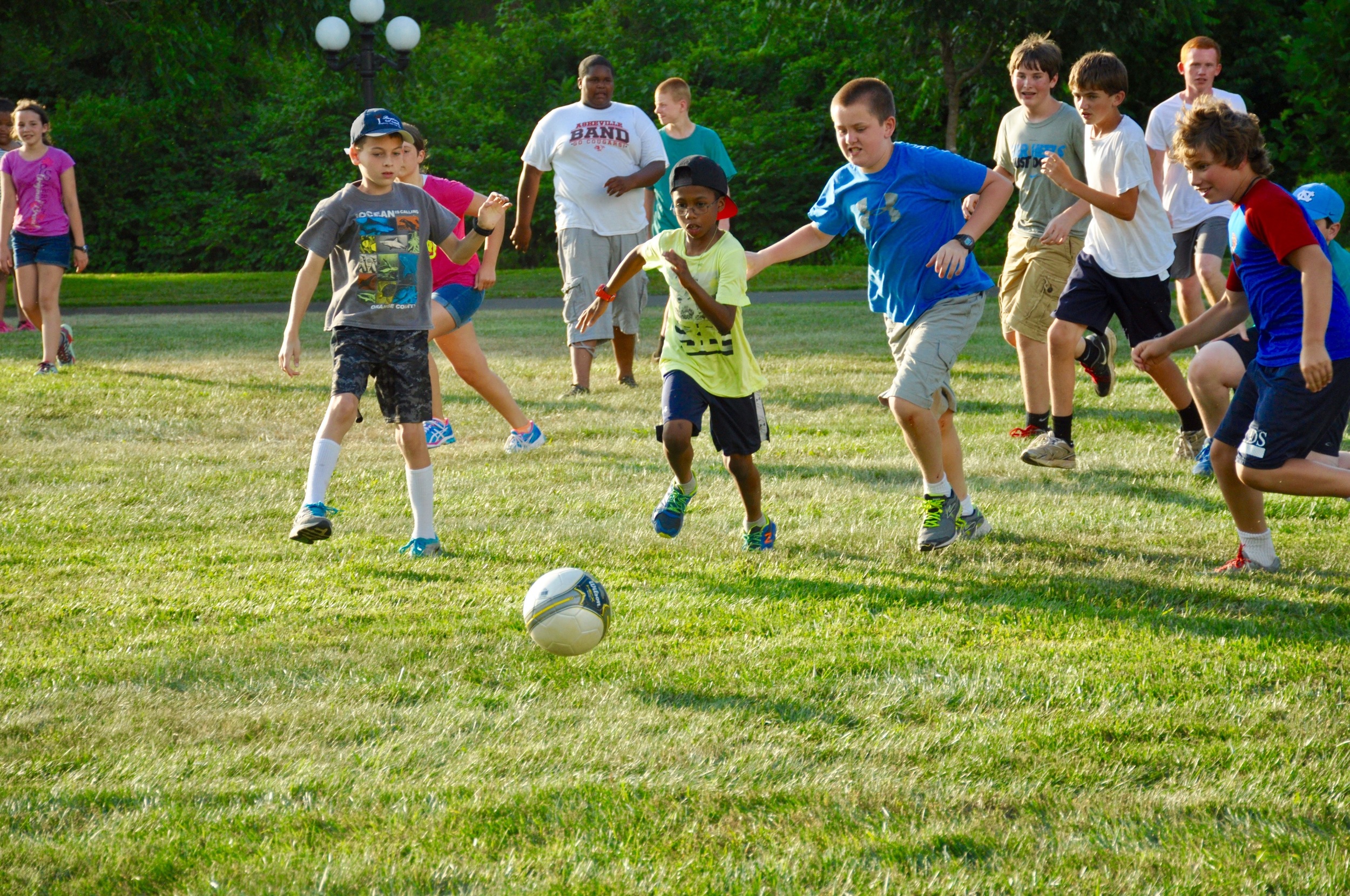
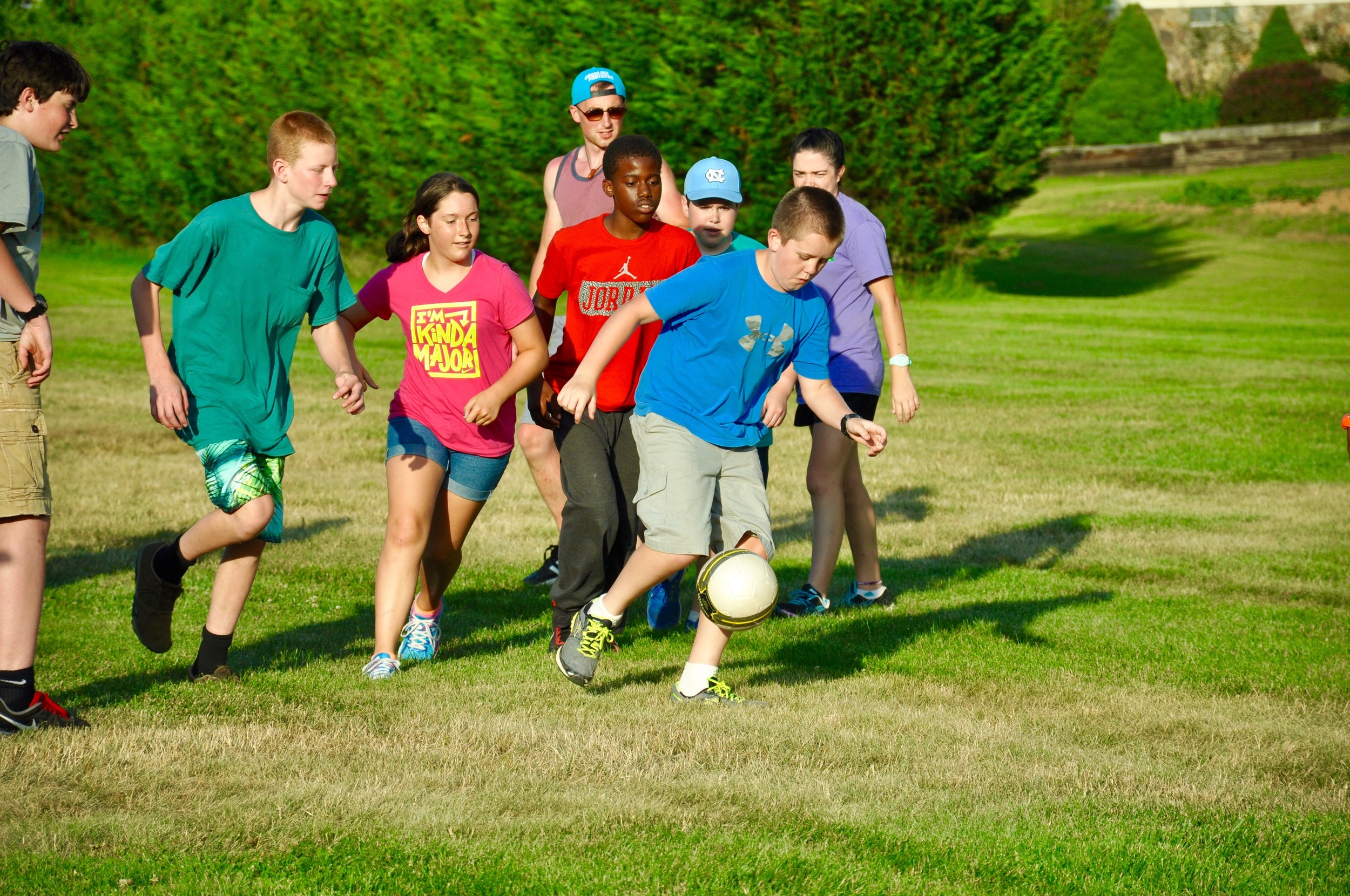
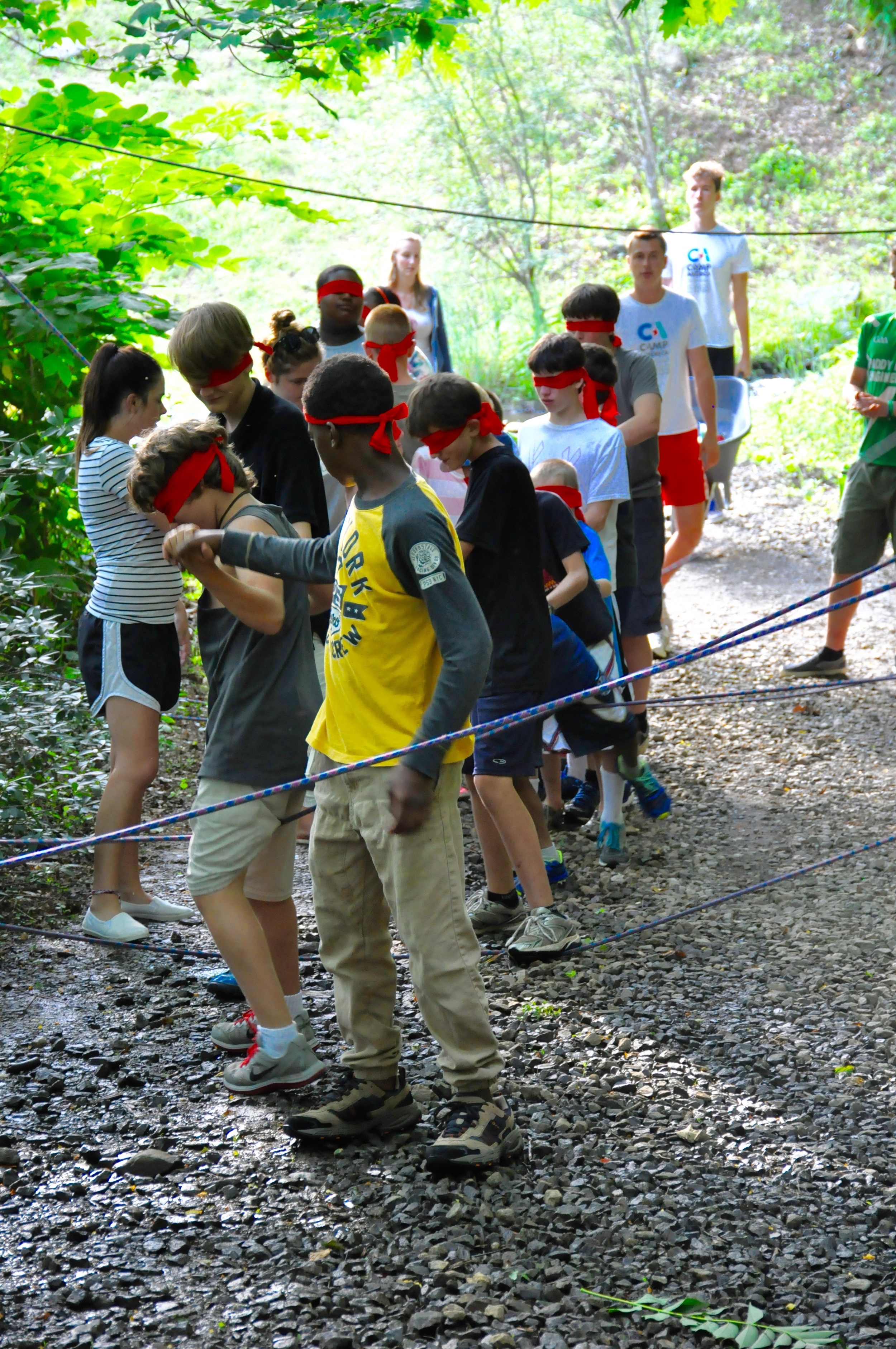
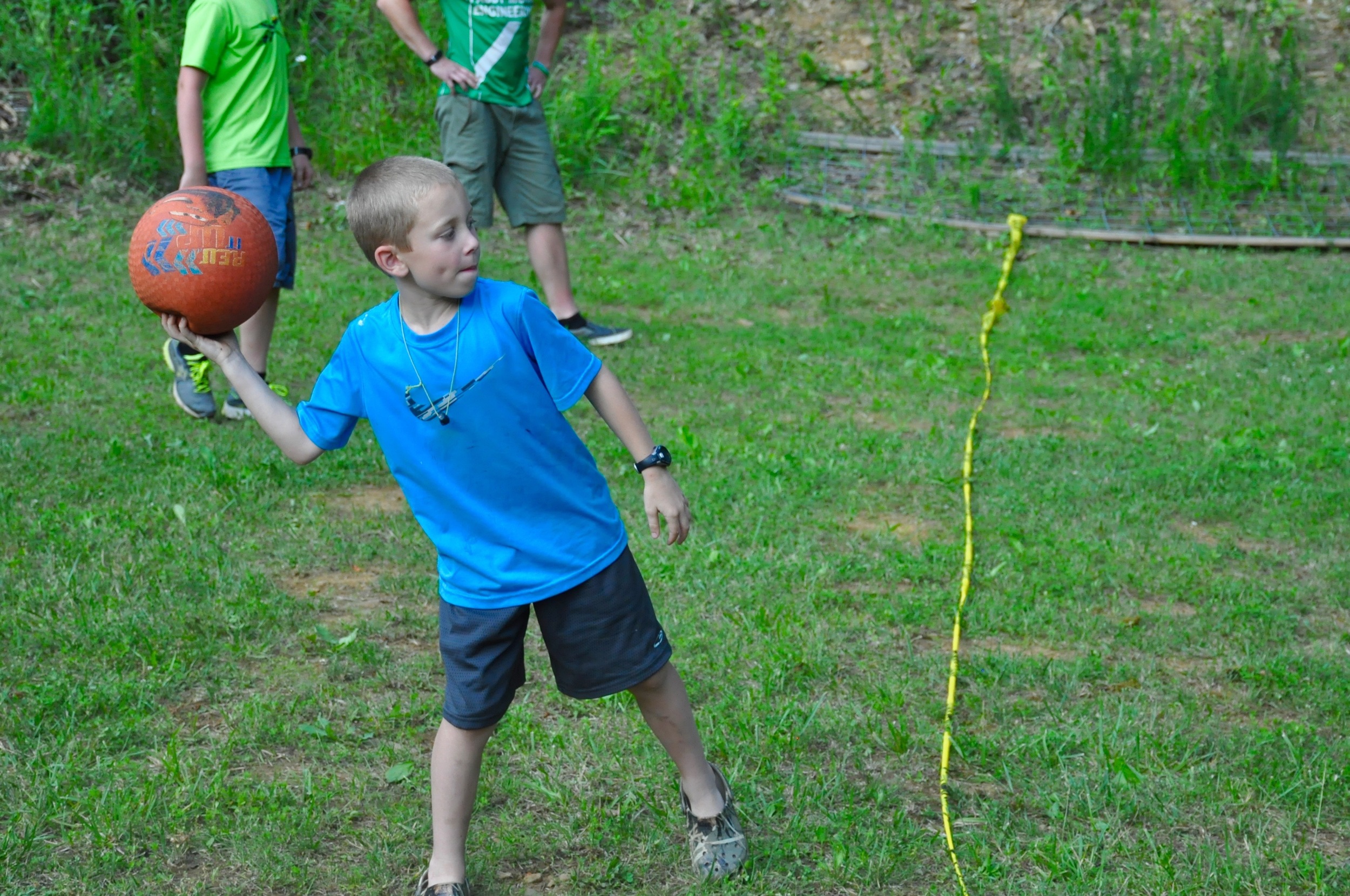




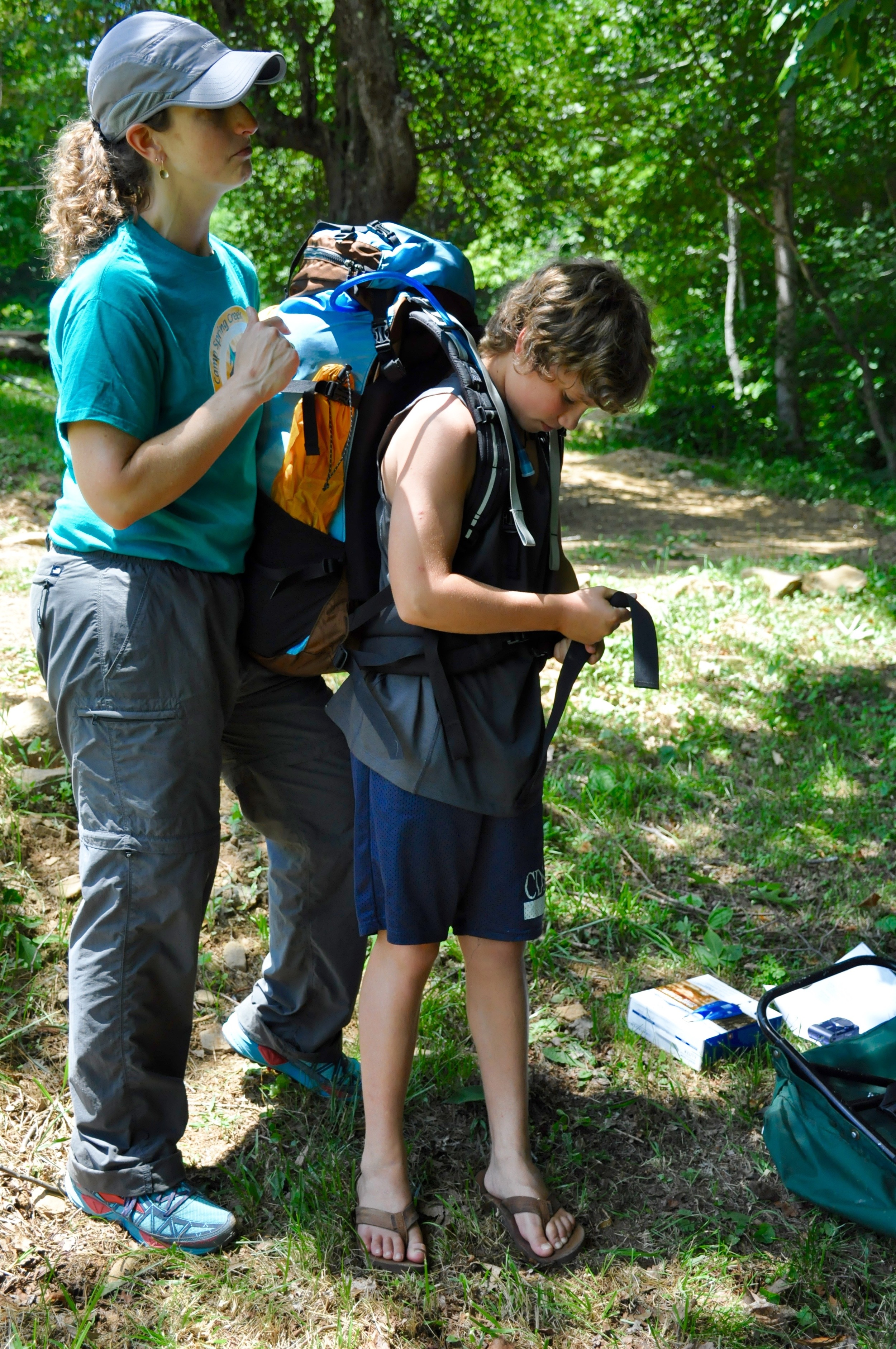

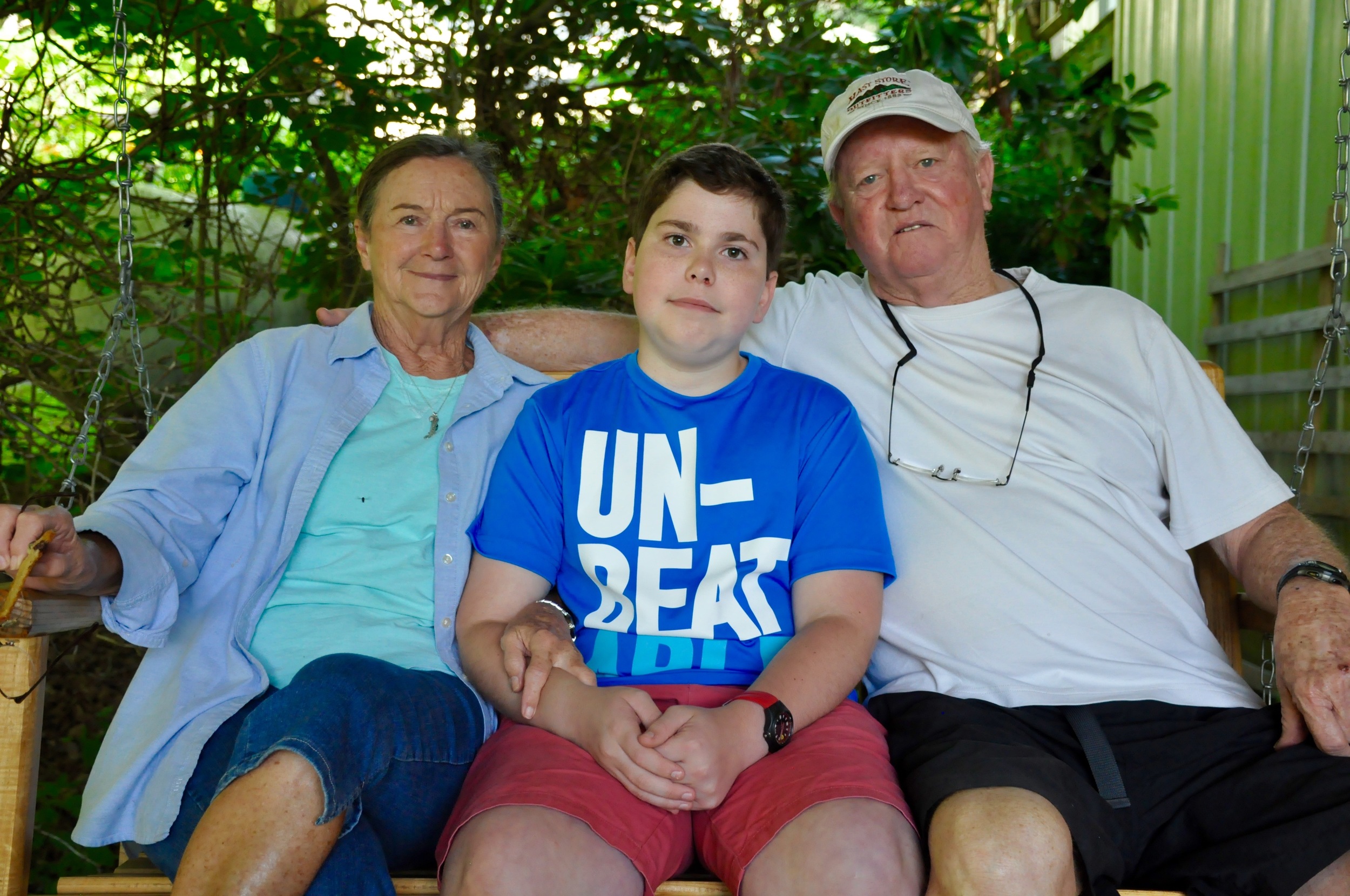

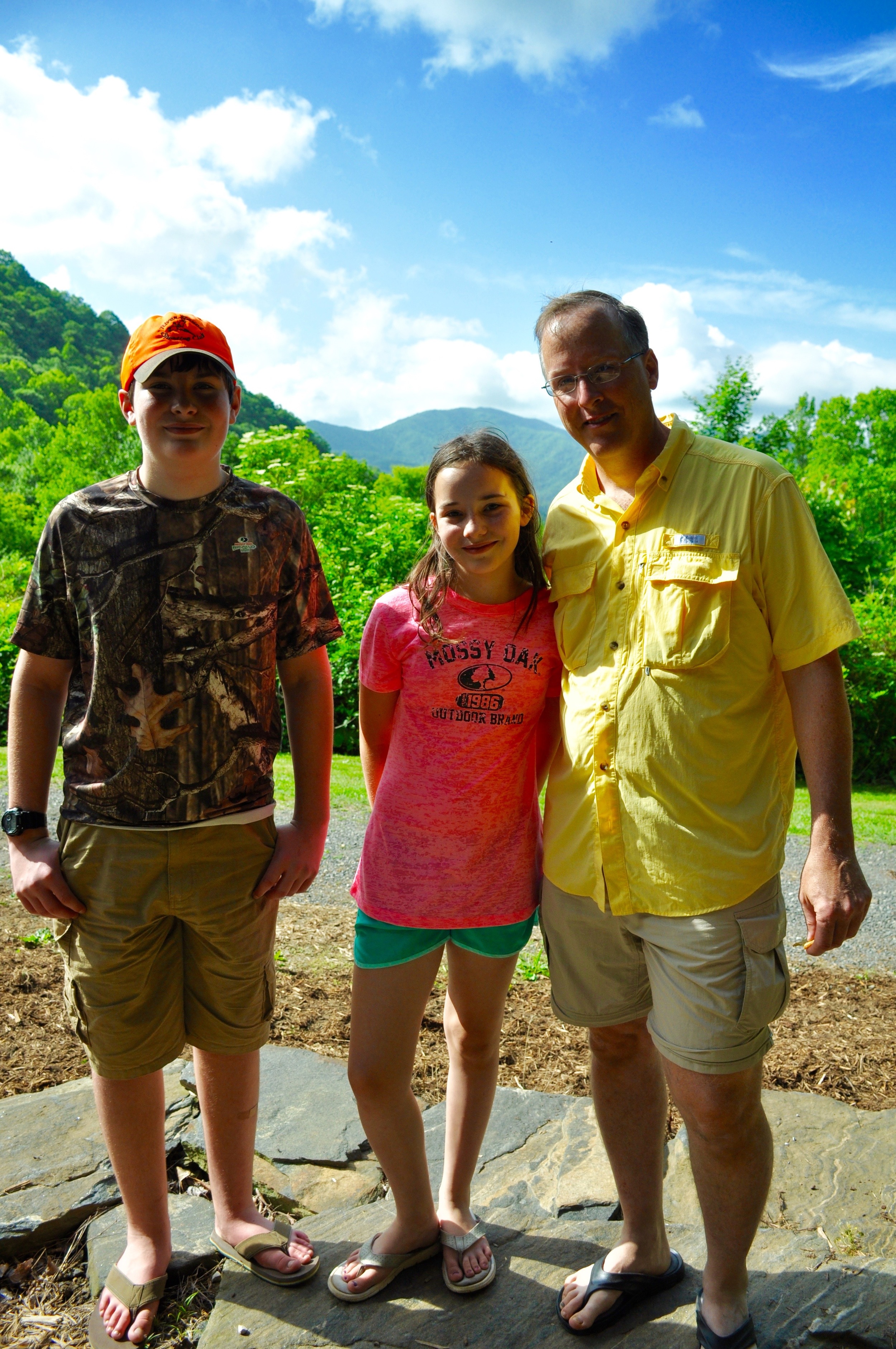
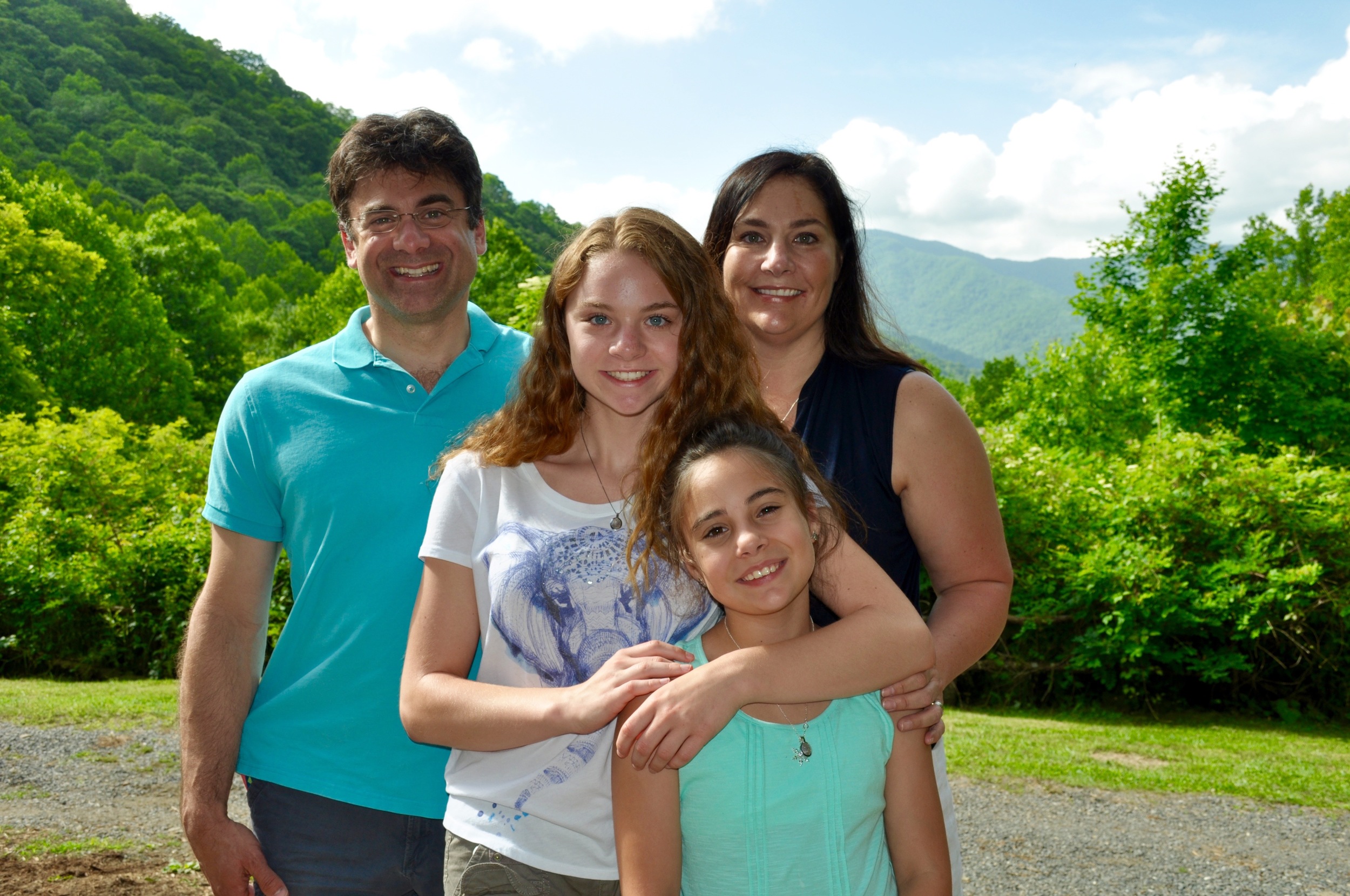
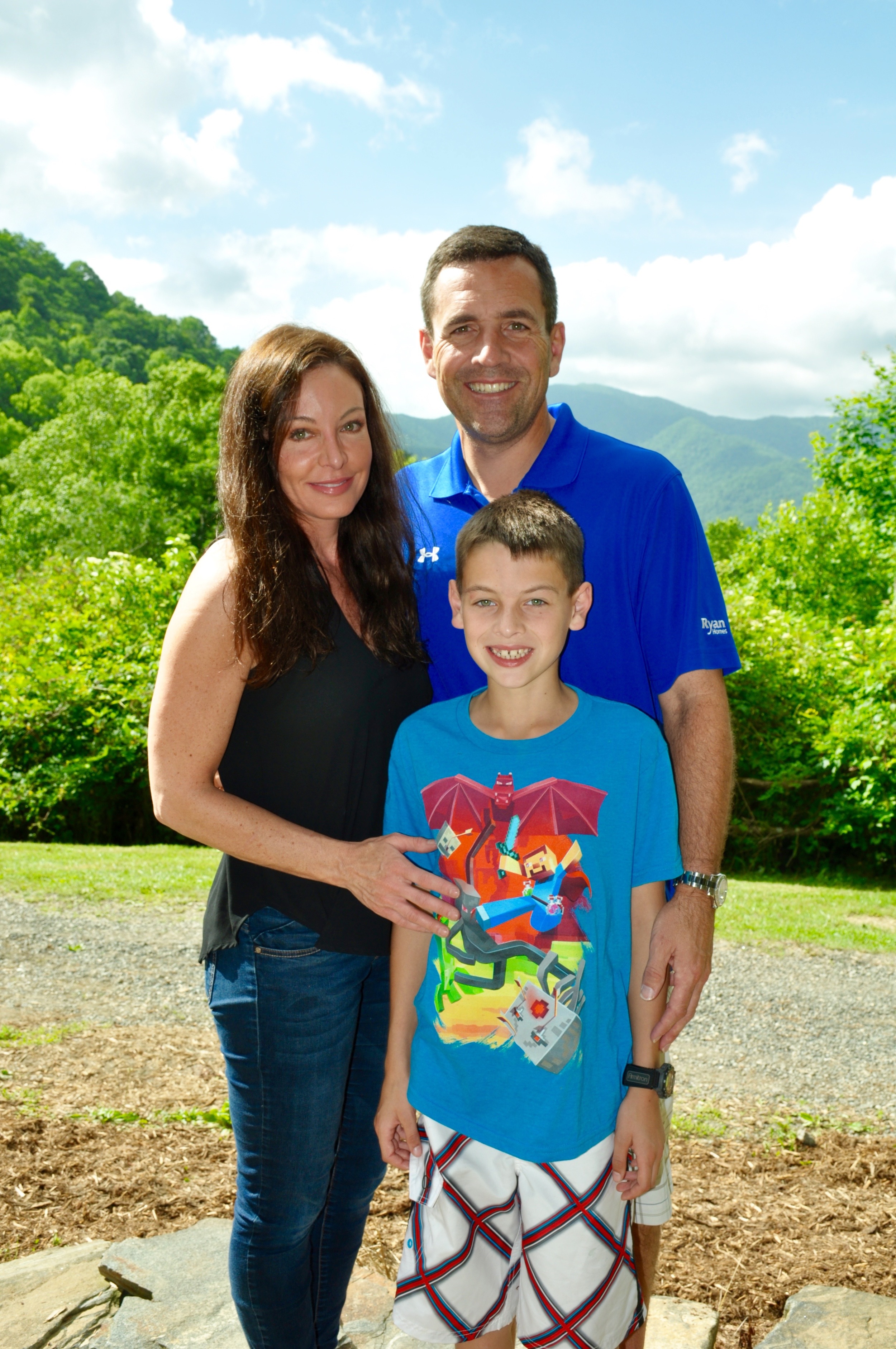



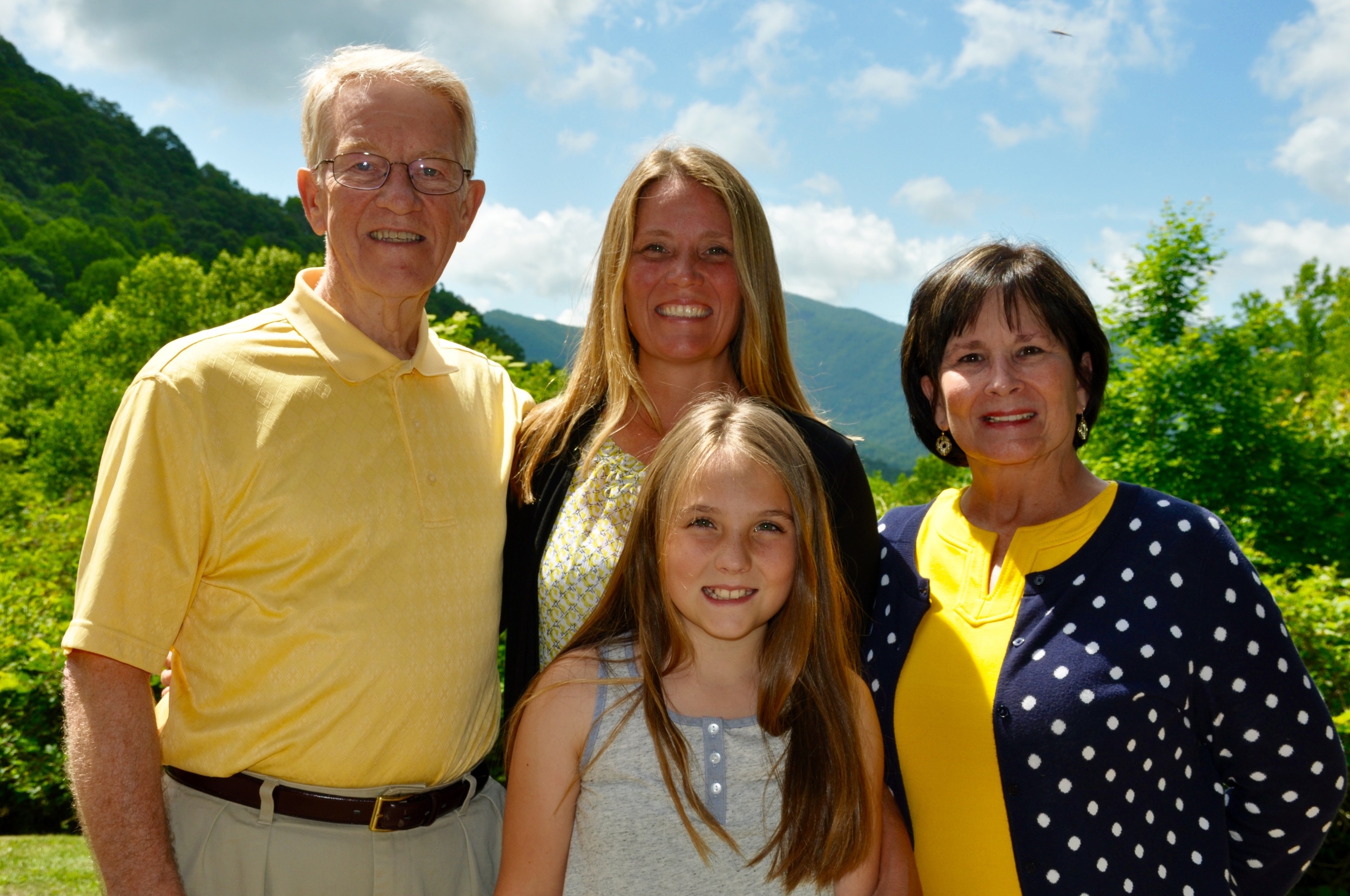
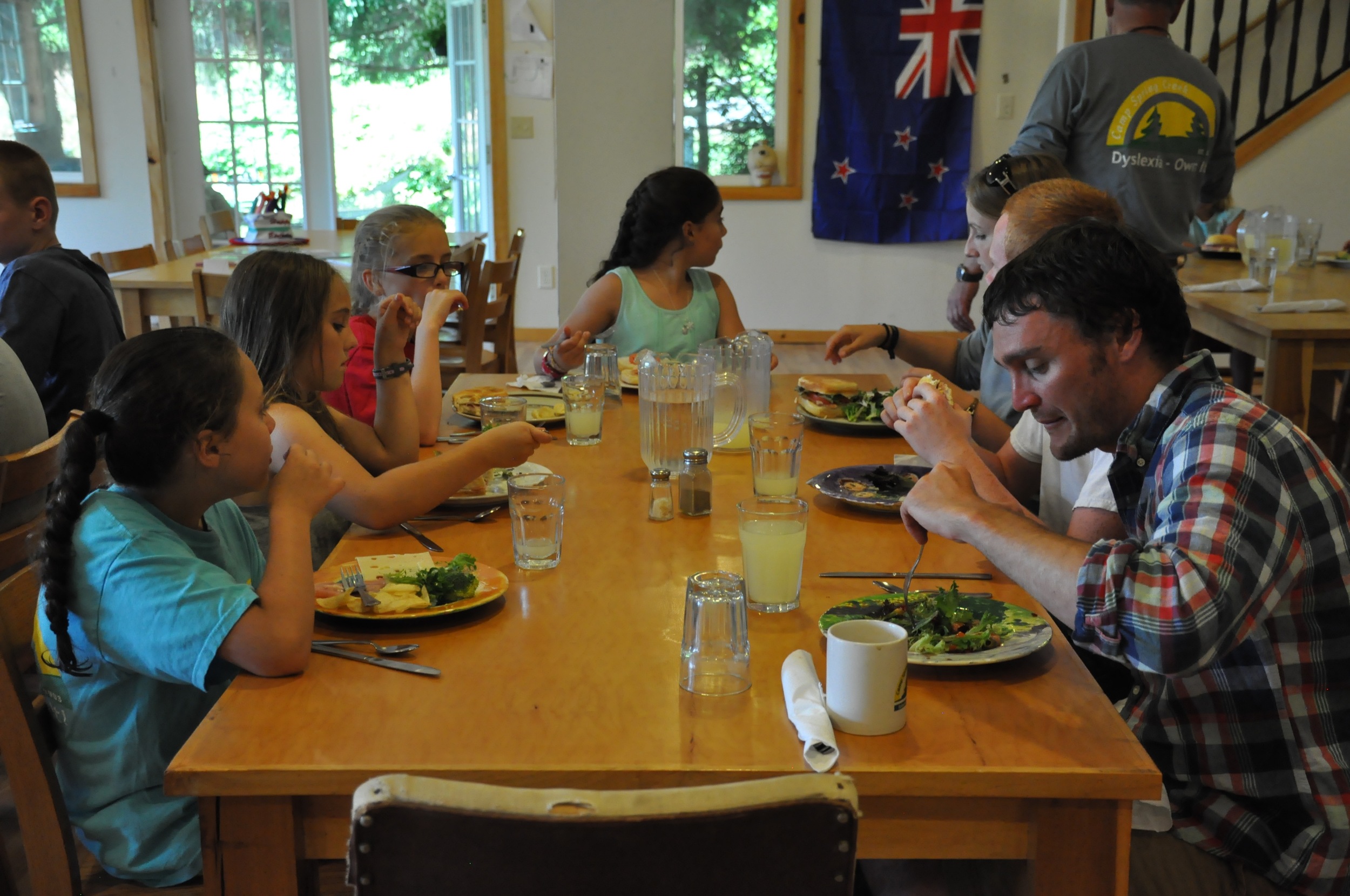

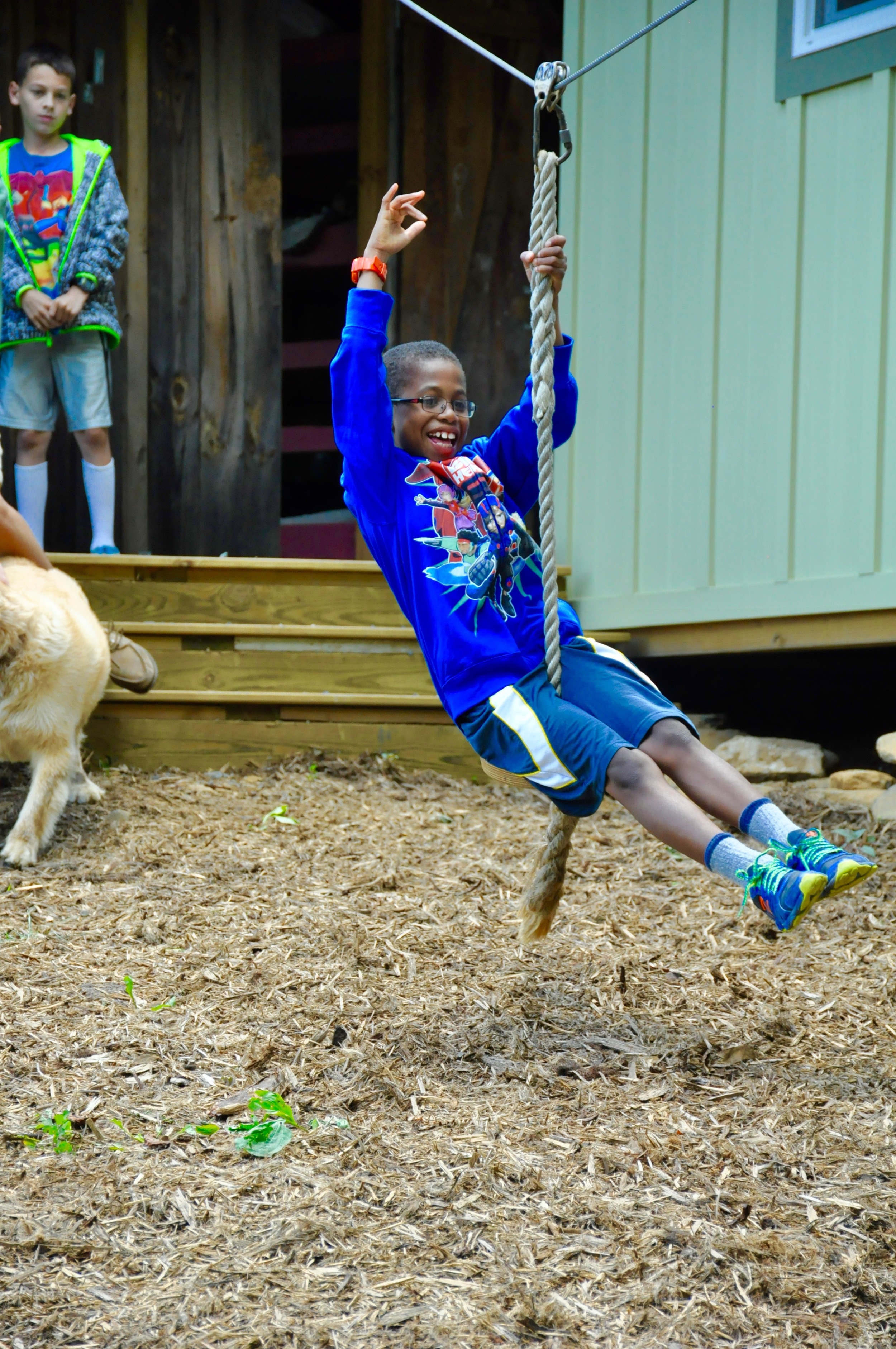
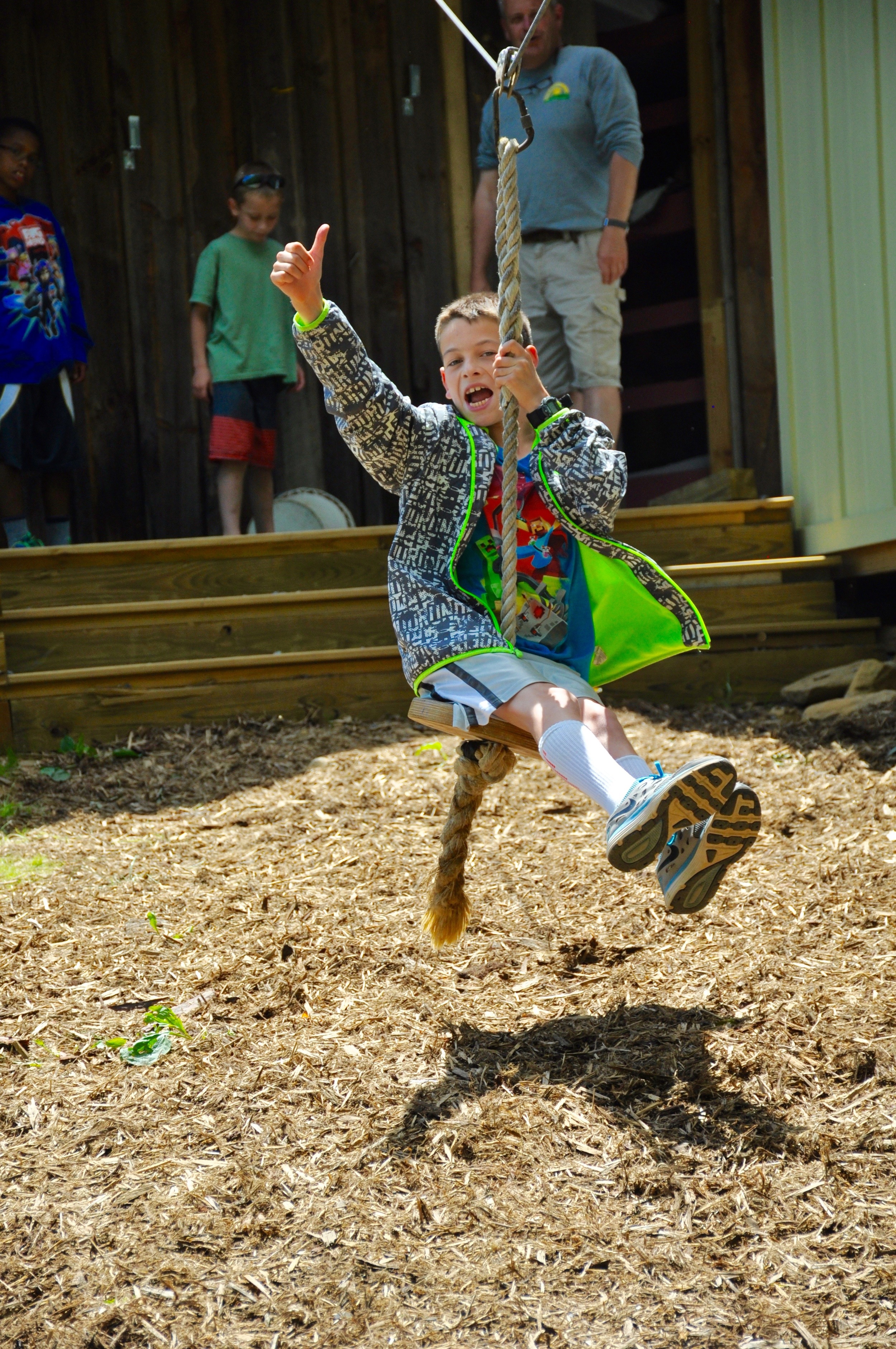
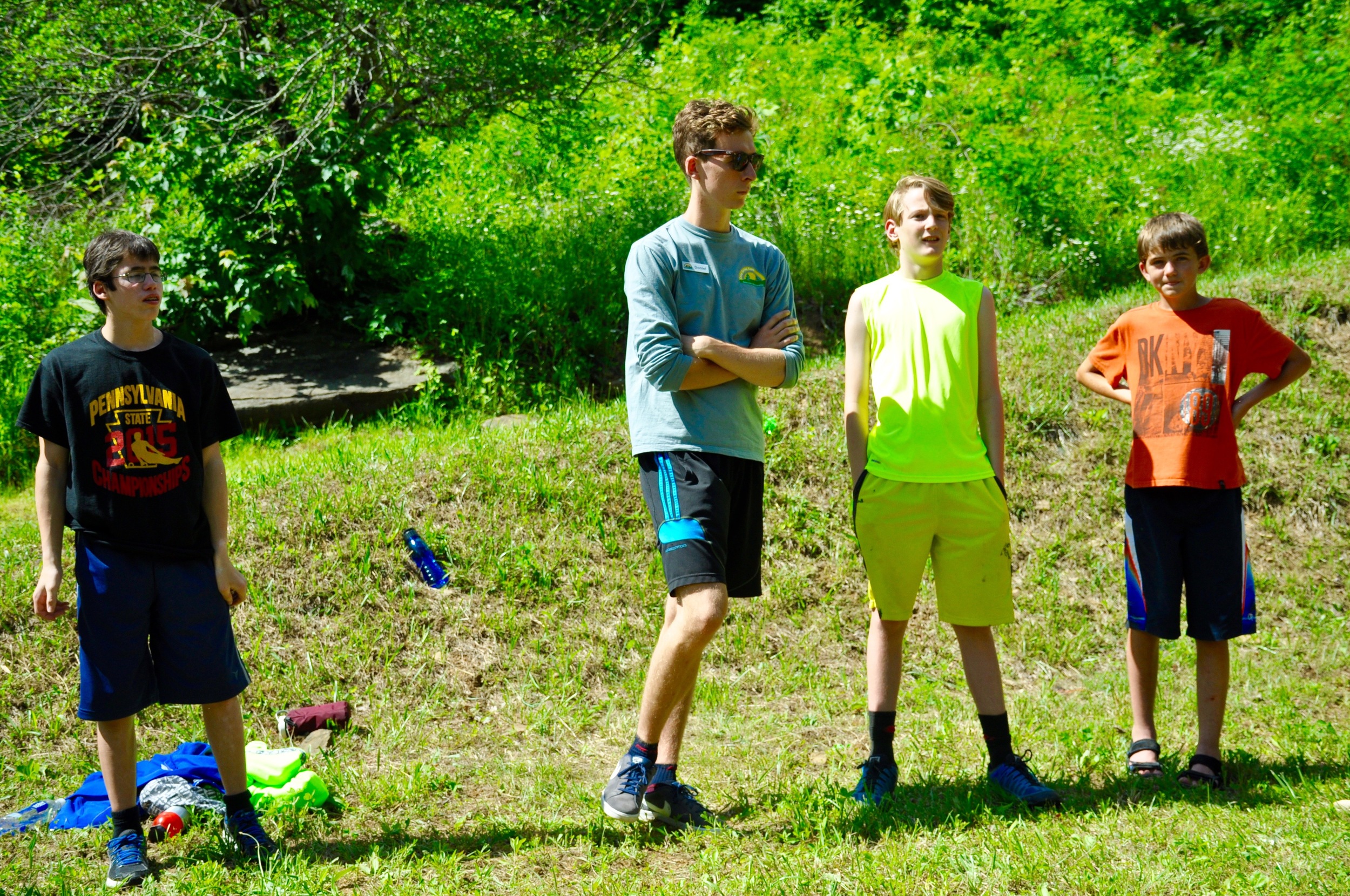
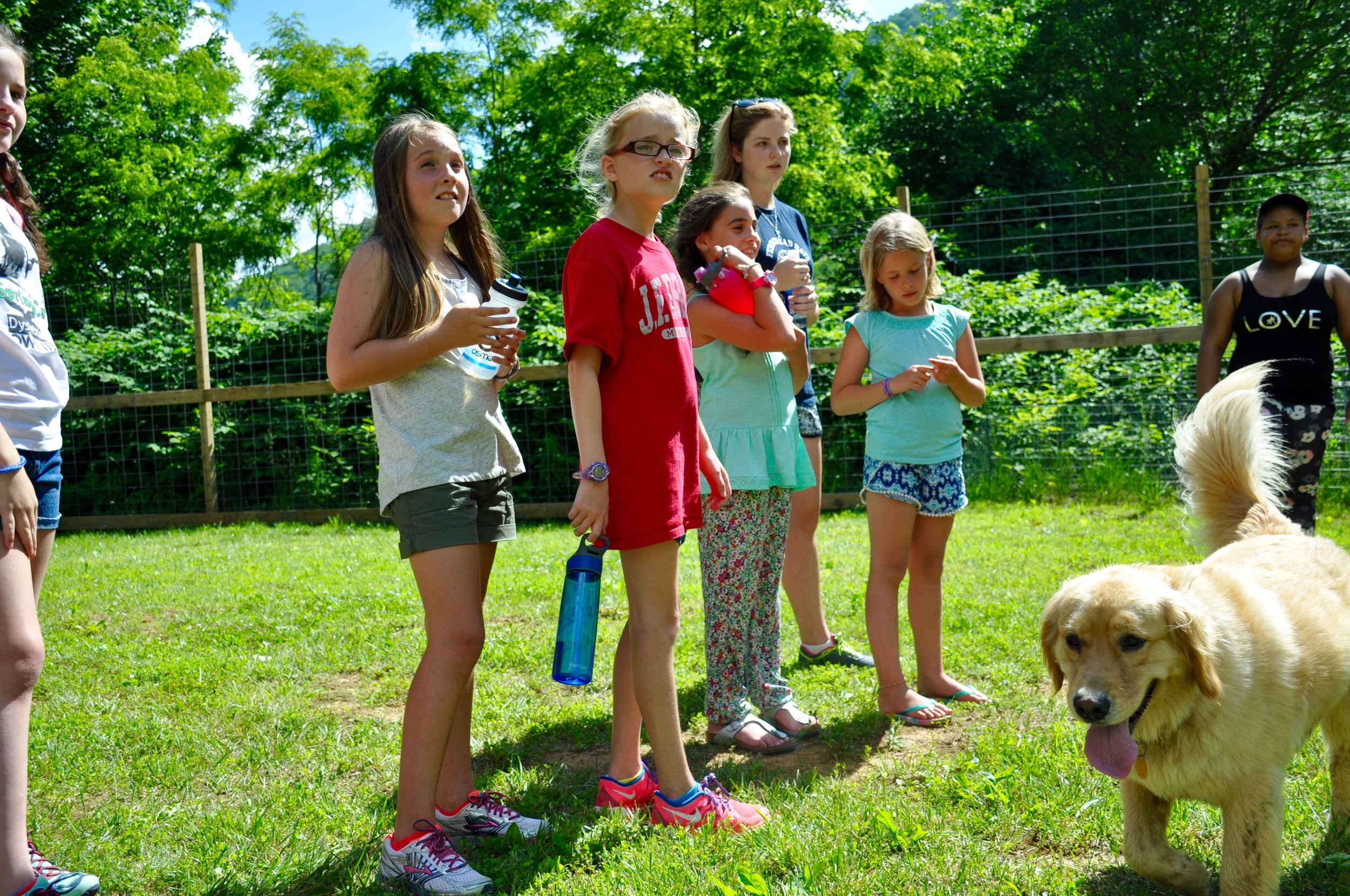


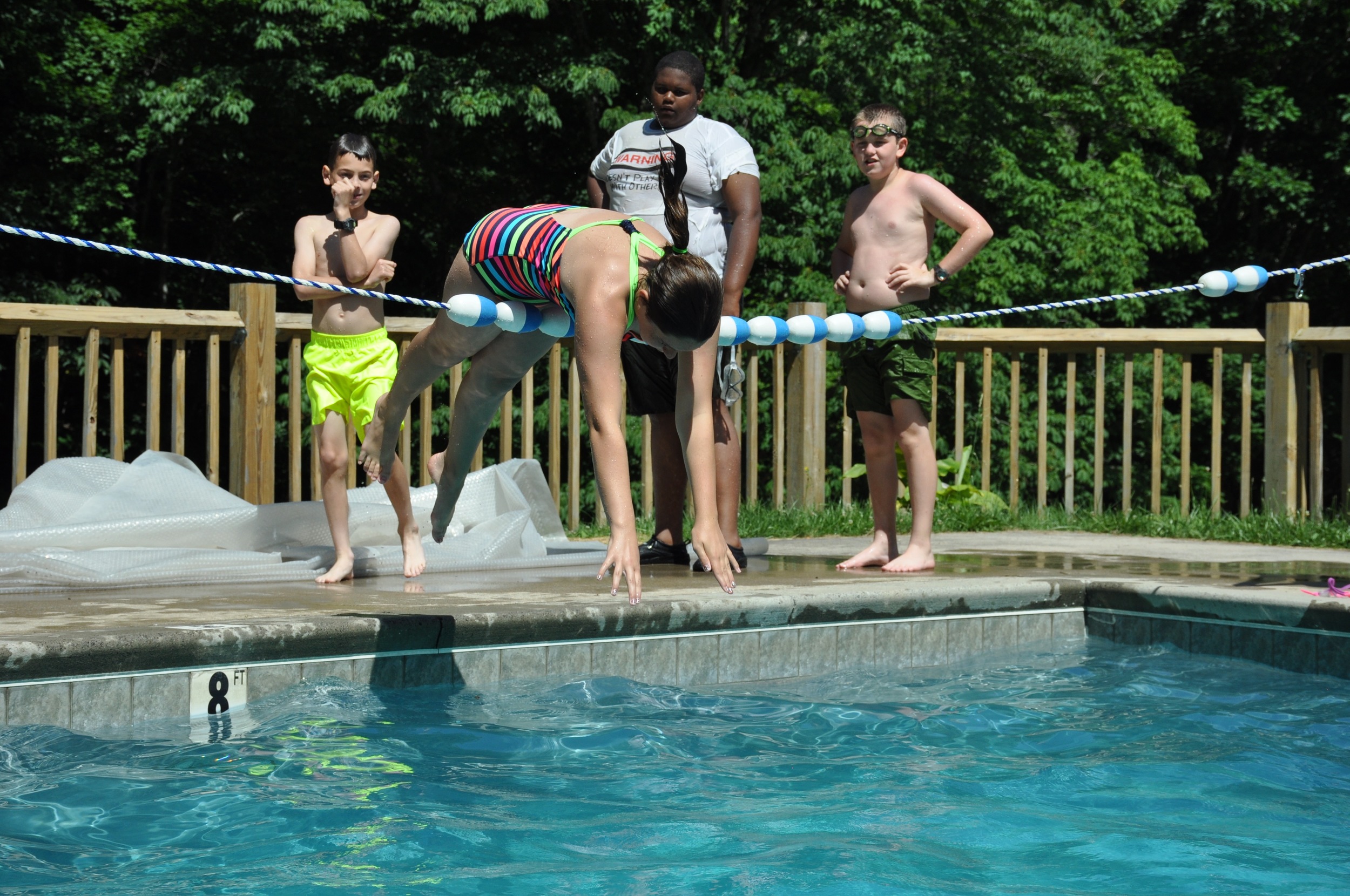
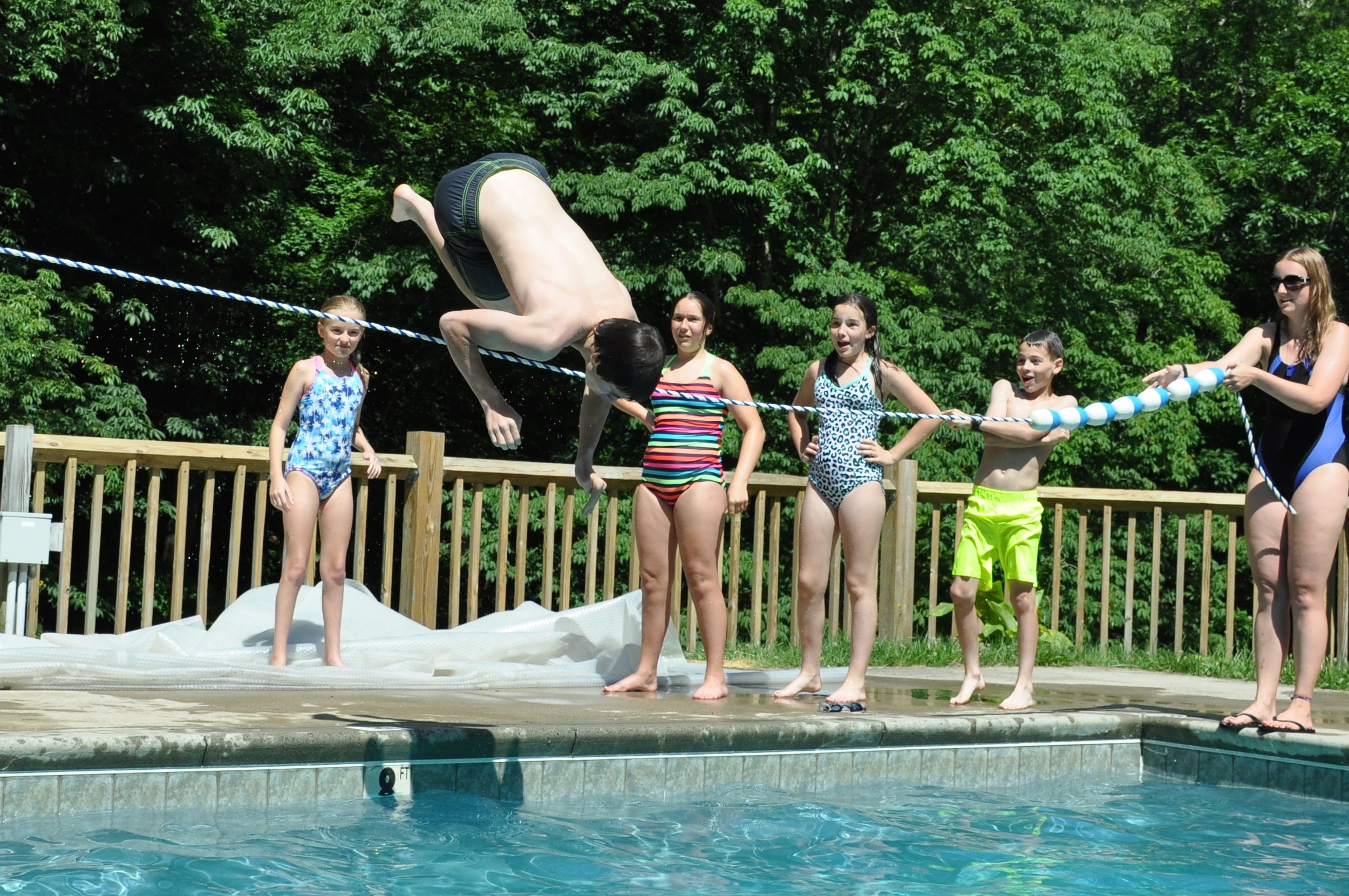
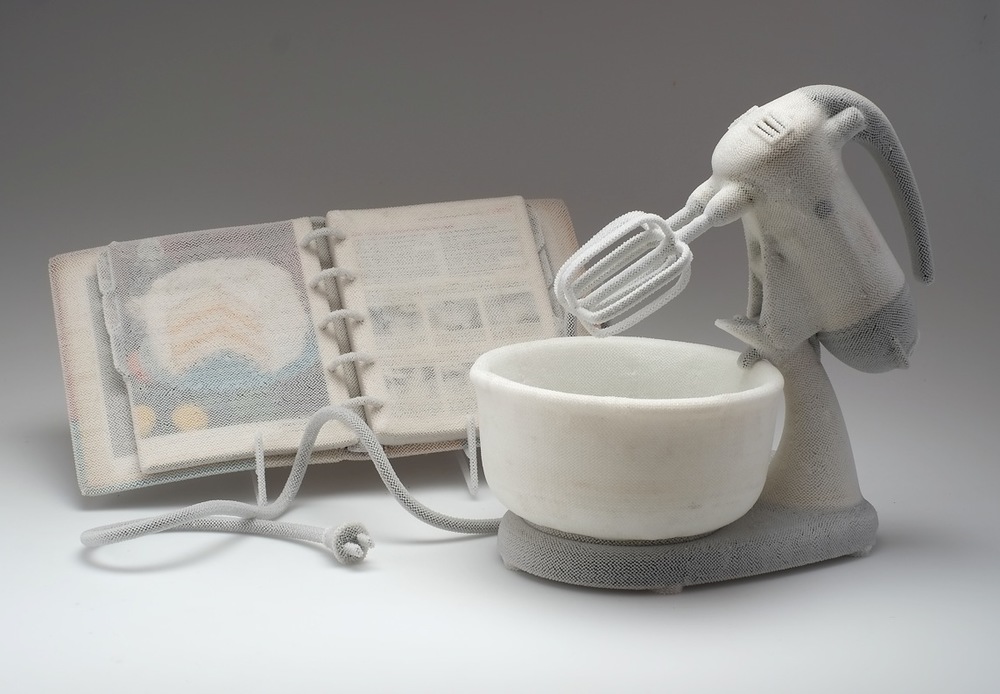
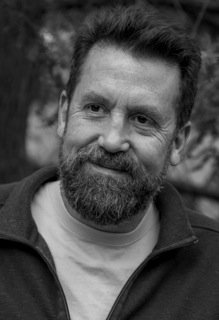 exia over the years? How has this shaped your experience of the world?
exia over the years? How has this shaped your experience of the world?
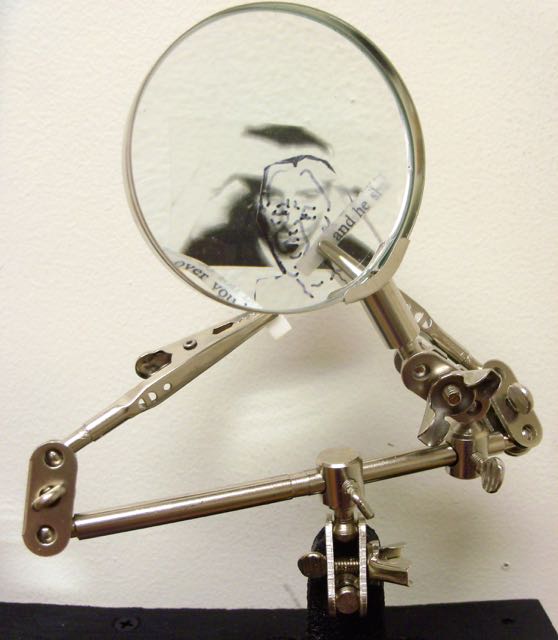 Today's interview features inspiring individual
Today's interview features inspiring individual 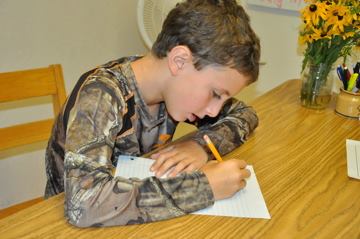 Ben’s full story is
Ben’s full story is